Welcome, everyone!
One day thousands of years ago, a group of Aymaras (an indigenous people from the Andean highlands) were travelling along the coast of the Atacama desert in the north of Chile. After weeks under the scorching sun, one of them suddenly cried…
EE keh, EE keh!!
…which, translated, would mean something like "Hey, guys! My feet are killing me. Look at that spot by the sea. I think we all could use some rest after such a long journey. Why don't we stop here, eat something, and get some sleep. We can continue our trip when we’re feeling stronger."
You don't believe me? Wikipedia never lies, does it? ^^
After a week in this resting place (which happens to be a more faithful translation for EE keh, EE keh, or its Spanish spelling Iquique) it’s time to fly back to Santiago.
This is leg 4 of 7 of this trip:

If you like, you can also read the reports for legs 1, 2, 3, 5, 6, and 7.
But before we board the flight to SCL, lets pay a visit to some interesting corners in Atacama, the driest desert in the world.
Pre-flight bonus: Pica and Humberstone
The road highlighted in red on this map goes from Pica, an oasis in the middle of the Atacama desert, to Iquique, with a stop at Humberstone, a ghost town with a glorious past.
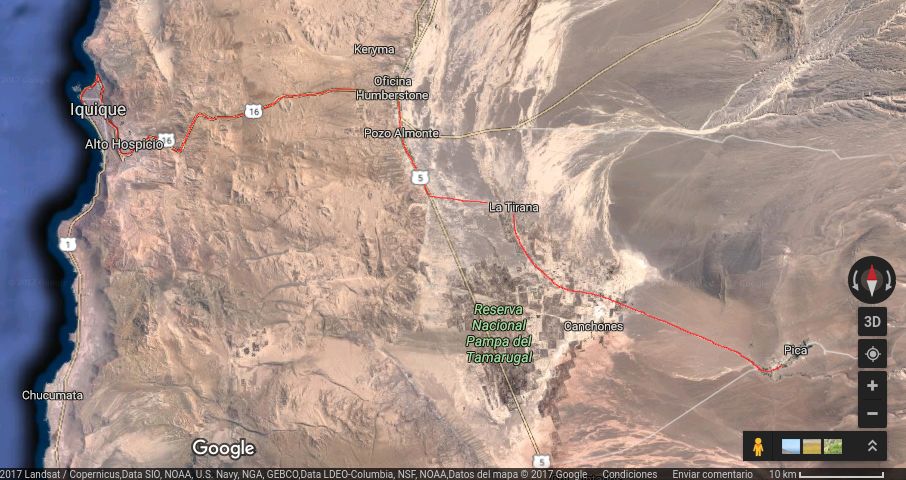
Pica
This oasis is famous nationwide for its small lemons, which look much like a yellow ping pong ball, used mainly as an ingredient for some alcoholic beverages.

>
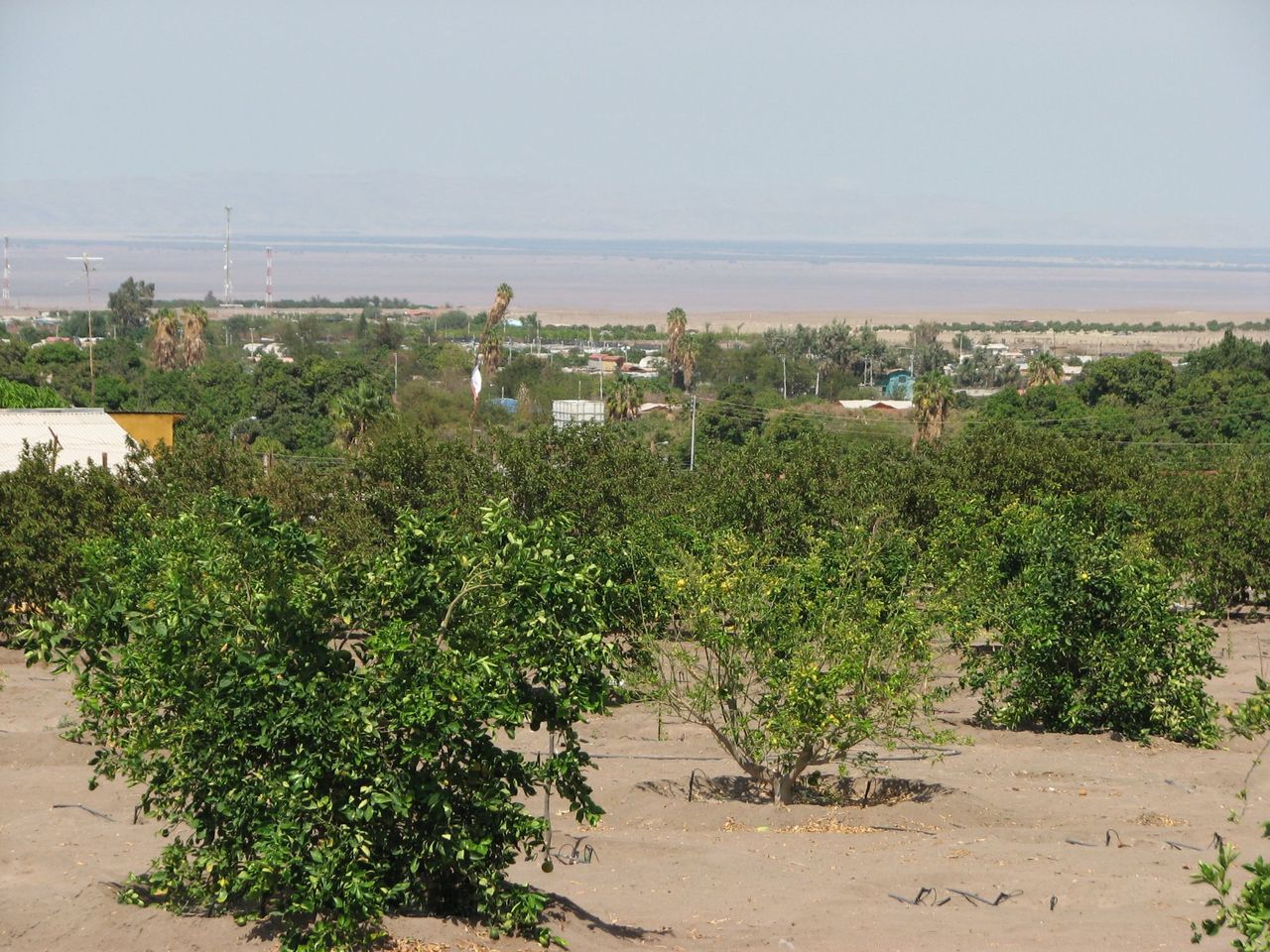
>

Mangoes are also abundant here.
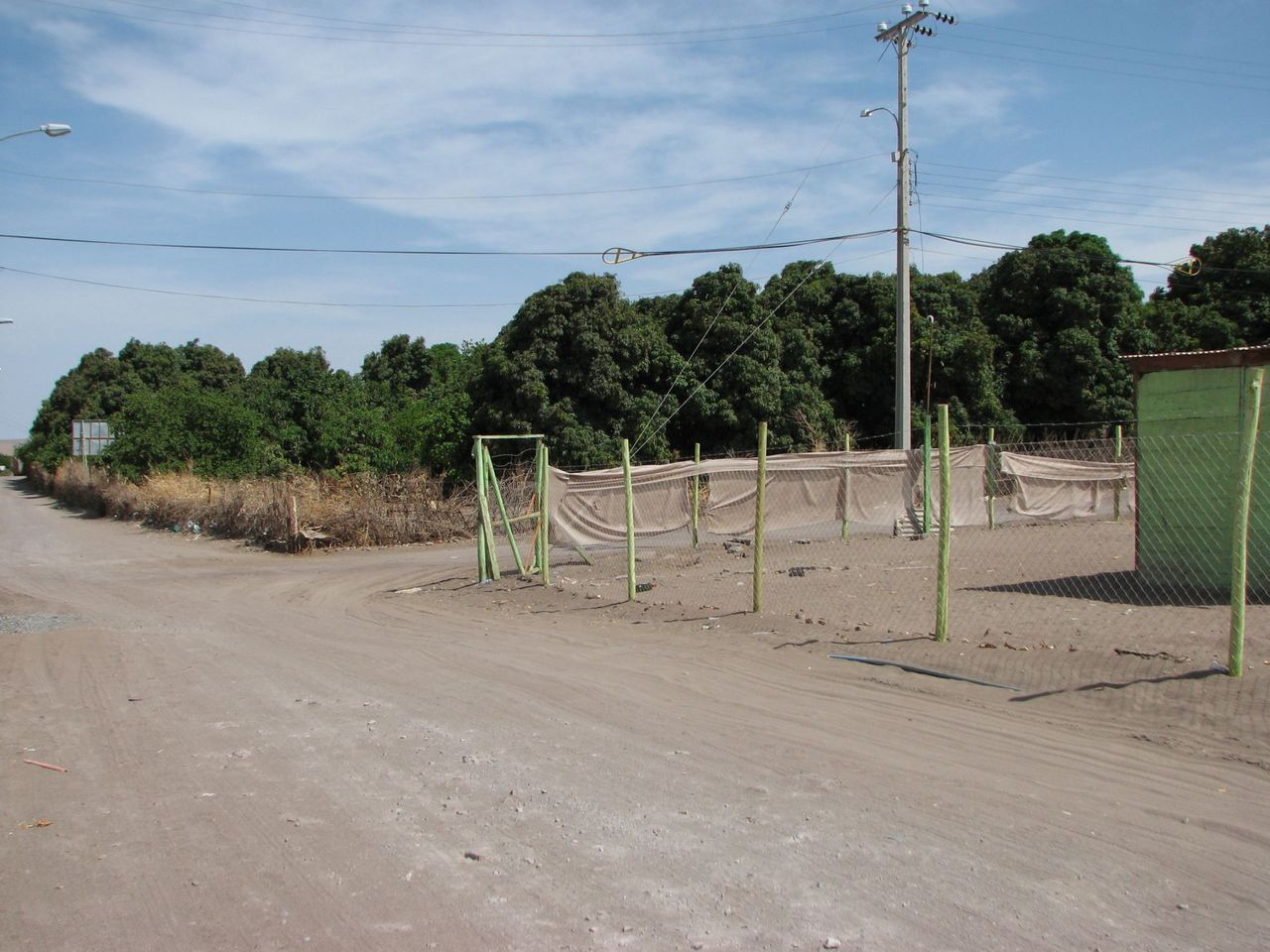
Pica is surprising. I was expecting a dull desert town, but on the contrary, I found a very picturesque place.
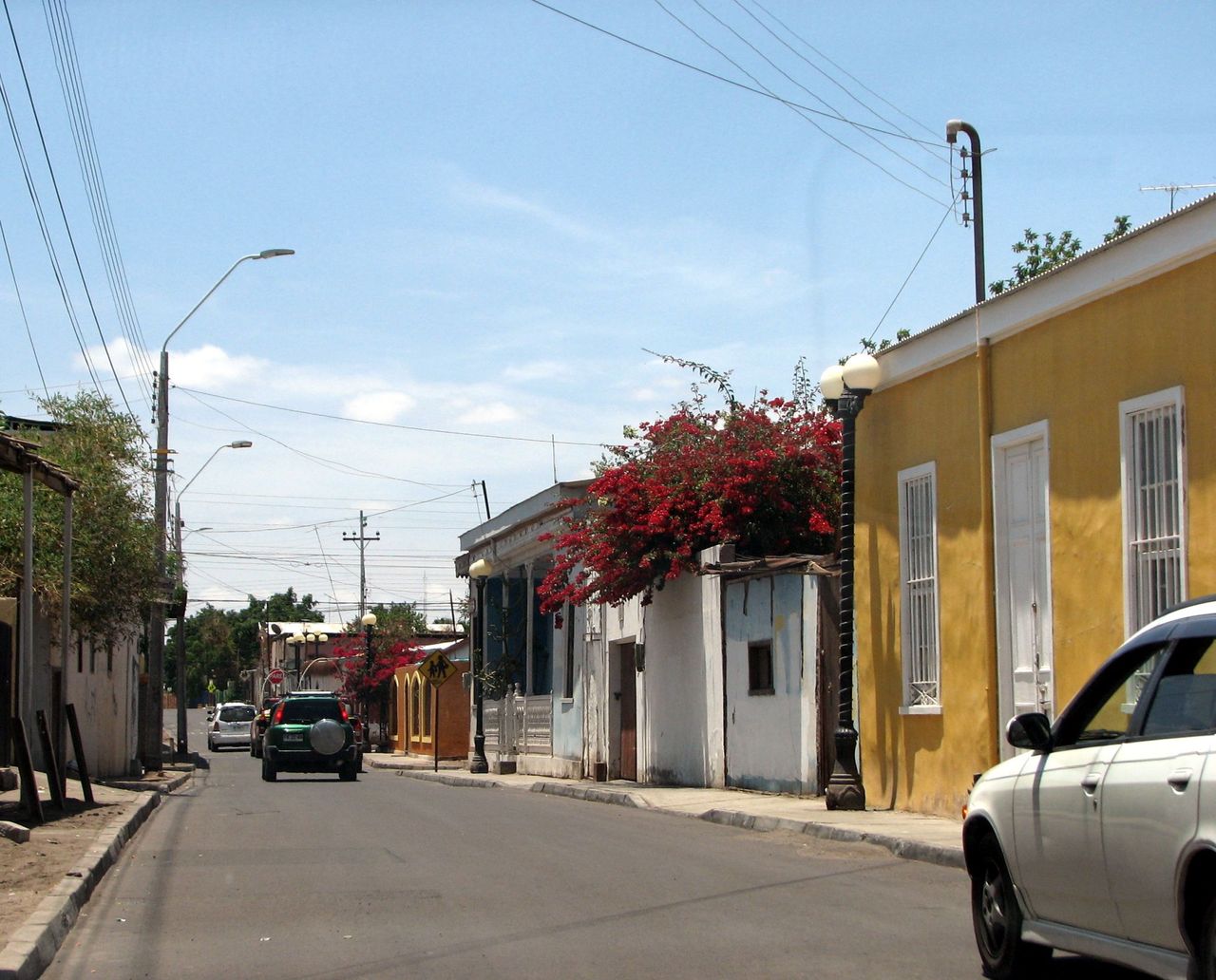
>
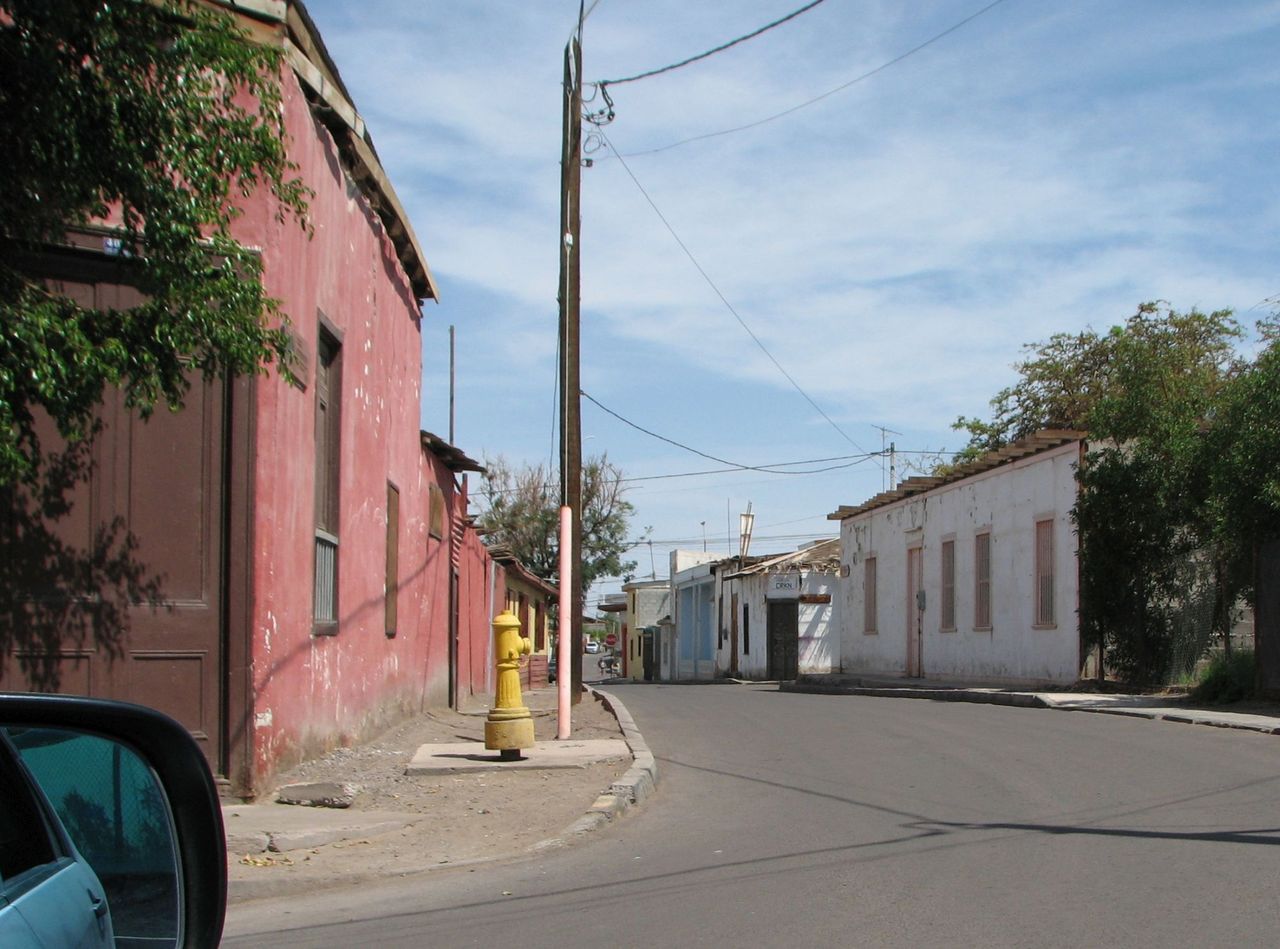
>
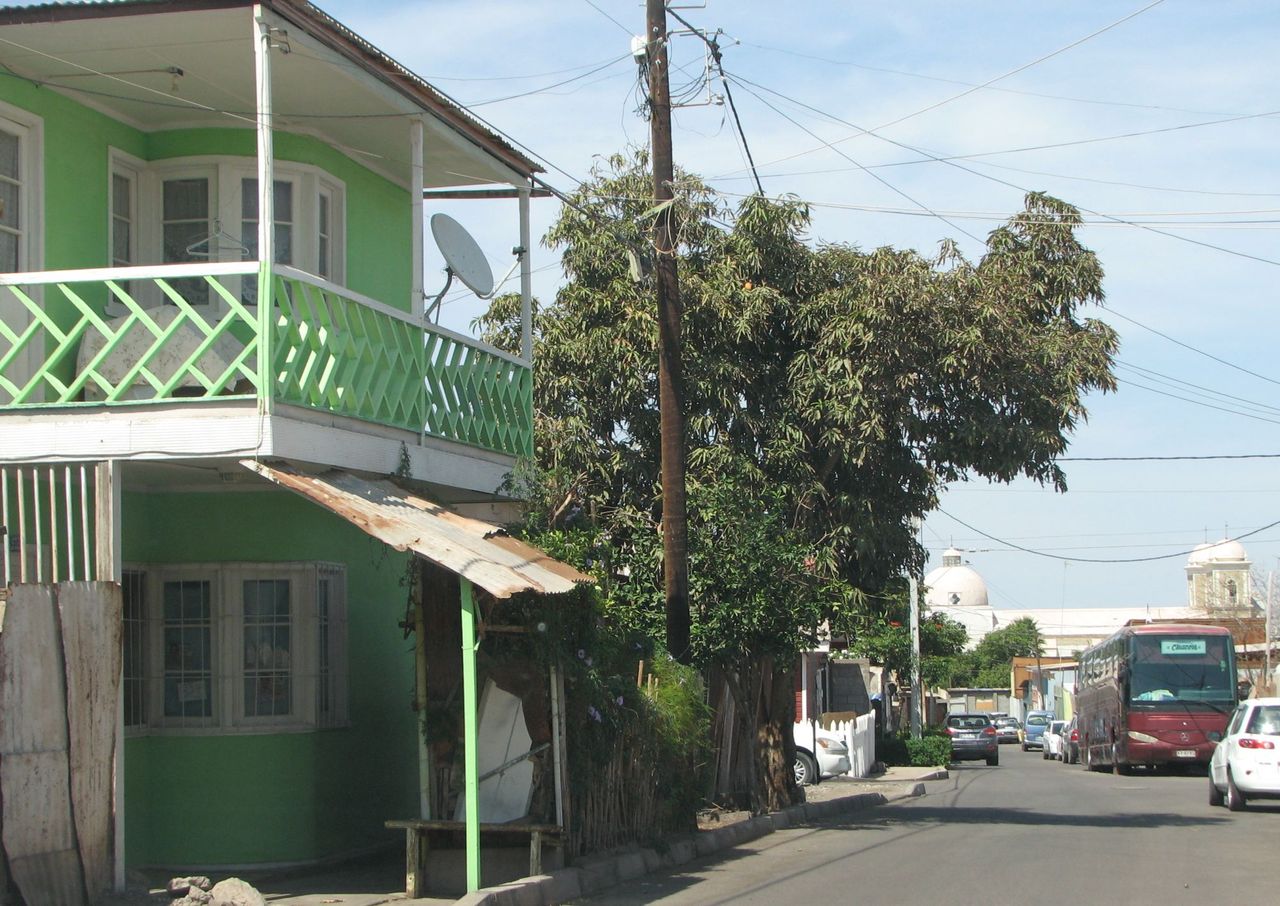
>

>
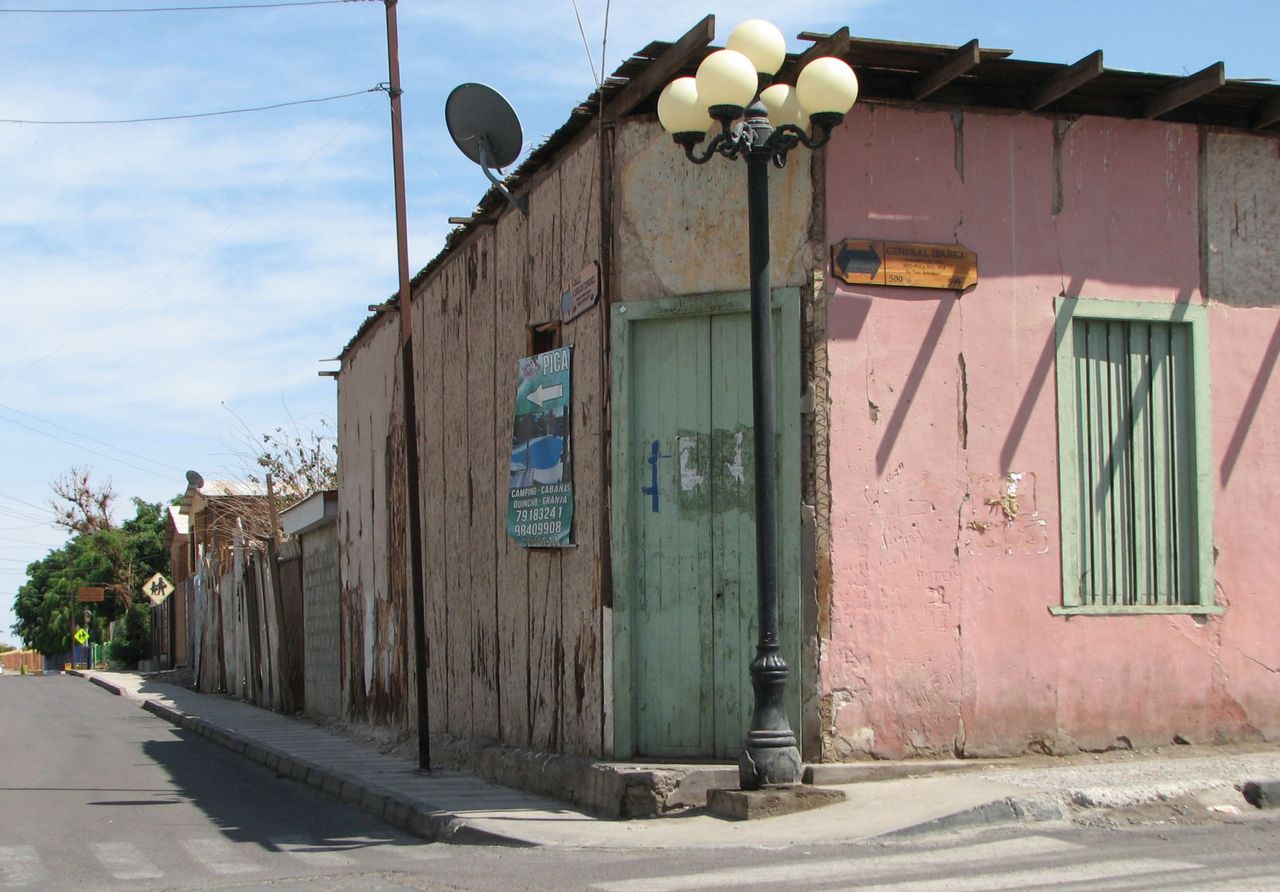
>
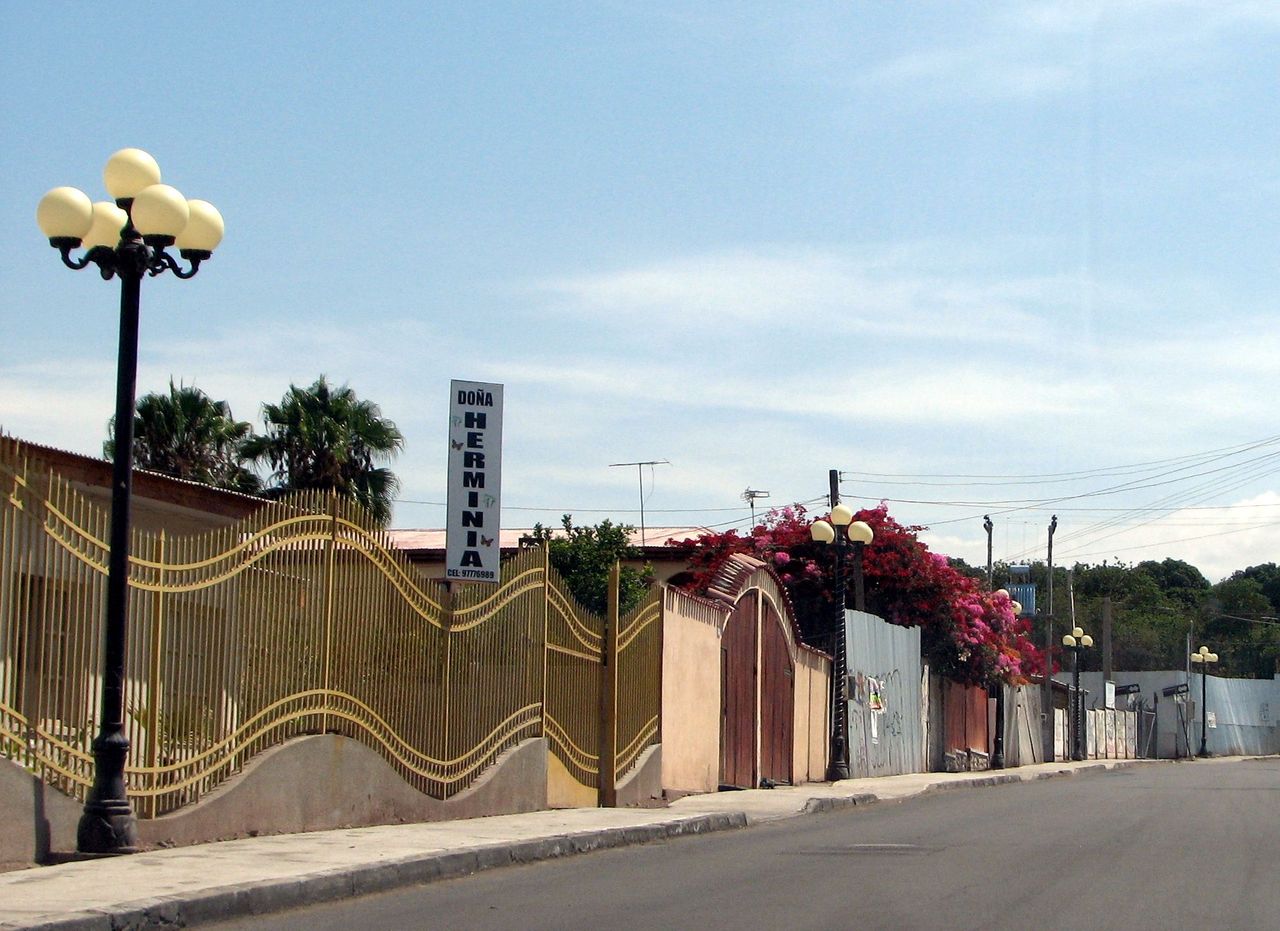
>
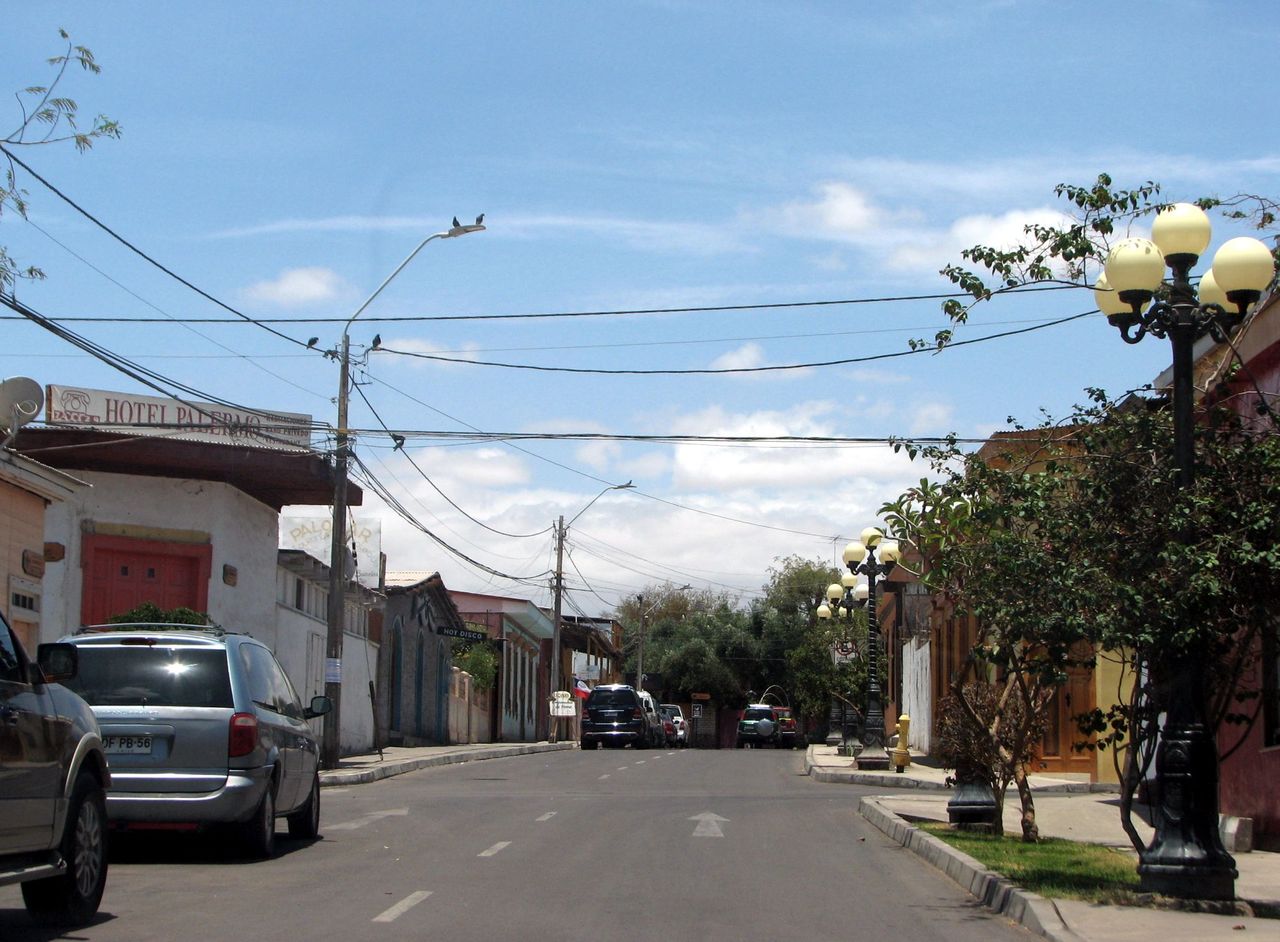
This street leads to the local "resort": a spring called La Cocha (cocha = pond in the Quechua language)
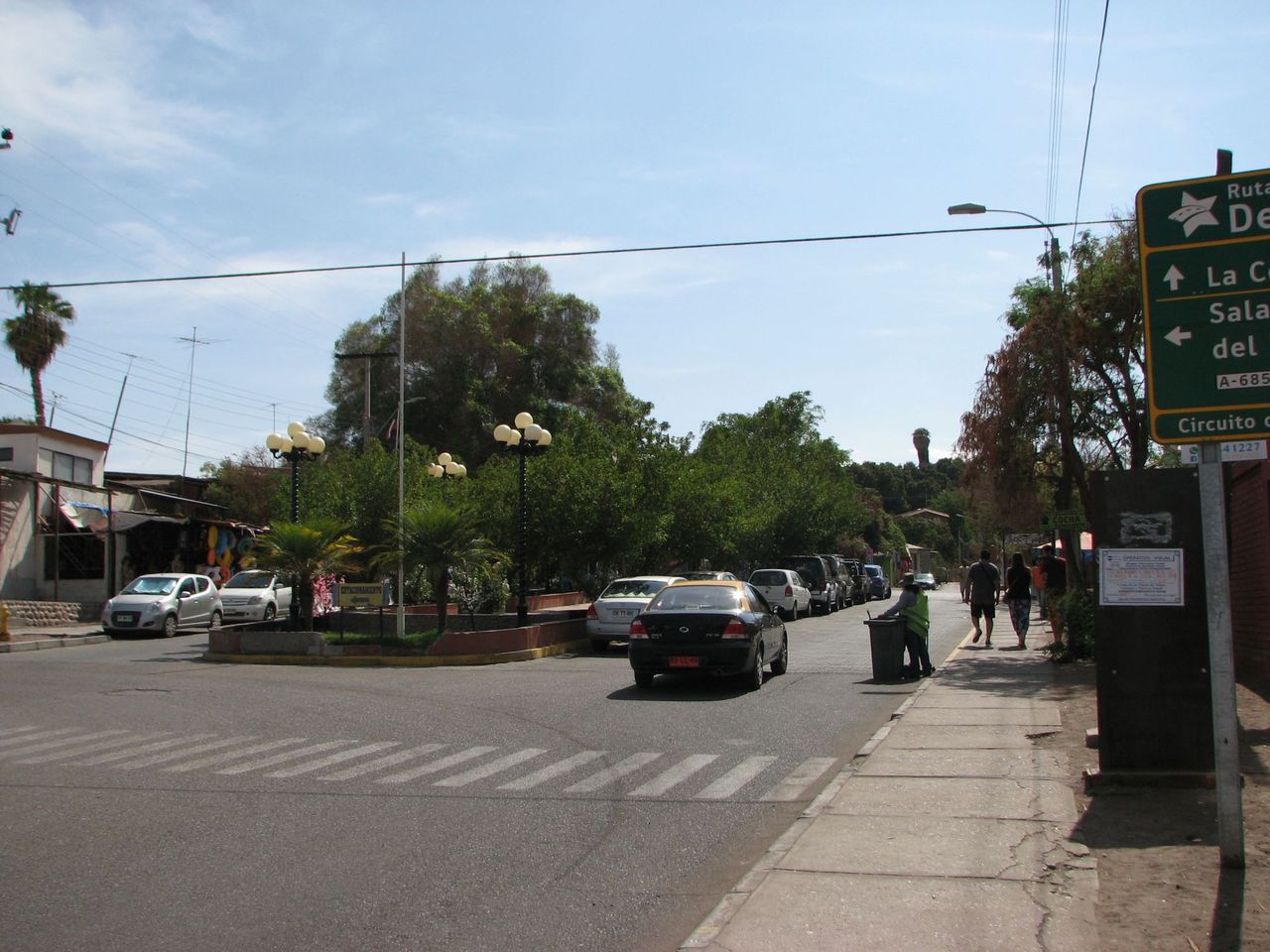
There is a little park with these cute, stylish, covered benches, probably resembling the architecture of the 19th and early 20th centuries, when the Atacama desert was the center of an intense mining activity that attracted many European investors (mainly from Britain)
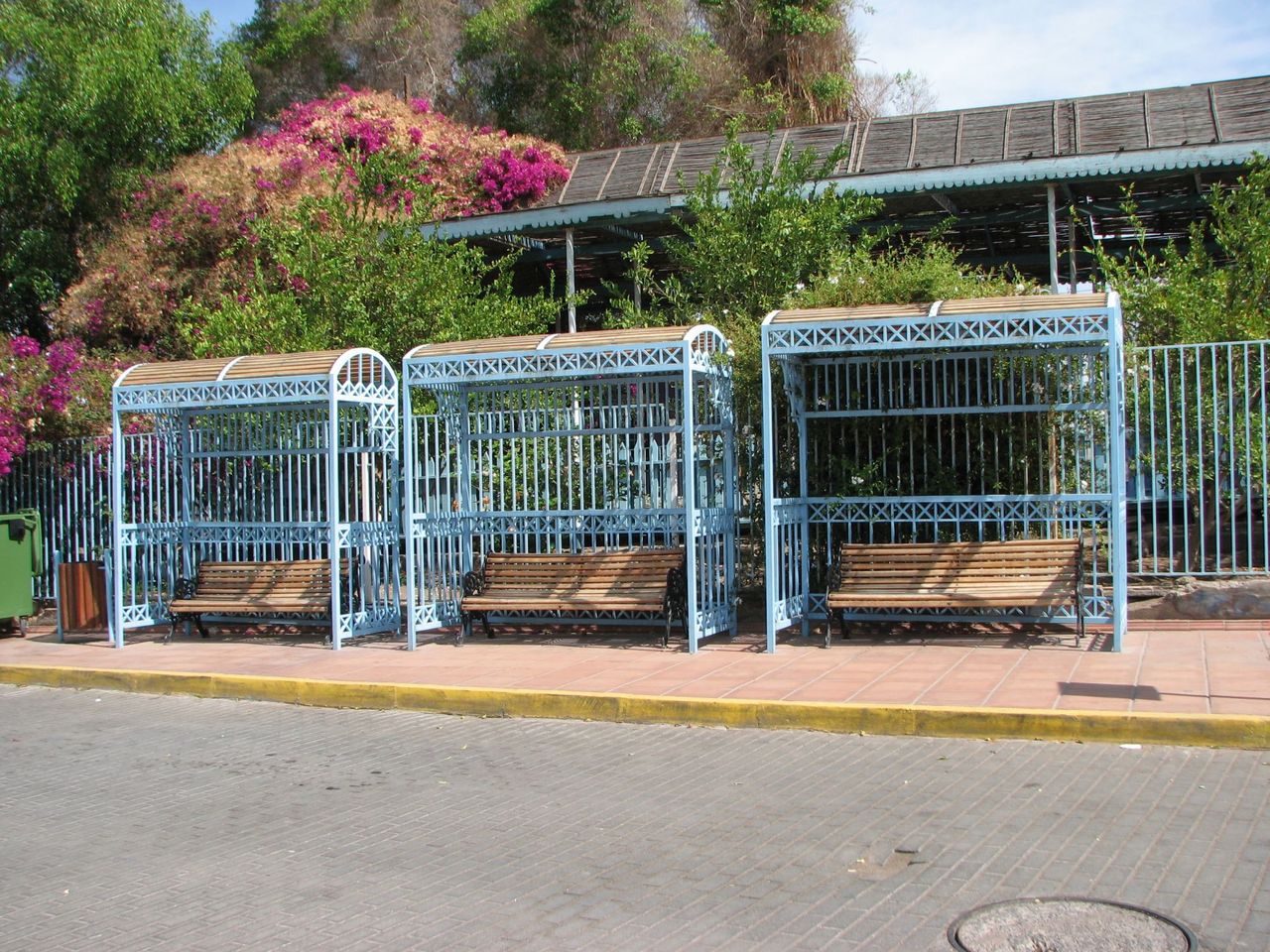
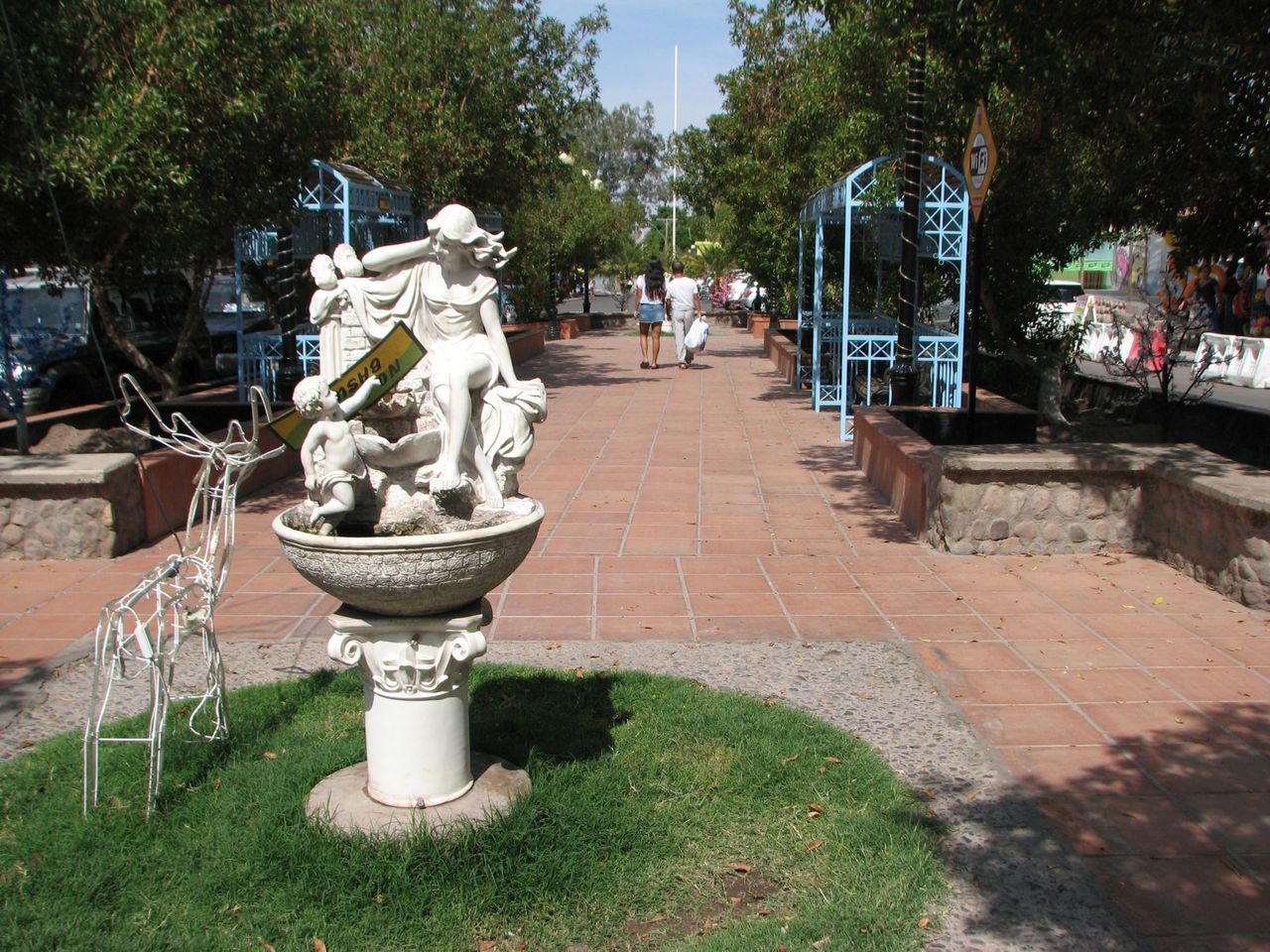
The spring forms this sort of swimming pool. The water is at around 40°C.

When I look closely at the leaves of those large trees I have the feeling that I have seen those leaves somewhere before. I can't believe my eyes when I find out that they are ficus trees! I was used to seeing them only as little trees in pots in offices and living rooms!
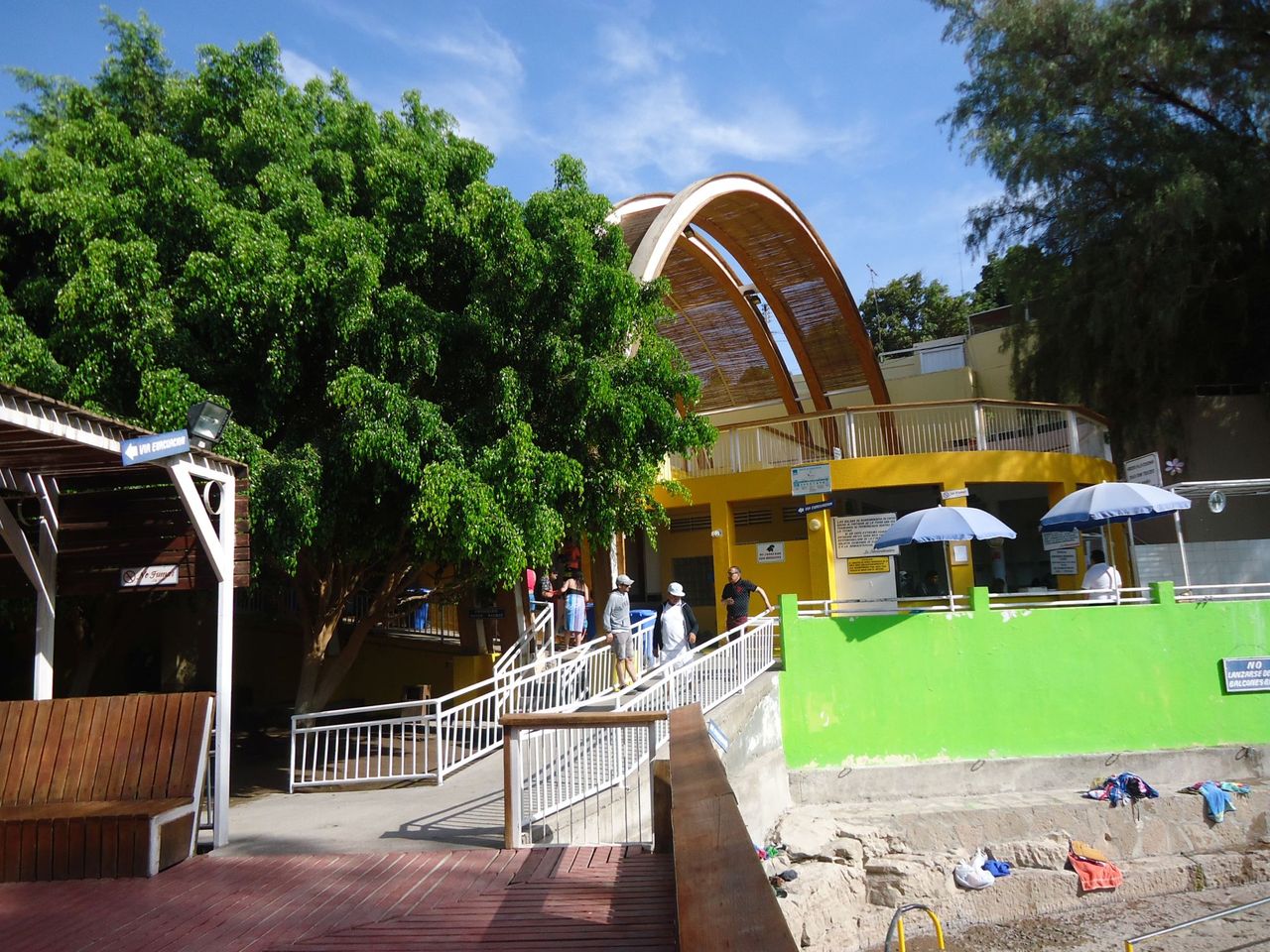
I am amazed at the infrastructure around la Cocha. Little towns in Chile do not usually take such good care of their natural attractions.

This corner of la Cocha is reserved for some ducks that shy away from my camera. I can't believe I am in the middle of the driest desert in the world!
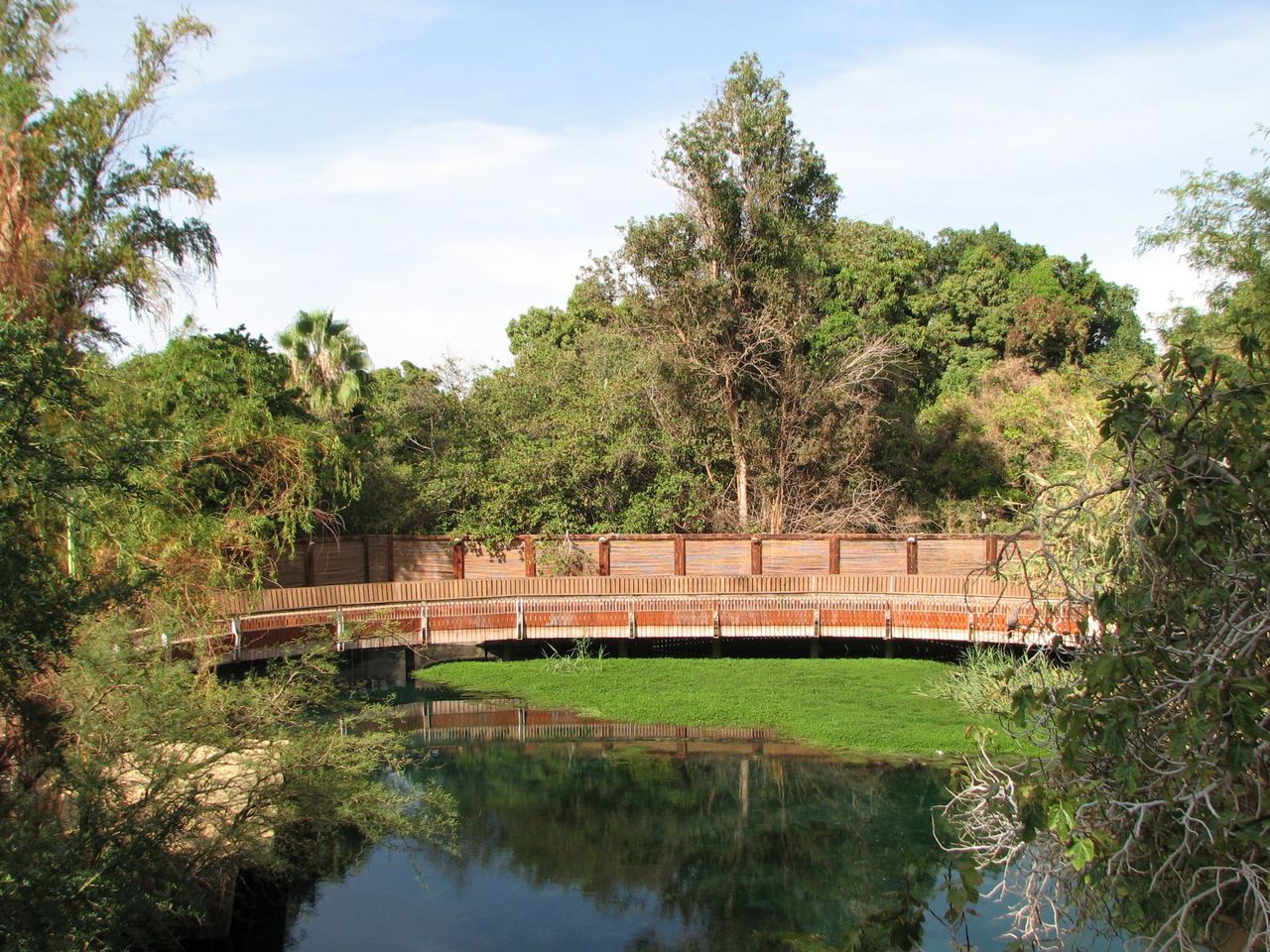
Outside, these giant fruits remind us of the importance of local produce in this town's economy. The little placard on the wall: Please, don't climb onto the figures.
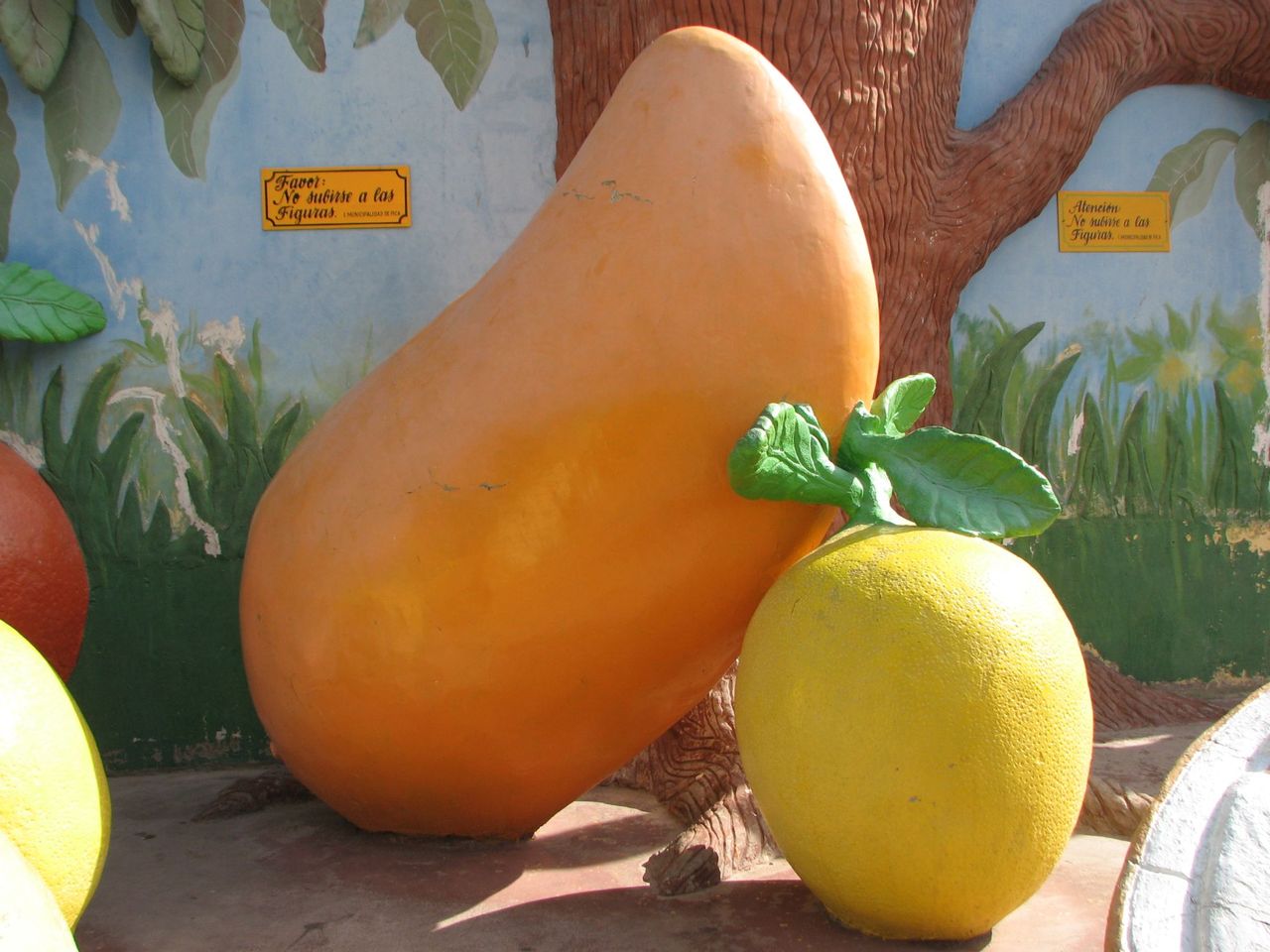
A guesthouse.
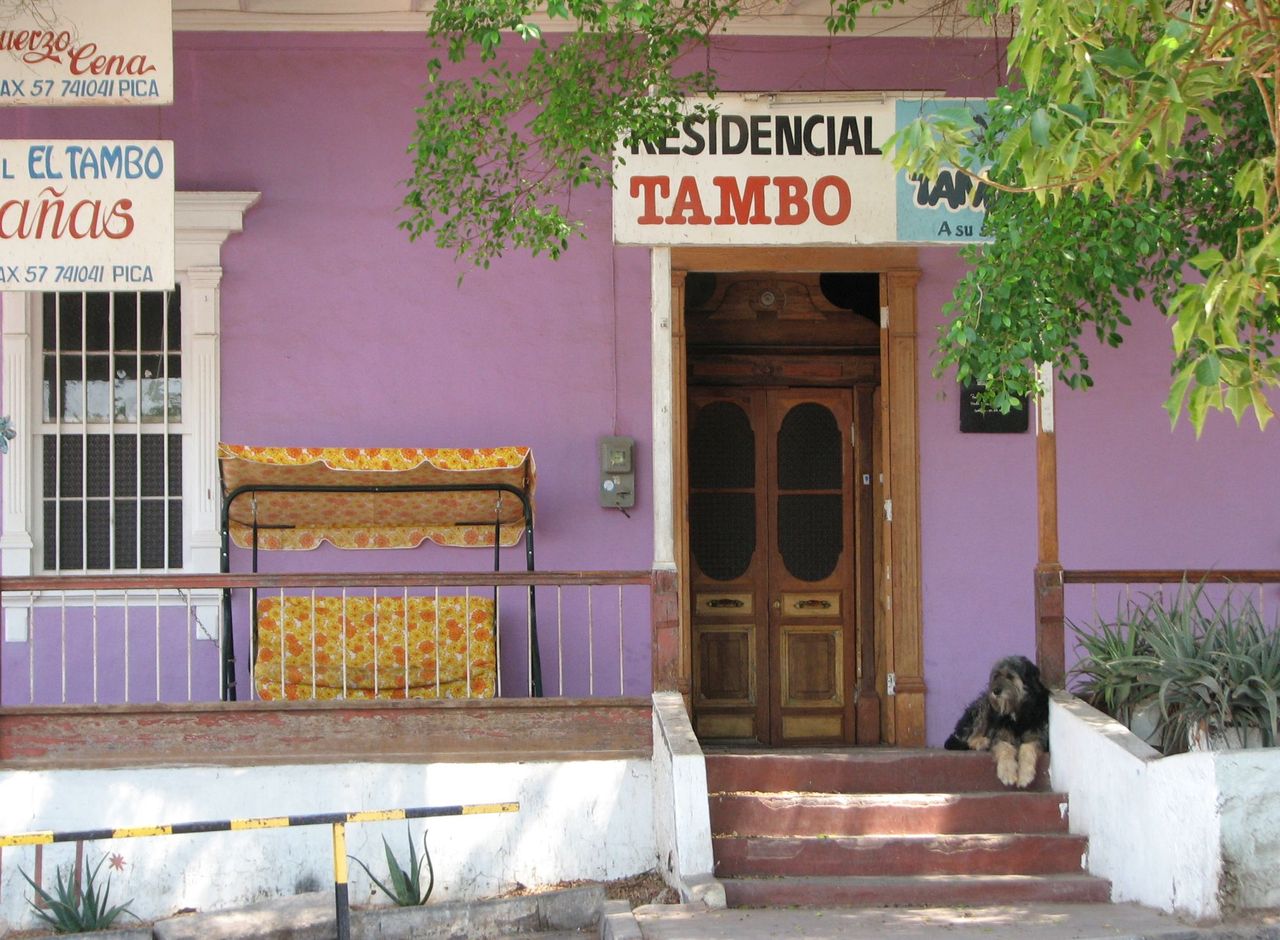
Everyday life in Pica summarized in one dog.

Another surprise. In the 1950s some dinosaur footprints were discovered near Pica. Reason enough to build a park in the outskirts of the town.
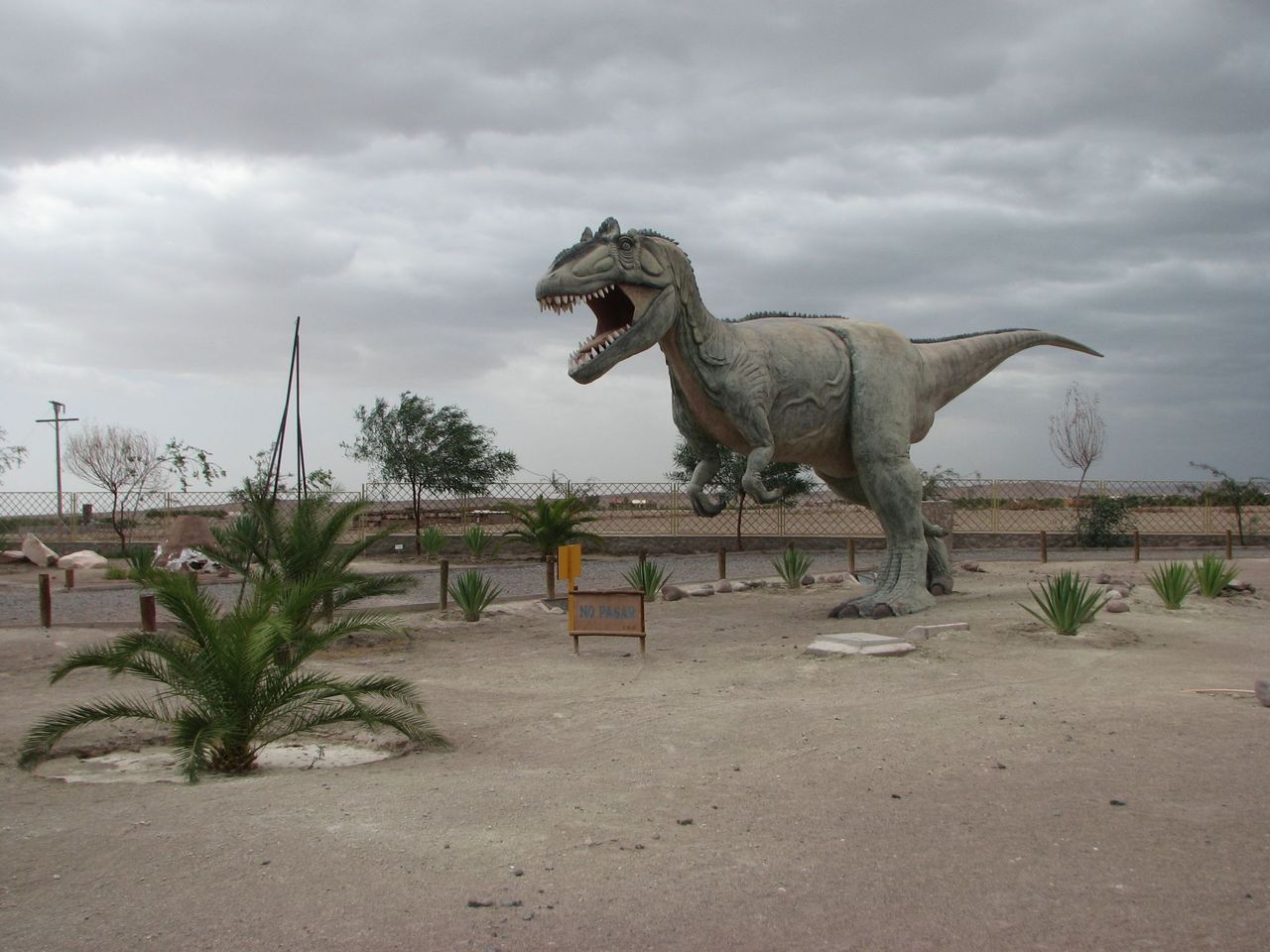

We drive past some mango plantations on our way out of town.
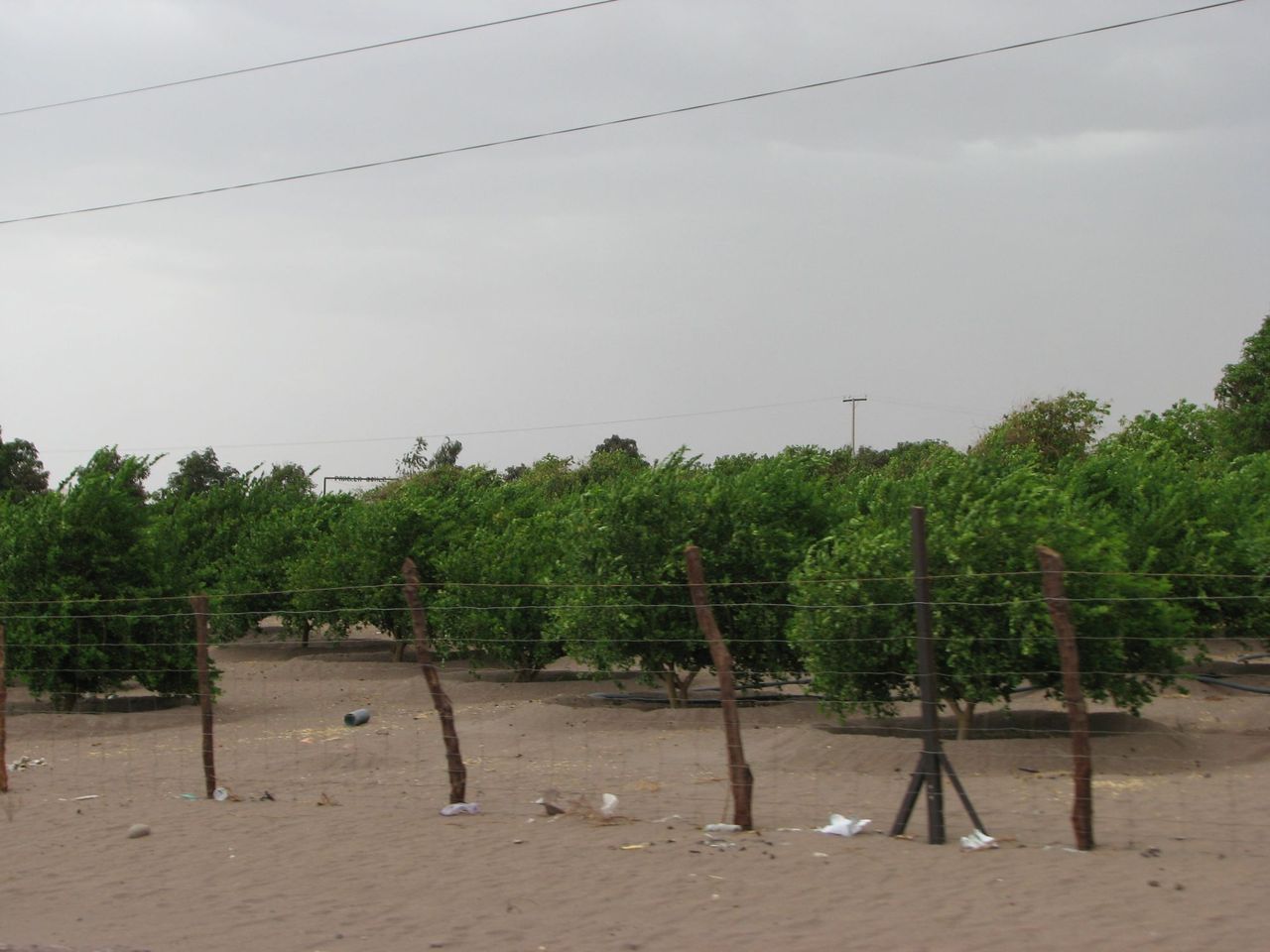
Some kilometers from the town we drive through a sandstorm. But it doesn't last long.

Very soon the weather is calm again. We are approaching an incredible place. A vast extension of the desert is covered by trees!
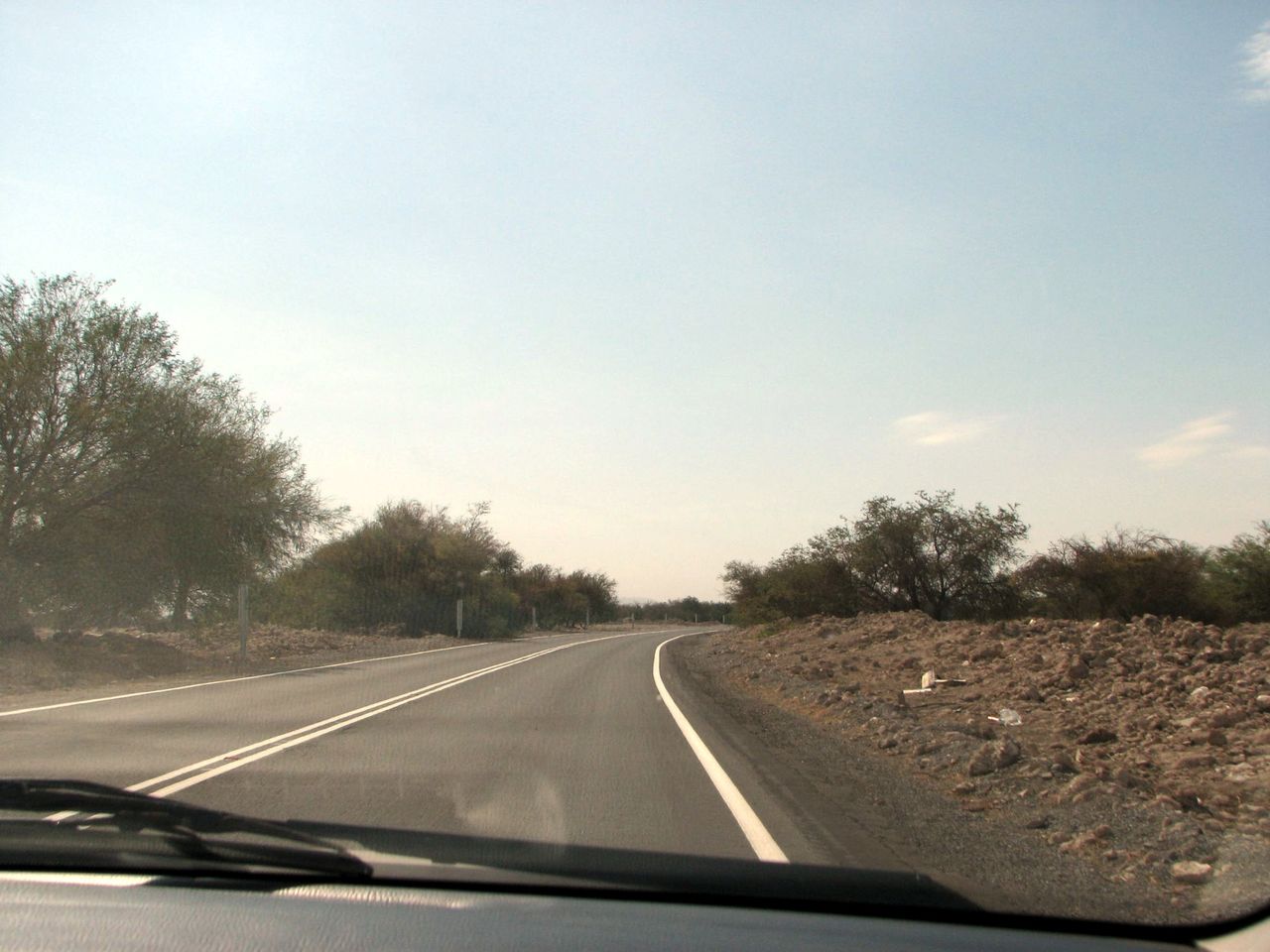
These trees are called tamarugos. They can thrive here thanks to underground water that flows from the Andean highlands. I've heard that the Atacama desert looked very different before the beginning of the mining activities in the 1900s. Dozens of towns popped up all over the desert. The constant need for firewood devastated the forests.
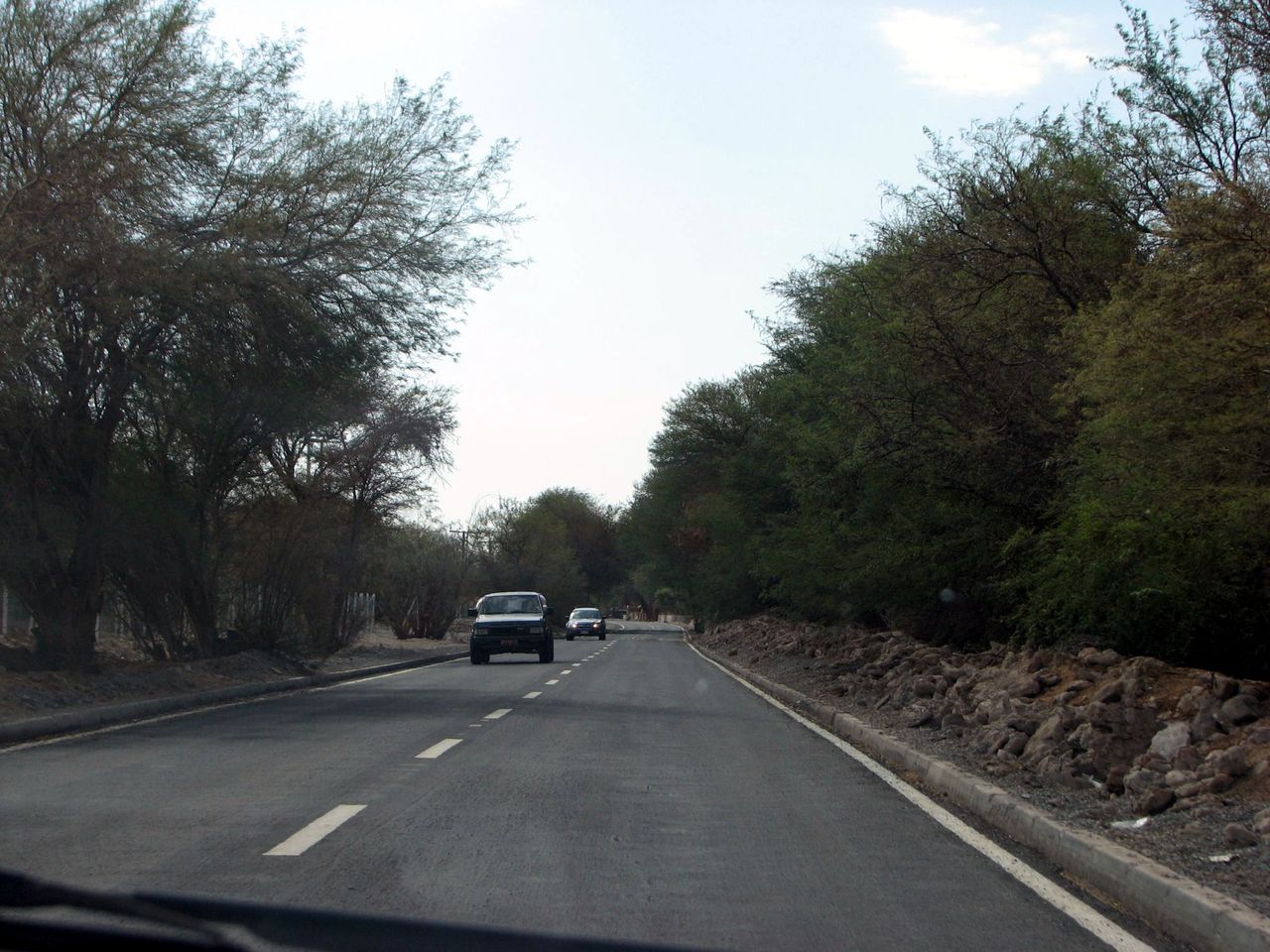
Most of the tamarugos we see today were planted by a man called Luis Junoy, the owner of a mining company, who thought that the woods should be restored. These trees are now protected in a reservation. This area is called Pampa del Tamarugal (Tamarugo Forest Flatland). You can find it on the map above.

Not much more to see until we arrive at…
Humberstone
This ghosttown used to be an oficina salitrera, that is, a town built to host those who worked in the saltpeter industry.
Saltpeter, or nitrate of soda, is a nitrogen-rich stuff used as a fertilizer. It's abundant in what used to be the south of Peru and Bolivia, and the north of Chile. Saltpeter brought enormous riches to these three countries in the 19th century. No wonder Chile was eager to get its hands on as much of it as possible. This is how a tax imposed by Bolivia on saltpeter was enough to start what is known as the War of the Pacific. Chile won, and took over vast swathes of land in the south of Bolivia and Peru, stretching its territory some 1000 kilometers to the north.
However, the subsequent economic boom suddenly came to an end when a smartypants German invented artificial saltpeter during World War I. The saltpeter works declined during the first half of the 20th century. Most of them were looted, but some, like Humberstone, were kept as open-air museums.
The best houses belonged to the administrators and other fat cats.
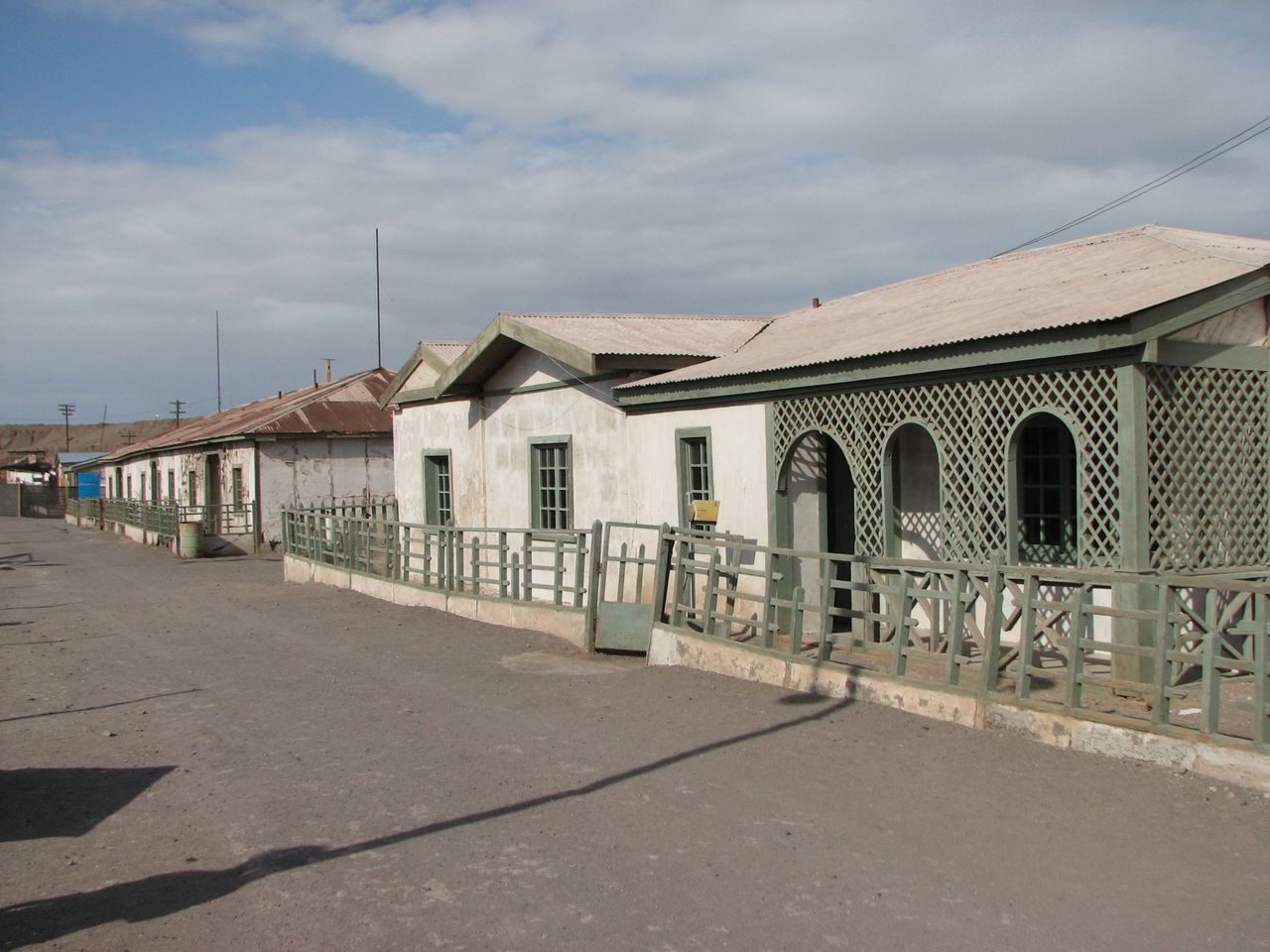
>
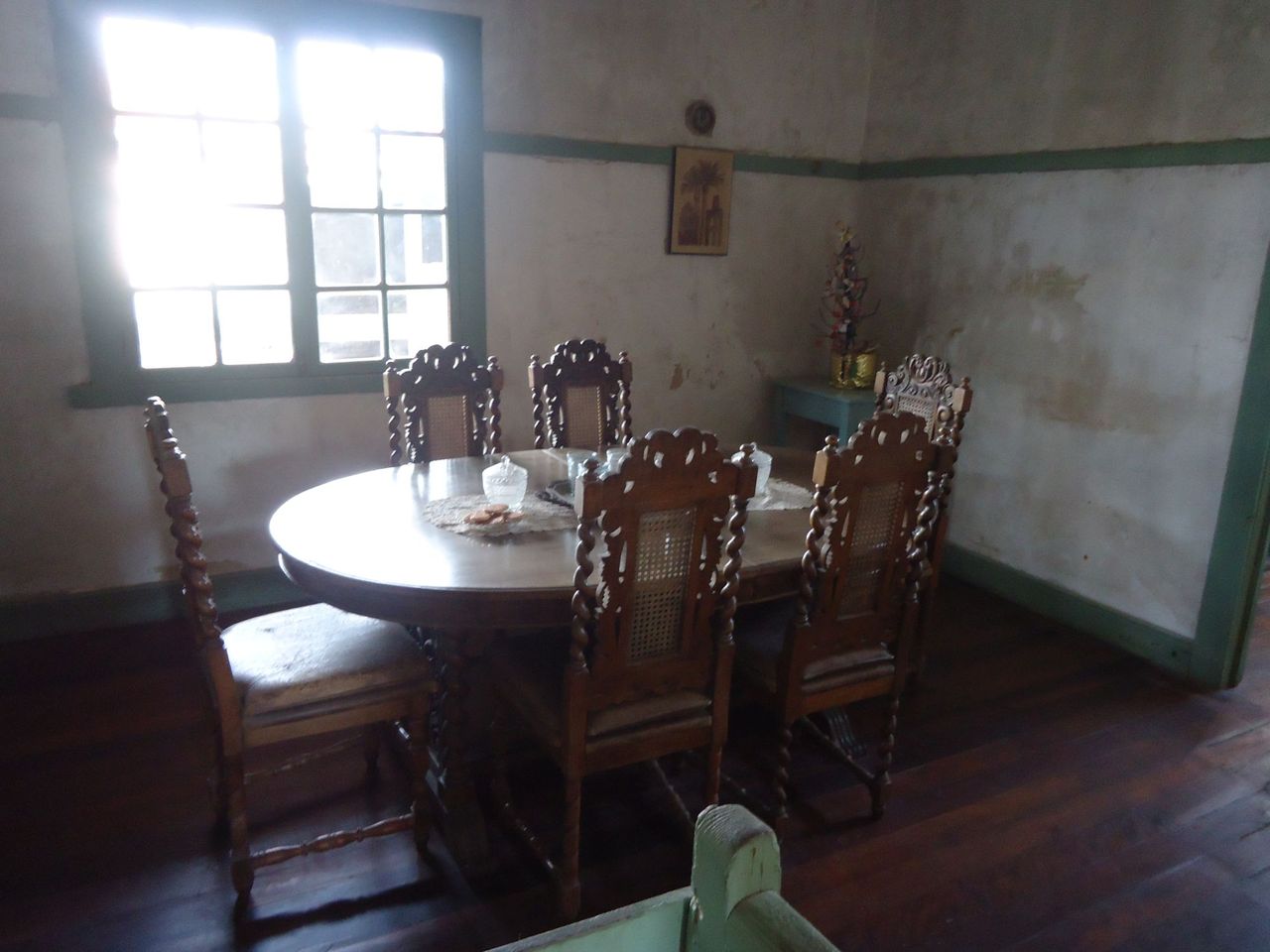
>

>
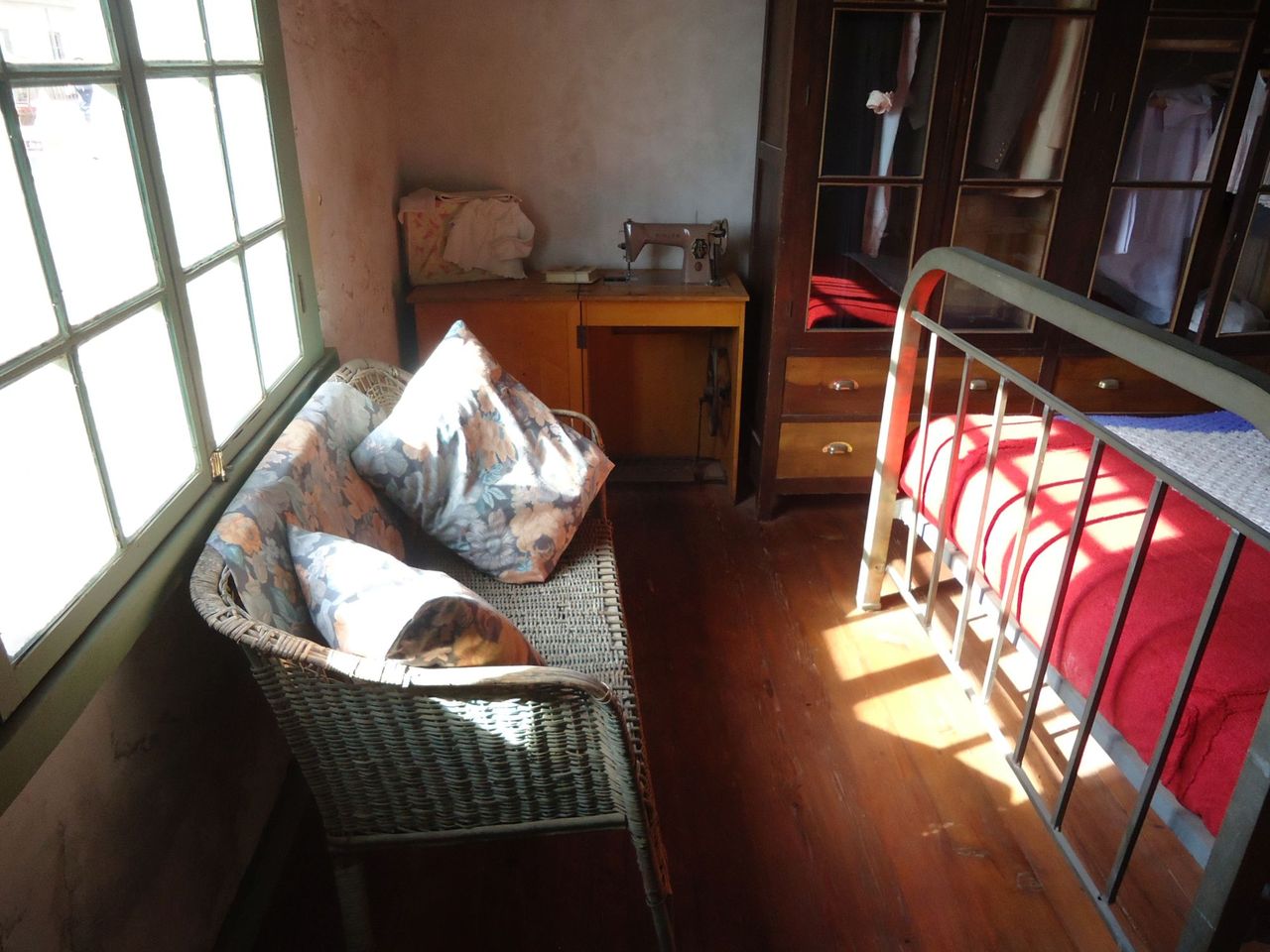
>

If you were a married miner, you were assigned a small house.

But if you were single, you had to live in a calamina. (Calamina = corrugated iron) Two miners lived in the same calamina and slept in the same bed, but they never met because they worked in shifts.
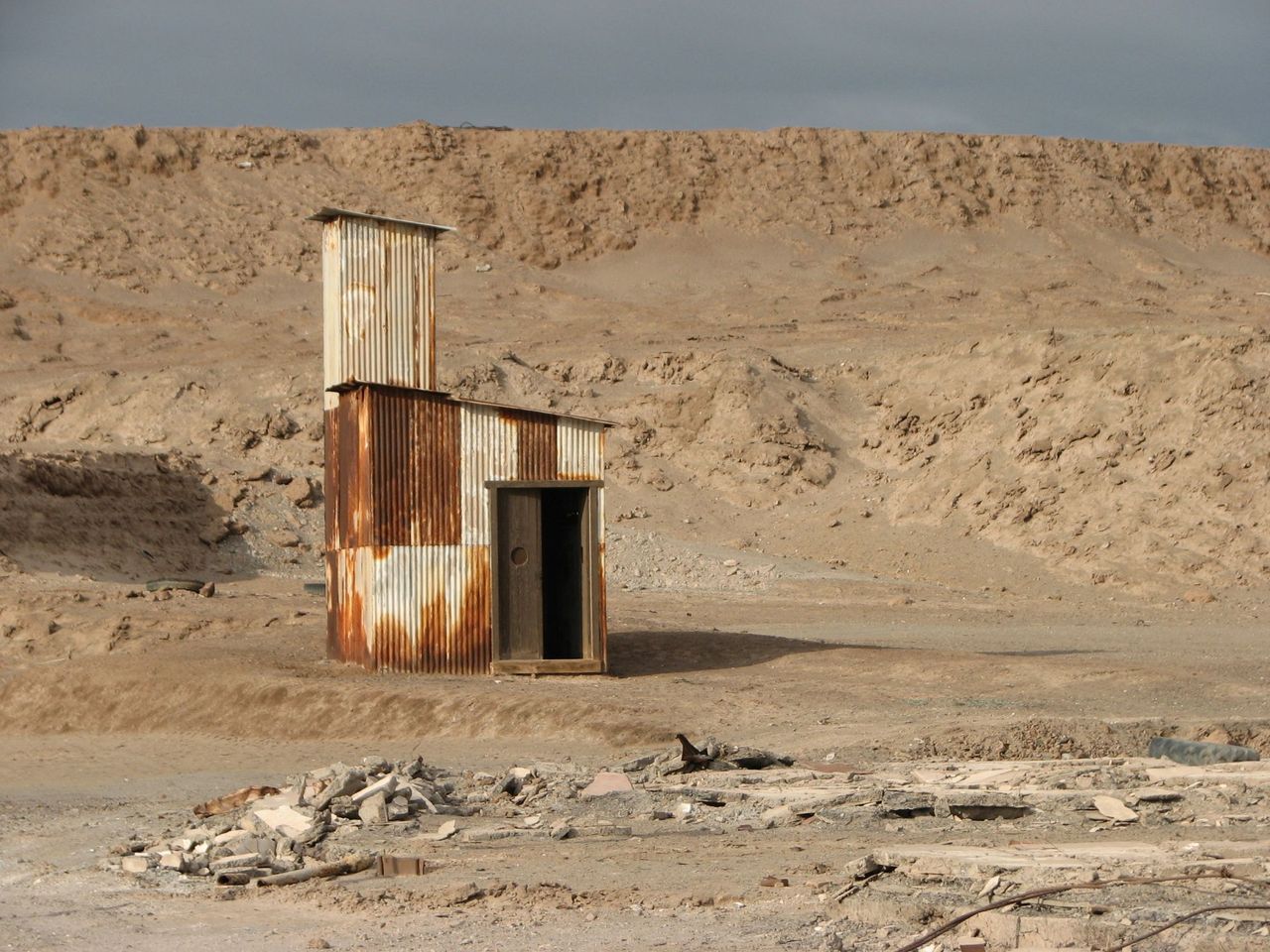
Some views of the streets:
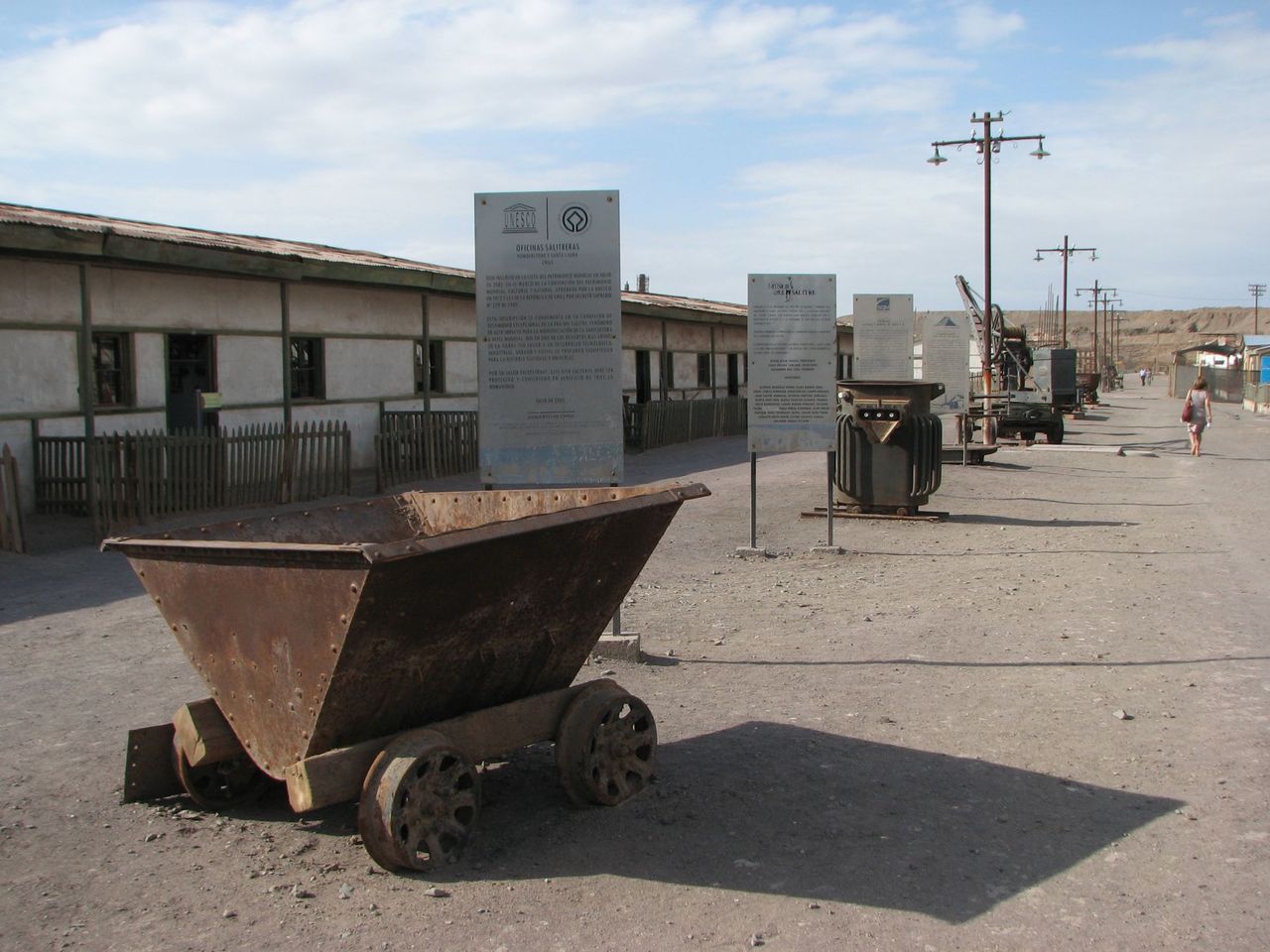
>
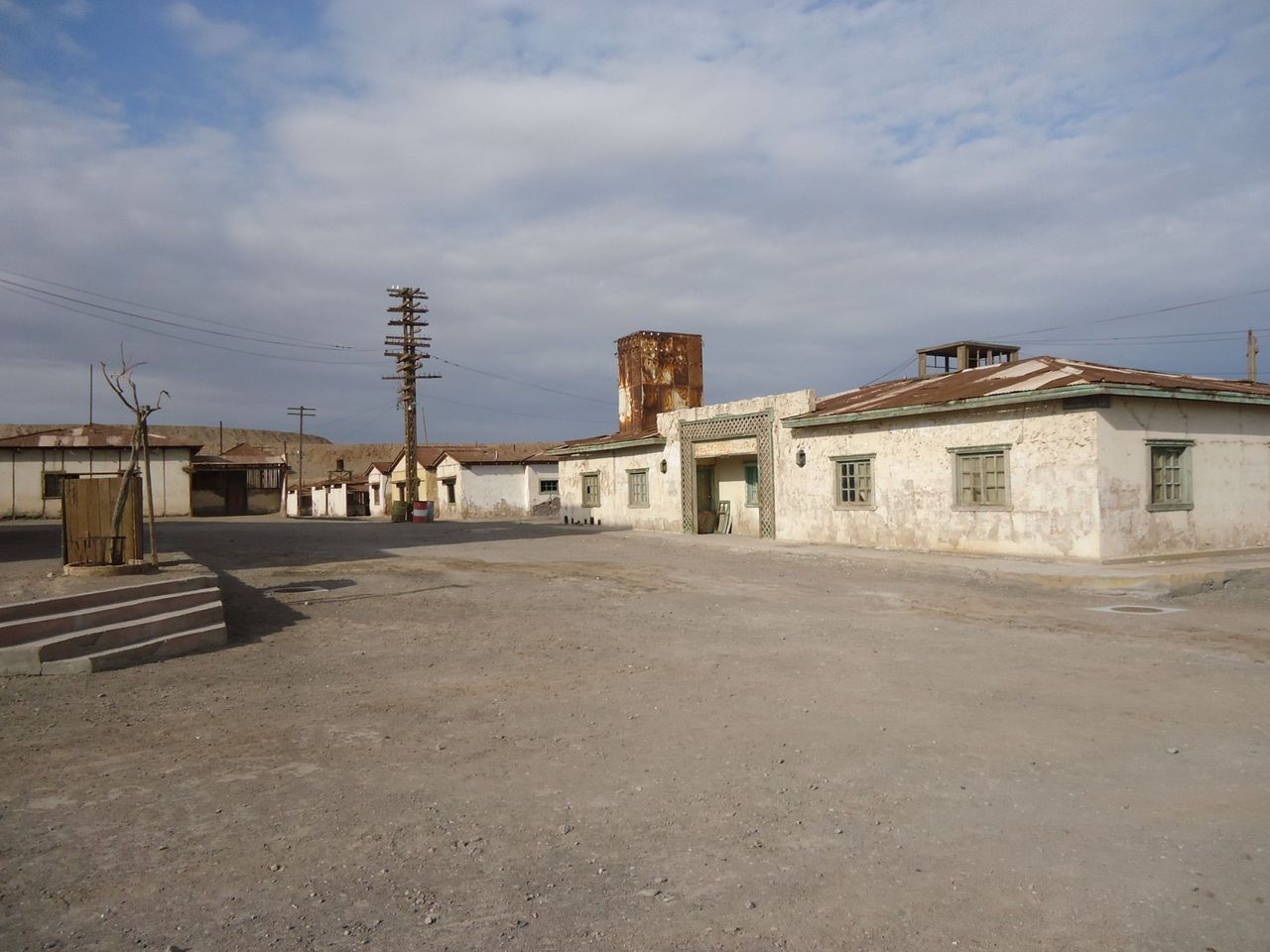
>
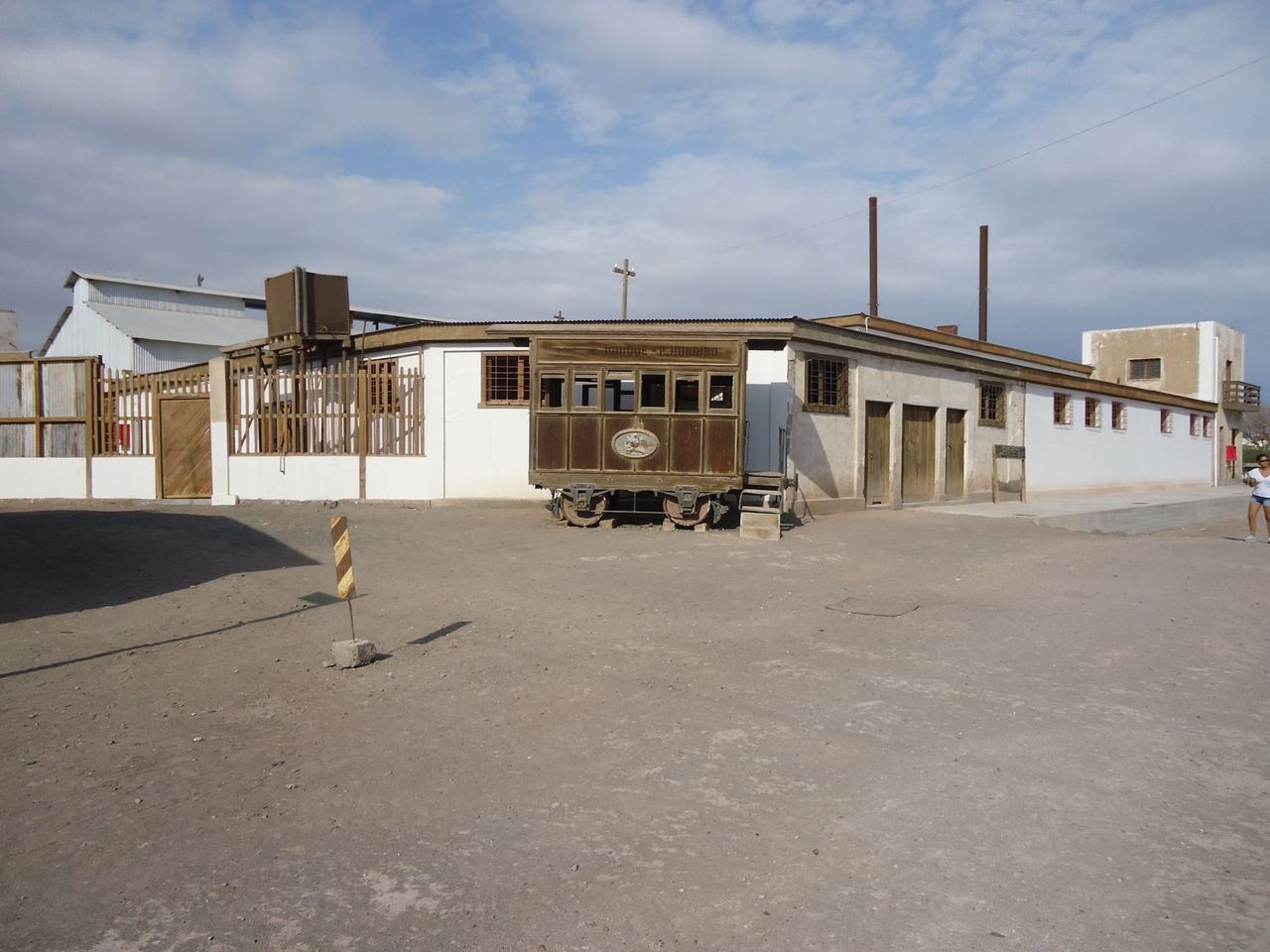
>
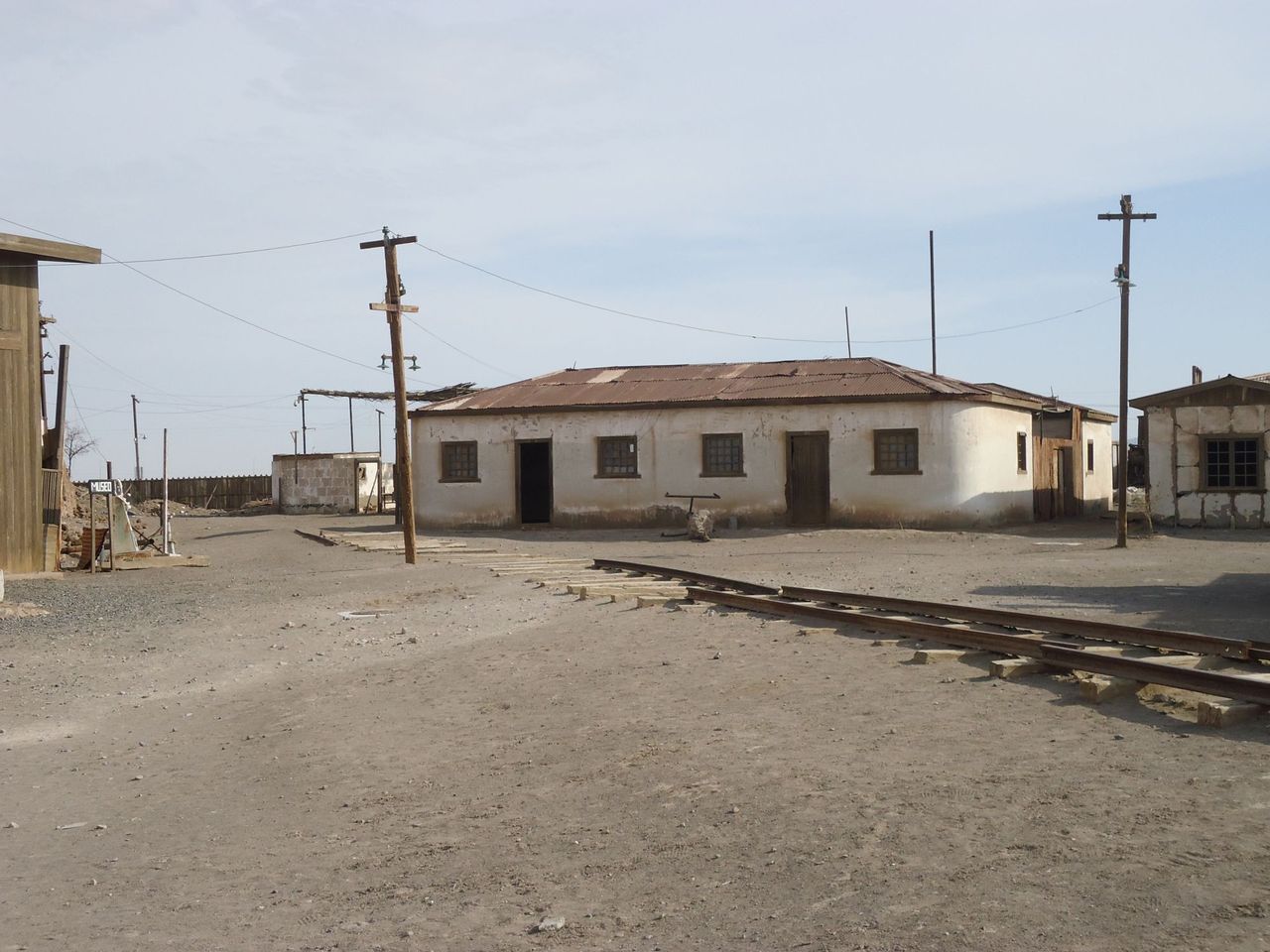
>
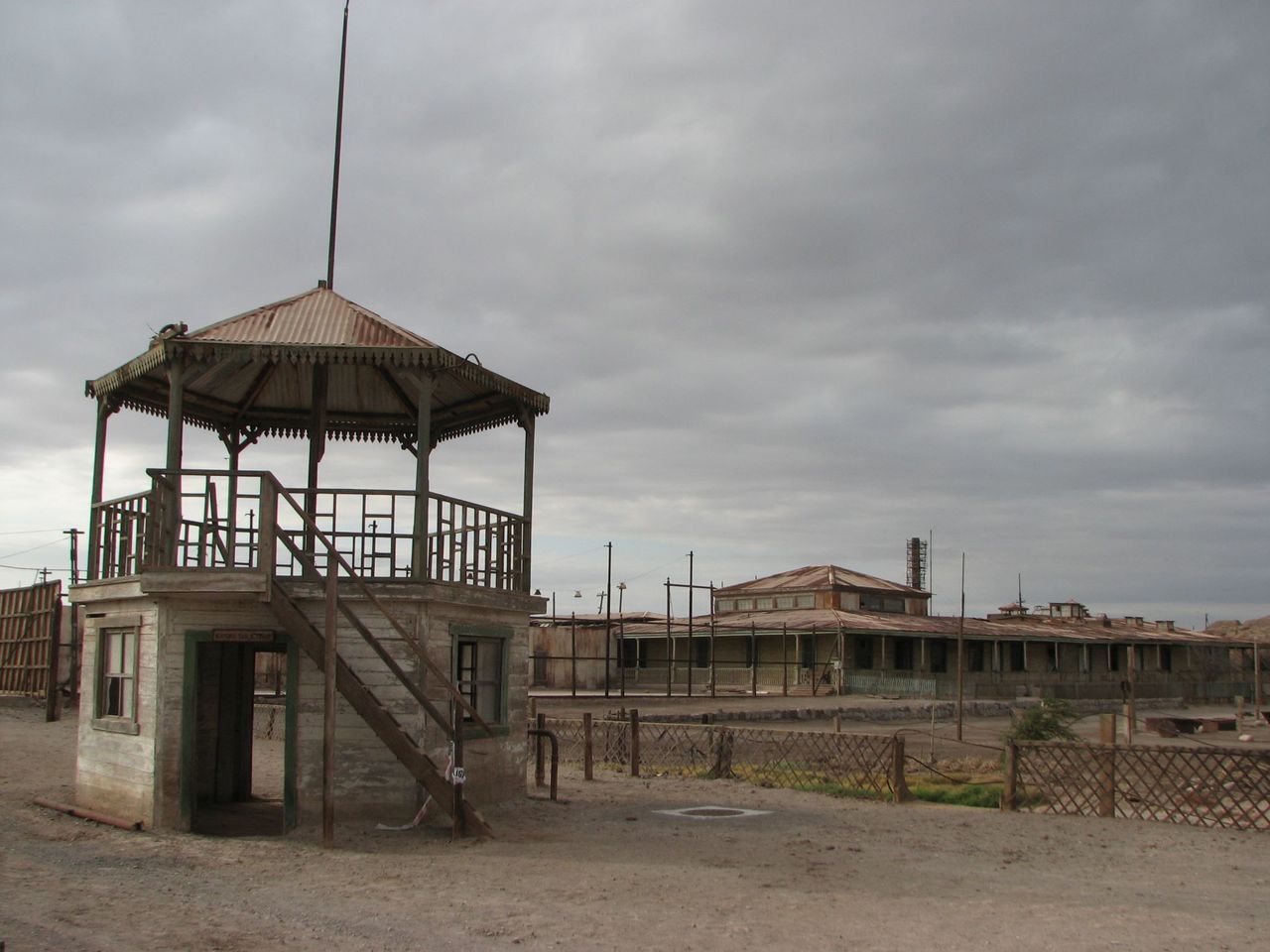
>

A doctor’s examination room.
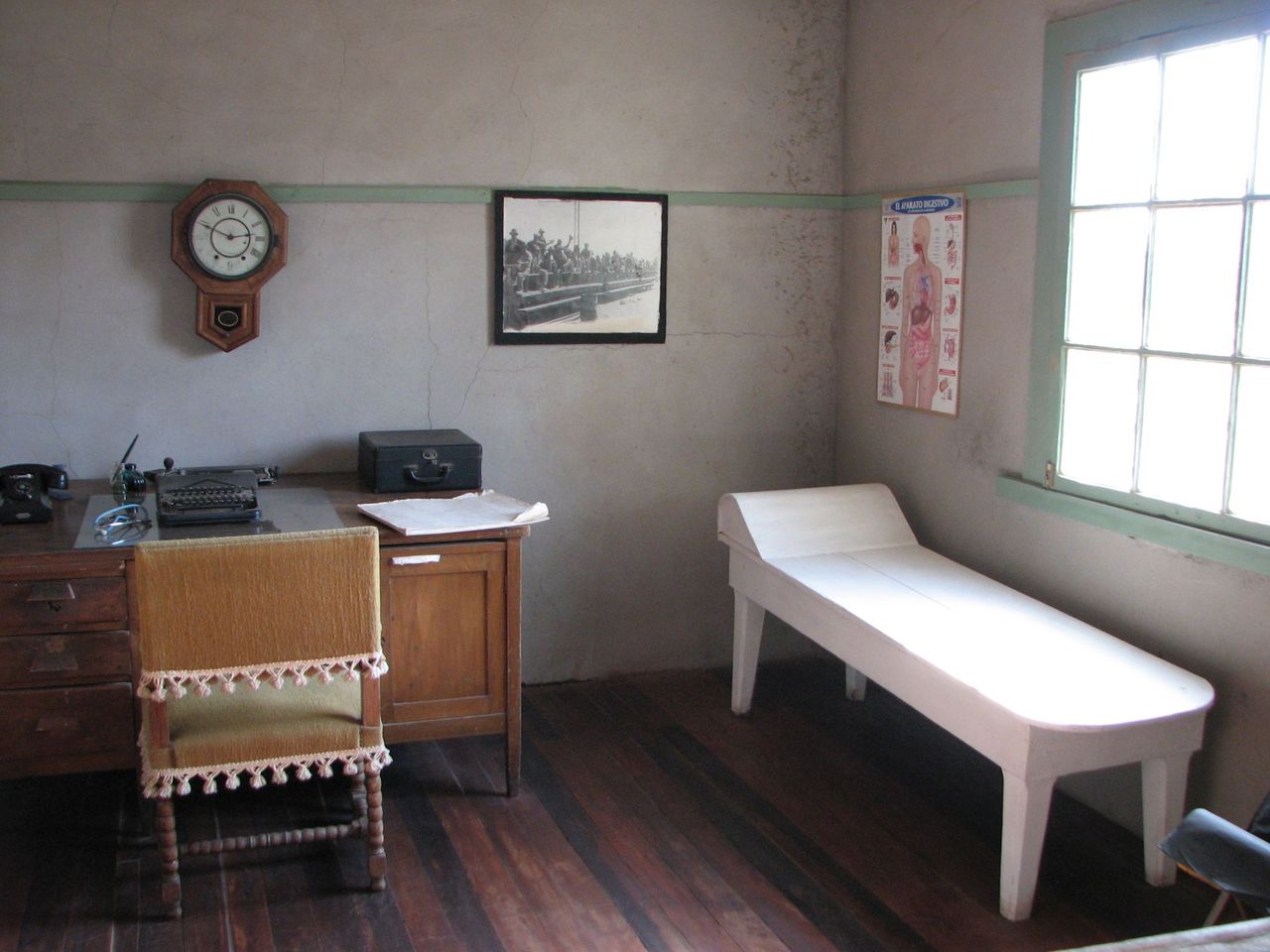
The hospital. Would you spend a night here on your own?

>
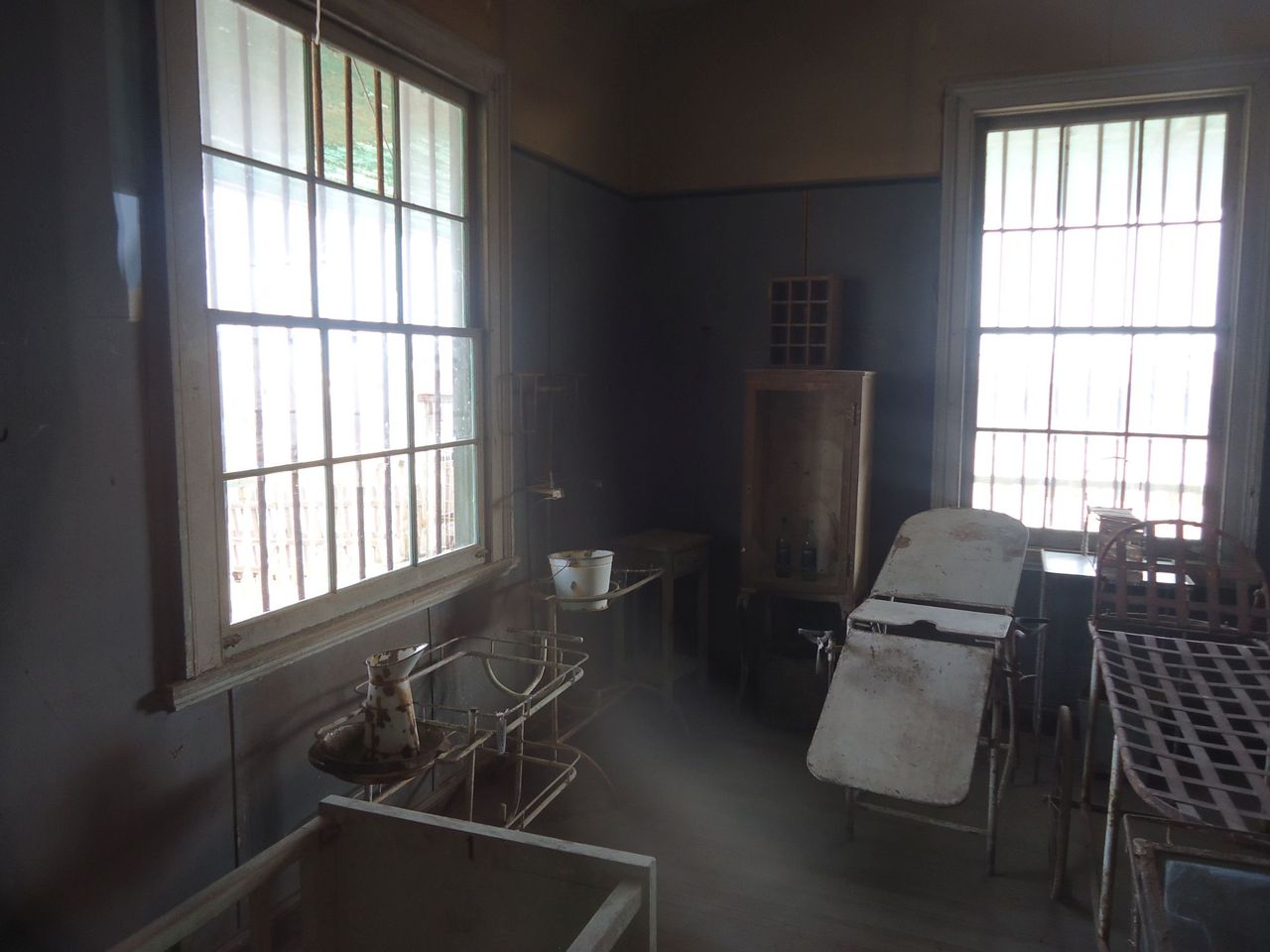
>
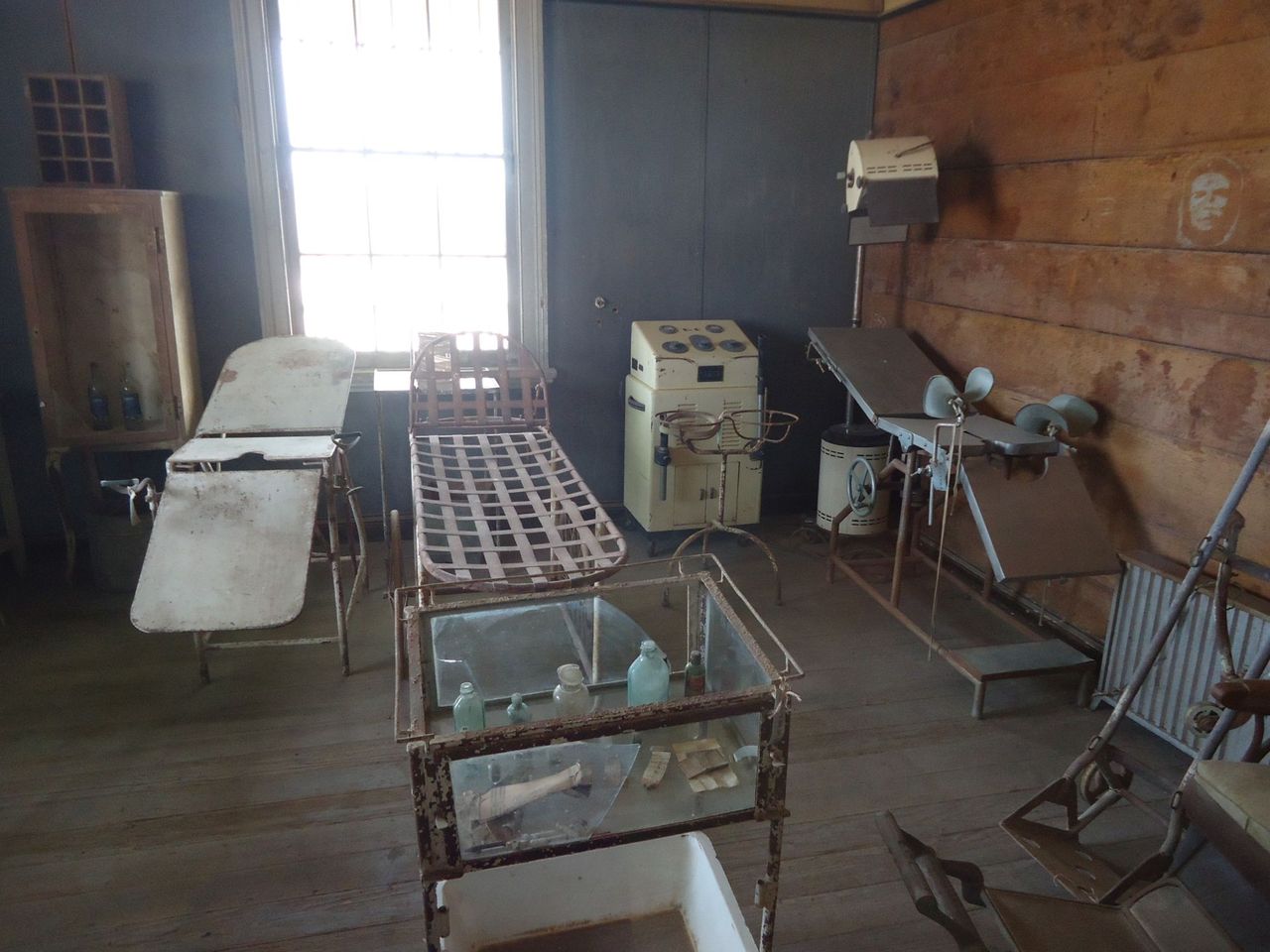
The clock tower on the left. This arcade is part of the pulpería building. Pulpería was the local shop. Miners were paid with tokens - not money - that were valid only in the town’s pulpería.
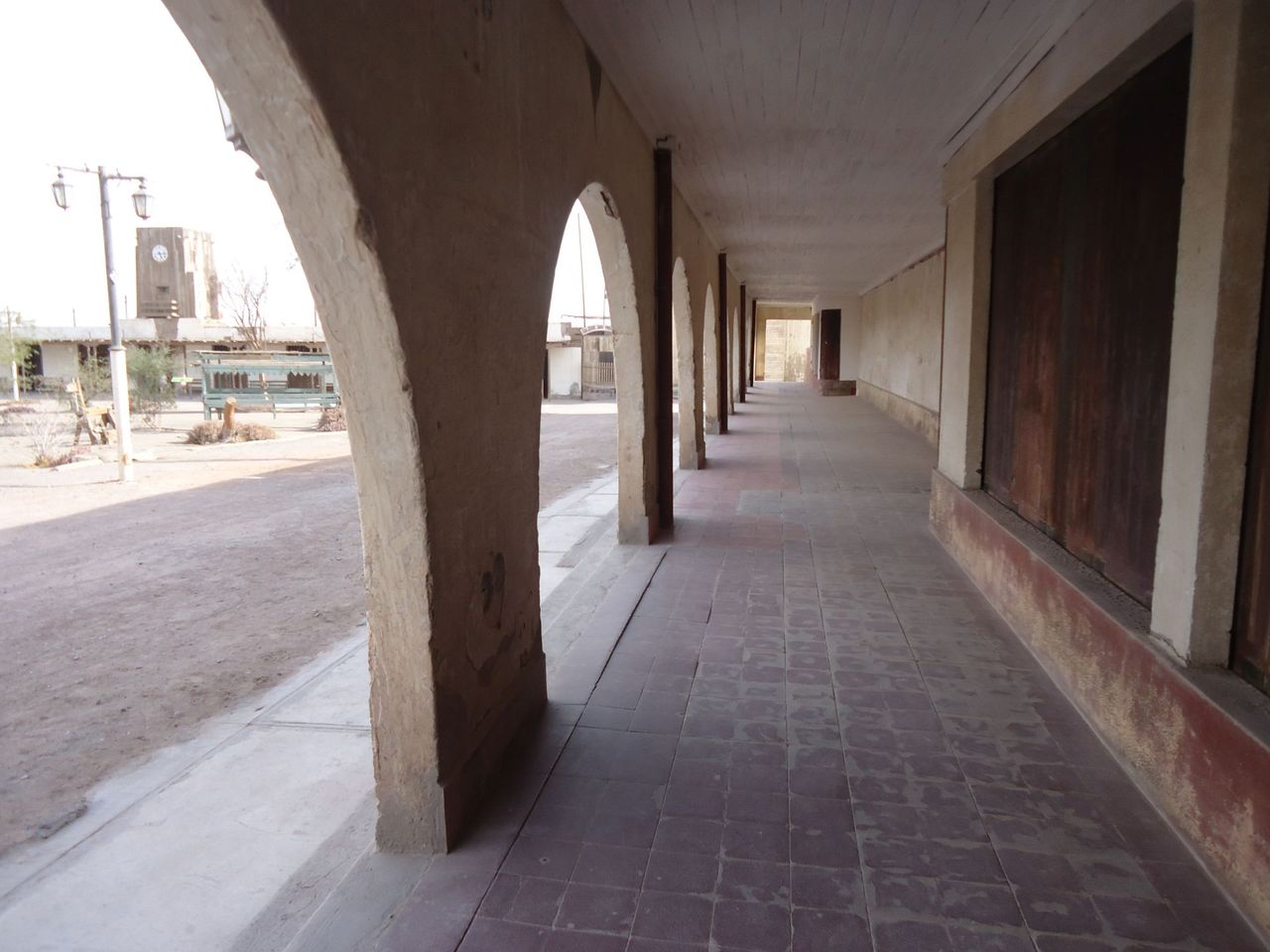
A fountain.
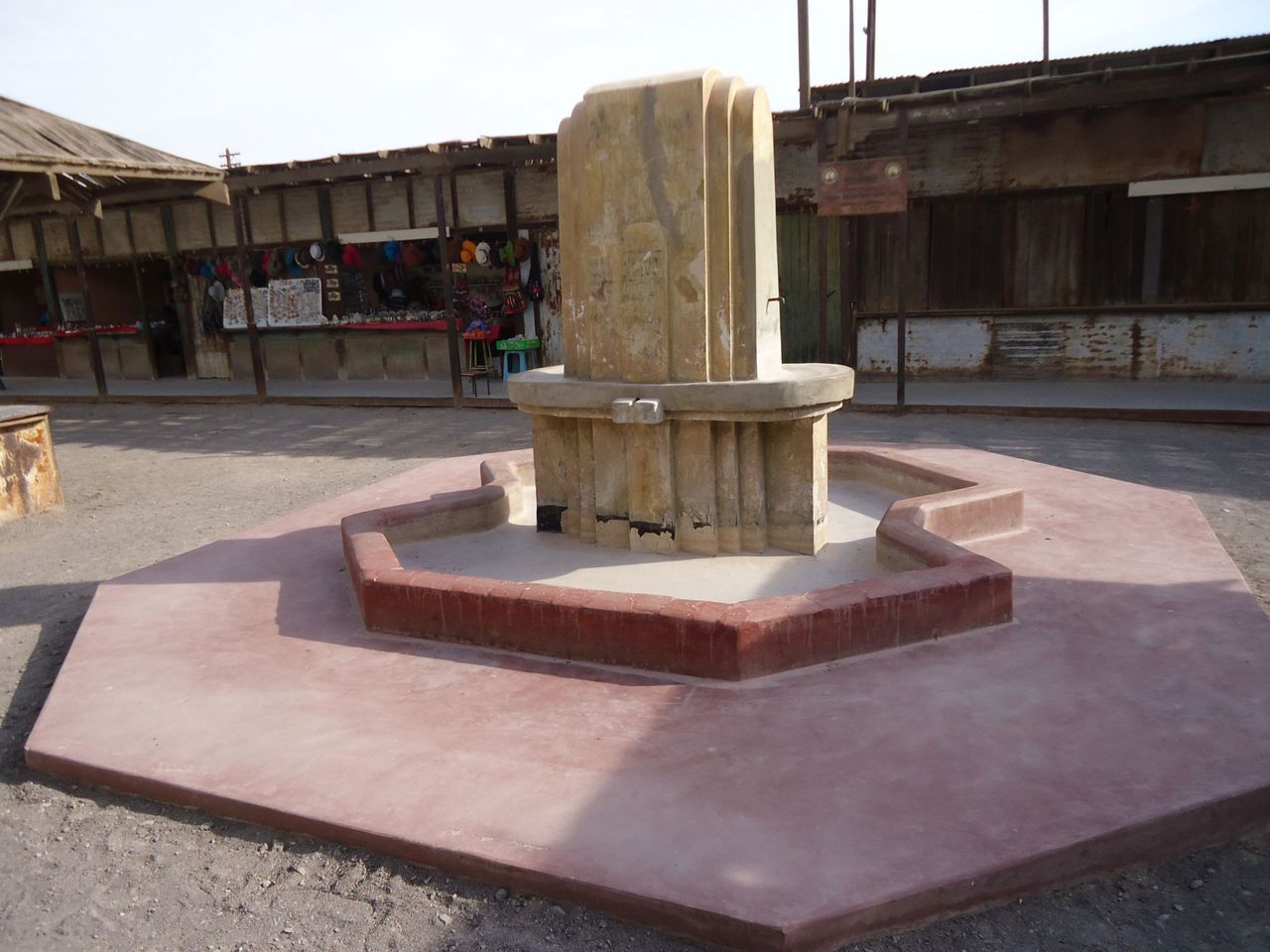
The theater.

>
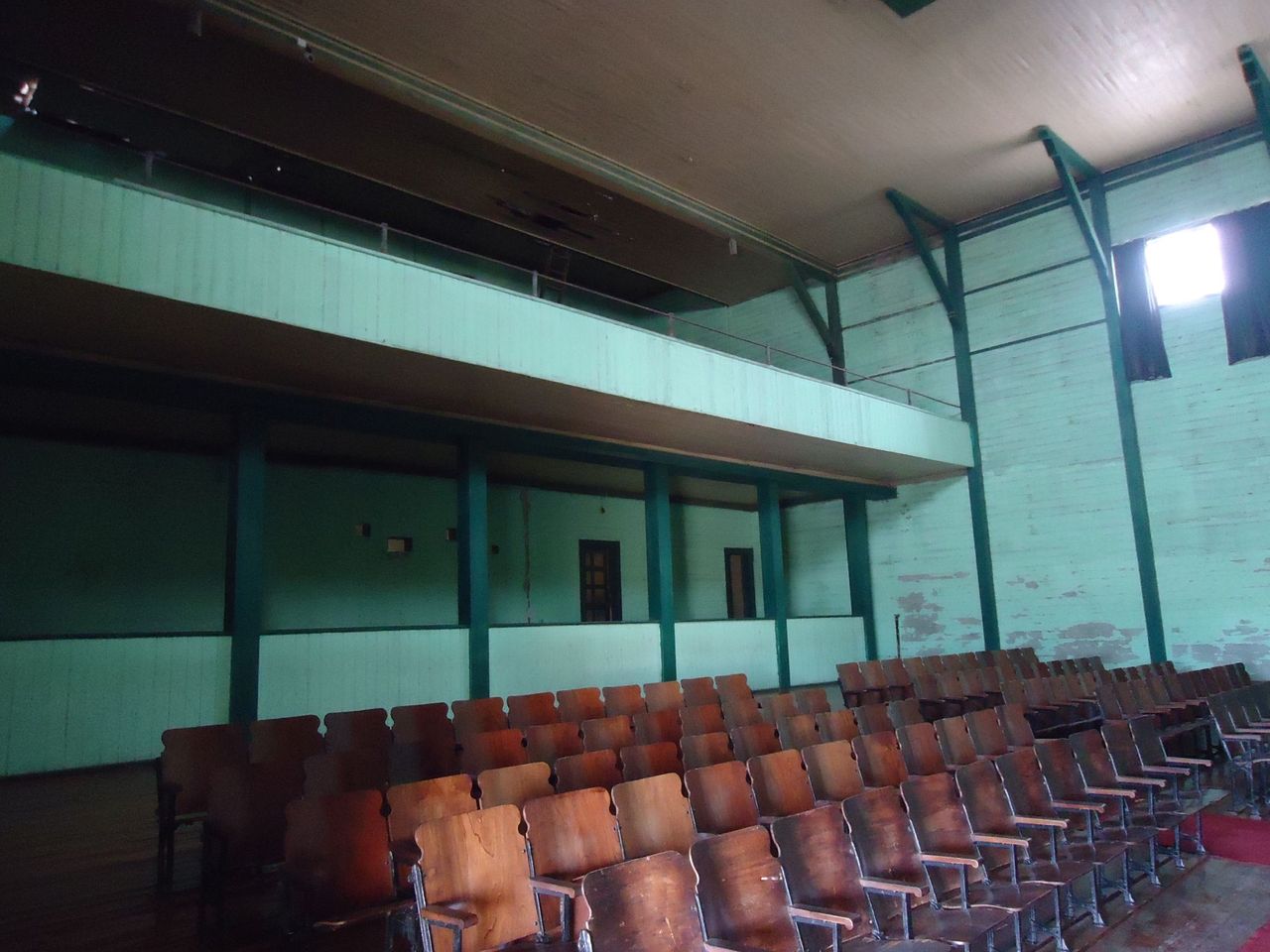
>
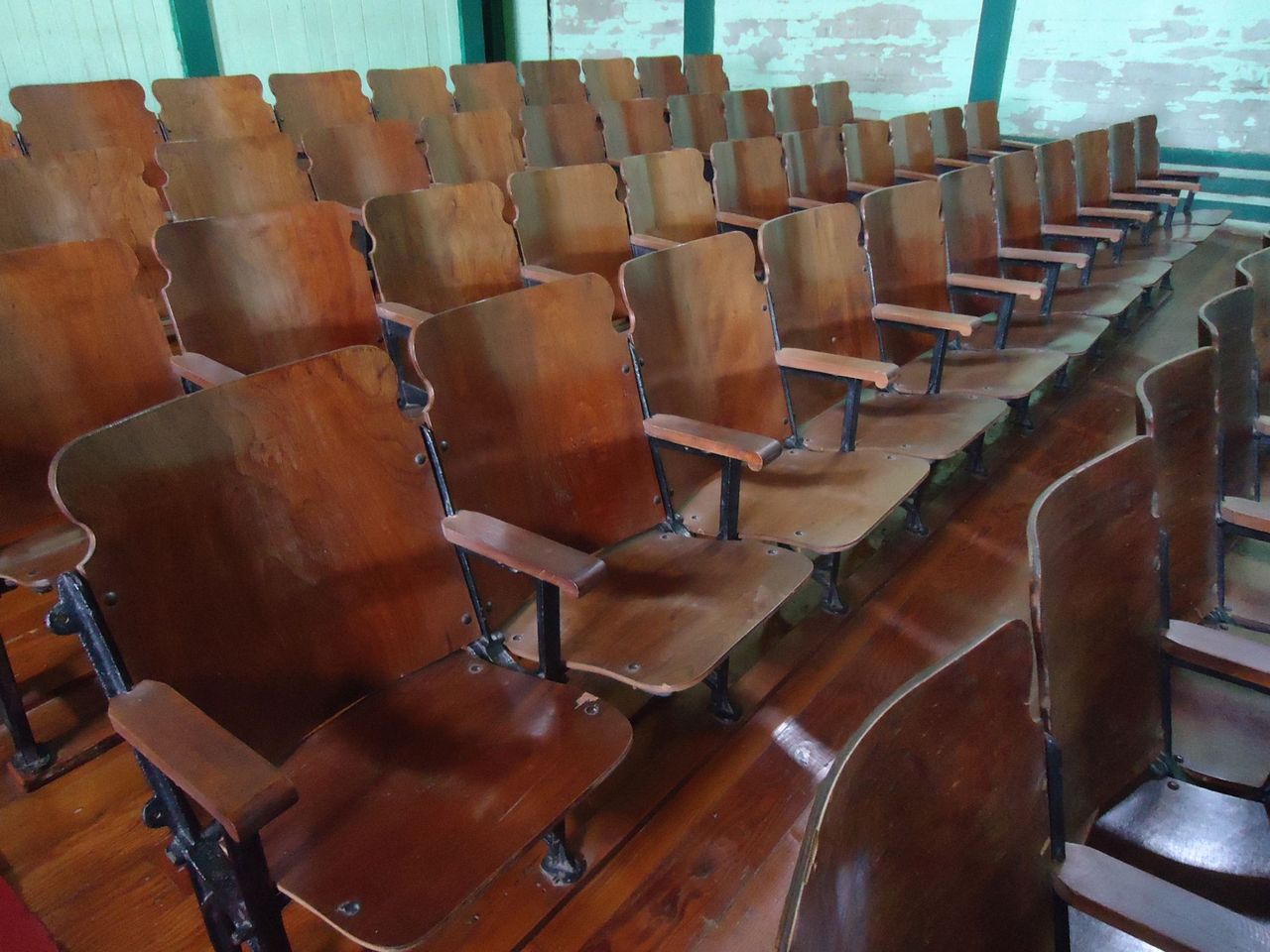
>

The hotel.

Inside the hotel.

The kitchen.
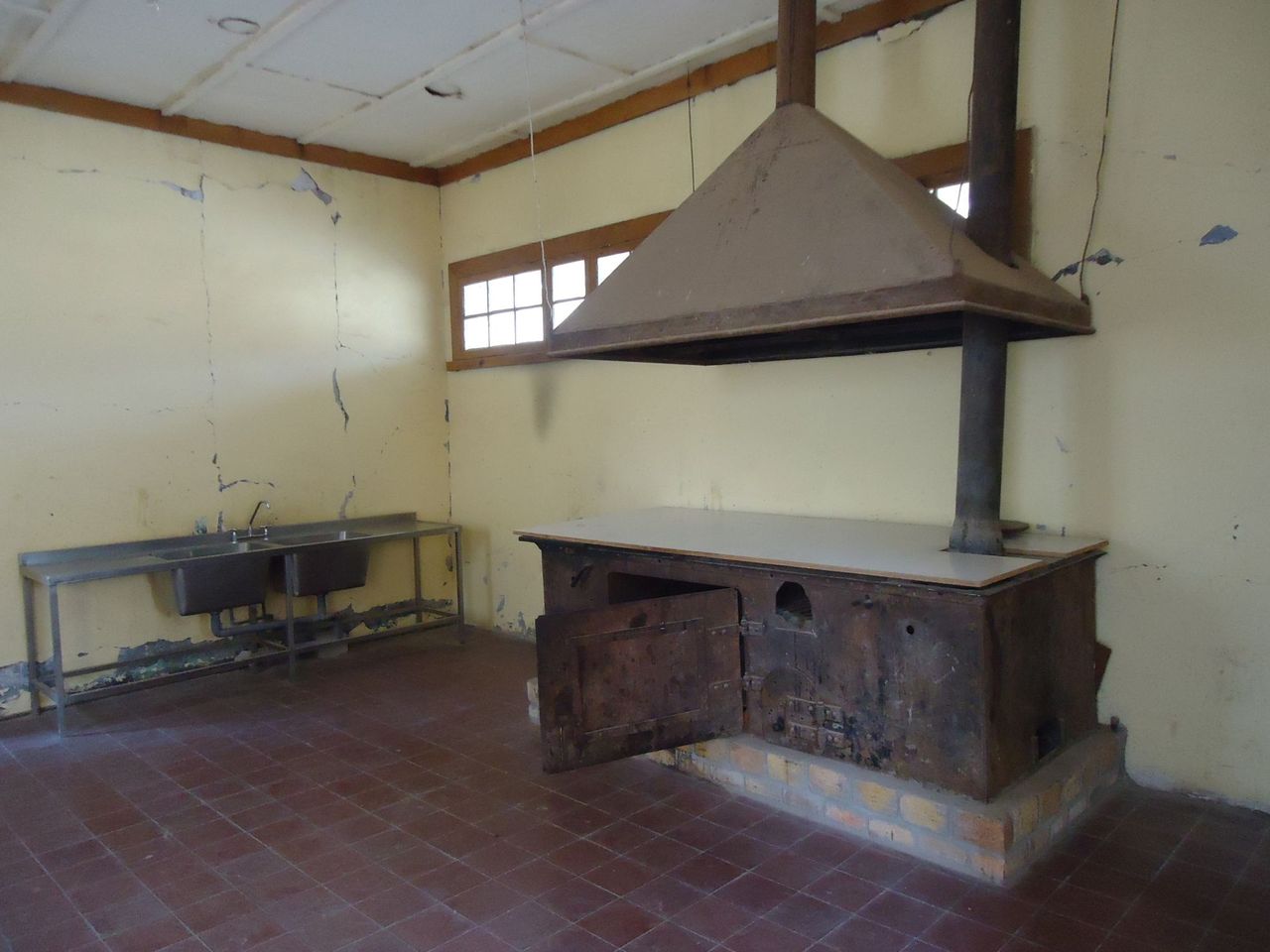
The town’s swimming pool.

The school.


Ads.
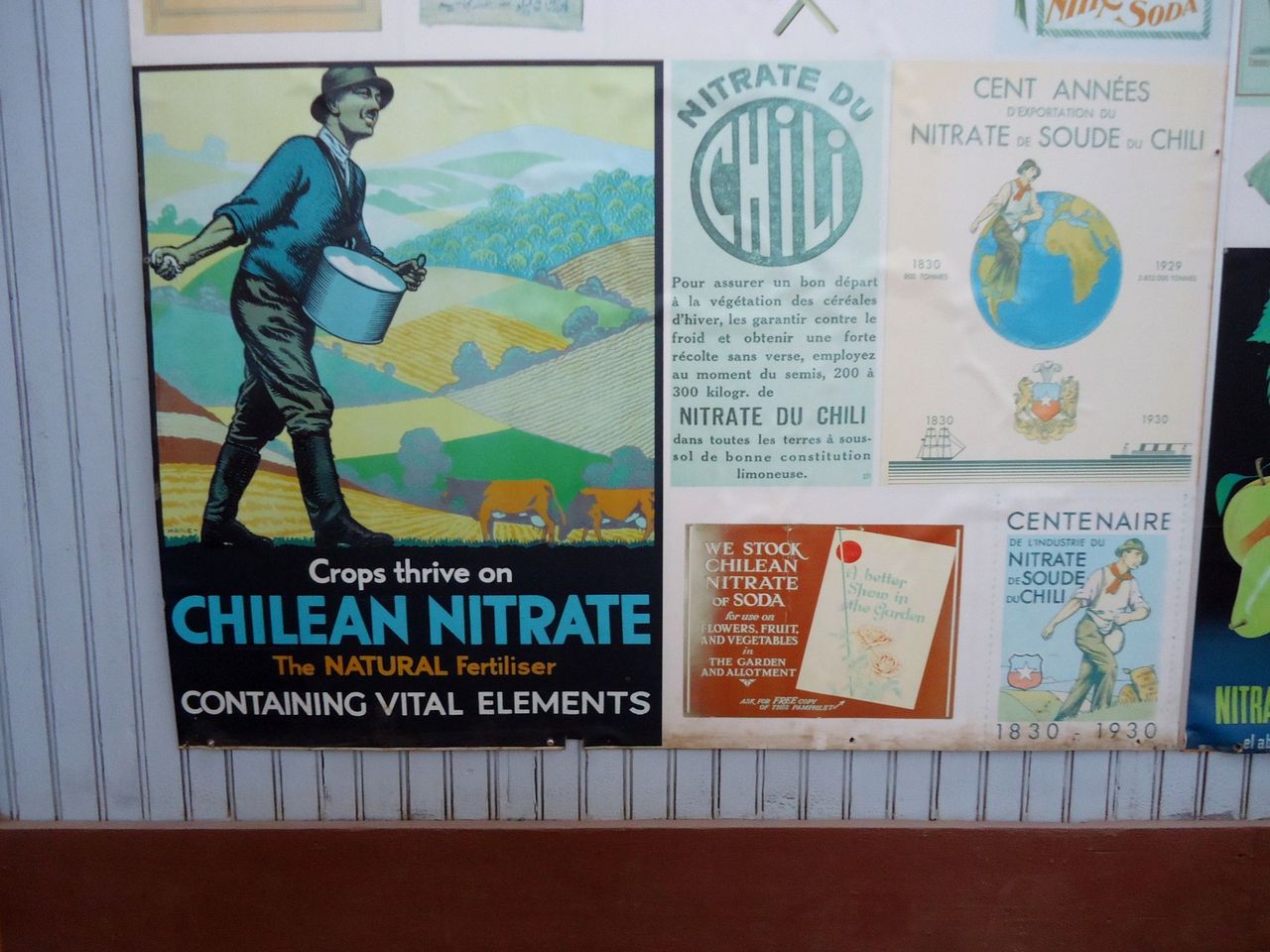
I’m almost relieved when we leave Humberstone. So much rust and ruin were taking a toll on my mood.
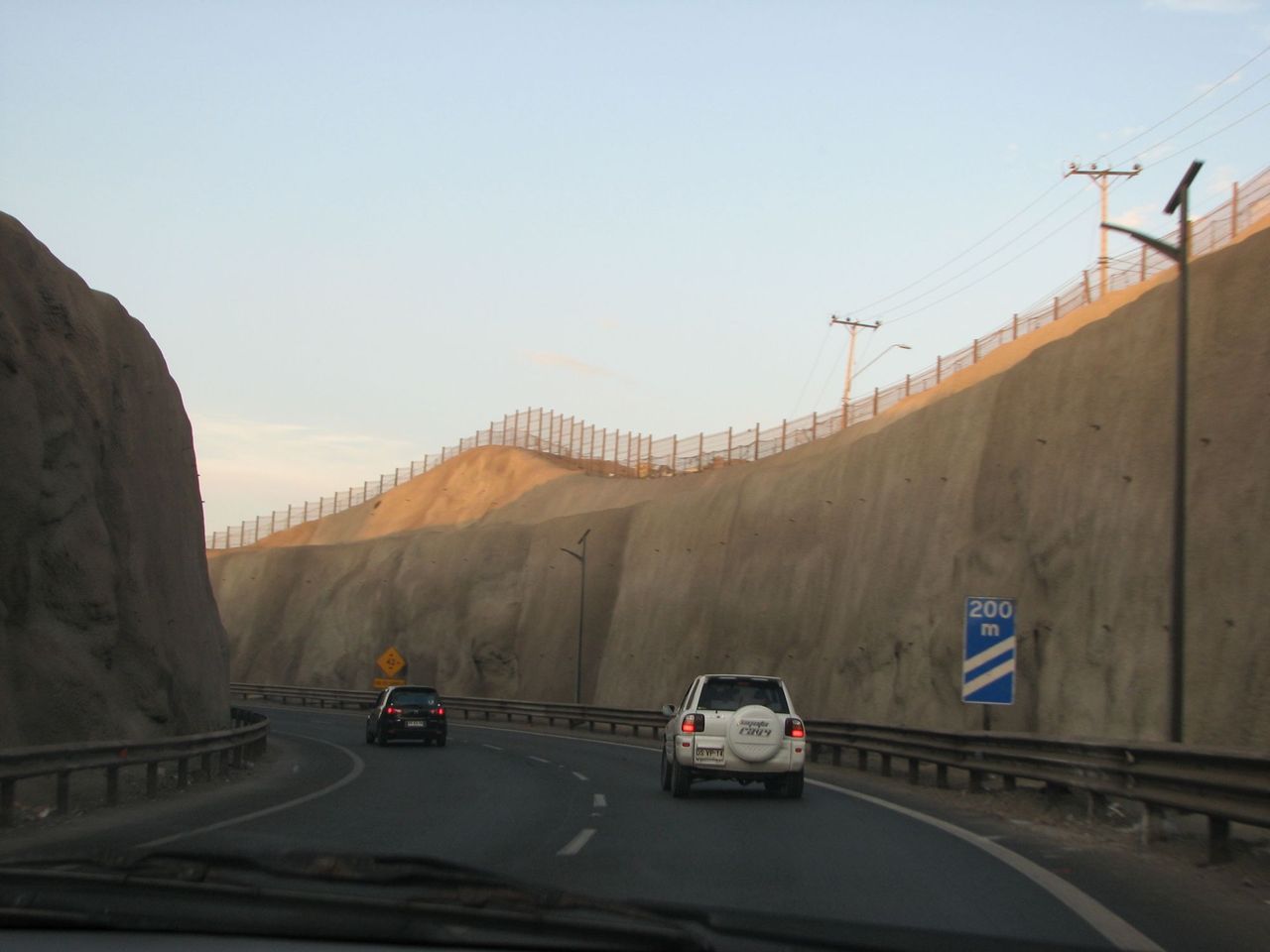
We head west towards Iquique…
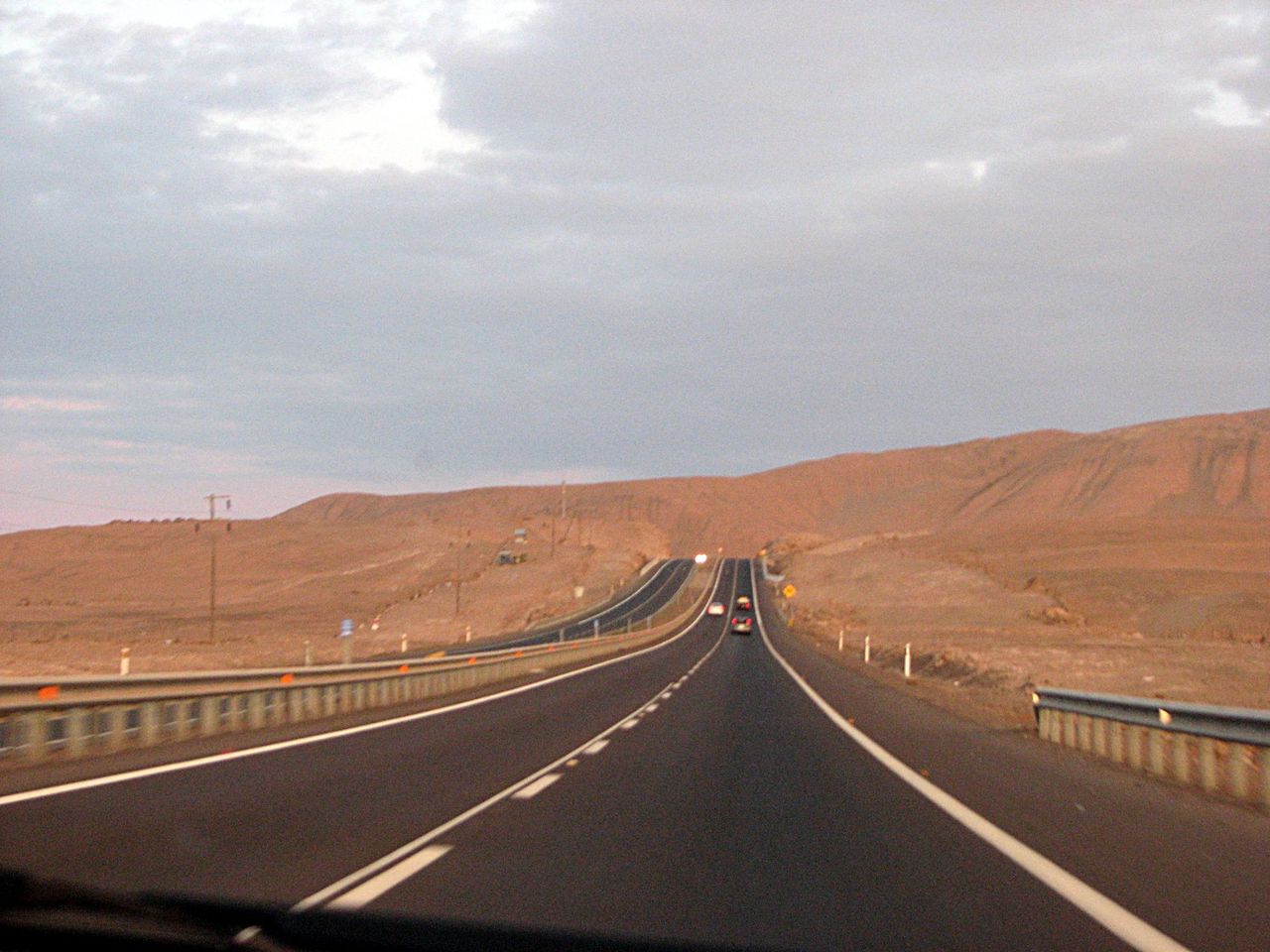
…and drive down the long, long…
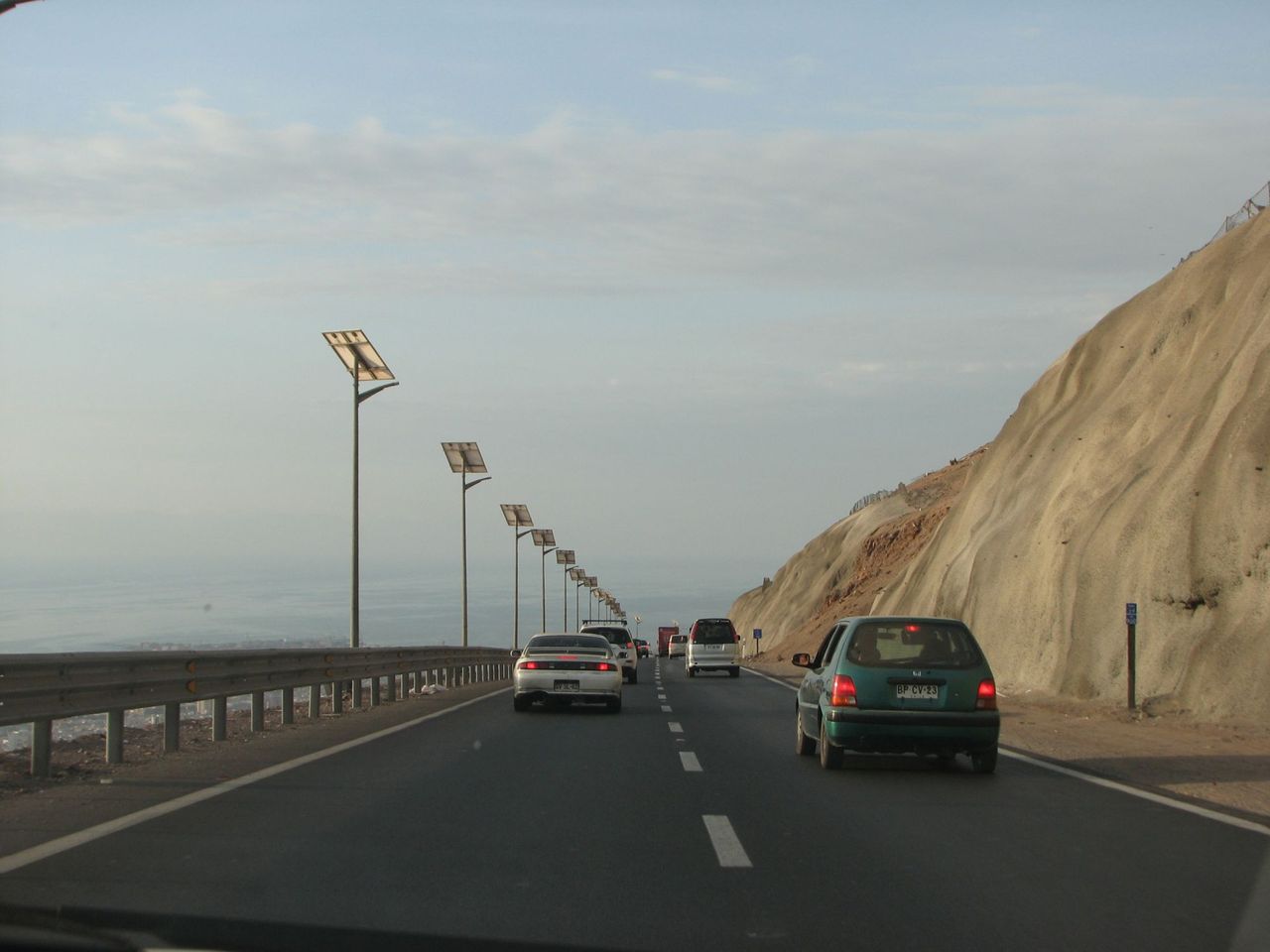
…long road along the cliff flanking the city.
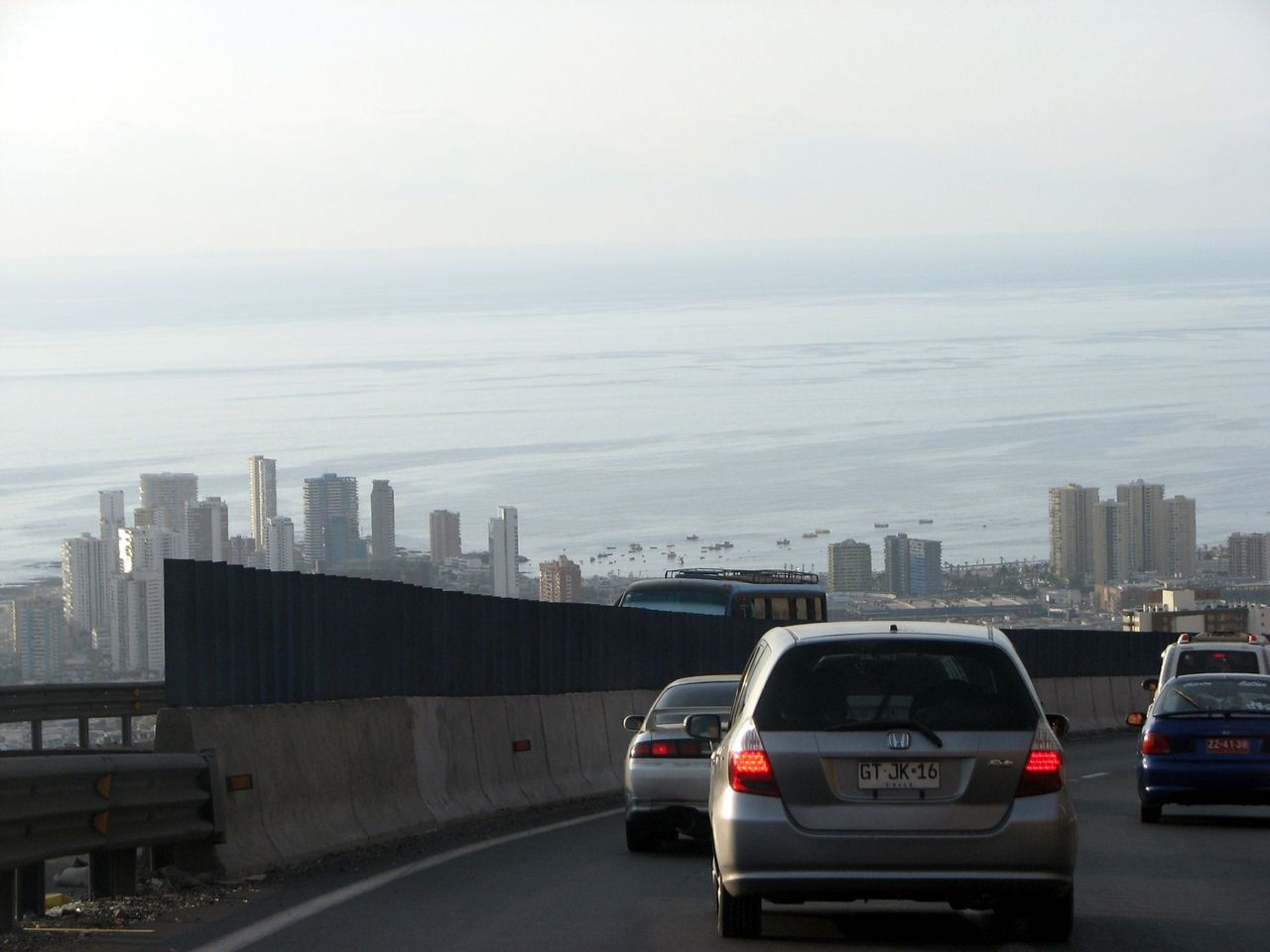
Aaahhh… civilization at last.

Adiós, Iquique: To the airport
IQQ airport is some 40km south of the city.
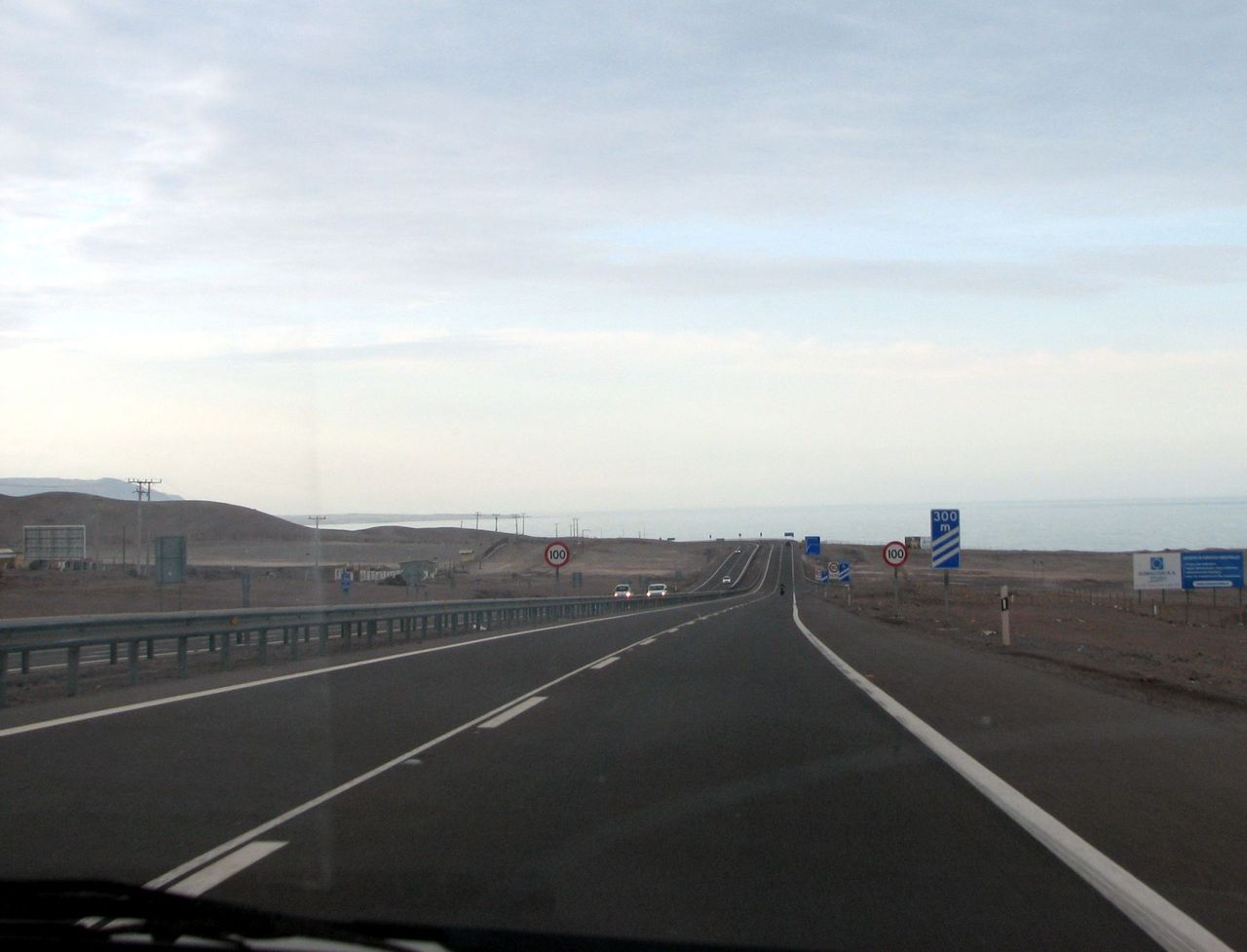
From the road I can see some military facilities…
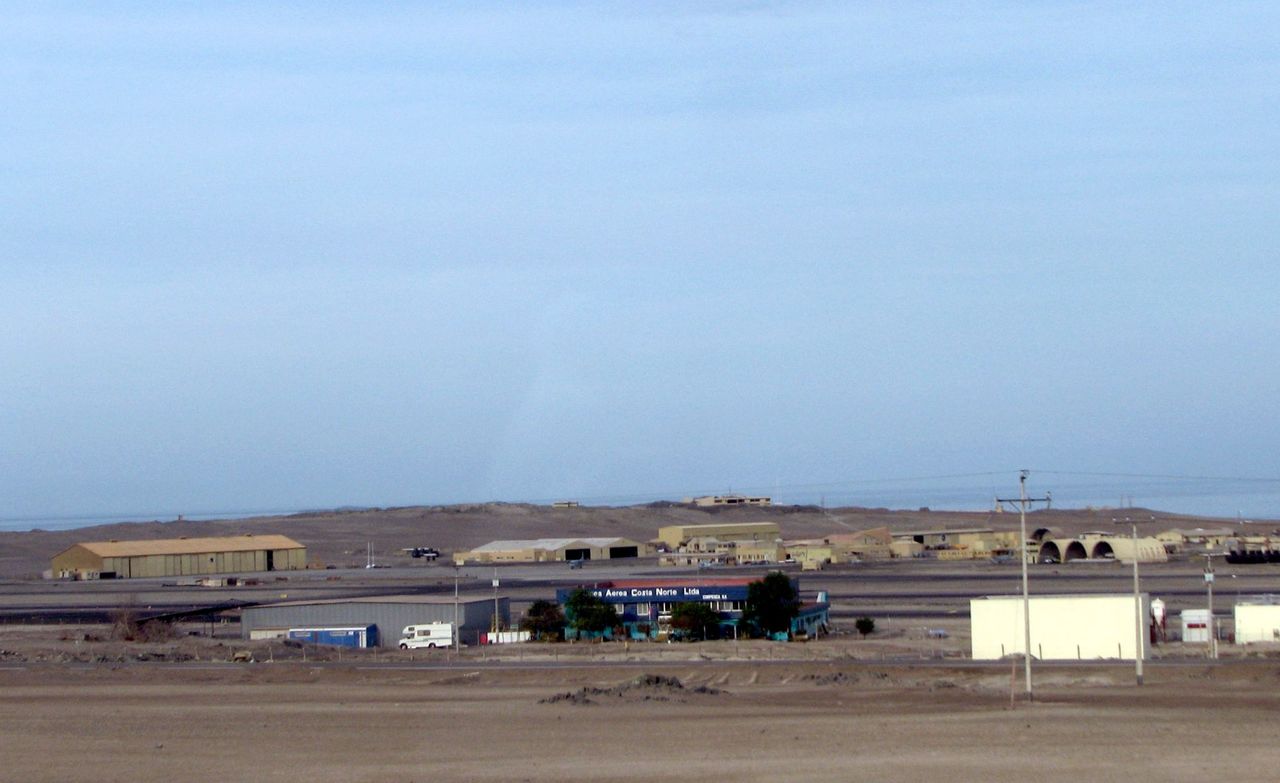
…and the control tower.
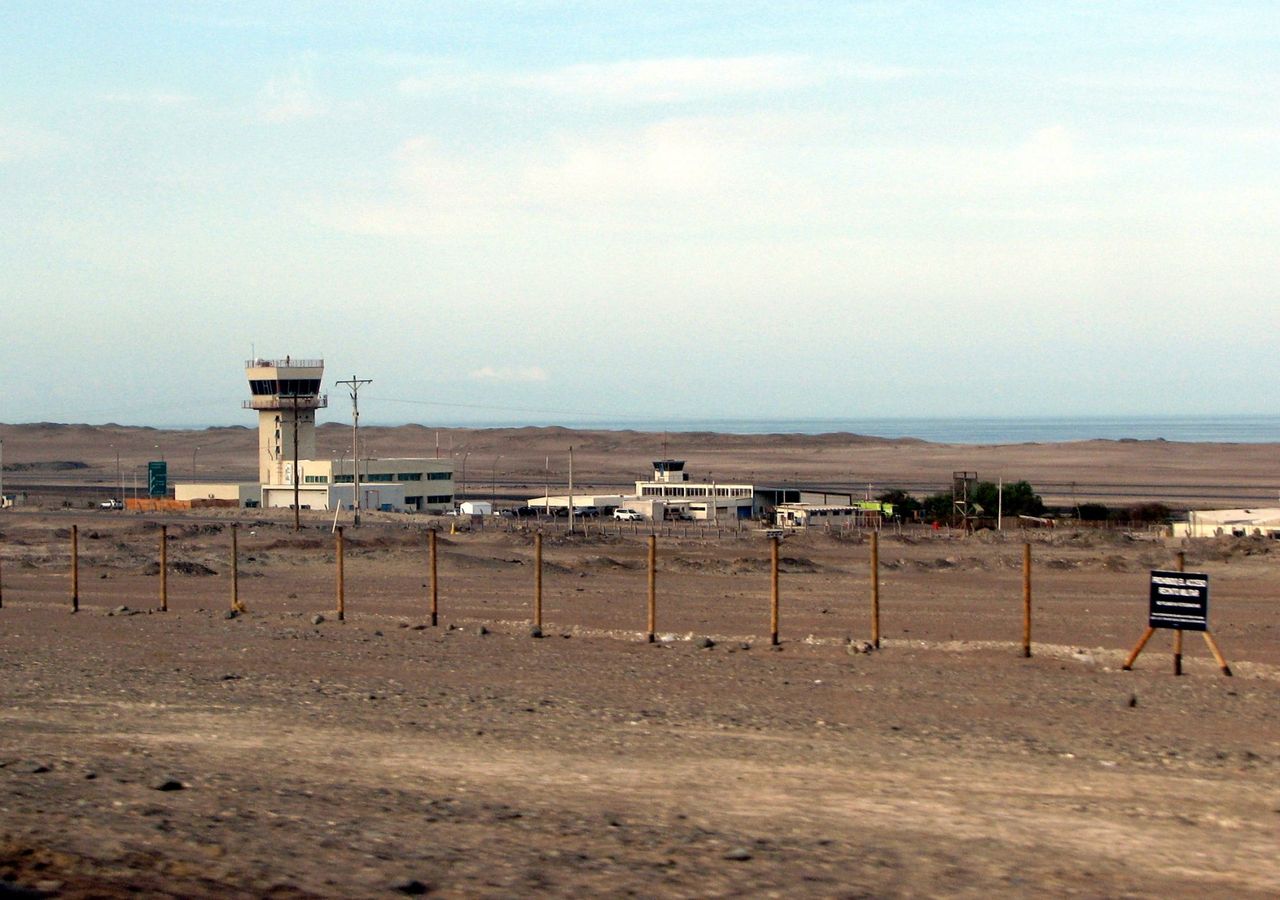
If you keep going south, you get to Antofagasta, the most expensive city in Chile. I will probably visit it in 2018, and the report will include a bonus about a trip to ALMA observatory. I can’t wait!

At the airport entrance, this government’s ad announces that the apron is being maintained.
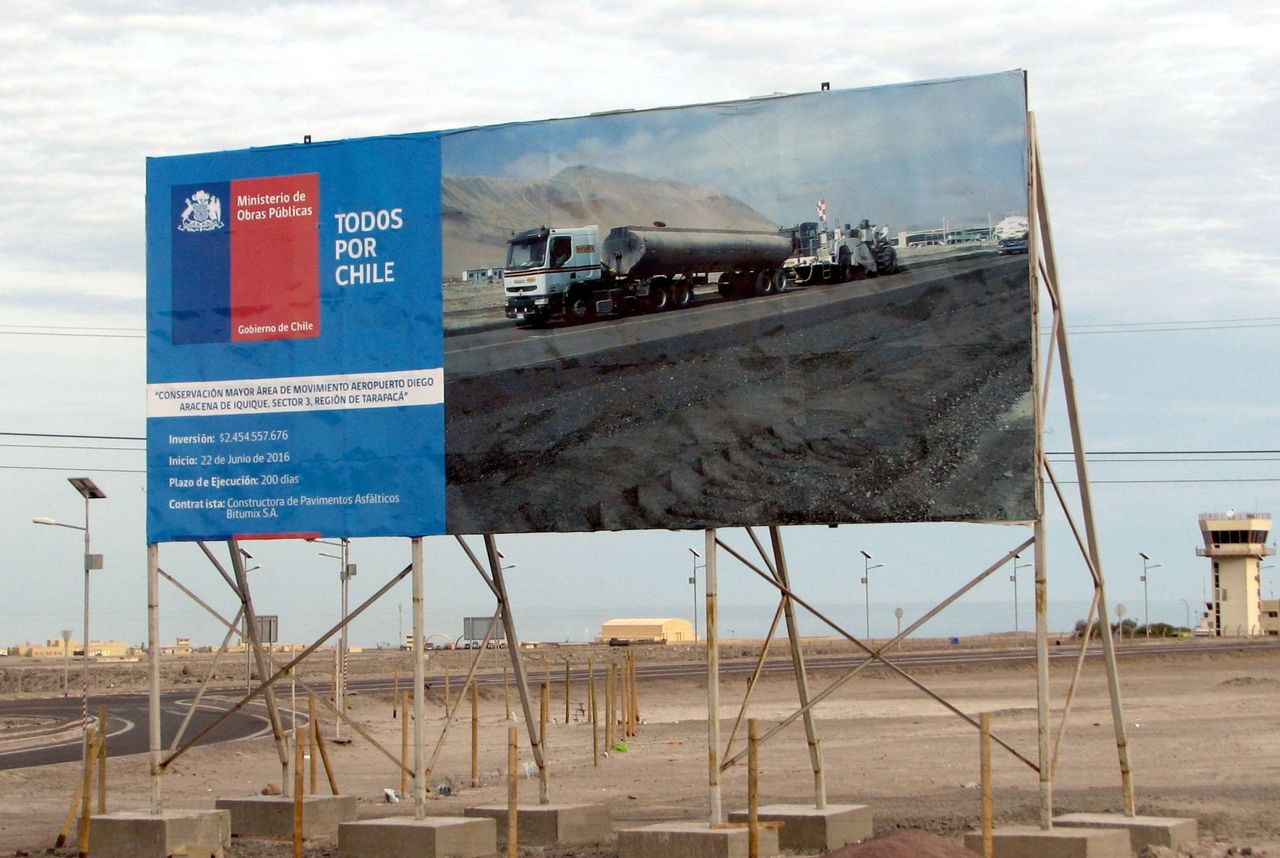
Of all the Chilean airports that I have visited, IQQ has the biggest number of strange artifacts on display.

This represents a saltpeter miner, like those who worked in Humberstone.
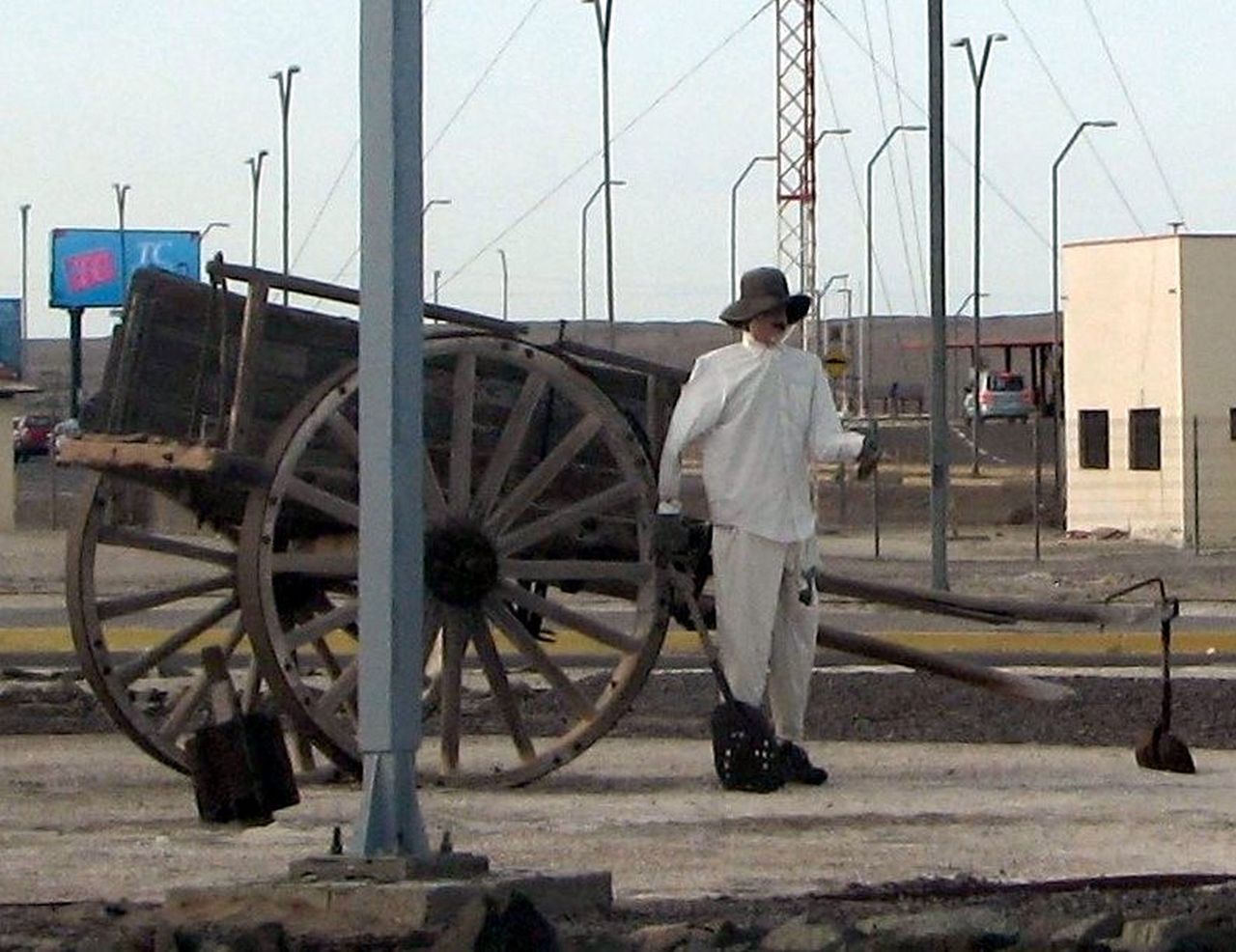
Approaching the terminal.
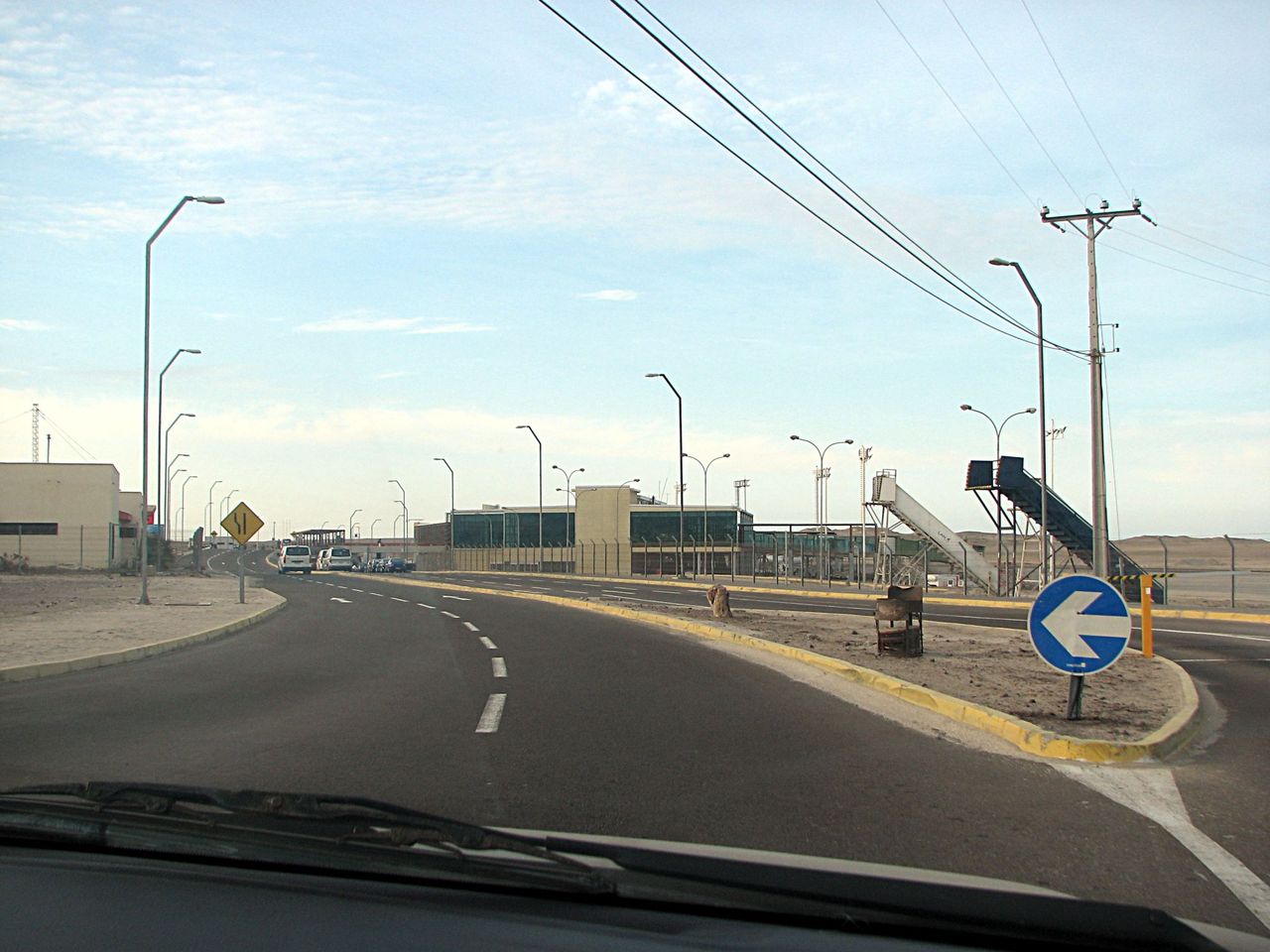
>
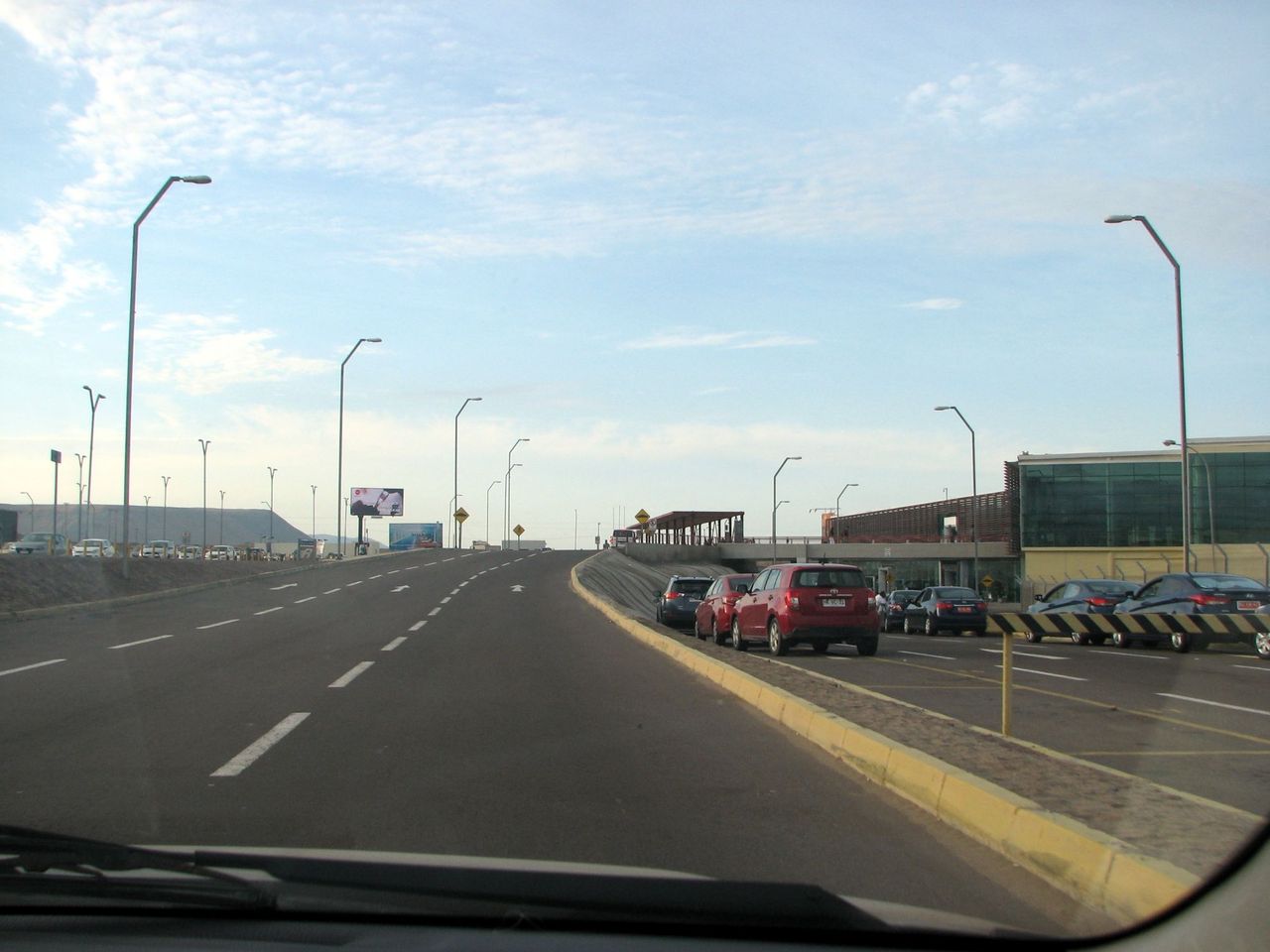
>
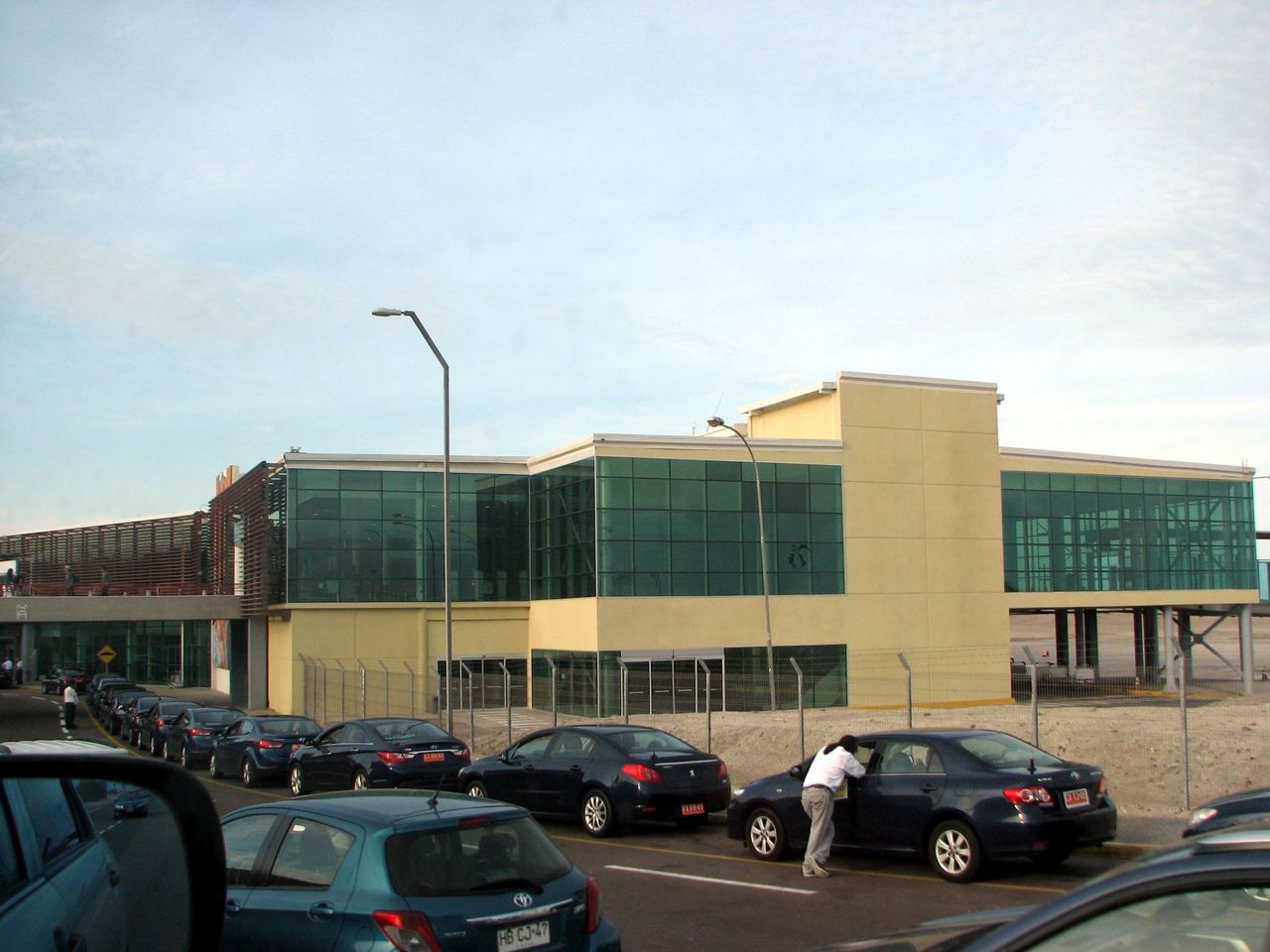
>
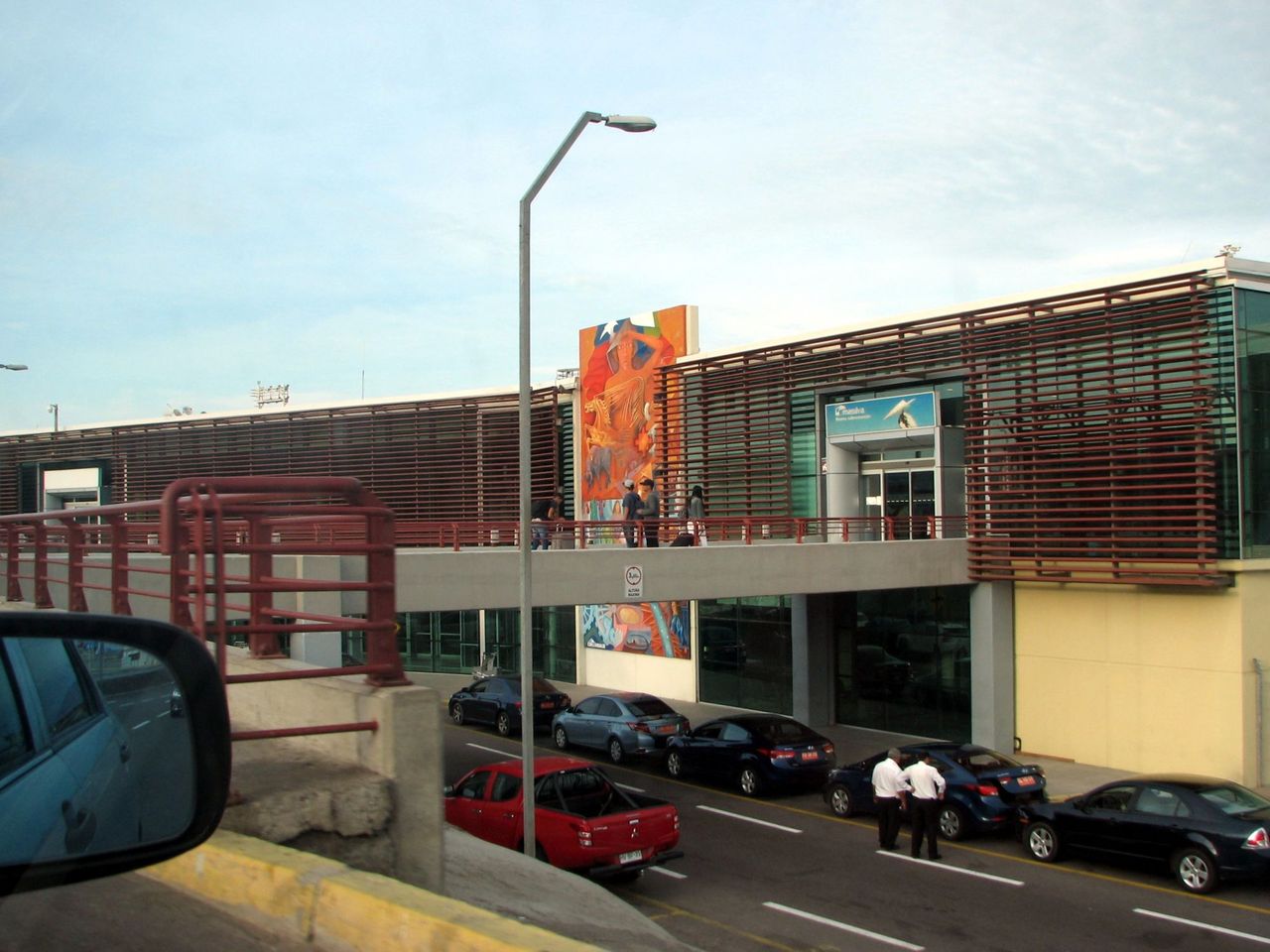
Here we are.
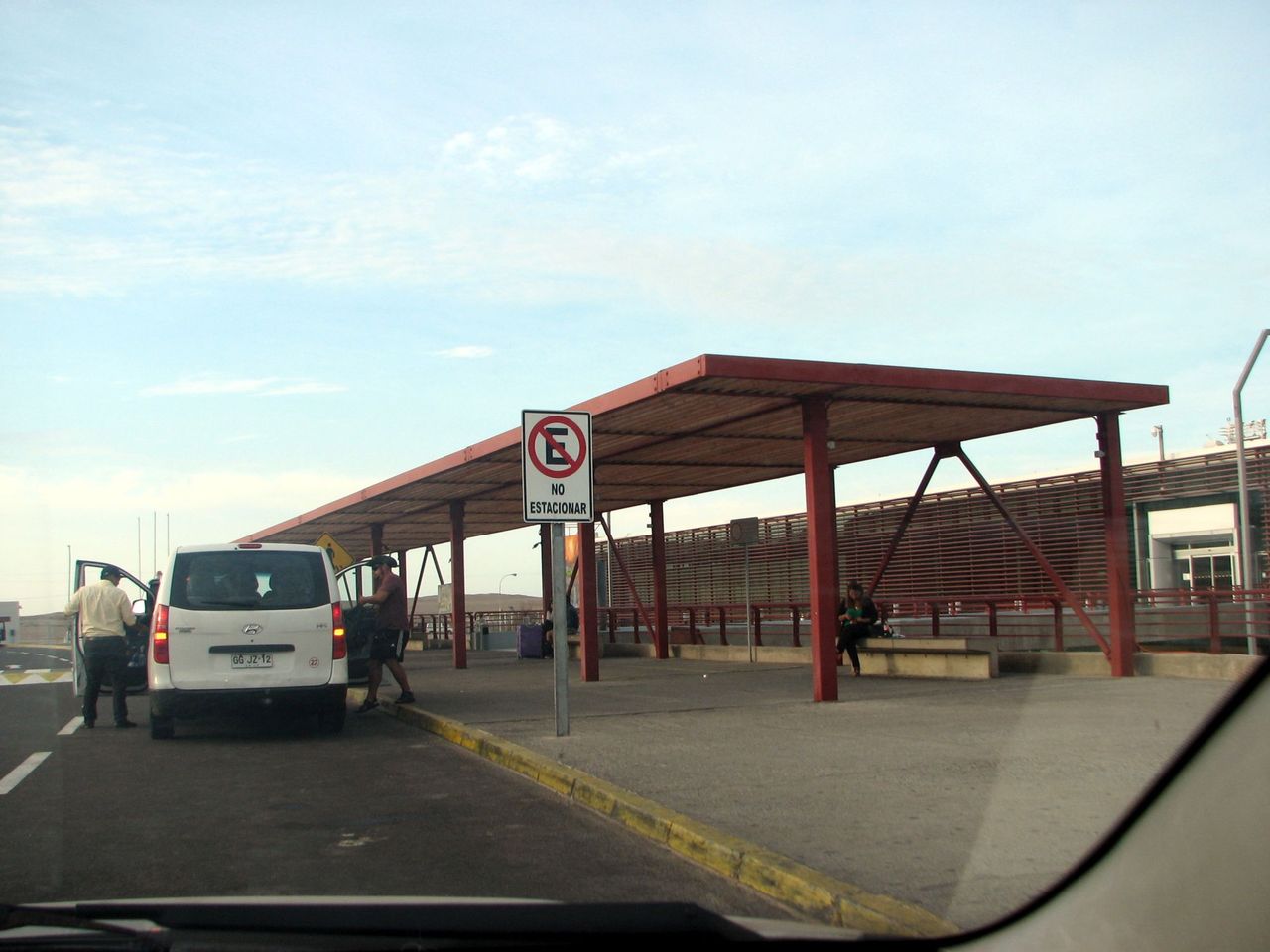
The parking lot opposite the terminal.
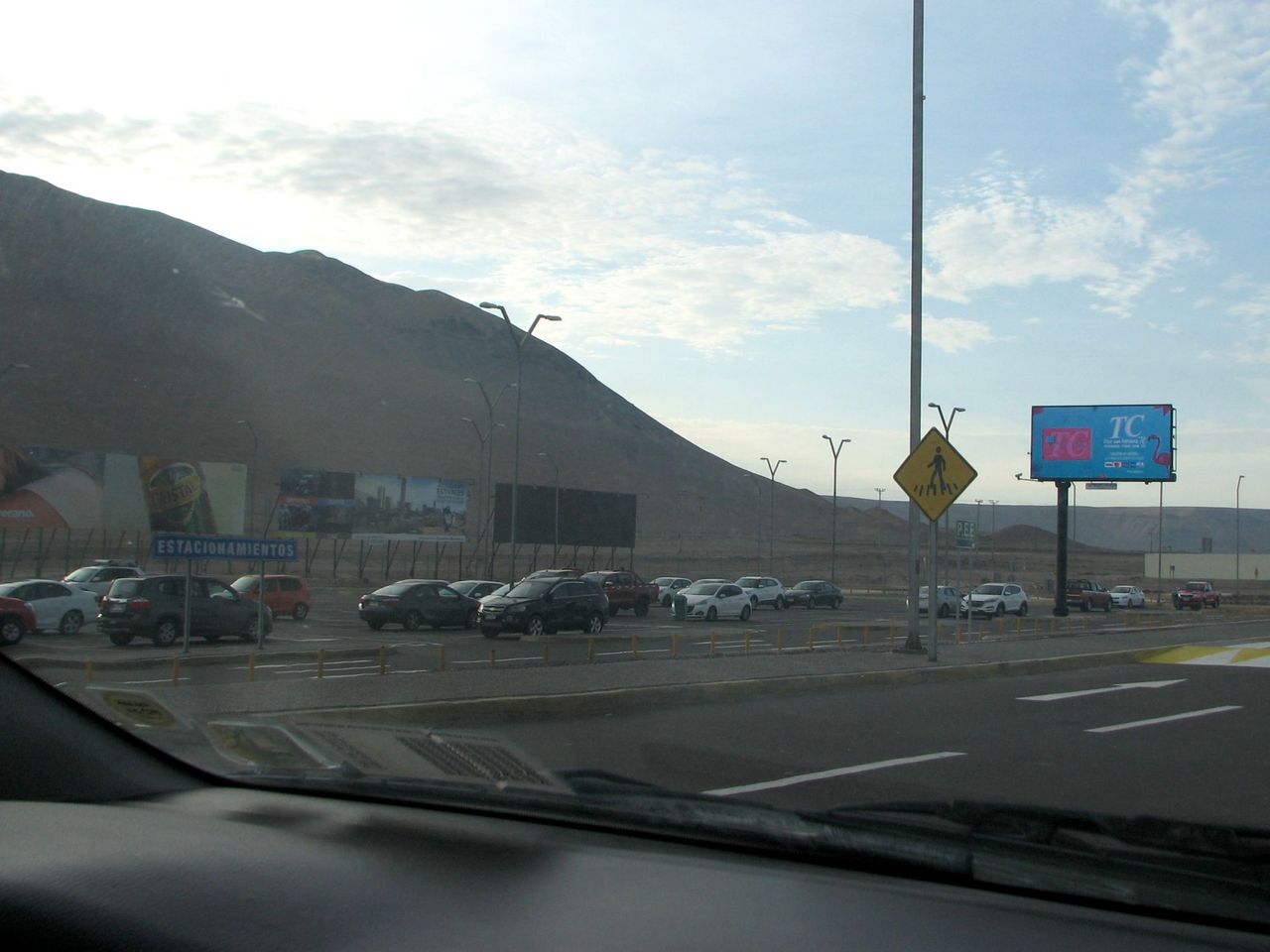
Estacionamientos. Quite a long word for parking lot. There’s also an emergency meeting point.
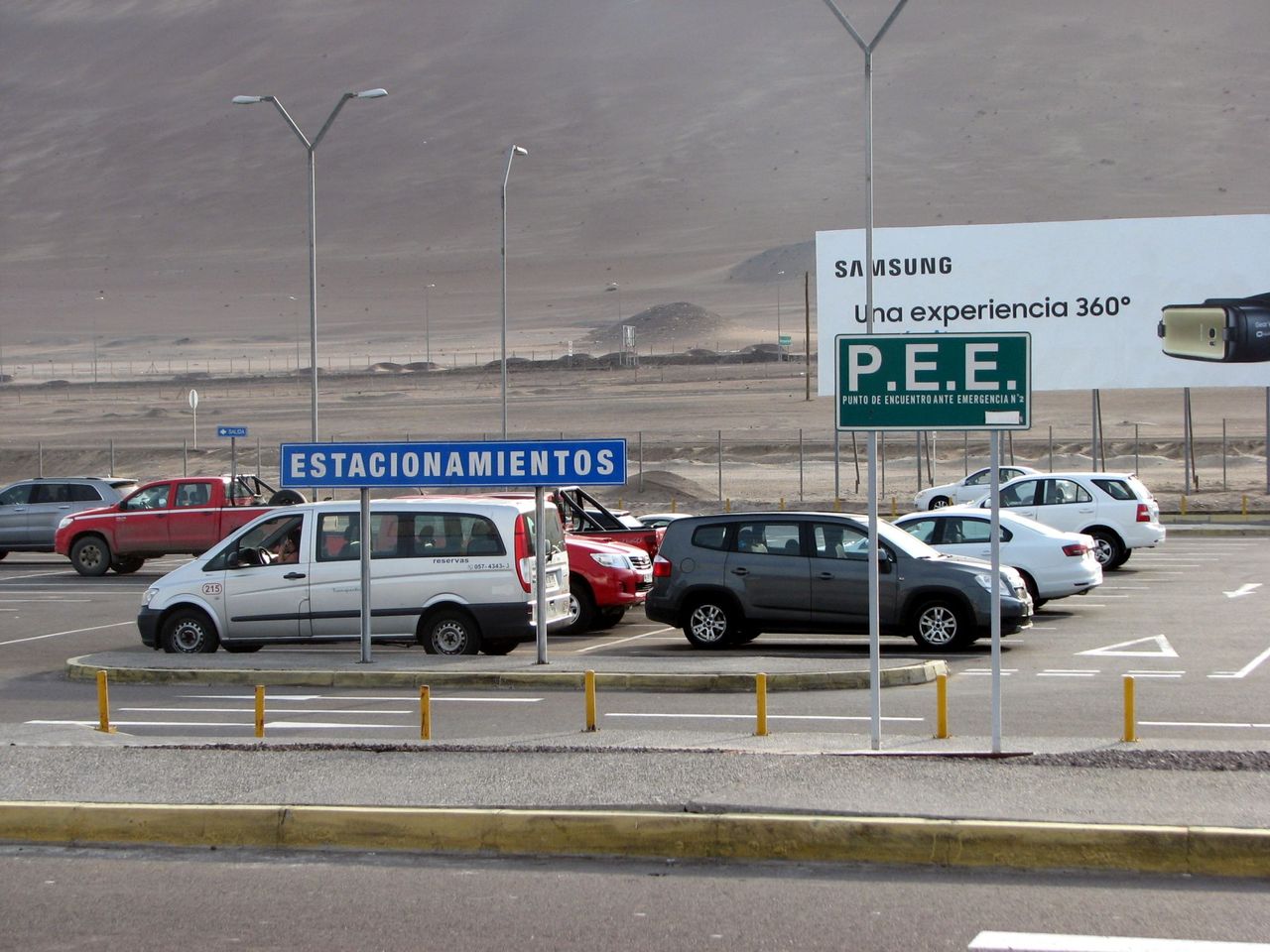
The terminal has two exits. North…
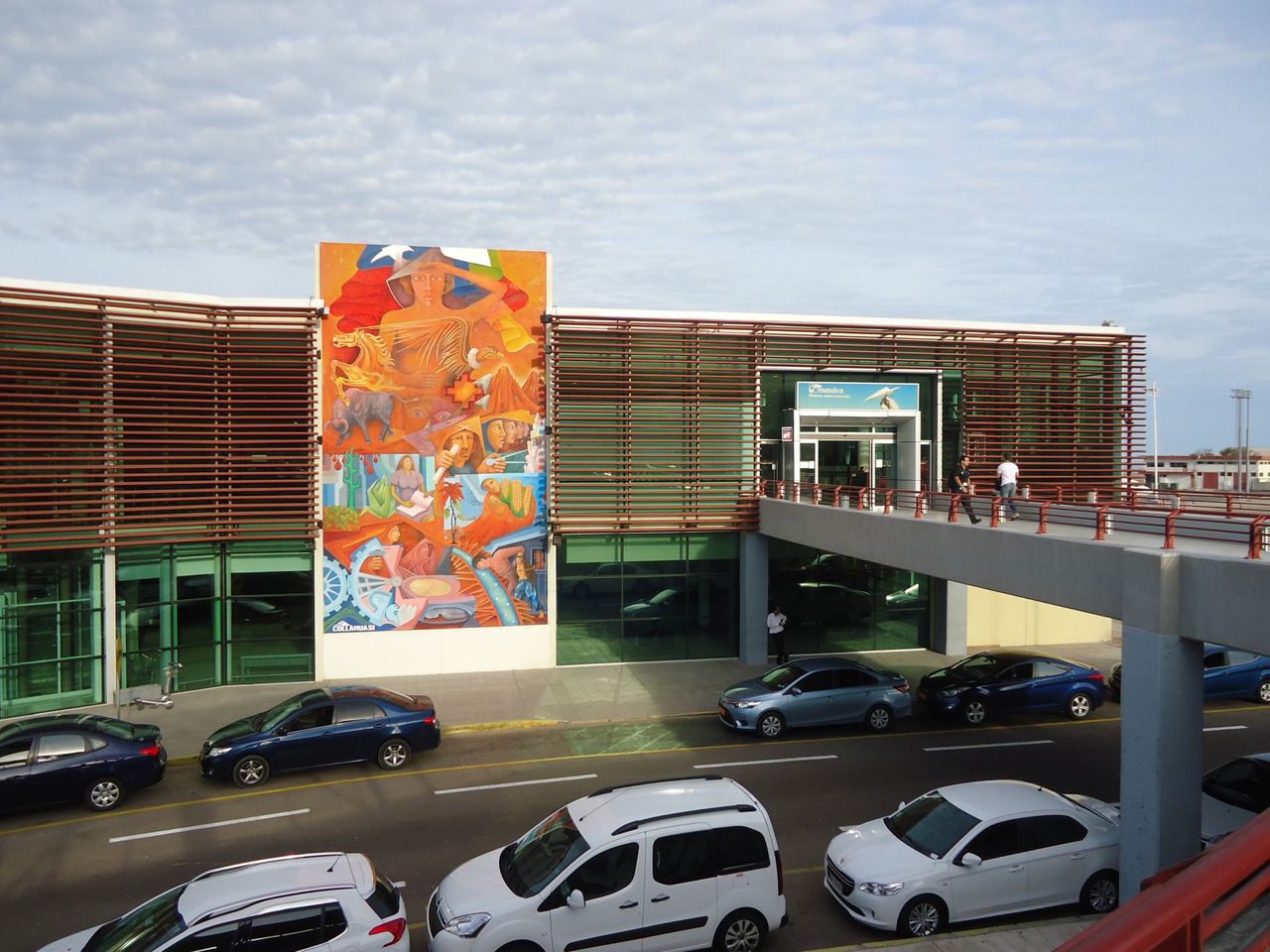
…and south.

As I enter the terminal through the north access…
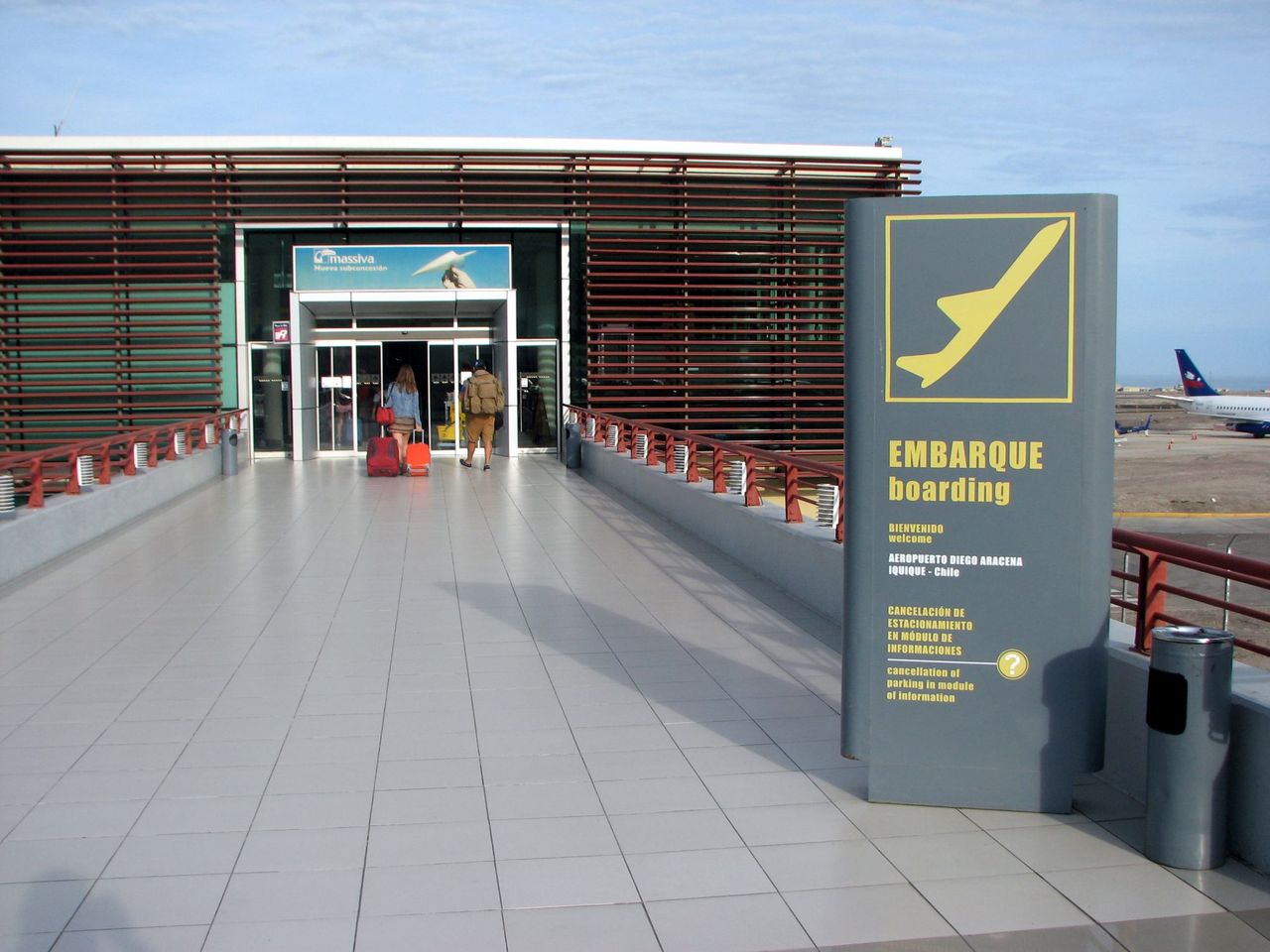
…this is the view to the right.
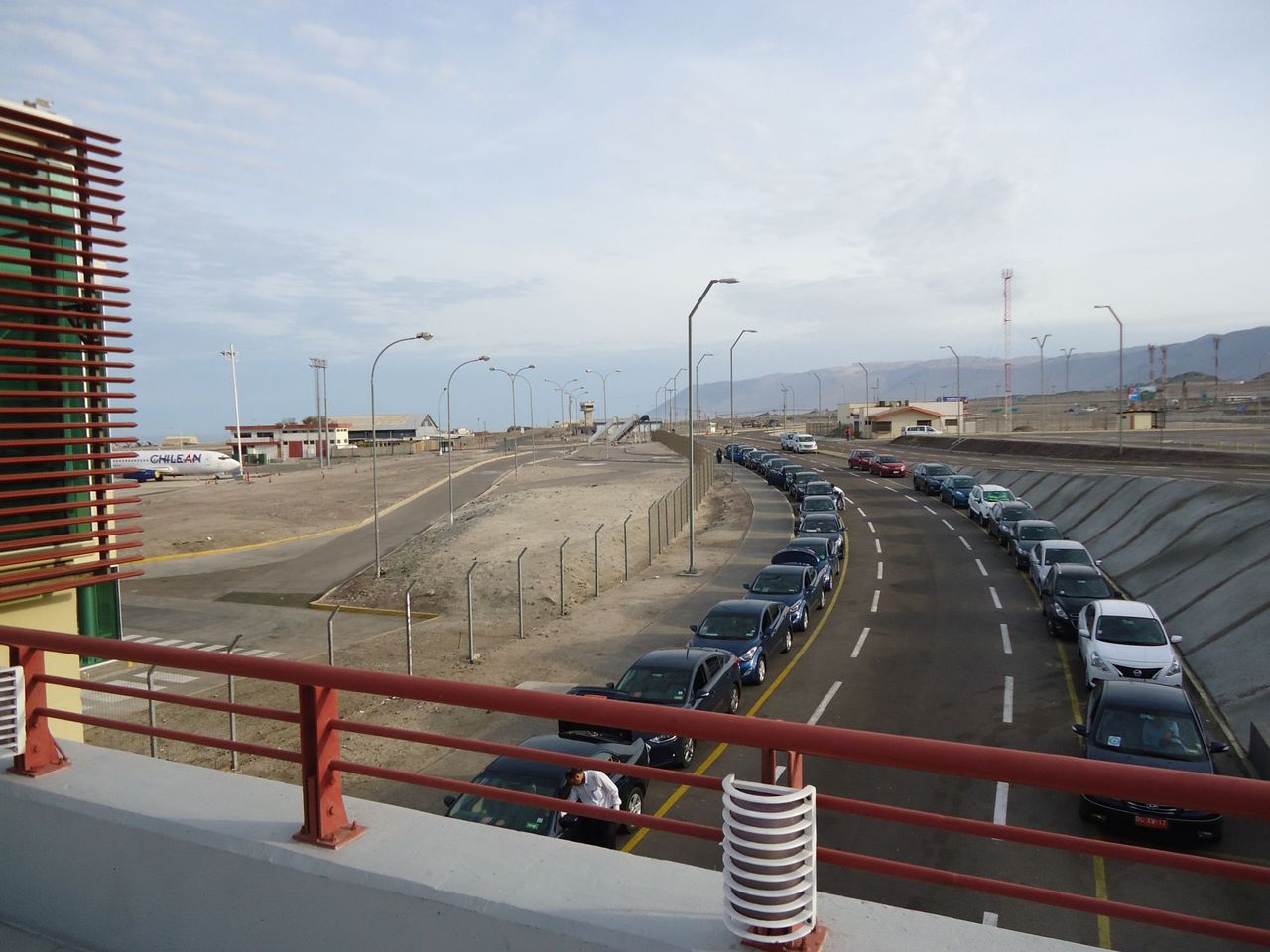
Parked next to the terminal is CC-CVI, an old 737-200. Quite attractive for me. My first flight EVER was on a 737-200, and I’d love to repeat the experience.

And this is the view to the left.
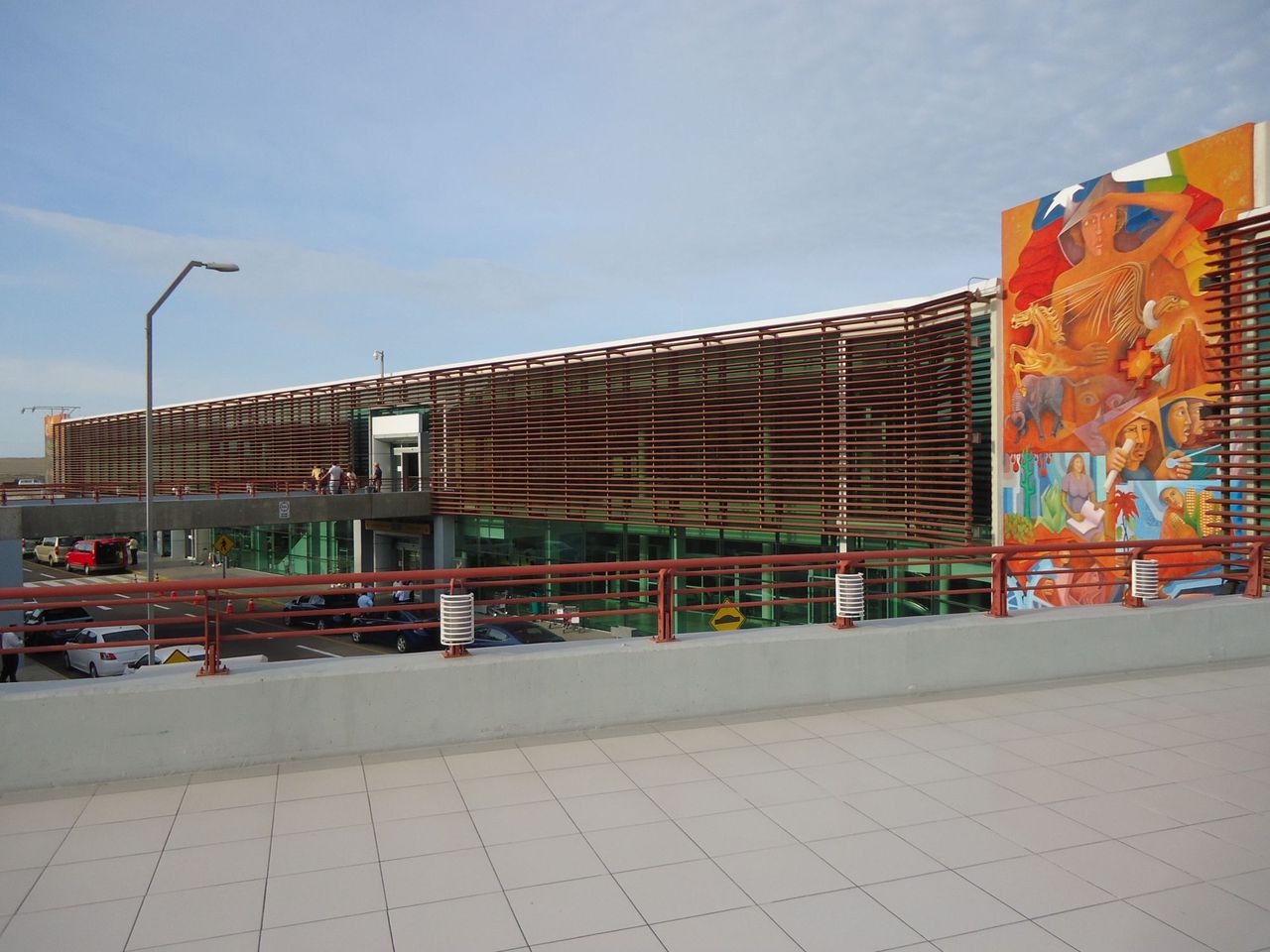
Lucky me. It’s early. I won’t have to wait long to check in. ^^

This is what the terminal looks like from the check-in area.

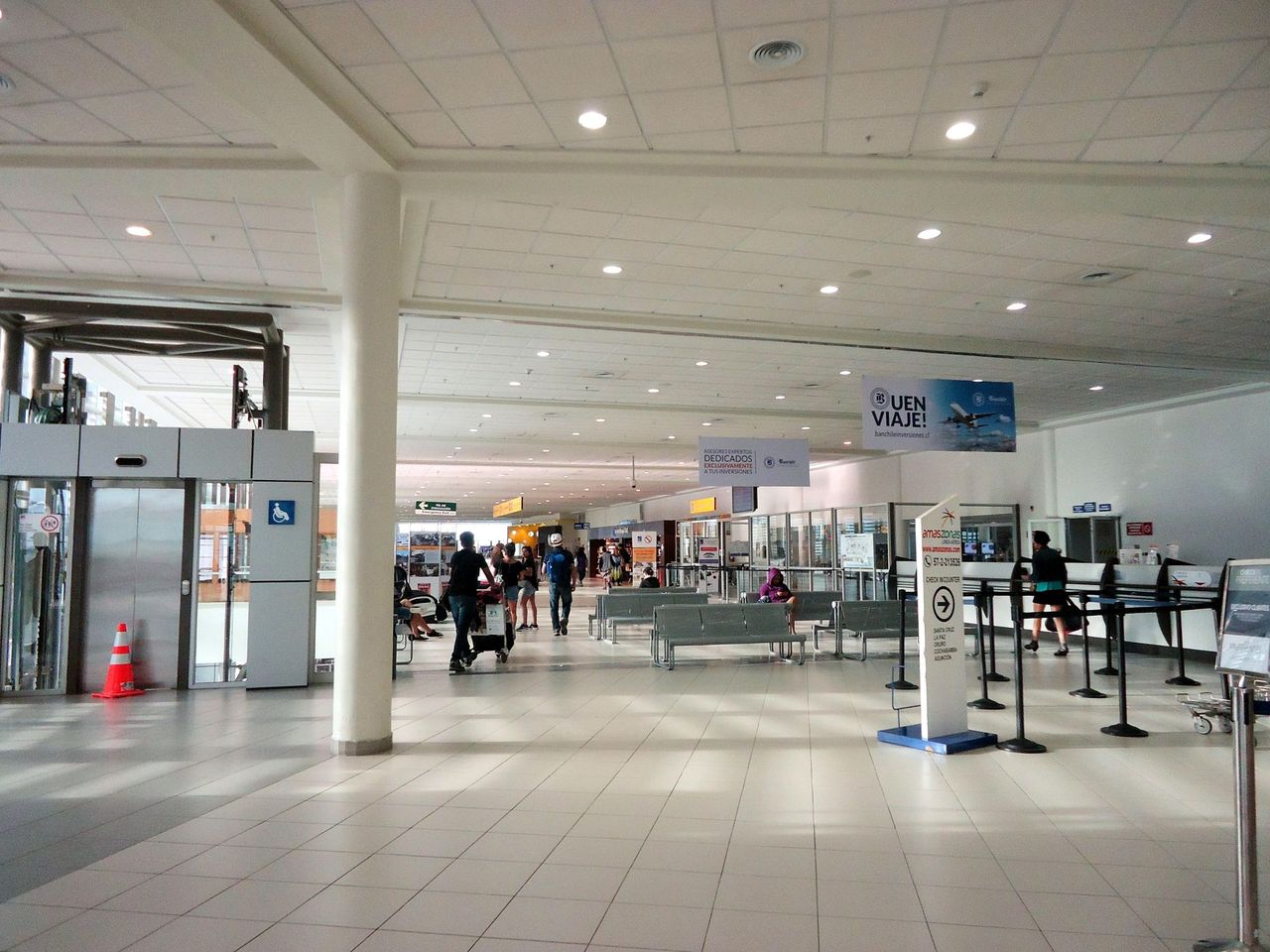
My thermal paper boarding pass and my hand luggage ticket.

Still plenty of time before boarding time. At the north end of the terminal, by the check-in counters, are these self check-in machines.
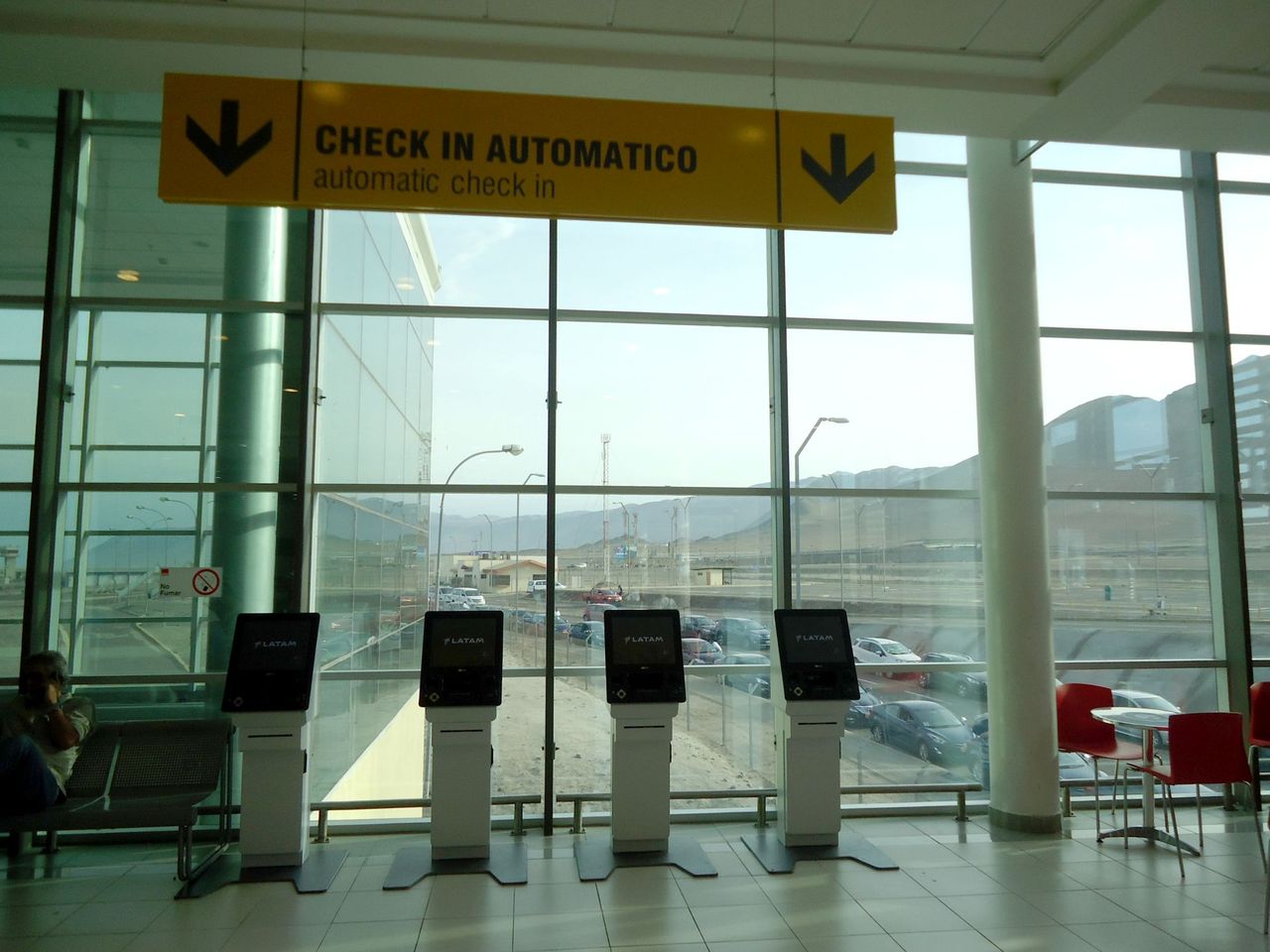
Very modern.
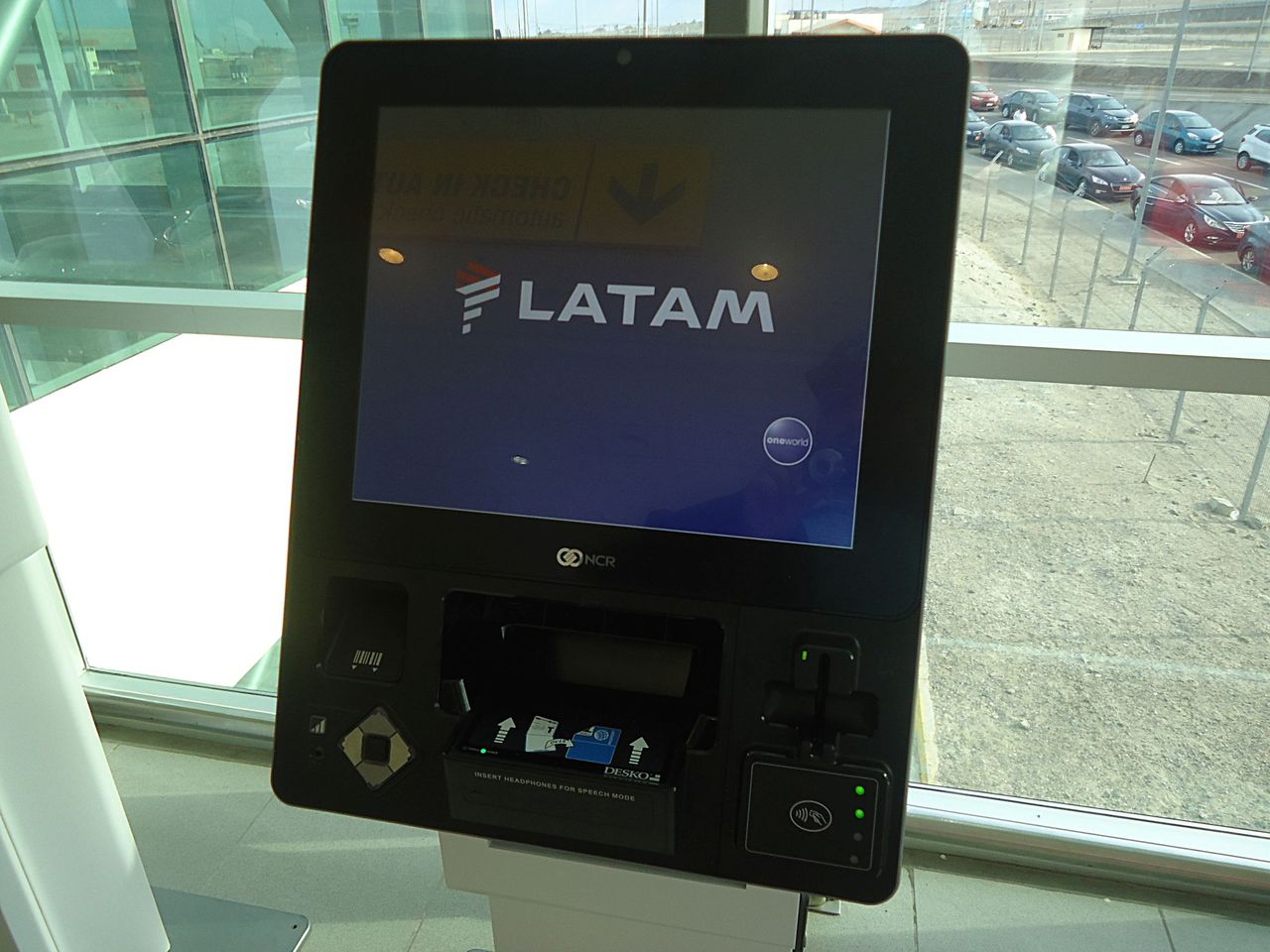
Let’s go for a tour around the premises. This is the south end of the terminal.
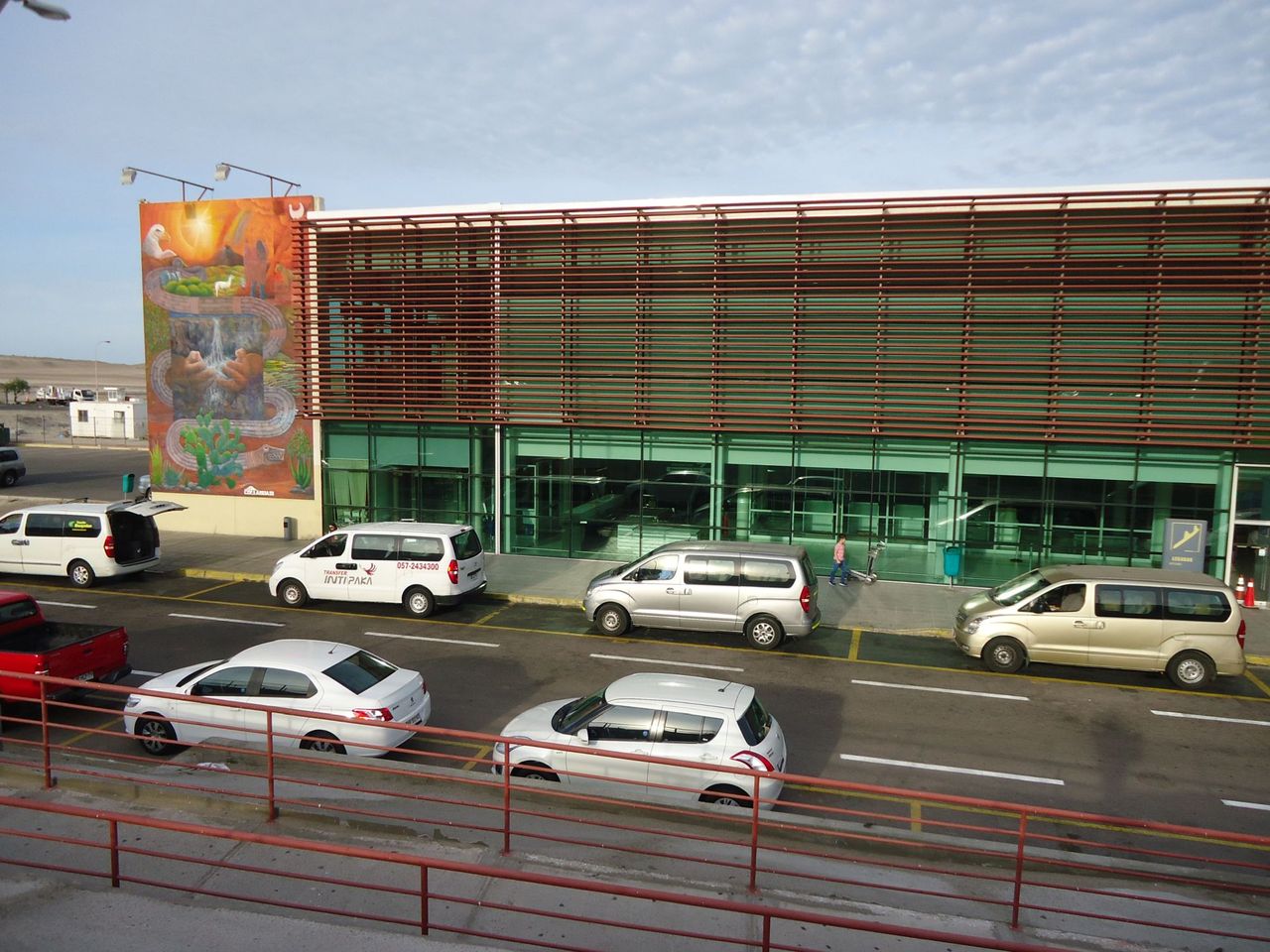
There are murals by Aymar Yuthawi - an artist with Aymara ancestry - a disciple of the Ecuadoran artist Guayasamín.
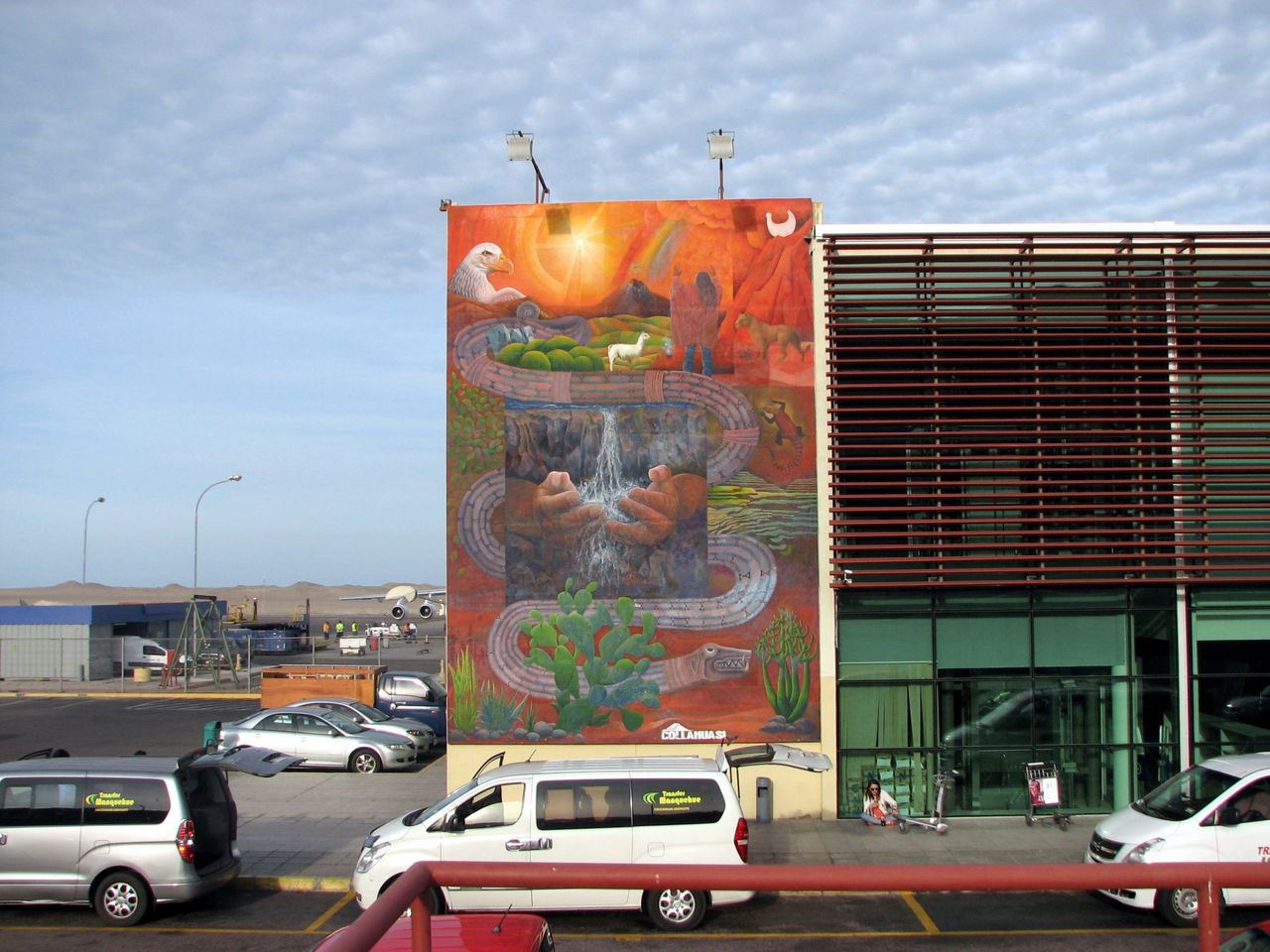
What do my deep brown dreamy eyes see on the left? A wing? Two turbines?
Oh, Dios! It’s CC-AJS, Aerovías DAP’s BAe Avro RJ85 !!!
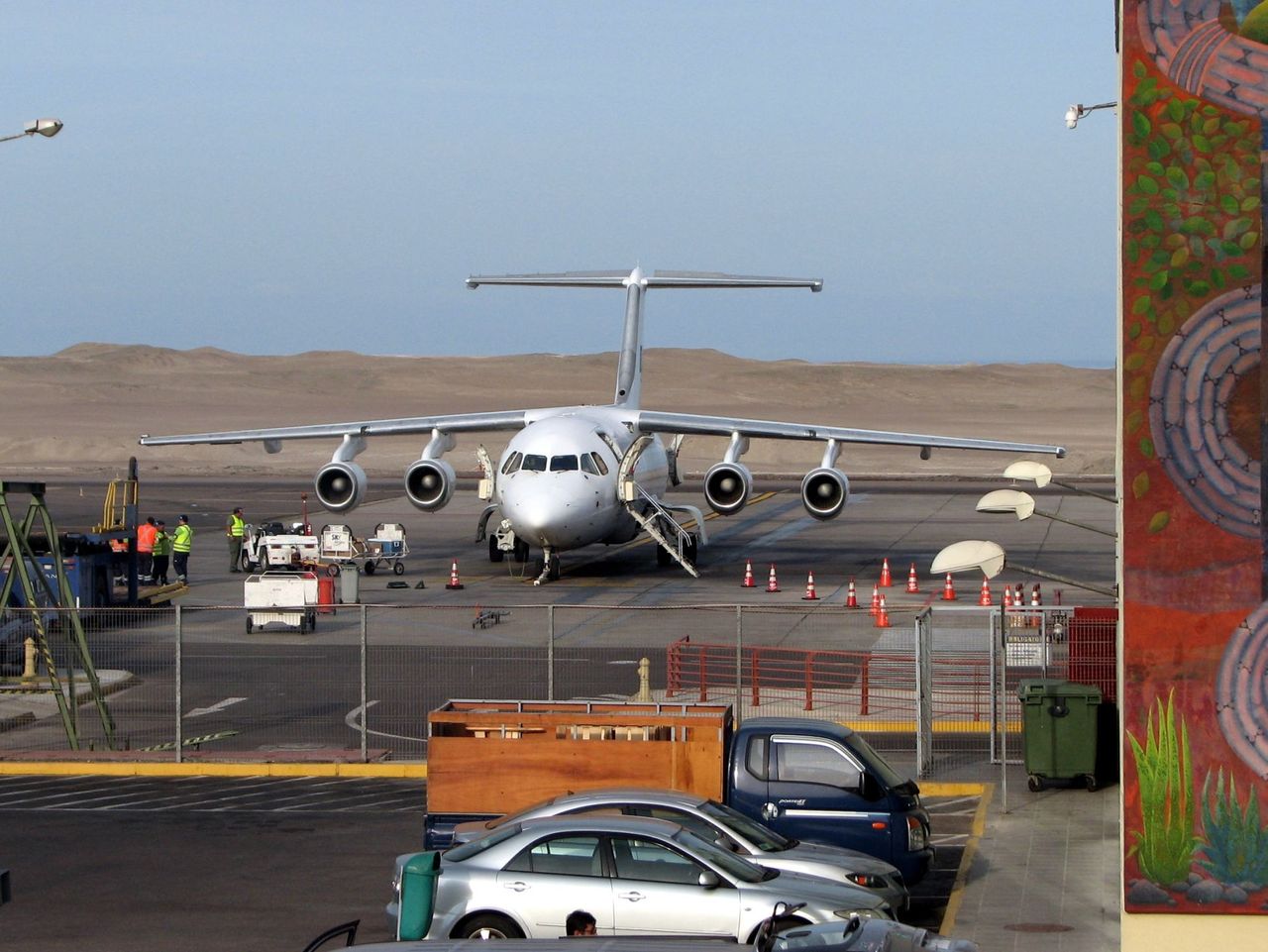
A very unusual view in my country’s binary Airbus/Boeing commercial aircraft scope. DAP is using it for a seasonal route between Iquique and Jujuy, in Argentina.

Opposite the south end of the terminal are those sculptures.
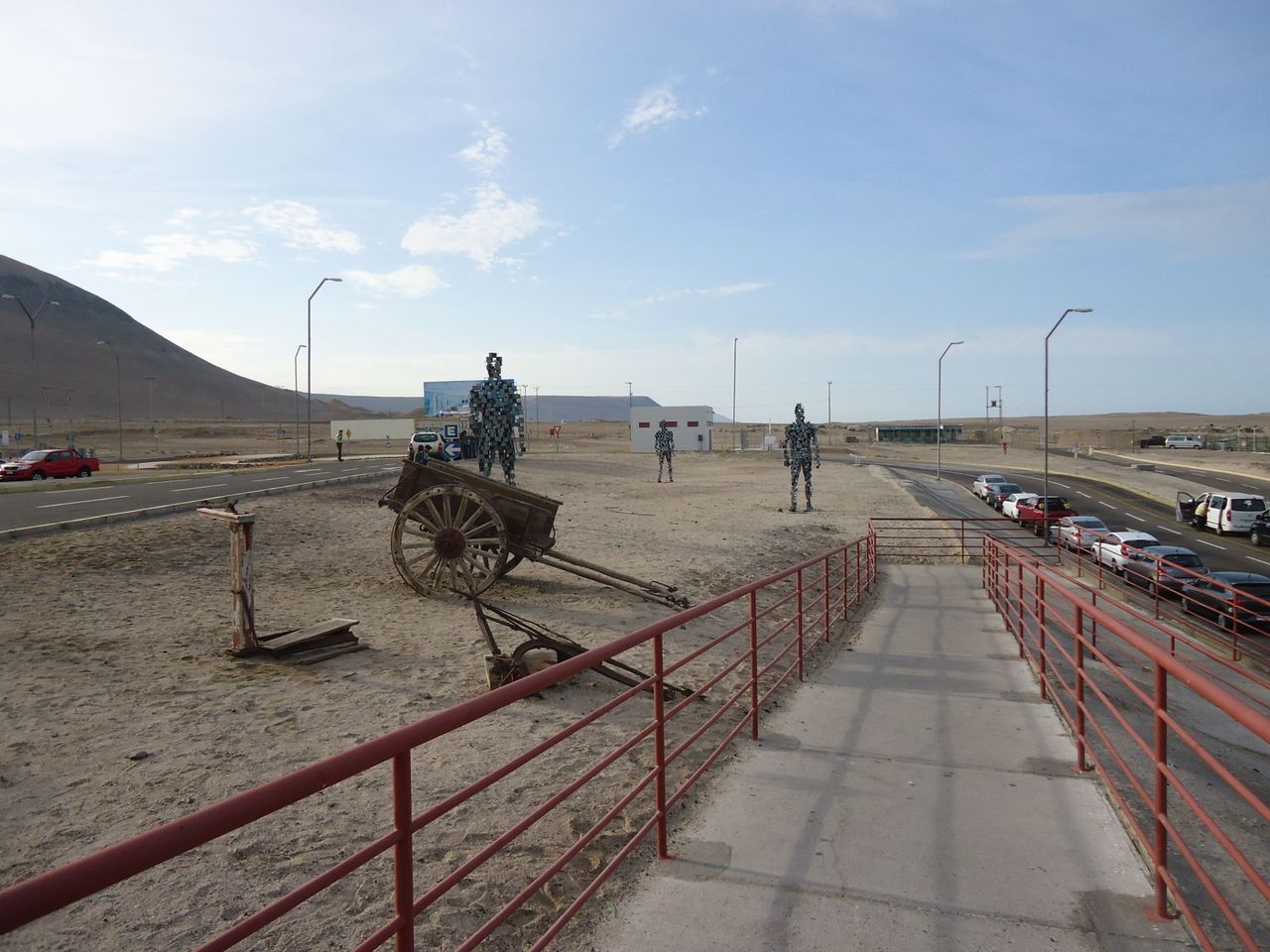
They’re…people!
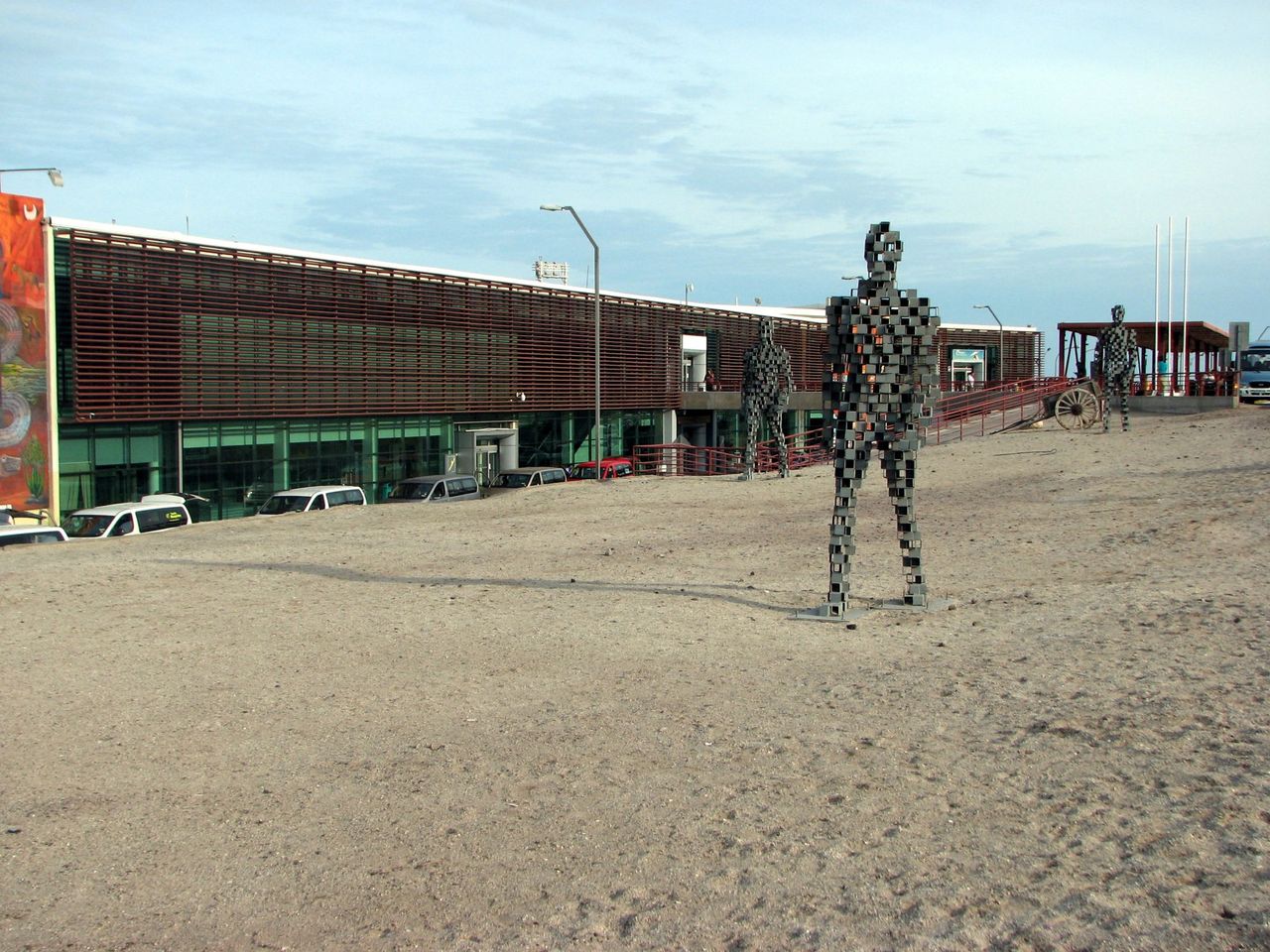
Hm… I wonder what they mean. They might represent one’s futile pursue for an ever elusive objective as a passenger in the larger journey called life…

…or they might not! ¯\_(ツ)_/¯

Just then, I catch my first sight of my plane: CC-BEO is about to land.
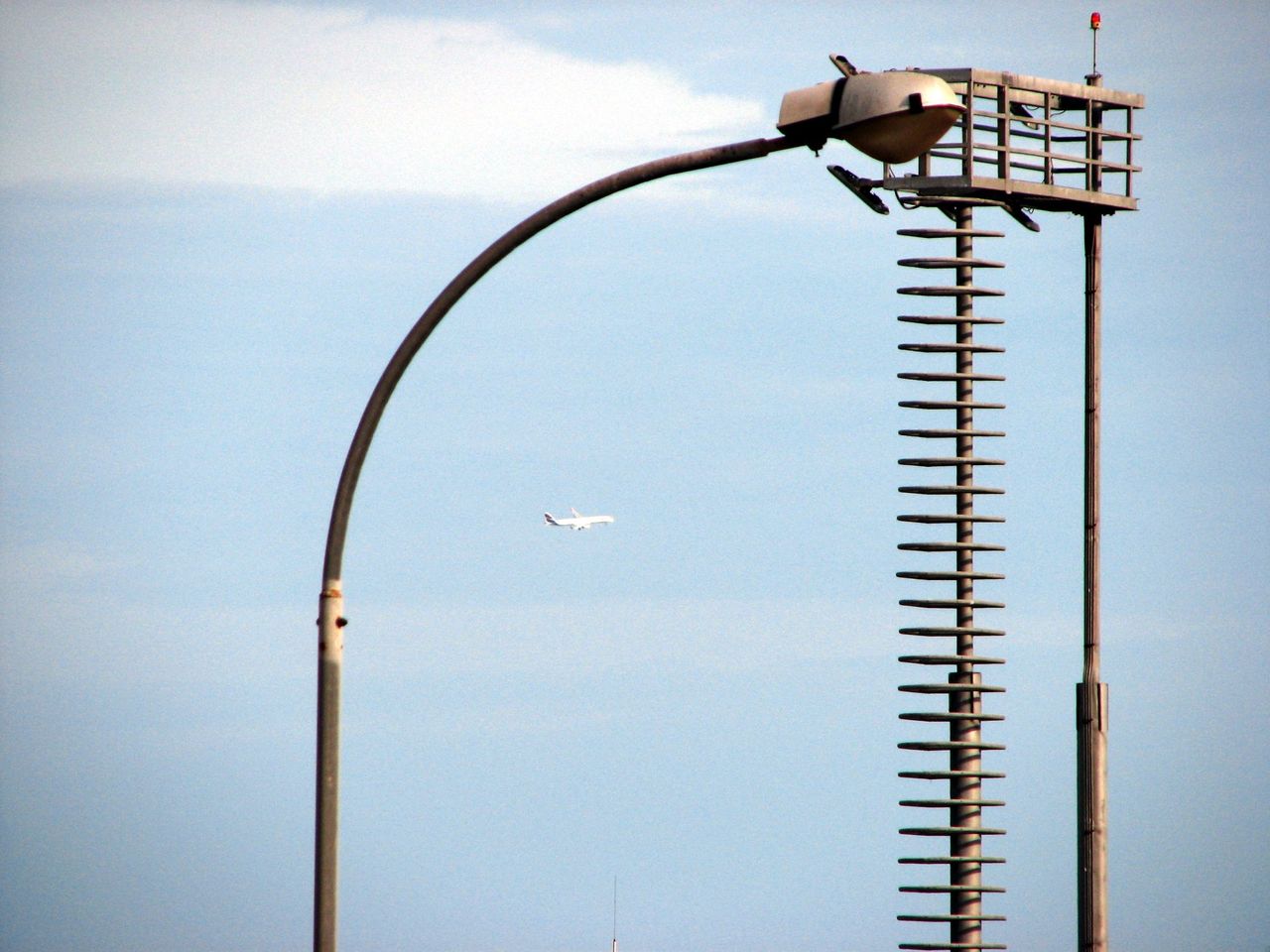
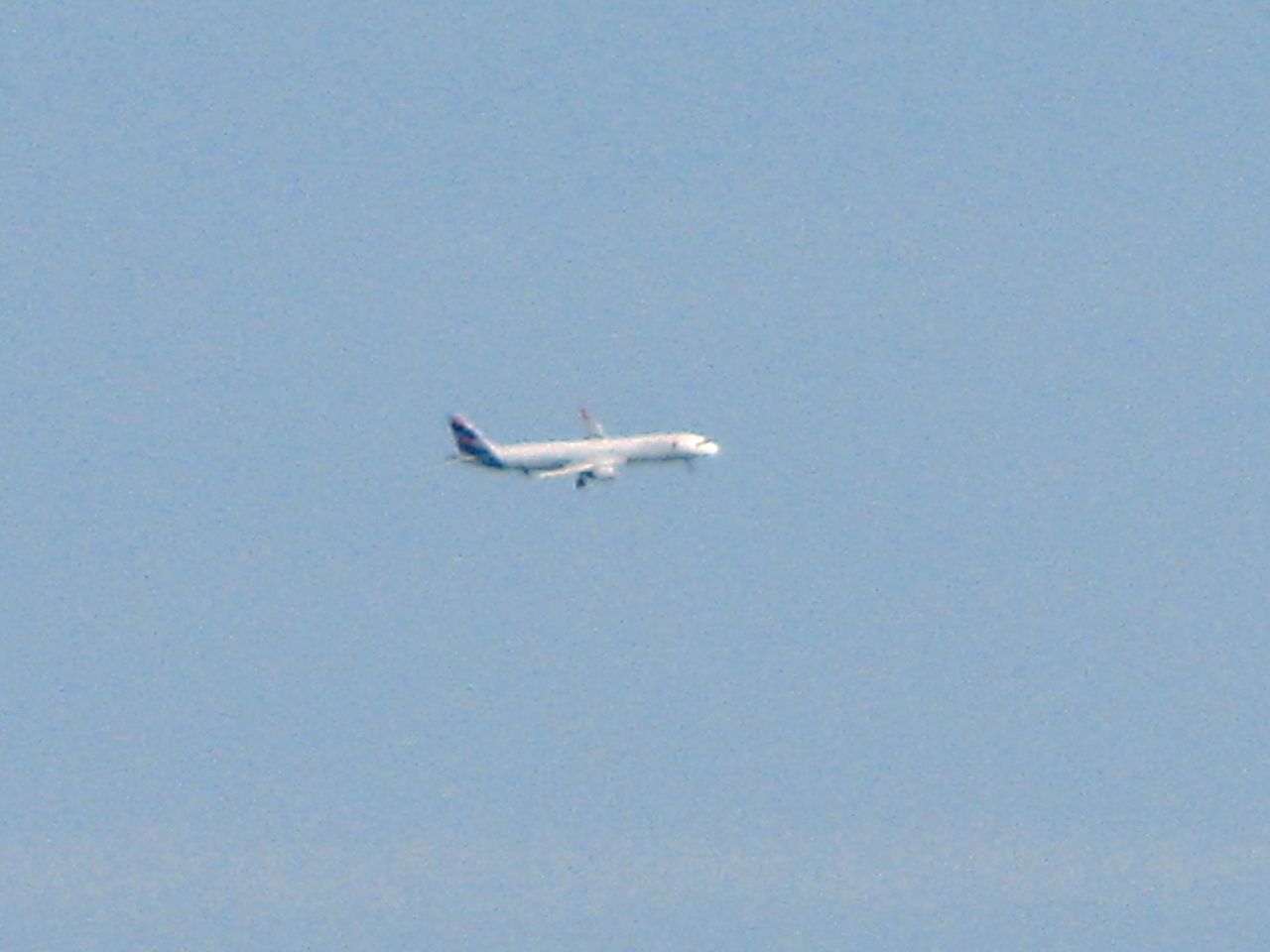
Let’s go back to the terminal.
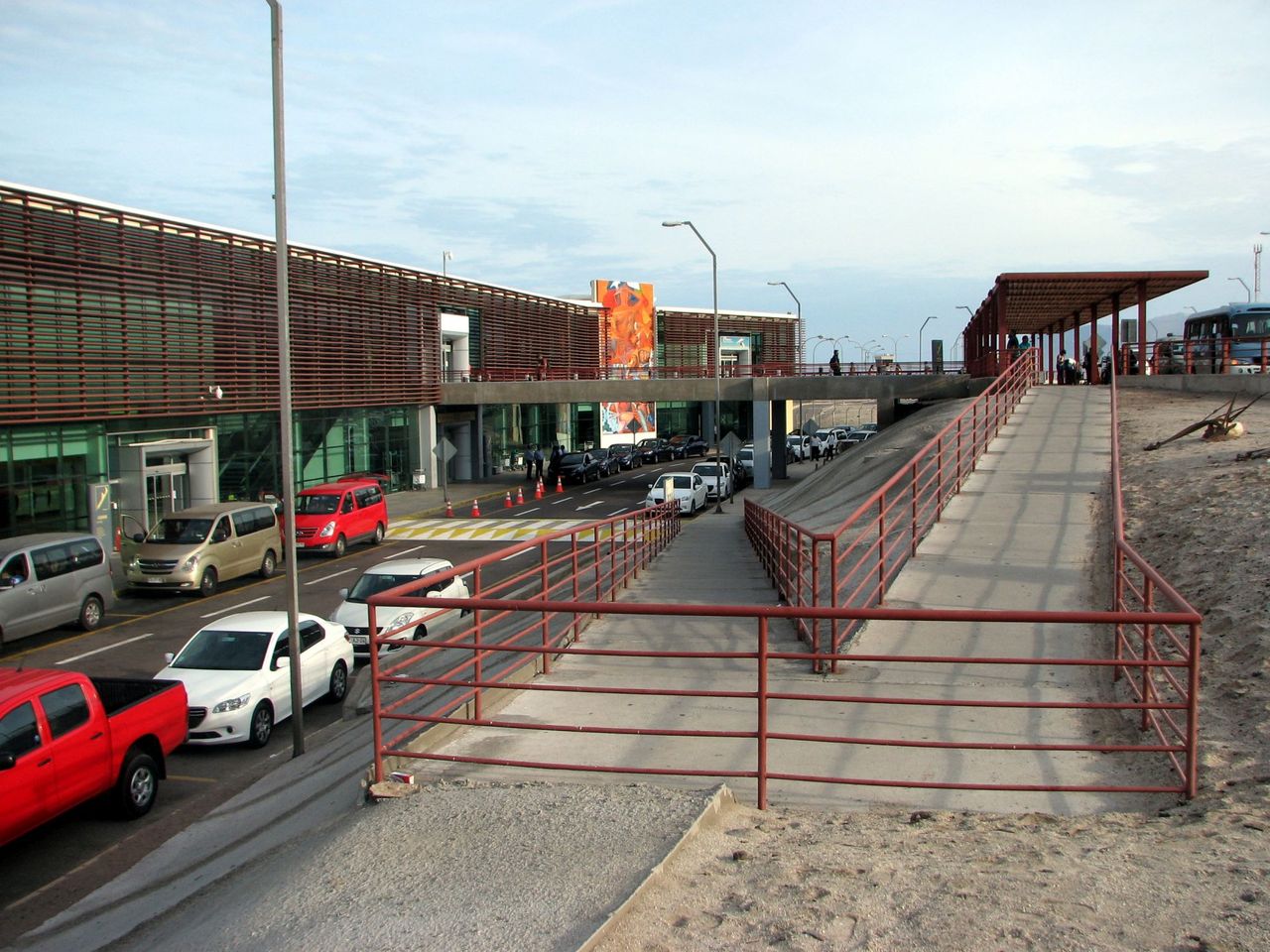
At the south access there are more artifacts from the saltpeter mining era.
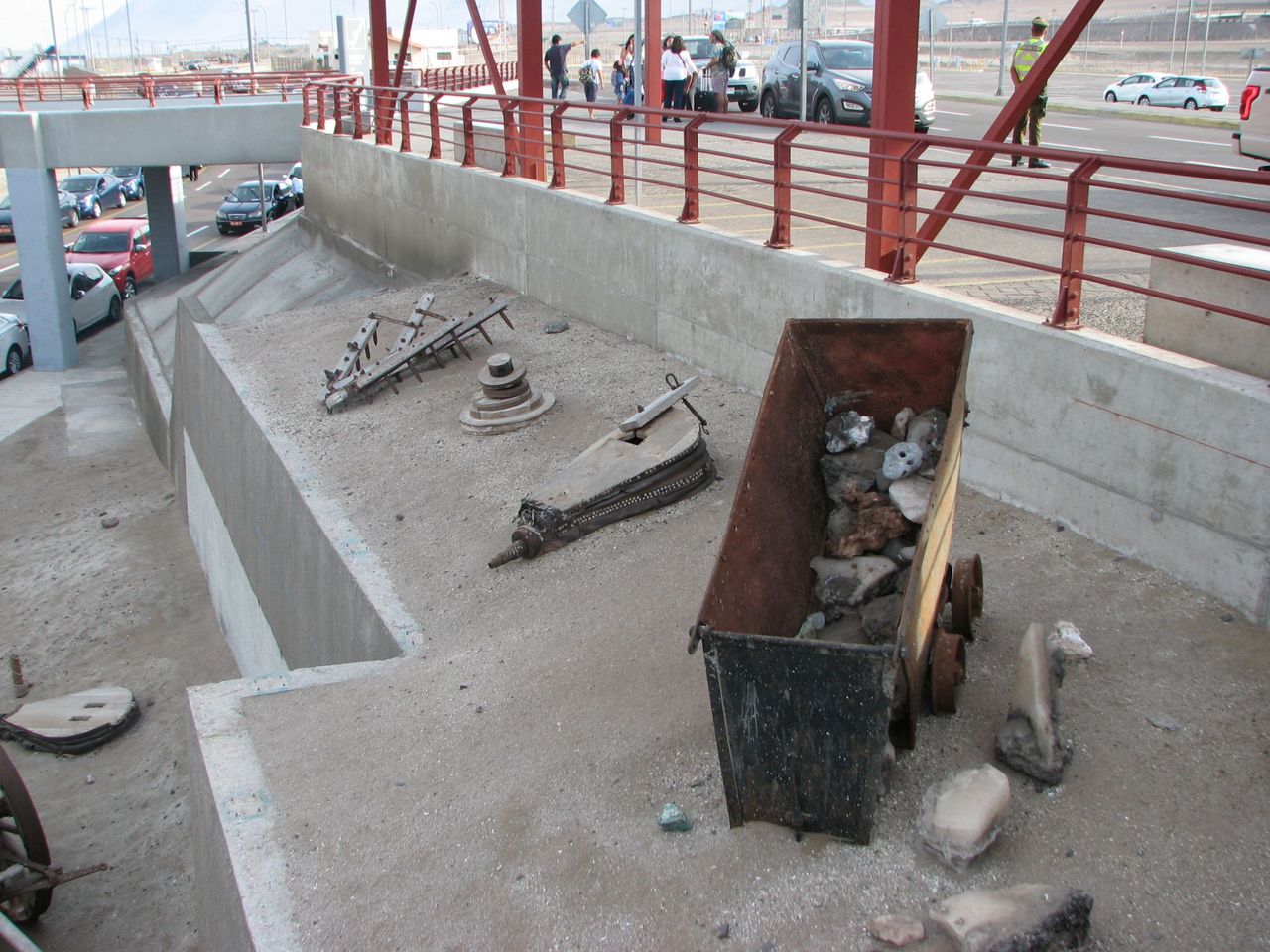

The south access…
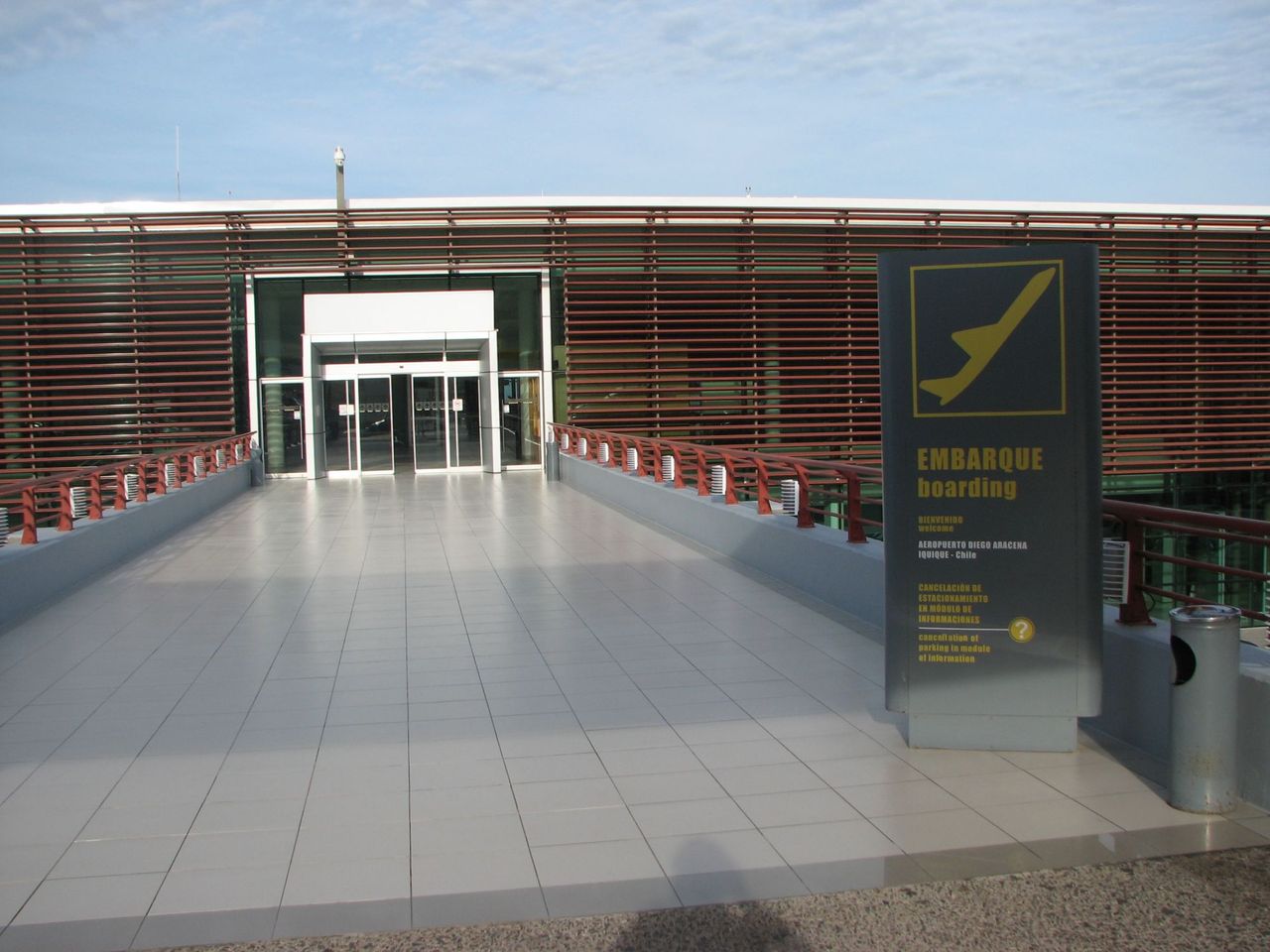
…and that never-ending pet-phobia. >:(
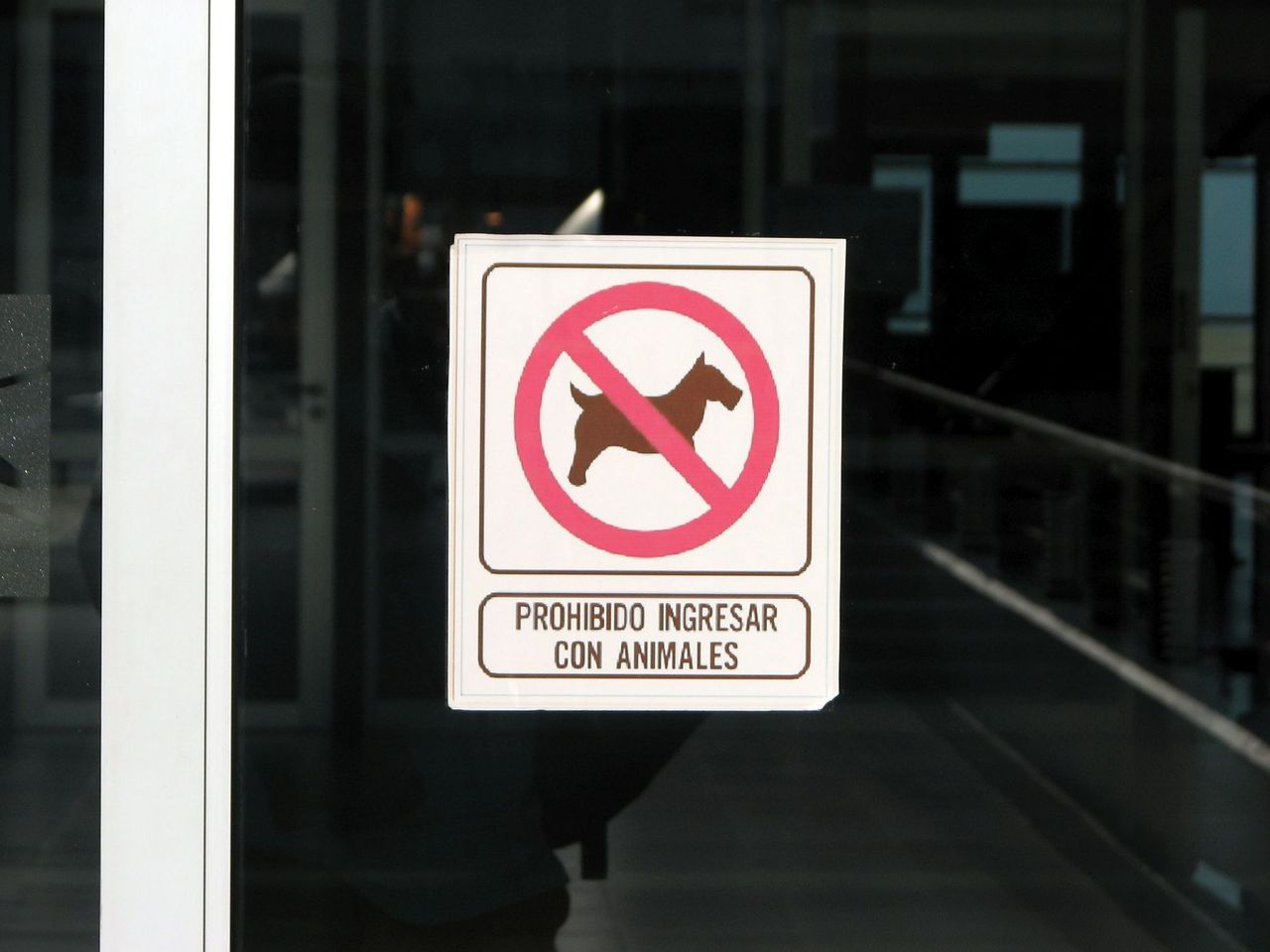
At the south end of the terminal there’s this cafeteria…

…restrooms…

…and the mandatory BrittShop.
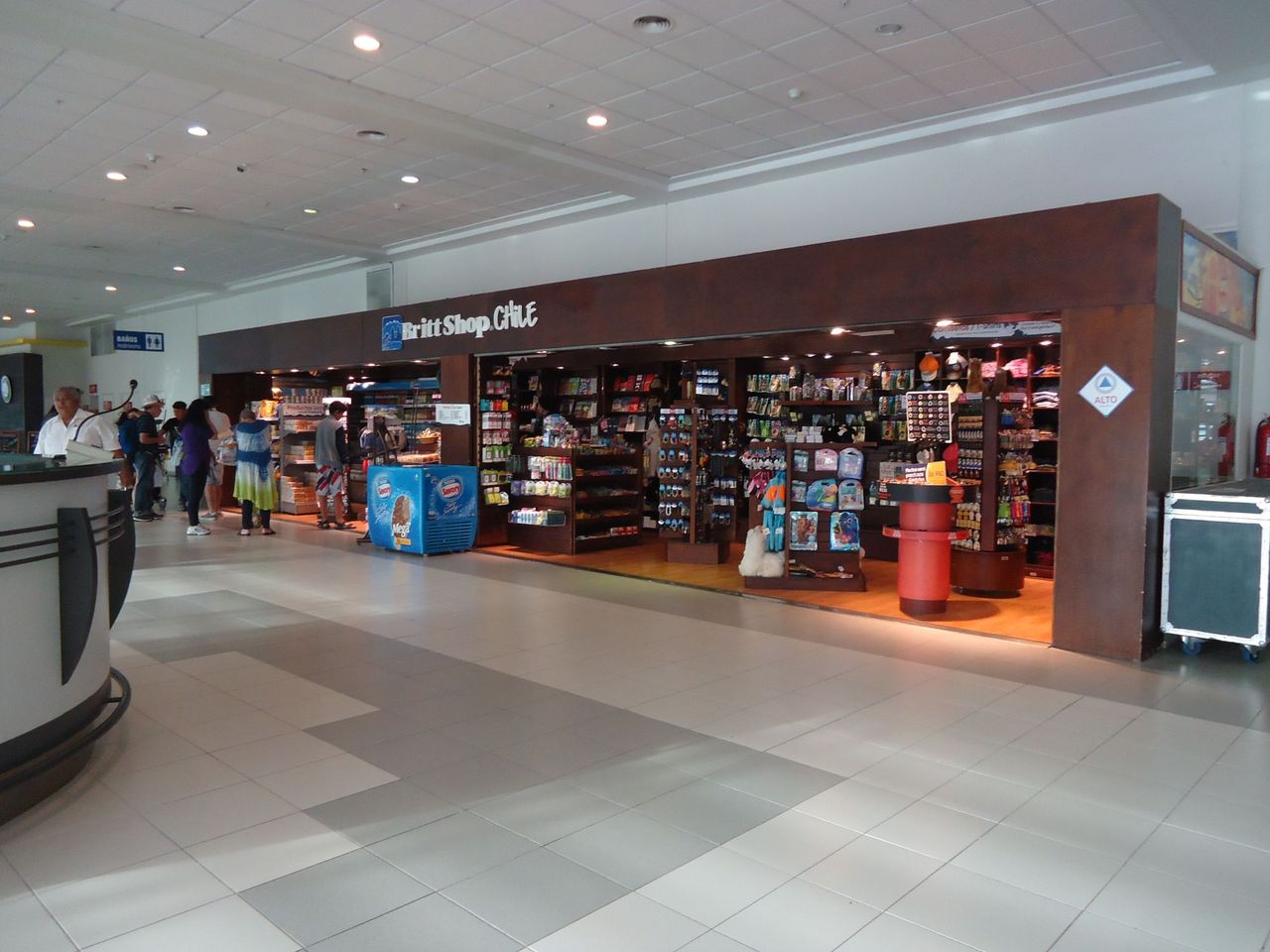
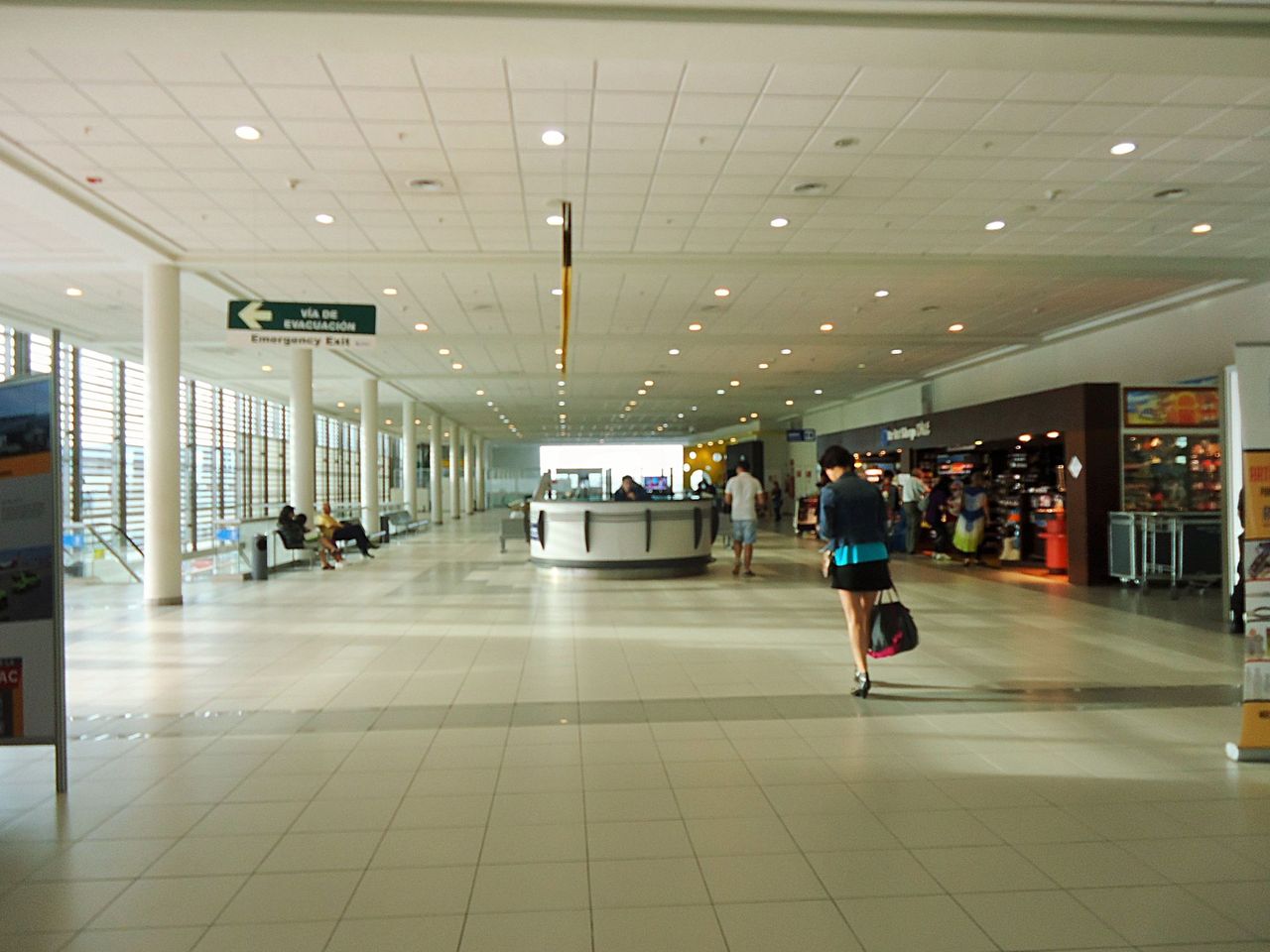
More people have gathered in the last half-hour.
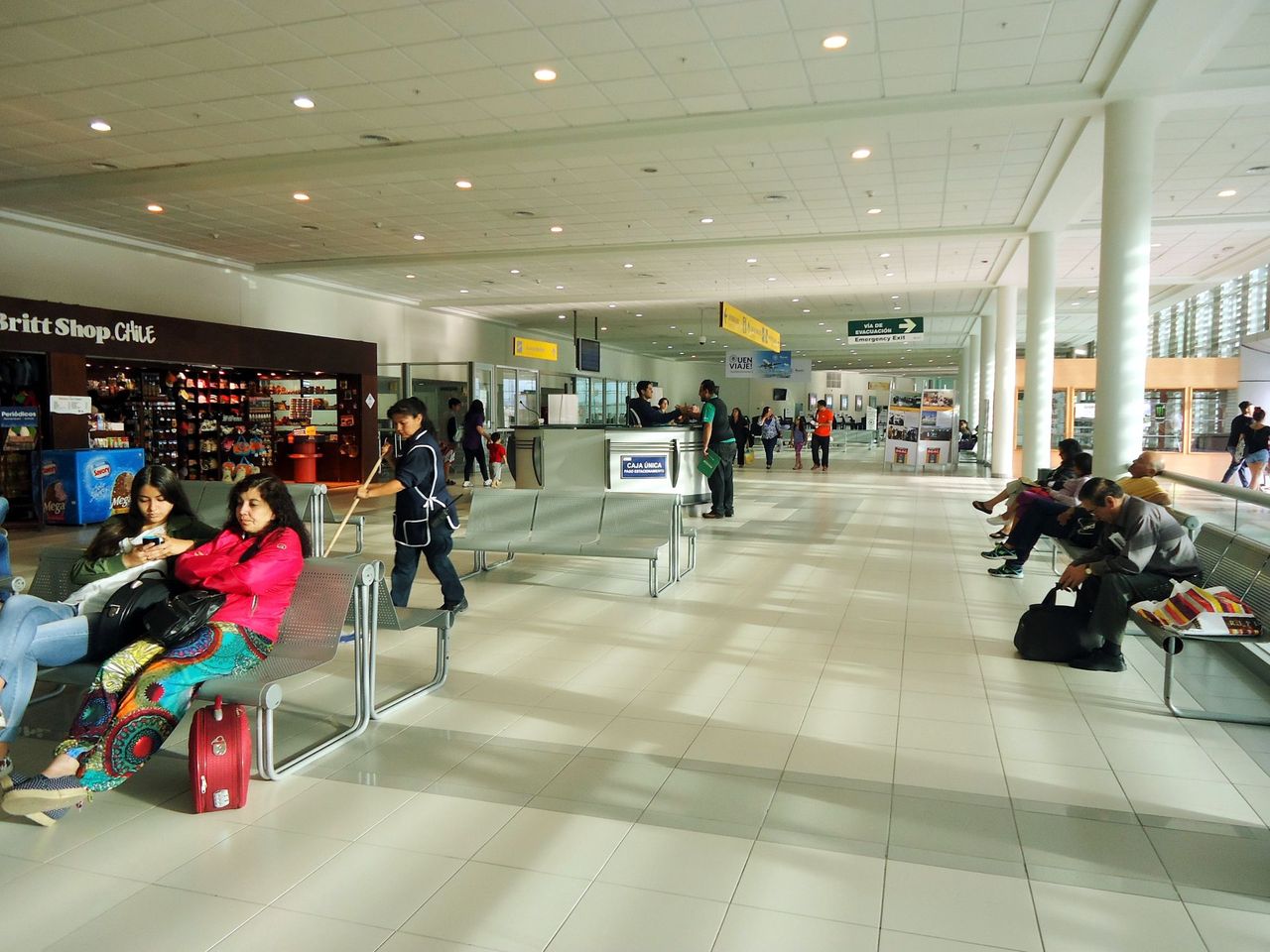
I wonder if some of them are flying to Asunción, Paraguay, on that Amaszonas flight. Amaszonas - a Bolivian airline - is the only foreign airline flying to IQQ at the moment, and it’s been growing a lot. It will soon open domestic routes within Chile, too. Fantastic!
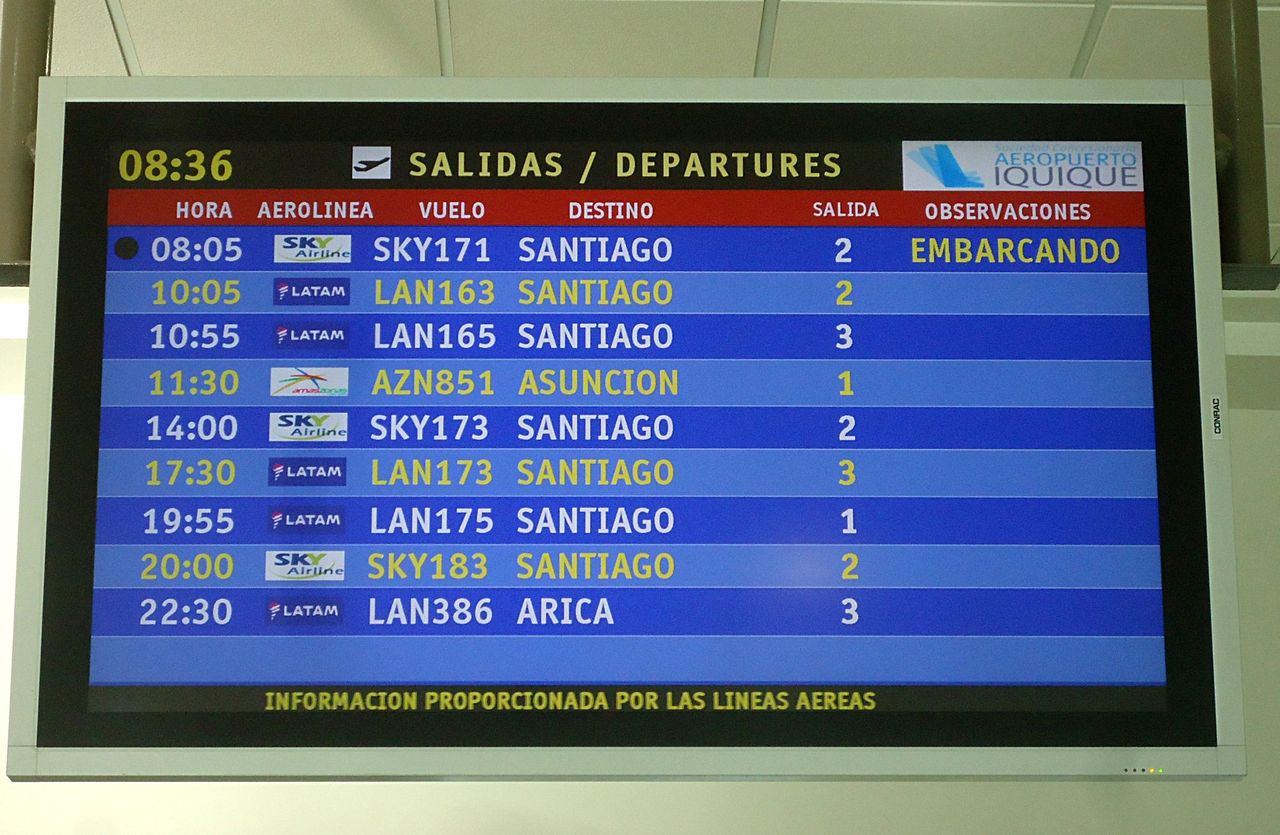
1500 CLP (2.5 USD) per hour?! I find it expensive!

Ground plan of the terminal.

And we reach the check-in area again.
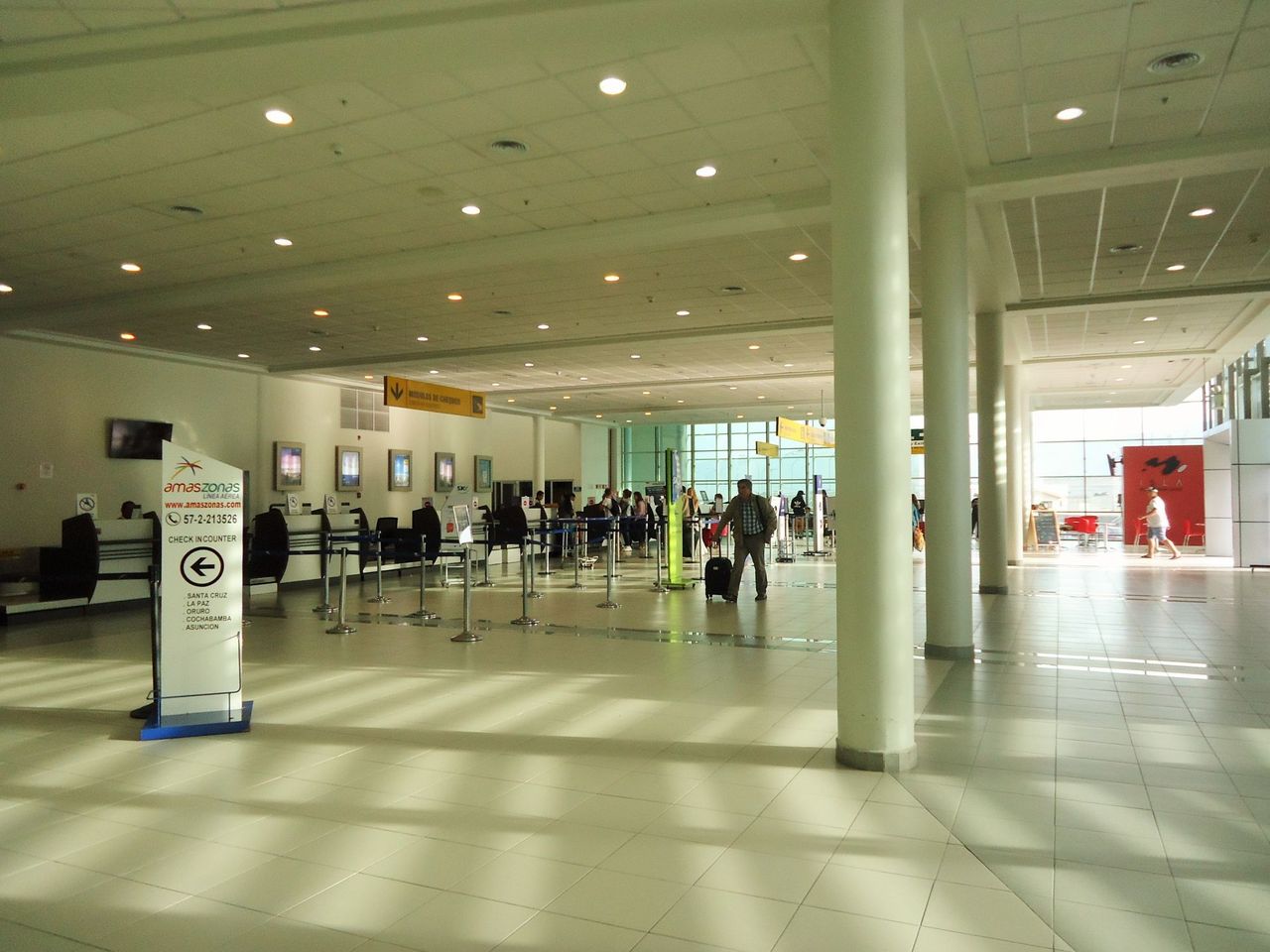
I think I've seen all there is to be seen here. Let’s go airside before the crowds gather at security check.
Airside
This is the view right after security check, to the right…
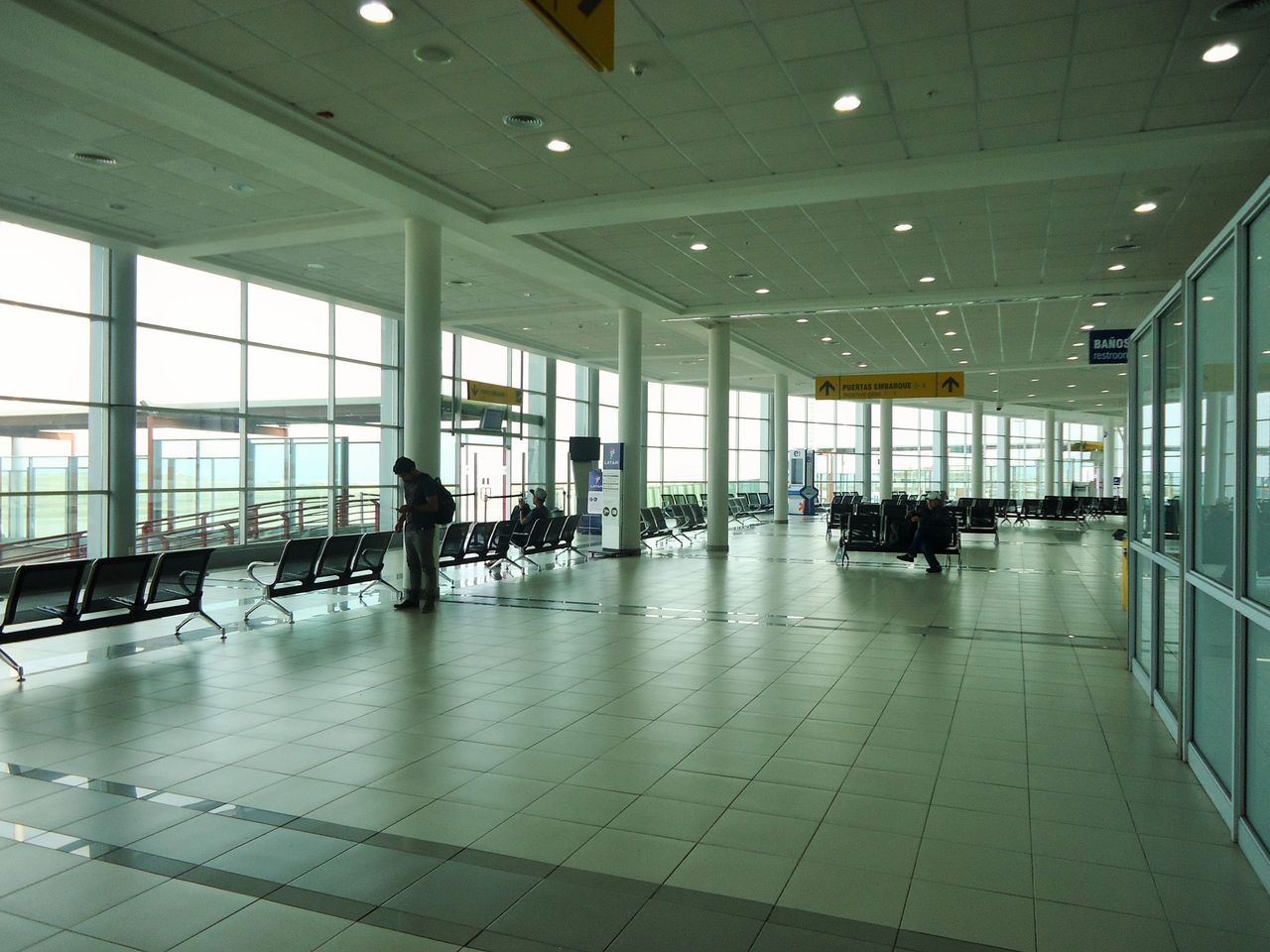
…and to the left. BrittShop again!
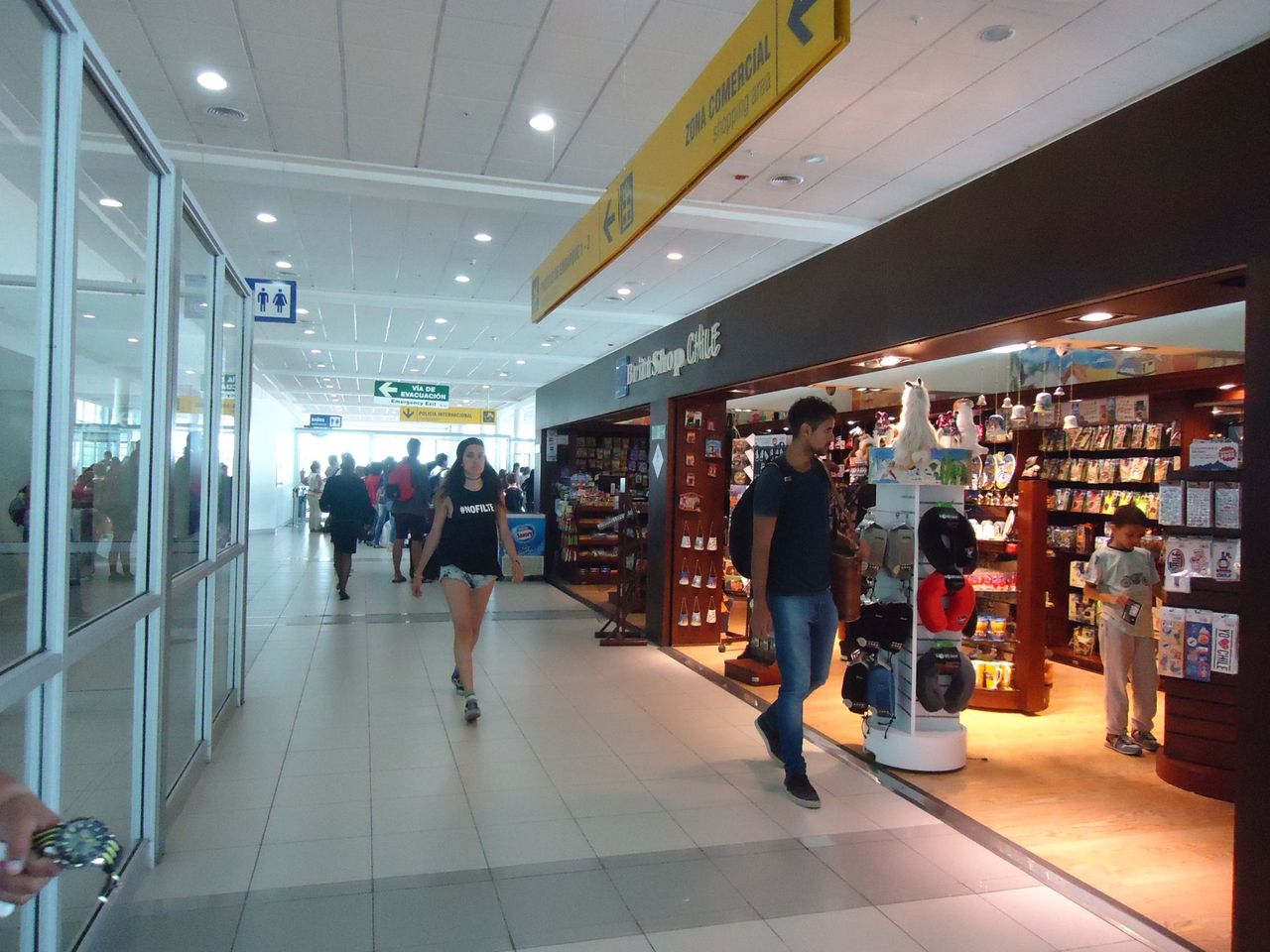
Coque?? Hm, nope. Llamas have banana-shaped ears like these, but Coque is an alpaca, and alpacas have short ears.
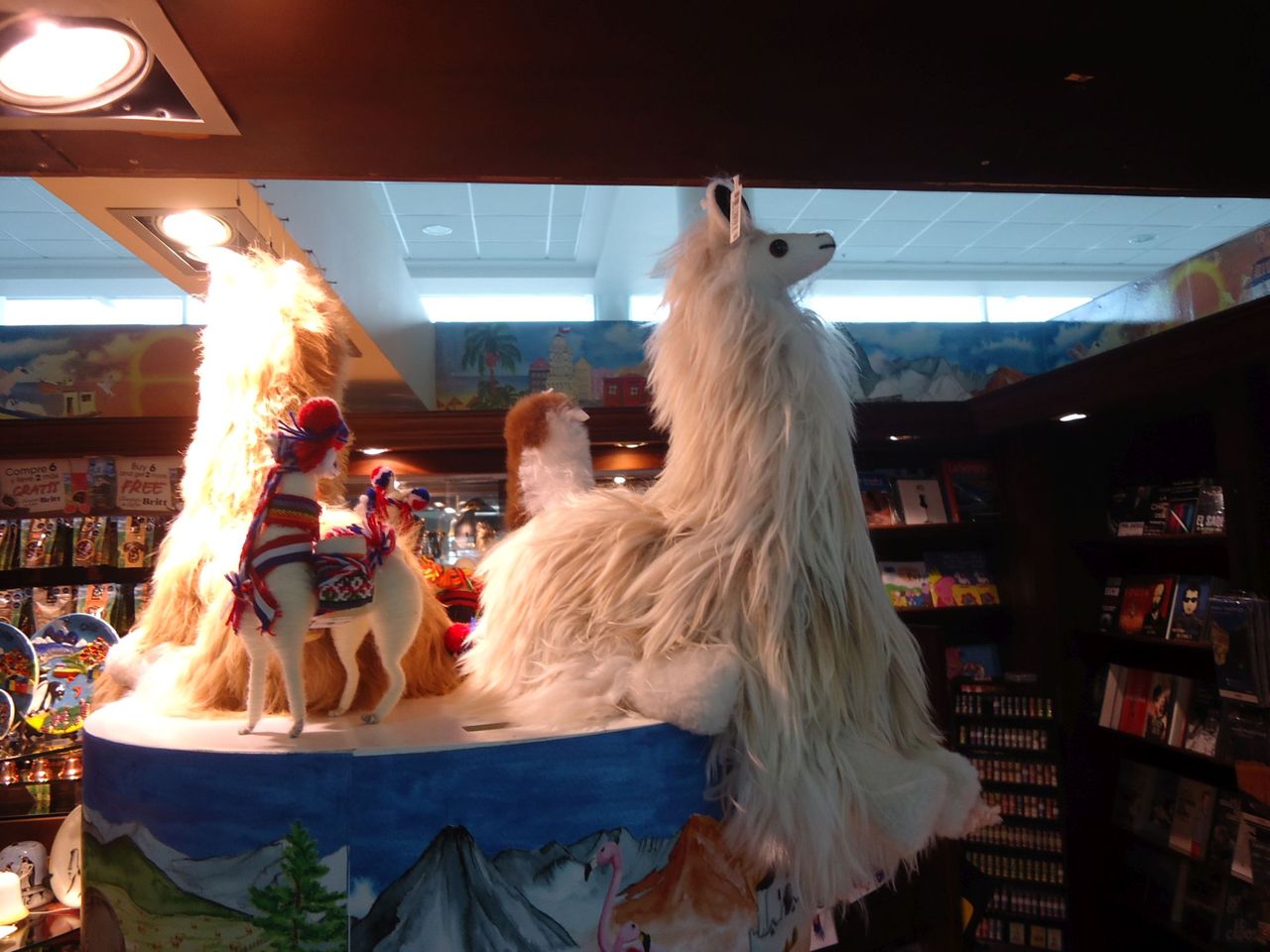
The boarding room is large and spotter-friendly.

There’s a lounge…
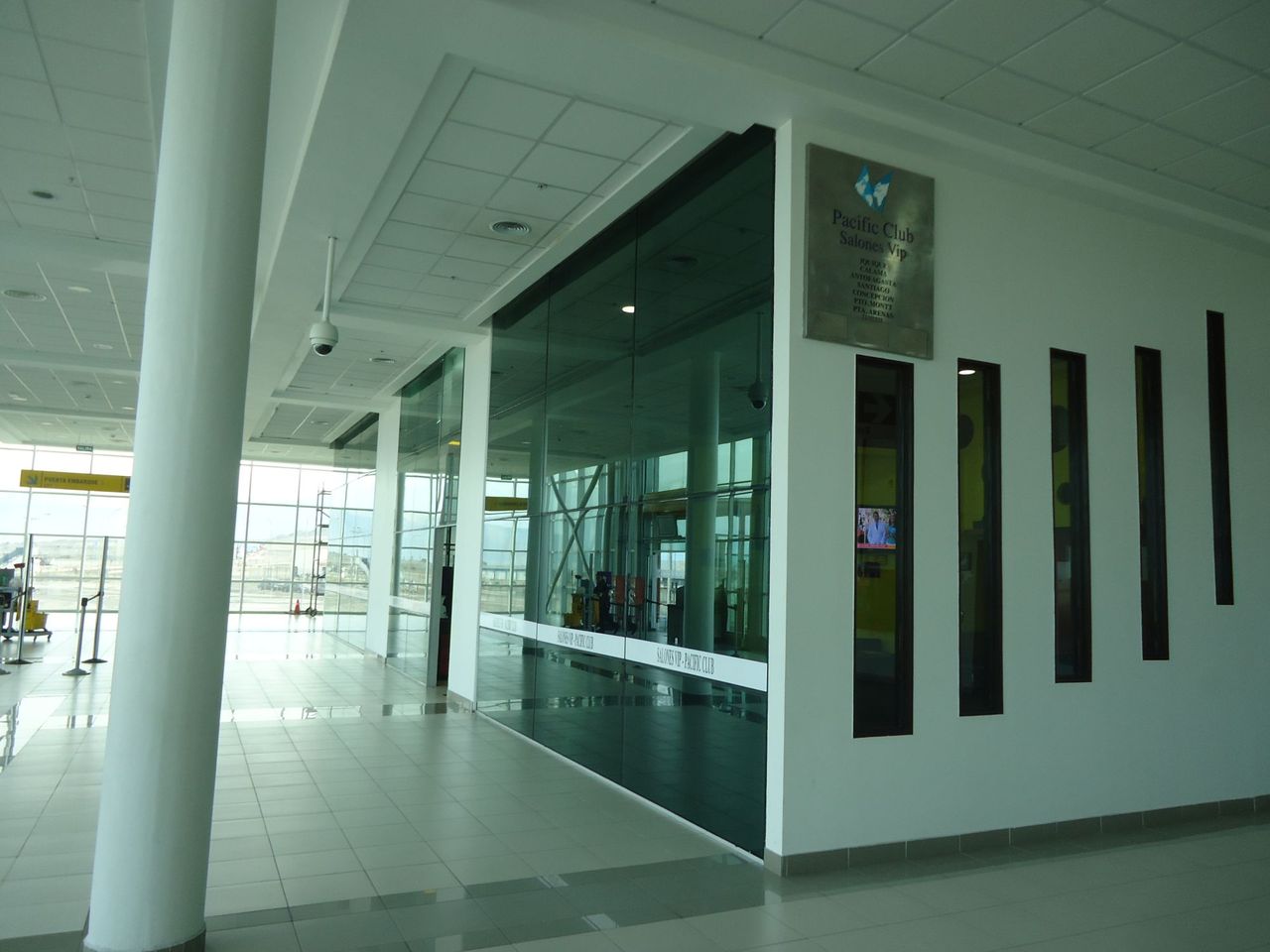
…and an elevator for the disabled.
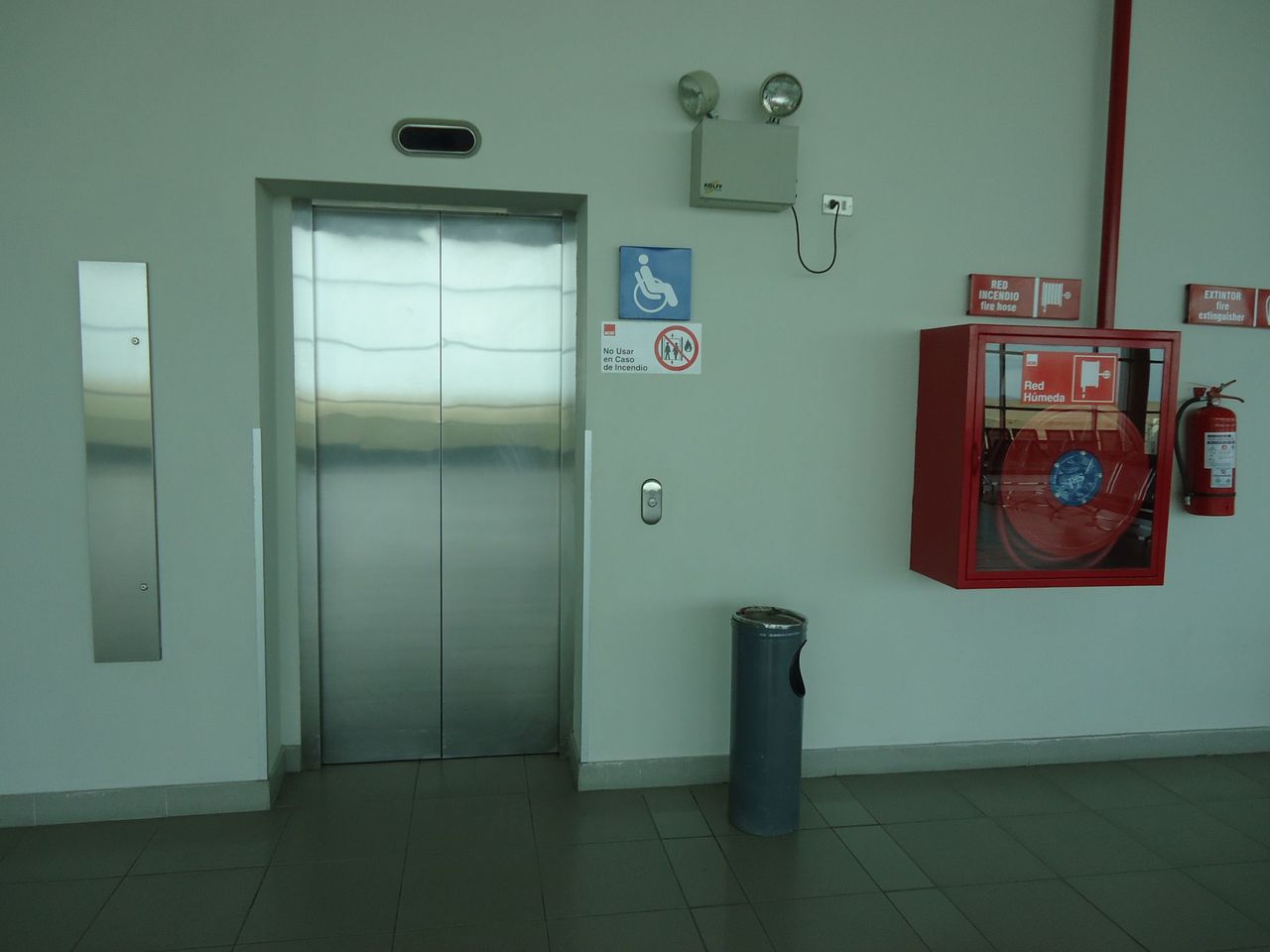
CC-AJS is ready to leave.

CC-BEO has already landed.
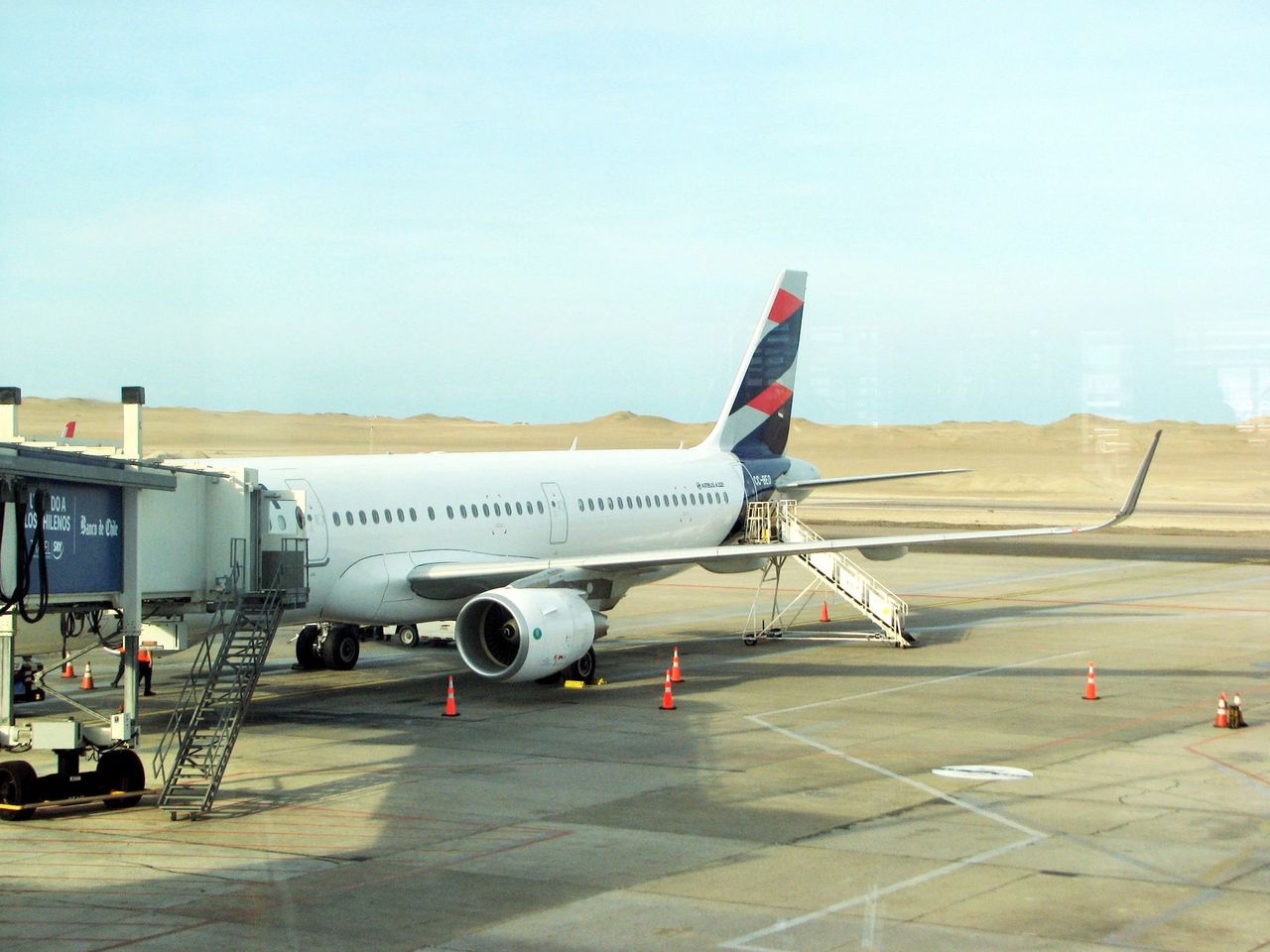
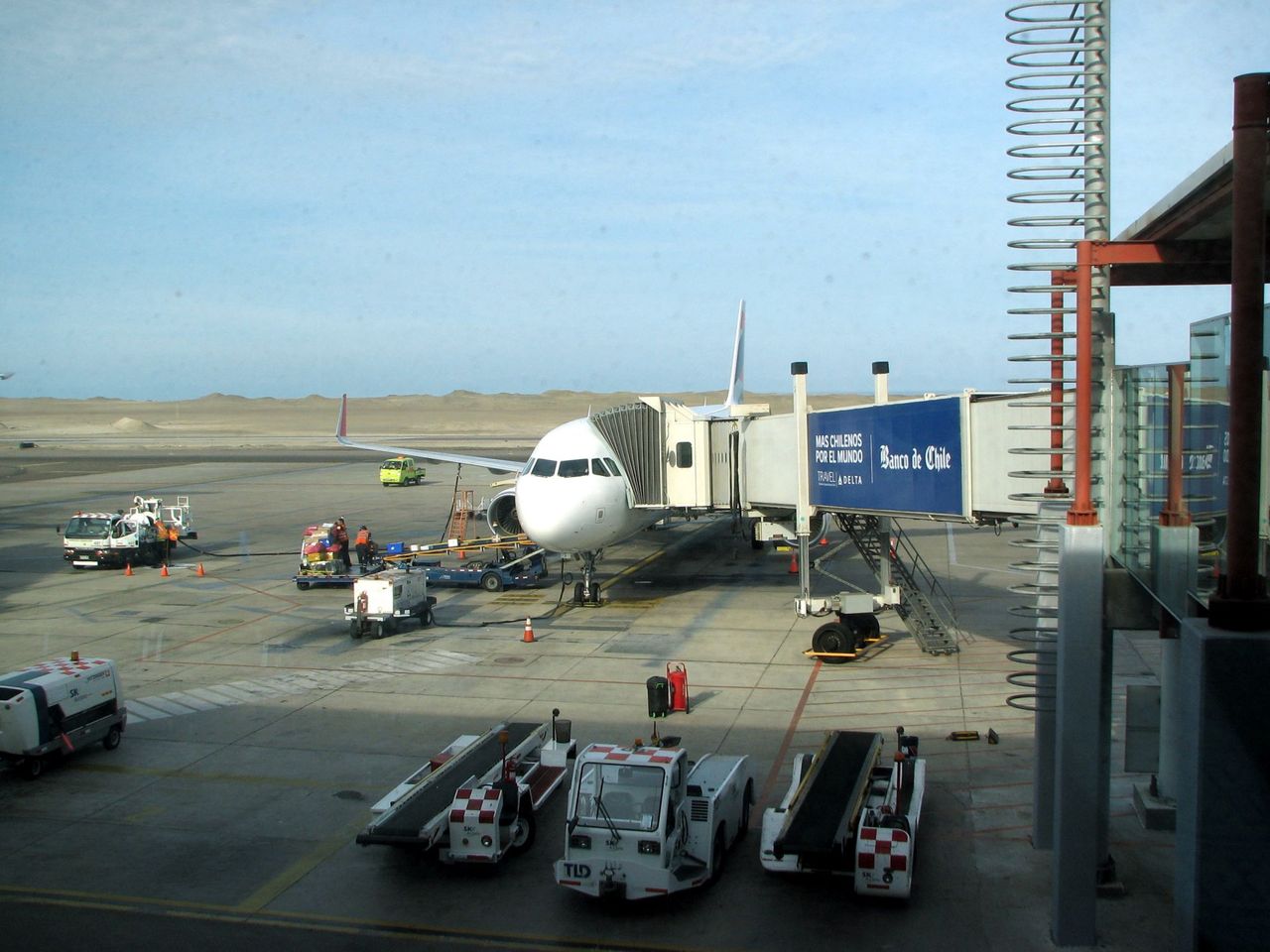
Passengers from Santiago are disembarking…
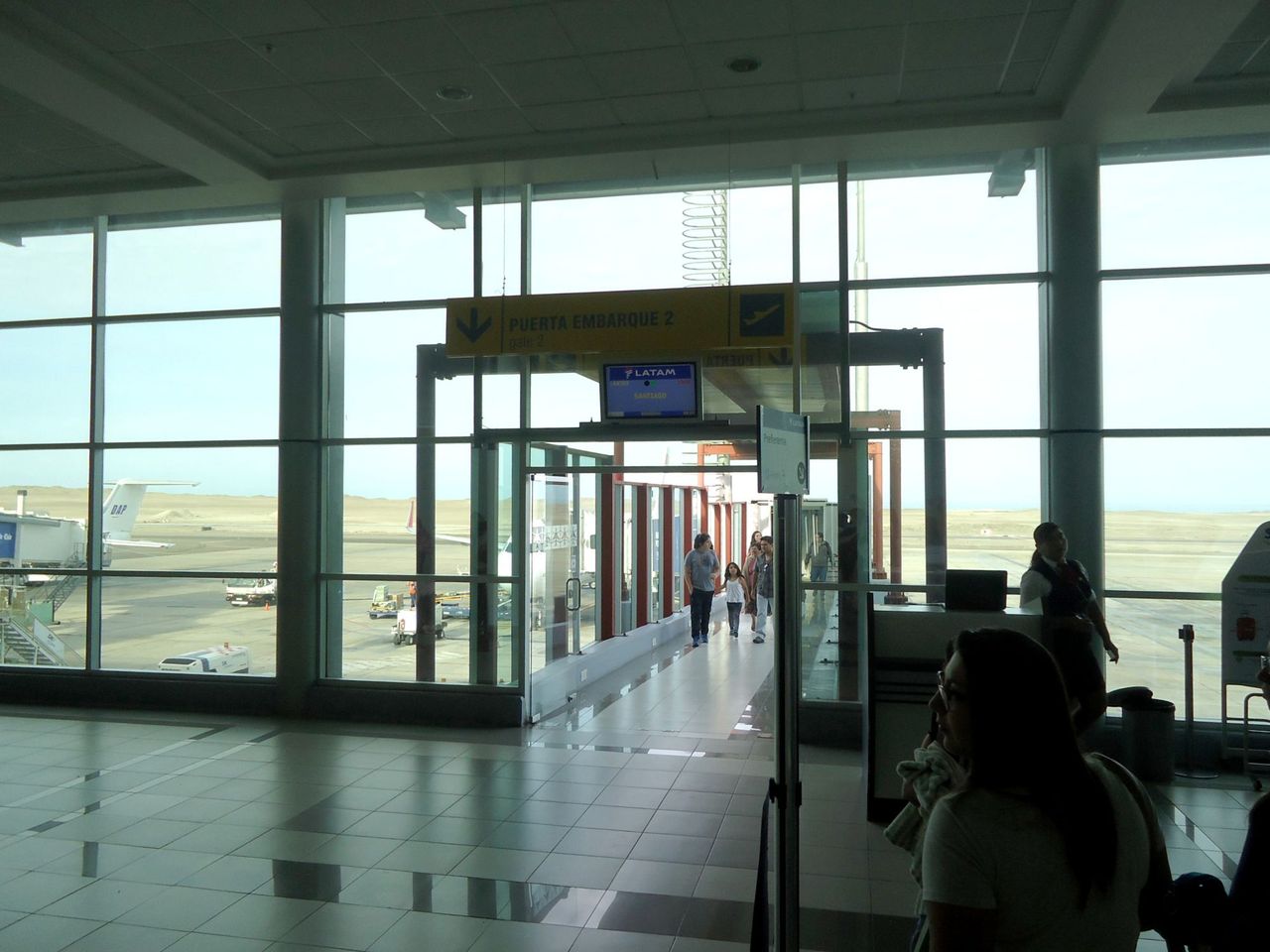
…and my flight is already announced.

As usual, when we are called for boarding we make different groups according to priorities and row numbers. This is something I appreciate about air travel in Chile. It's always an orderly process.
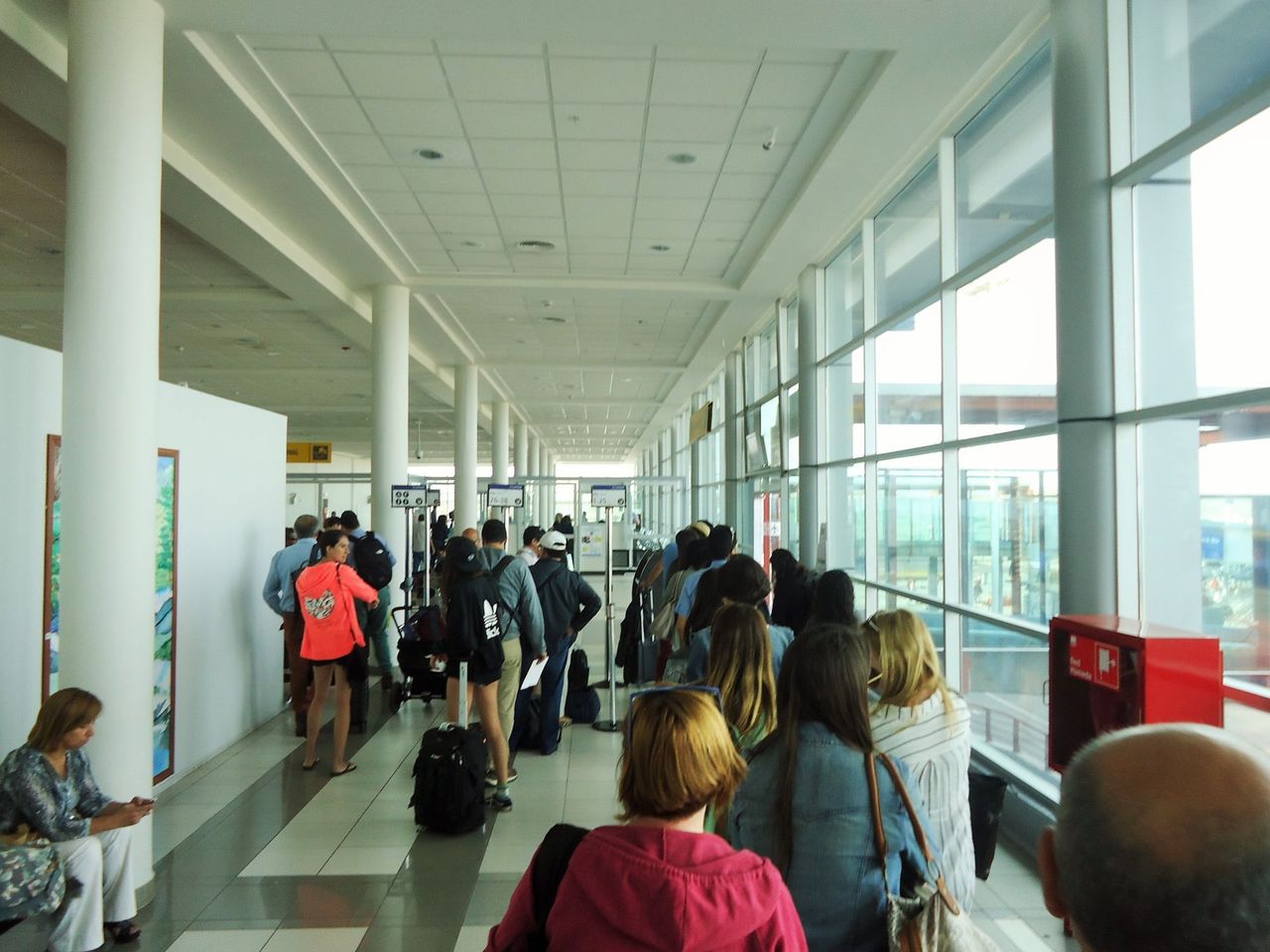
And now is when I have a major revelation… I am standing right next to a huge charging station!

Stations like this were here all the time, but I never noticed them before! As I confirmed later, they are available at SCL, too, and they were when I sent a suggestion to SCL administration asking for charger outlets. How can I be so blind?!
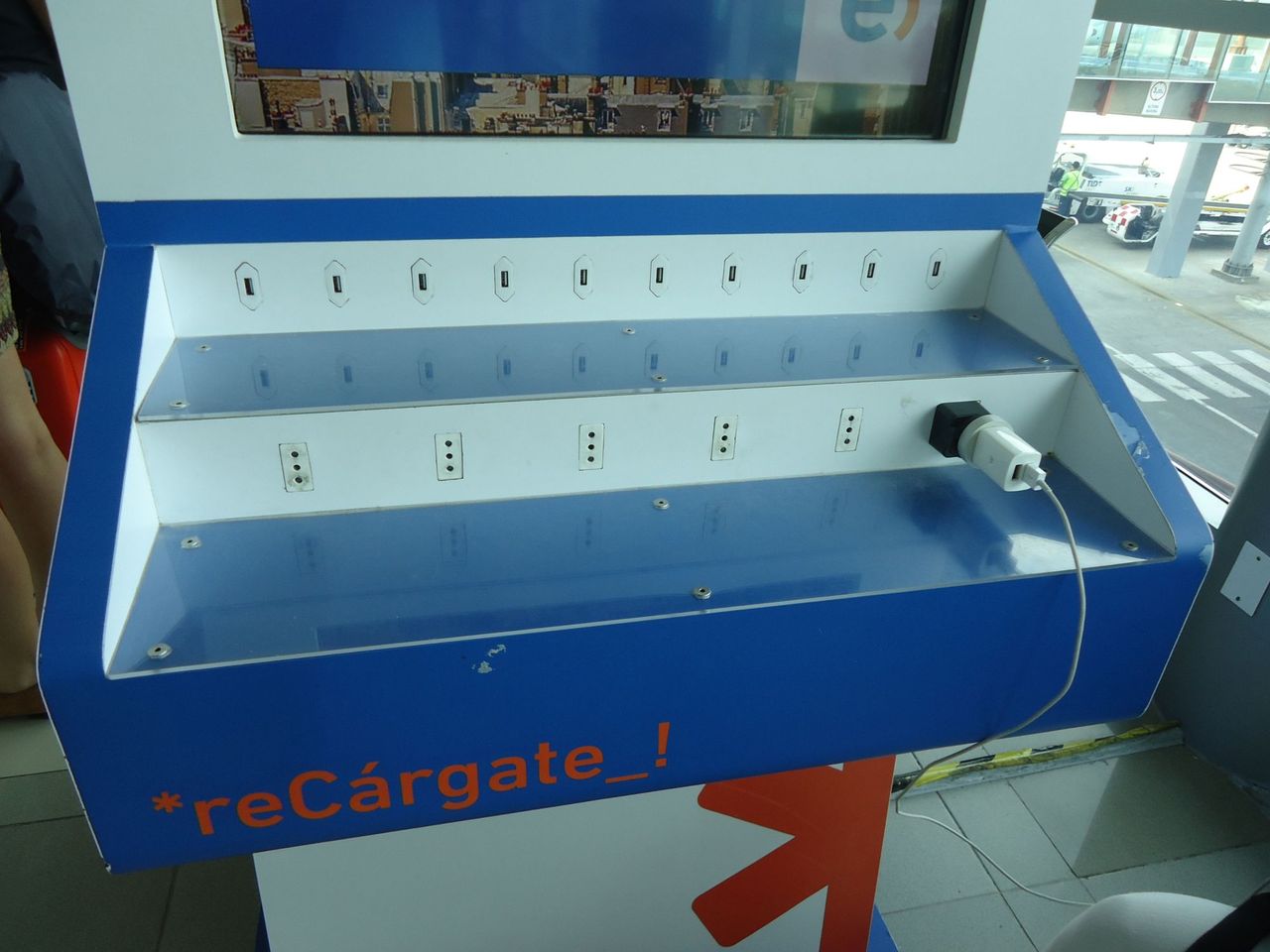
Well, it’s time to board.
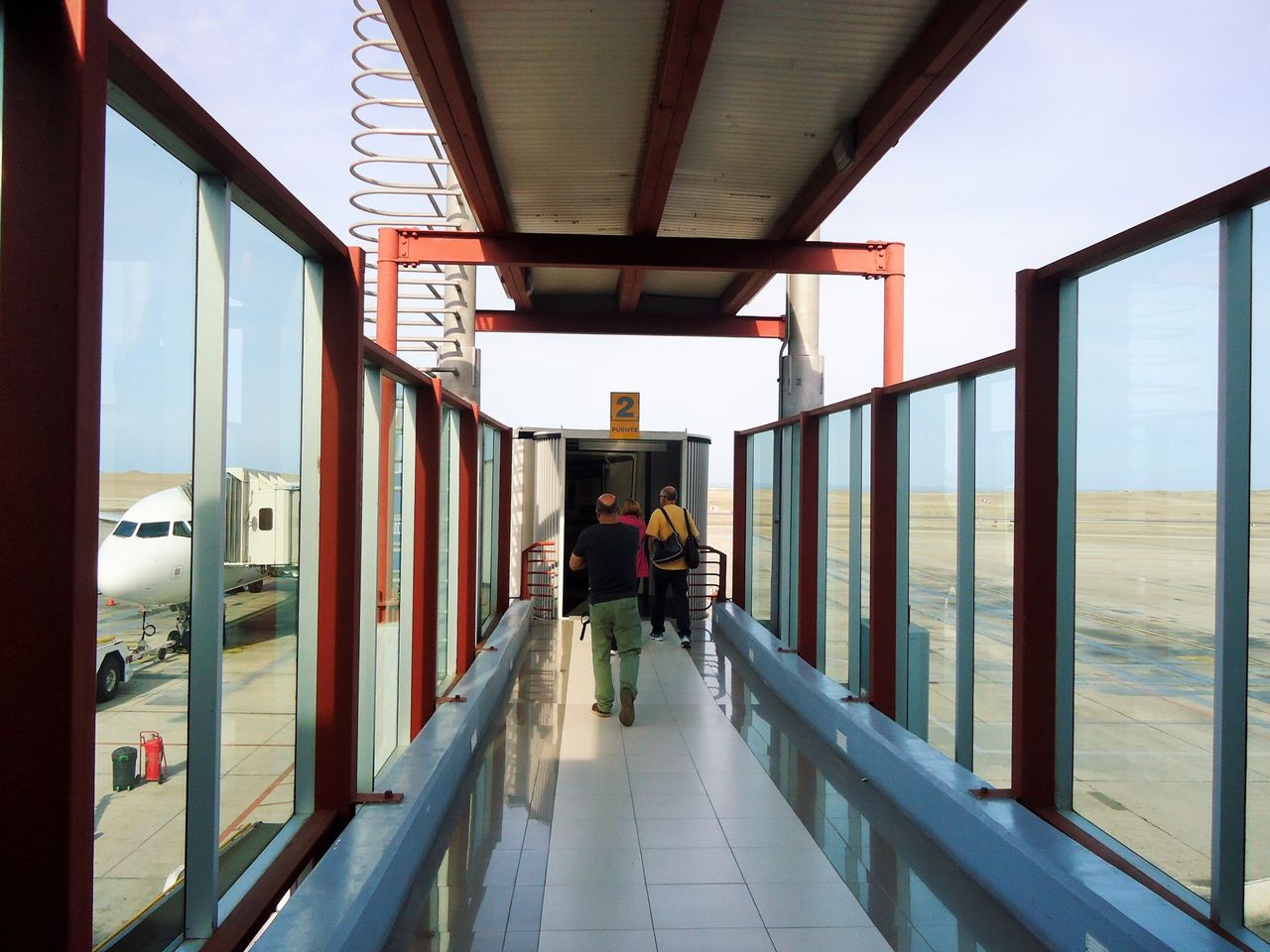
CC-AJS is still sitting there, but it will leave before us.
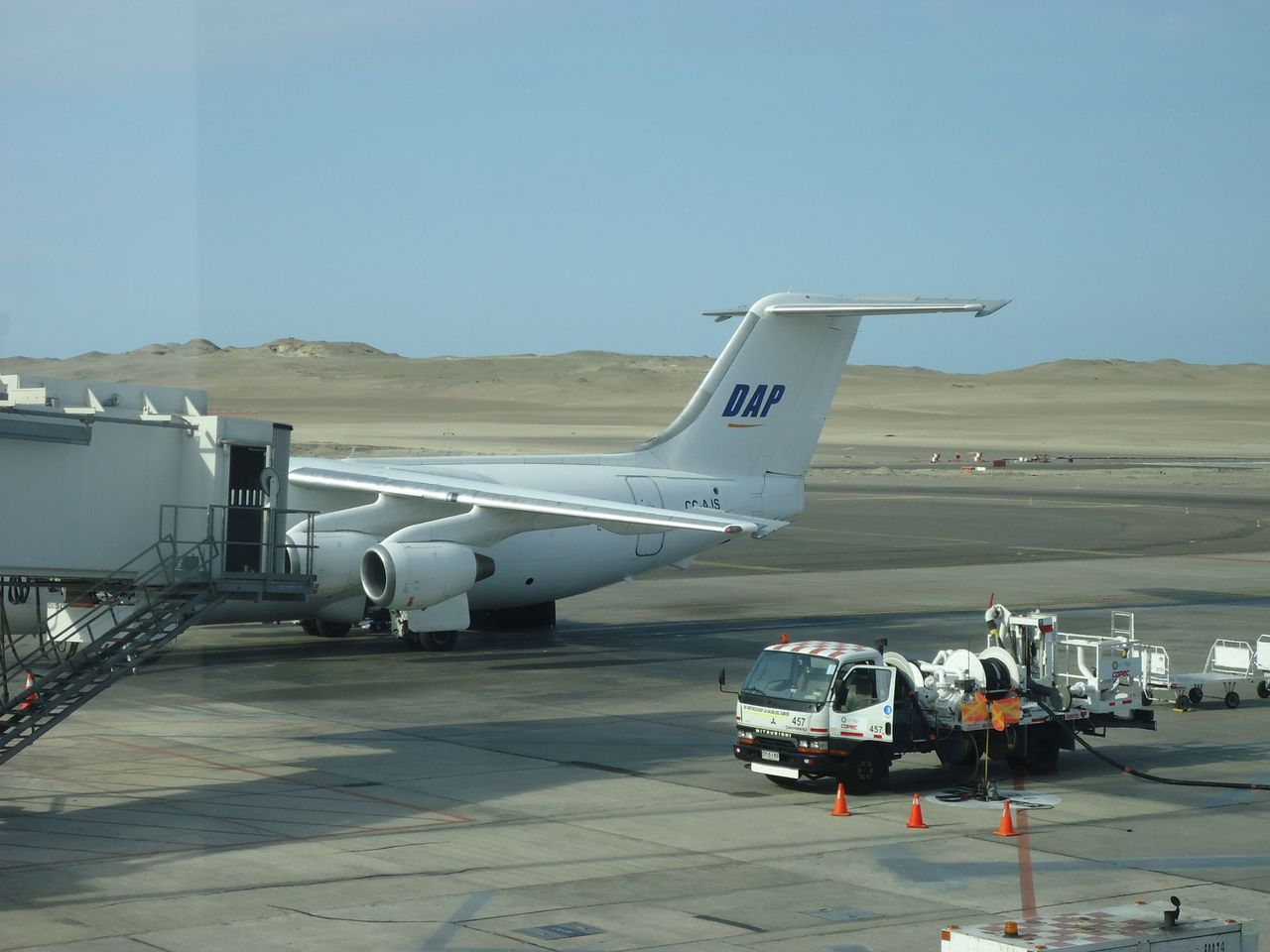
Glass-walled jetbridges are a great thing!
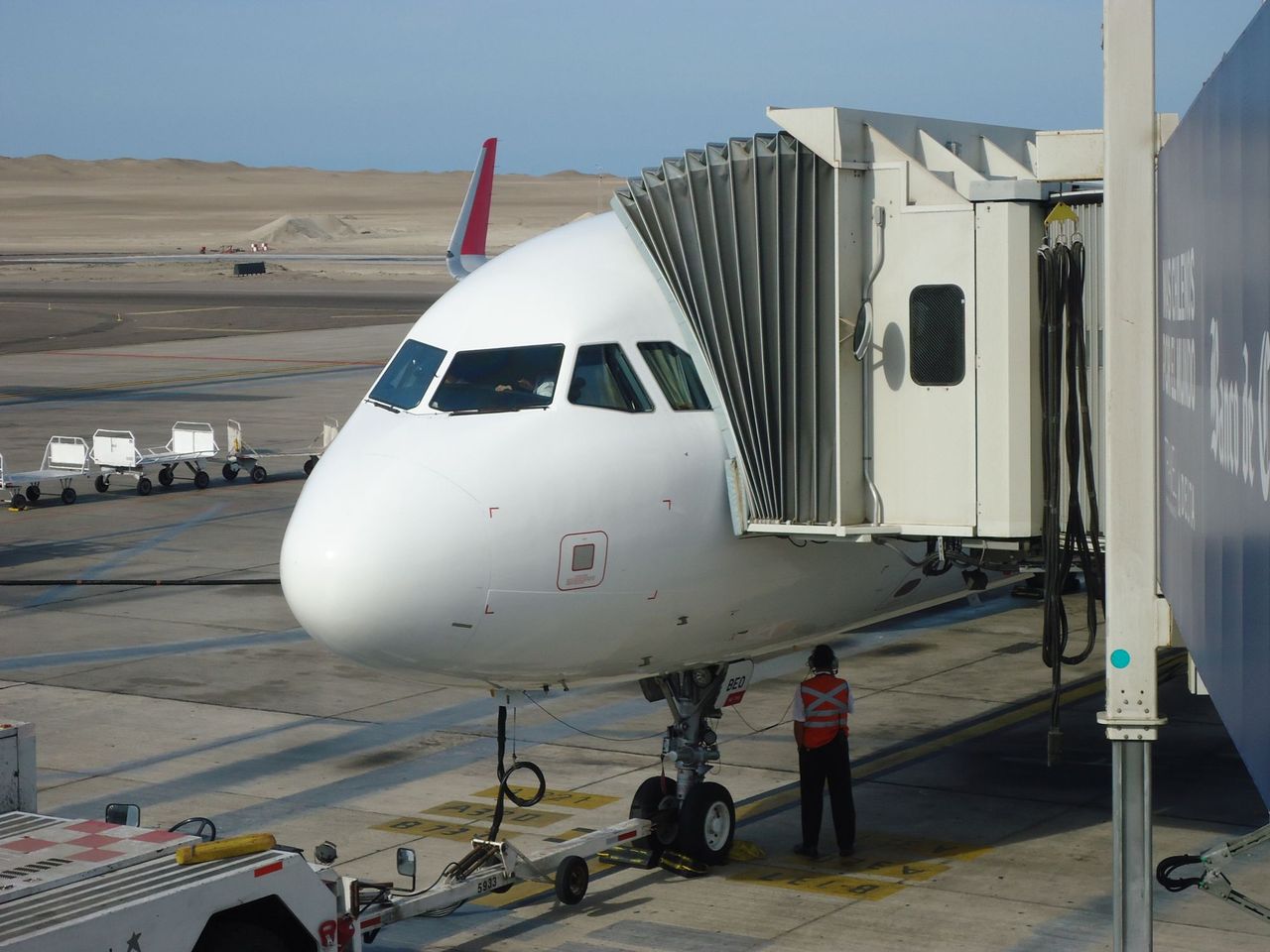
As we embark, we are greeted by the male purser, who later introduced himself as Diego. Can you believe I saw him working alone at the front of the plane all the time? Well, if I didn’t see the charging stations, no wonder I didn’t see other FAs. God.
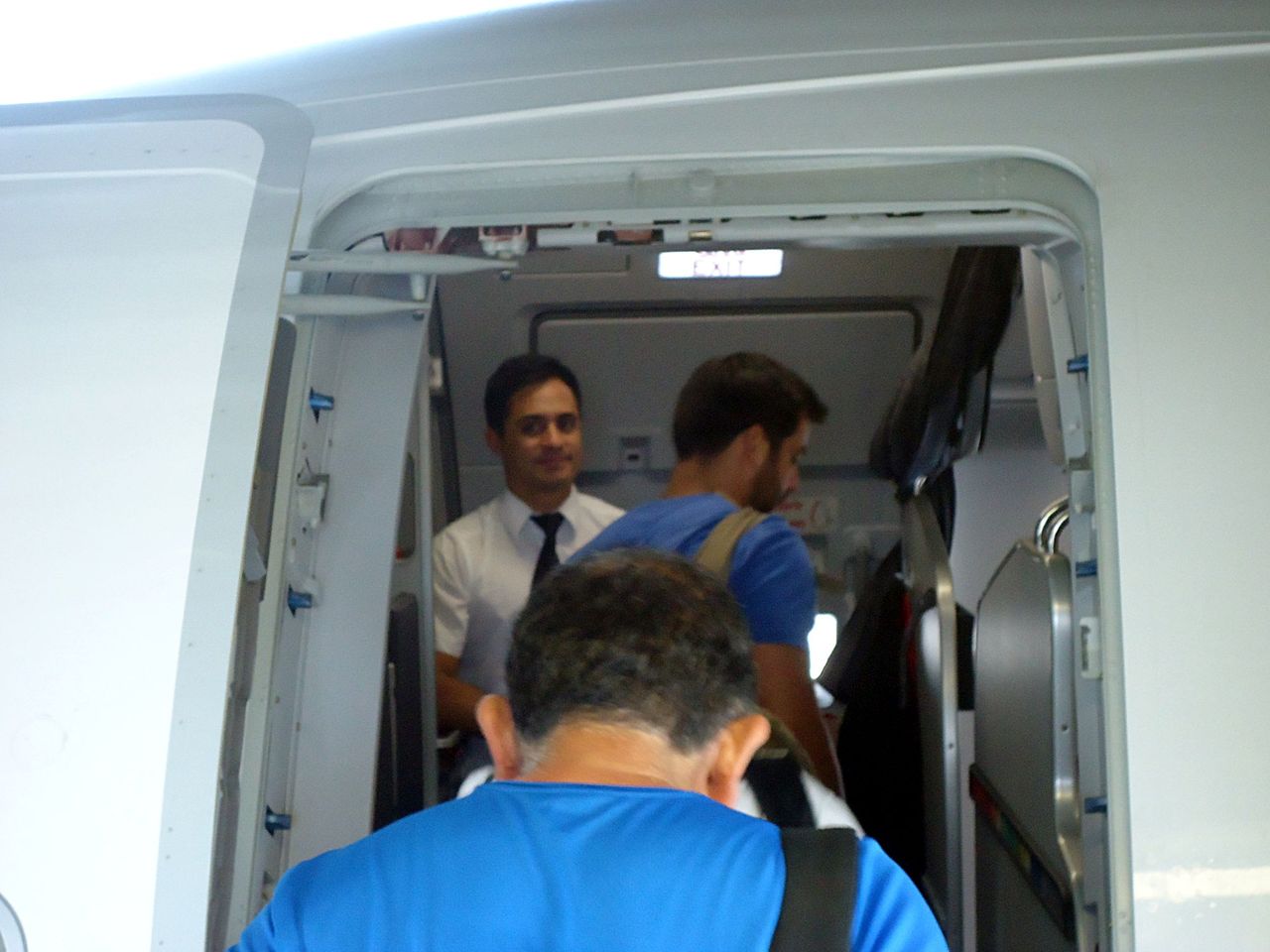
This FA is proof that I need new glasses.
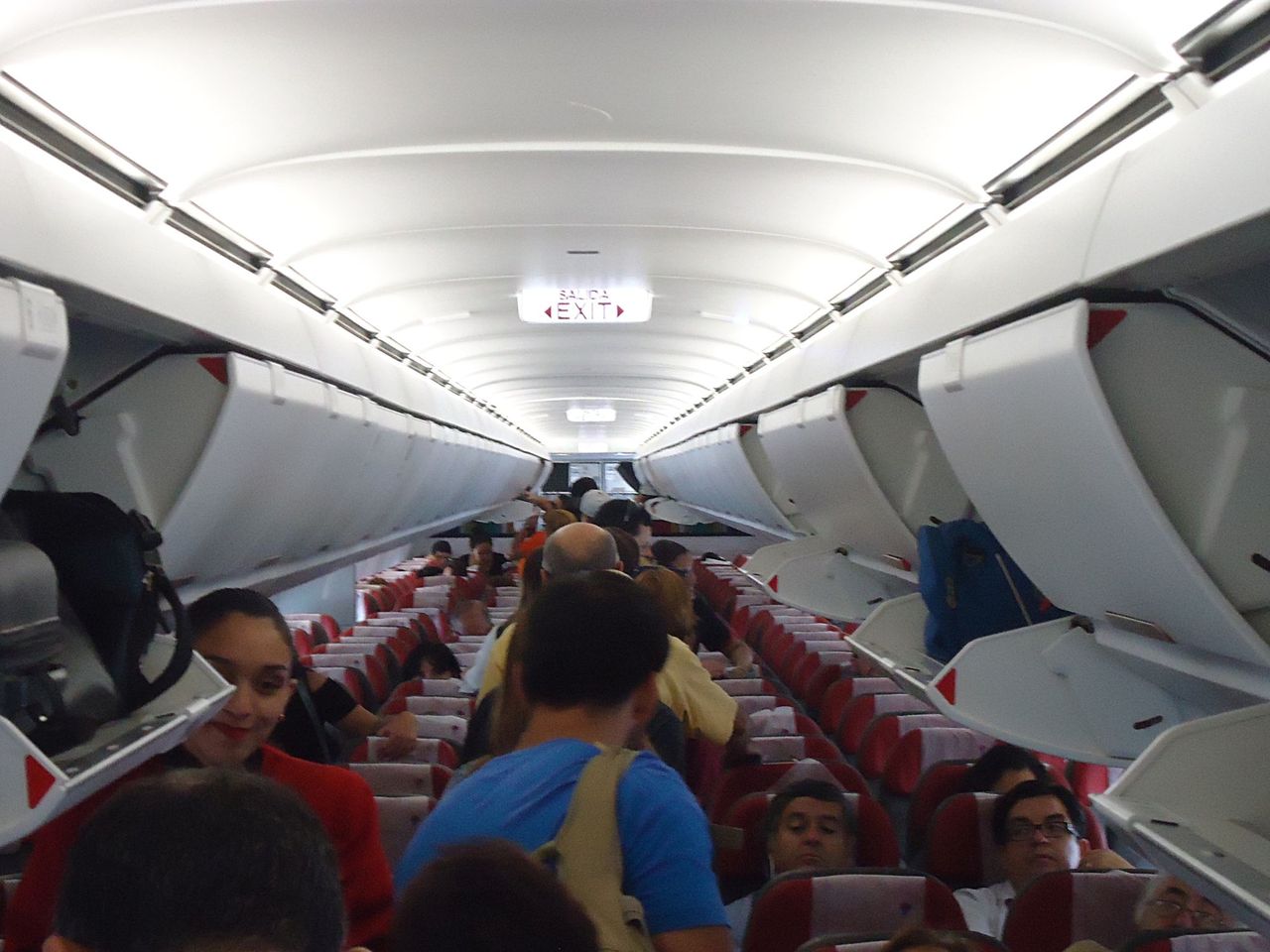
I’m always thankful for these new Recaro seats. Great legroom. At least for me.
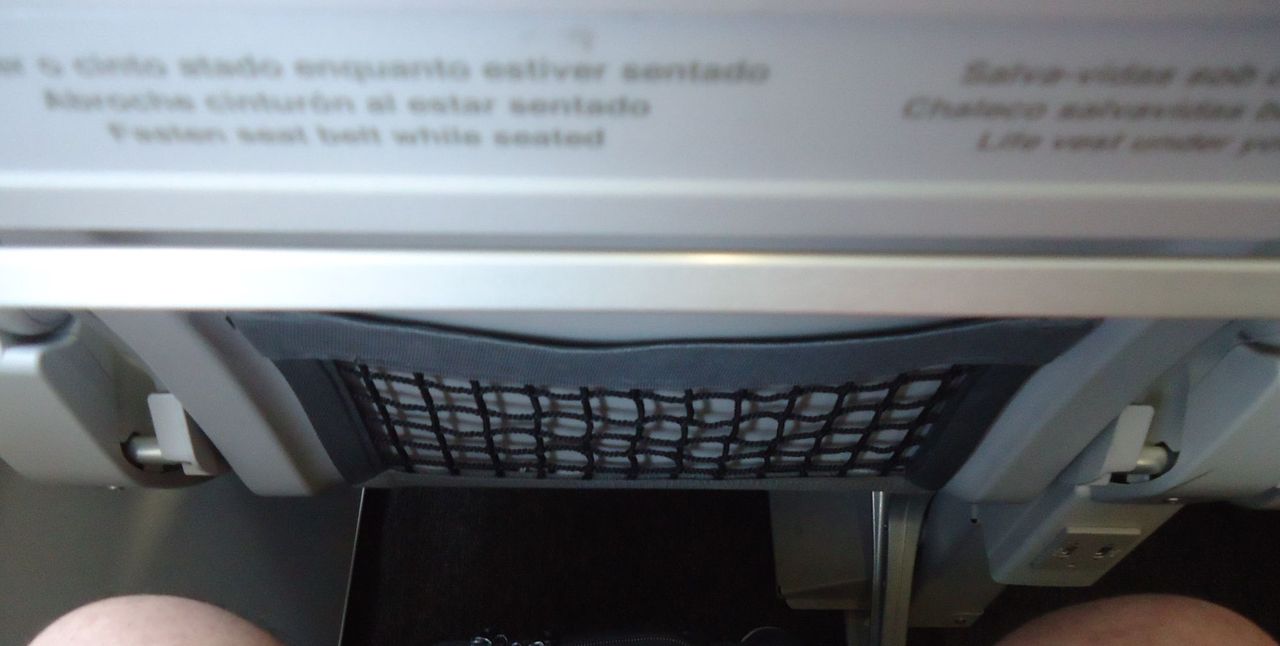
Seatback pocket.
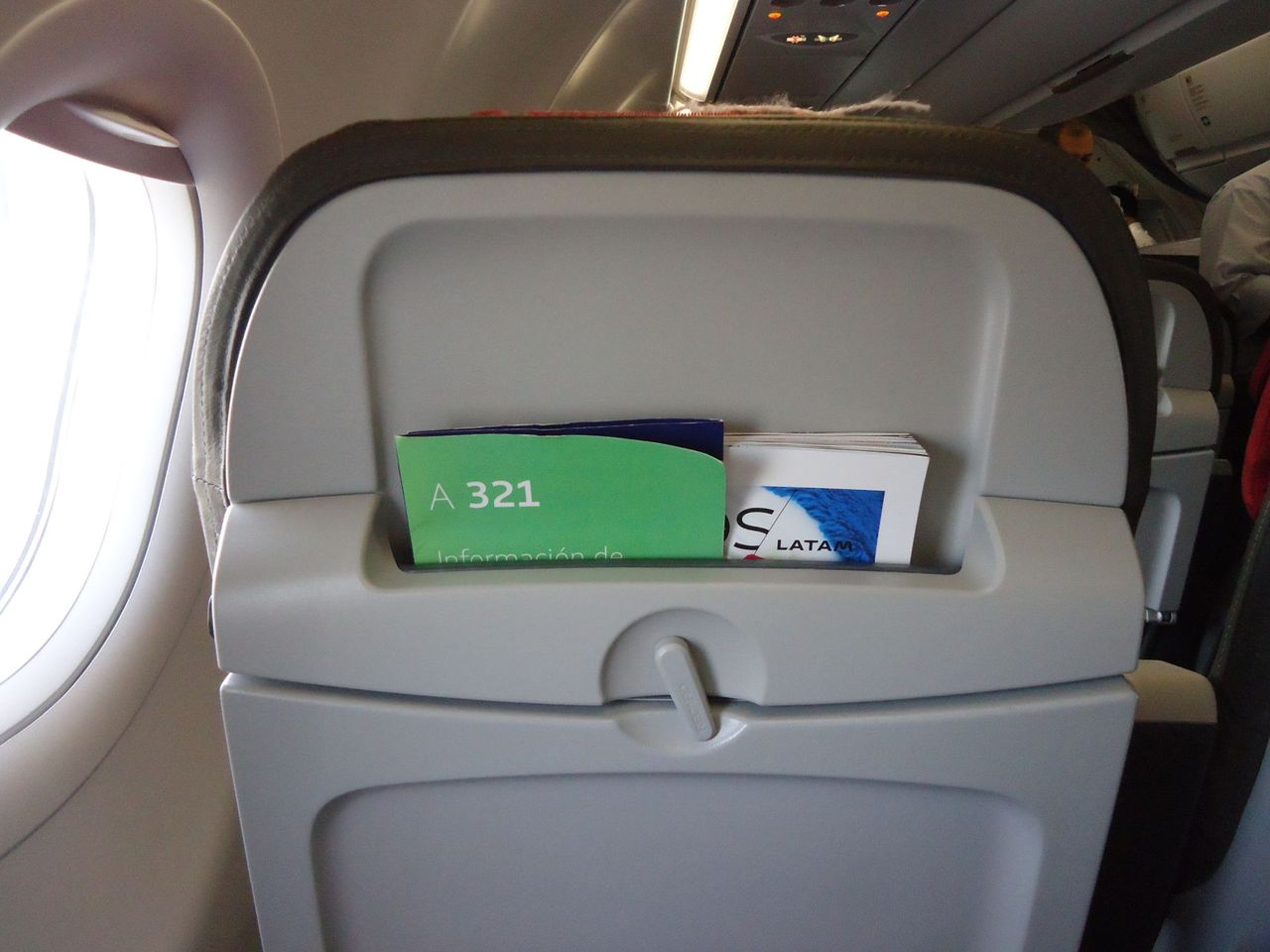
Let’s Go magazine.

I haven’t tried LATAM’s IFE system. I don’t care much, either.
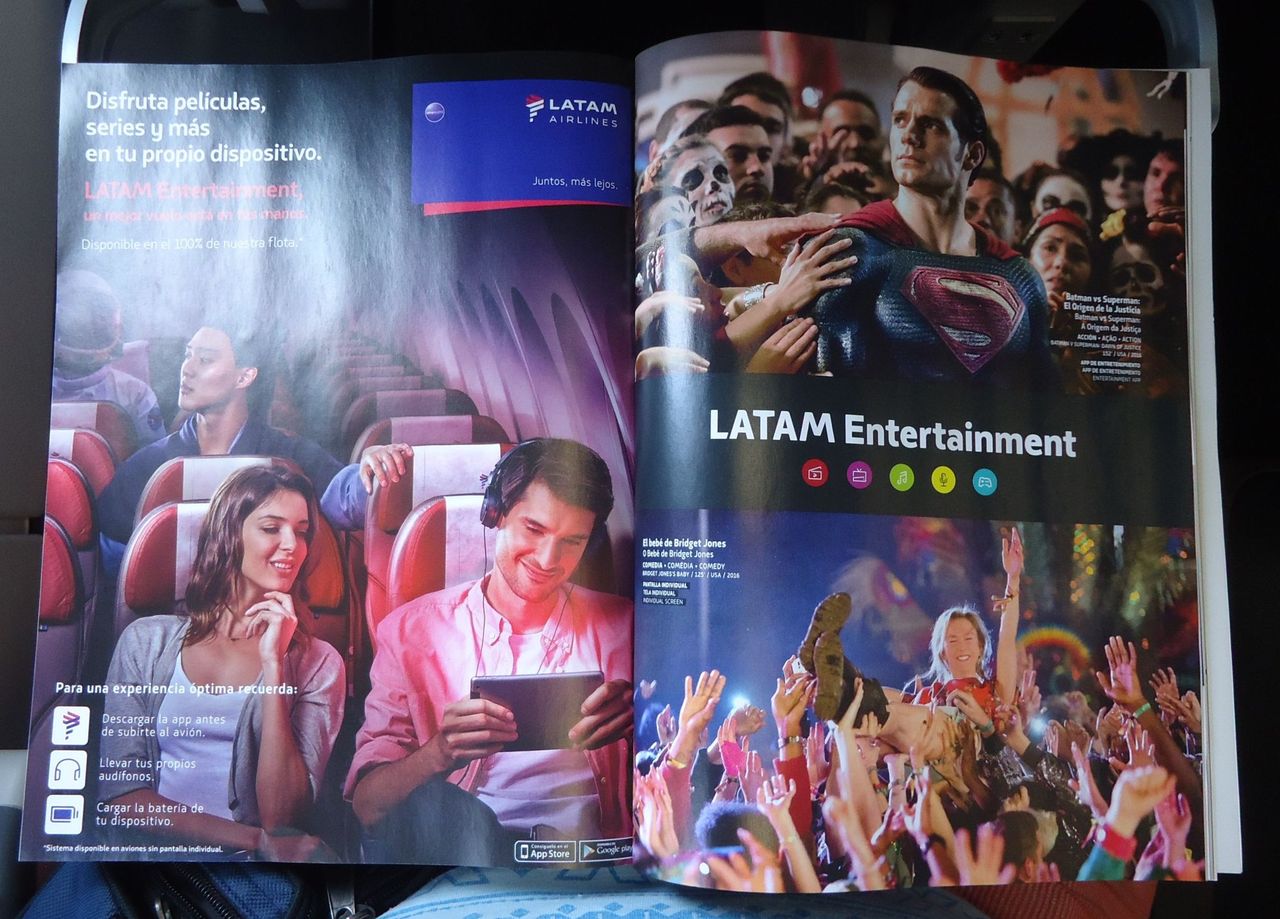
Safety instructions both sides.
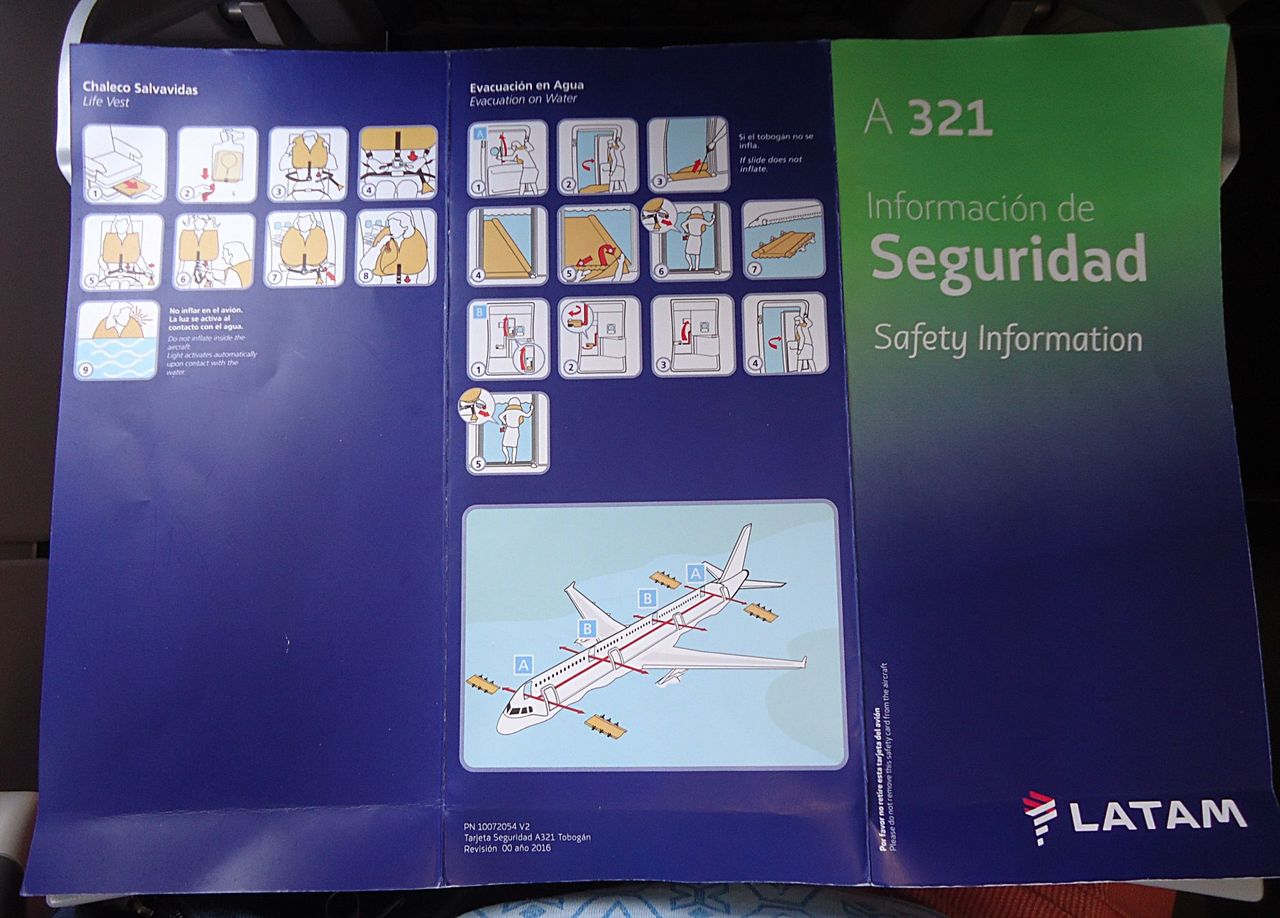
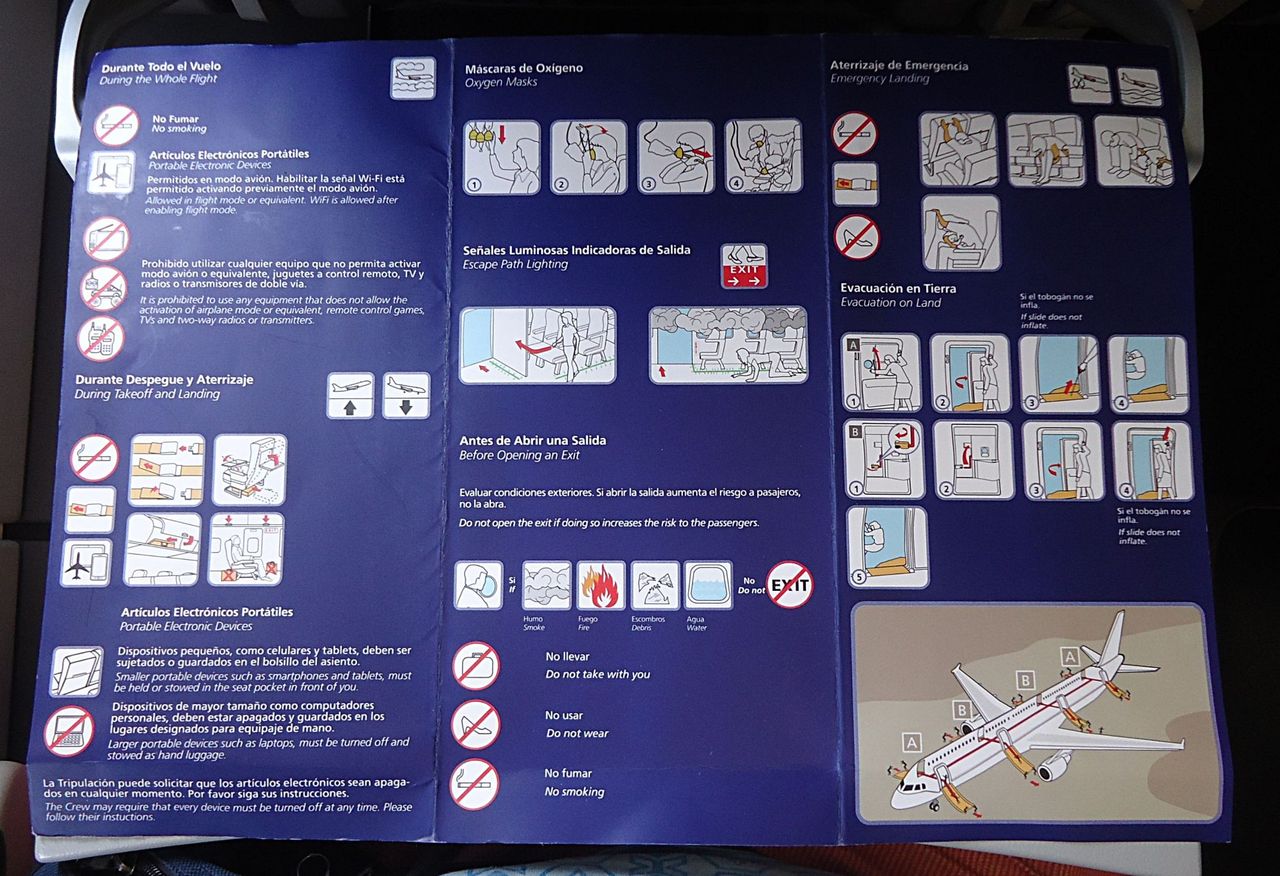
Overhead panel.
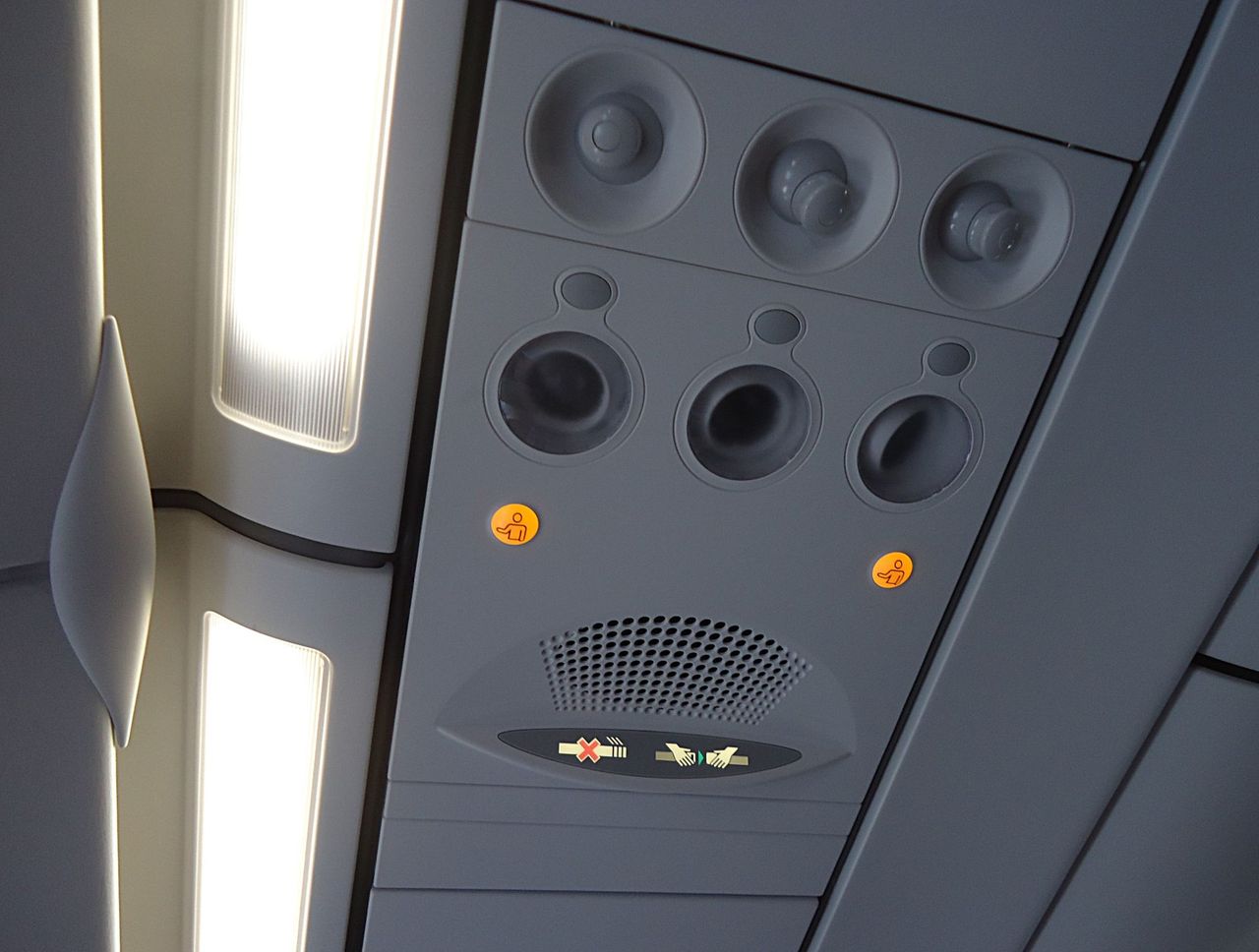
USB charger under the seat.
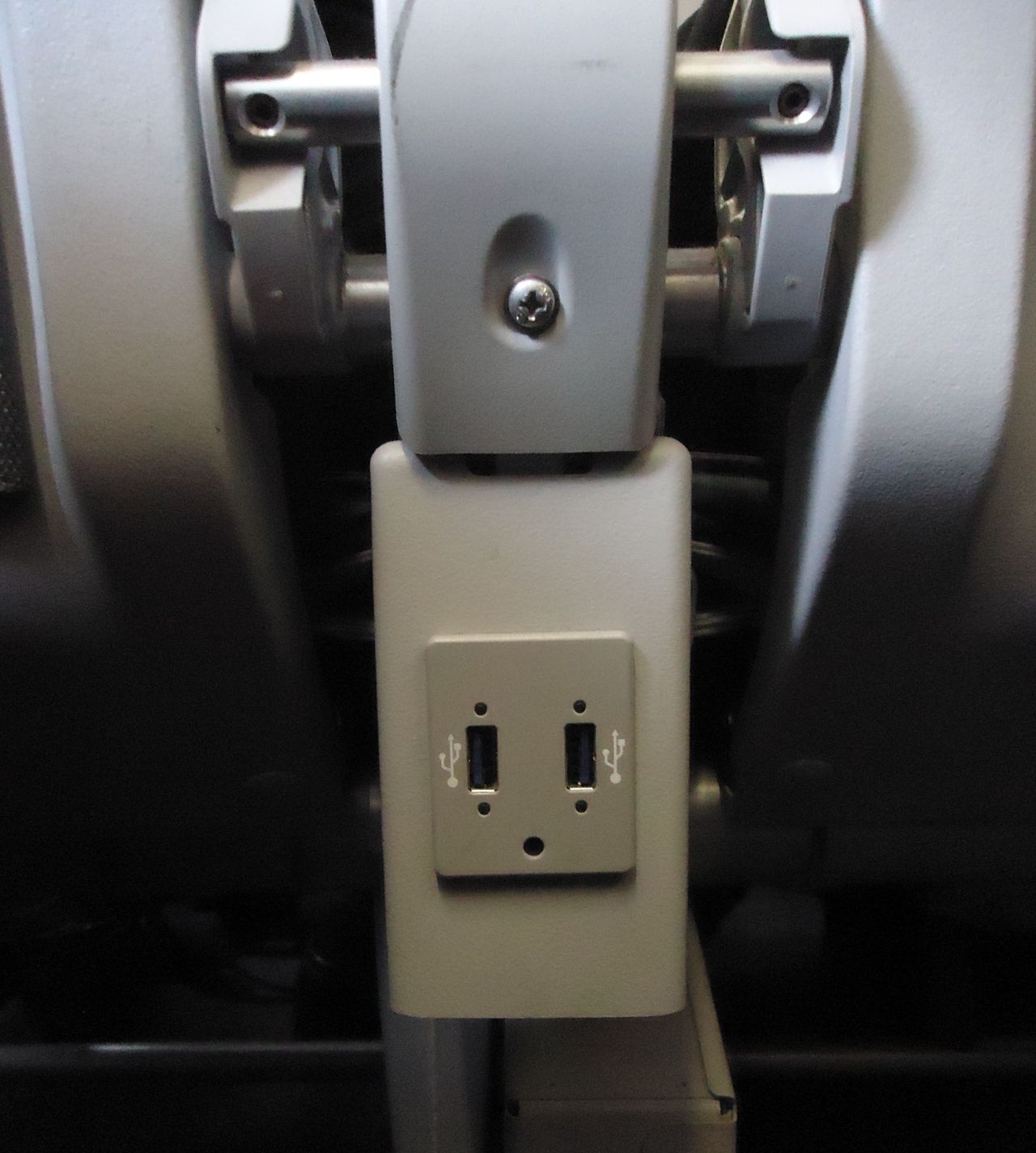
CC-BEP has parked next to us.
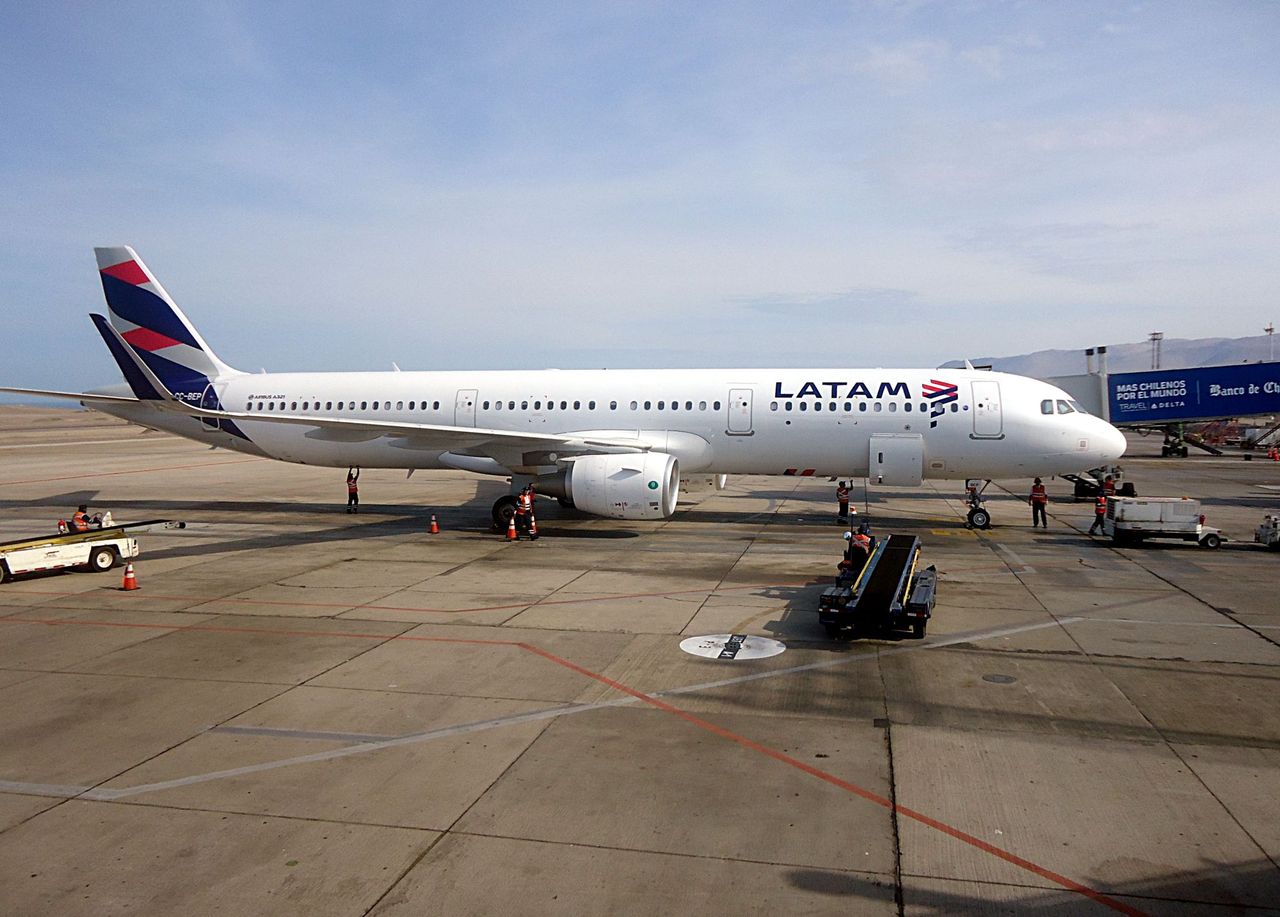
>
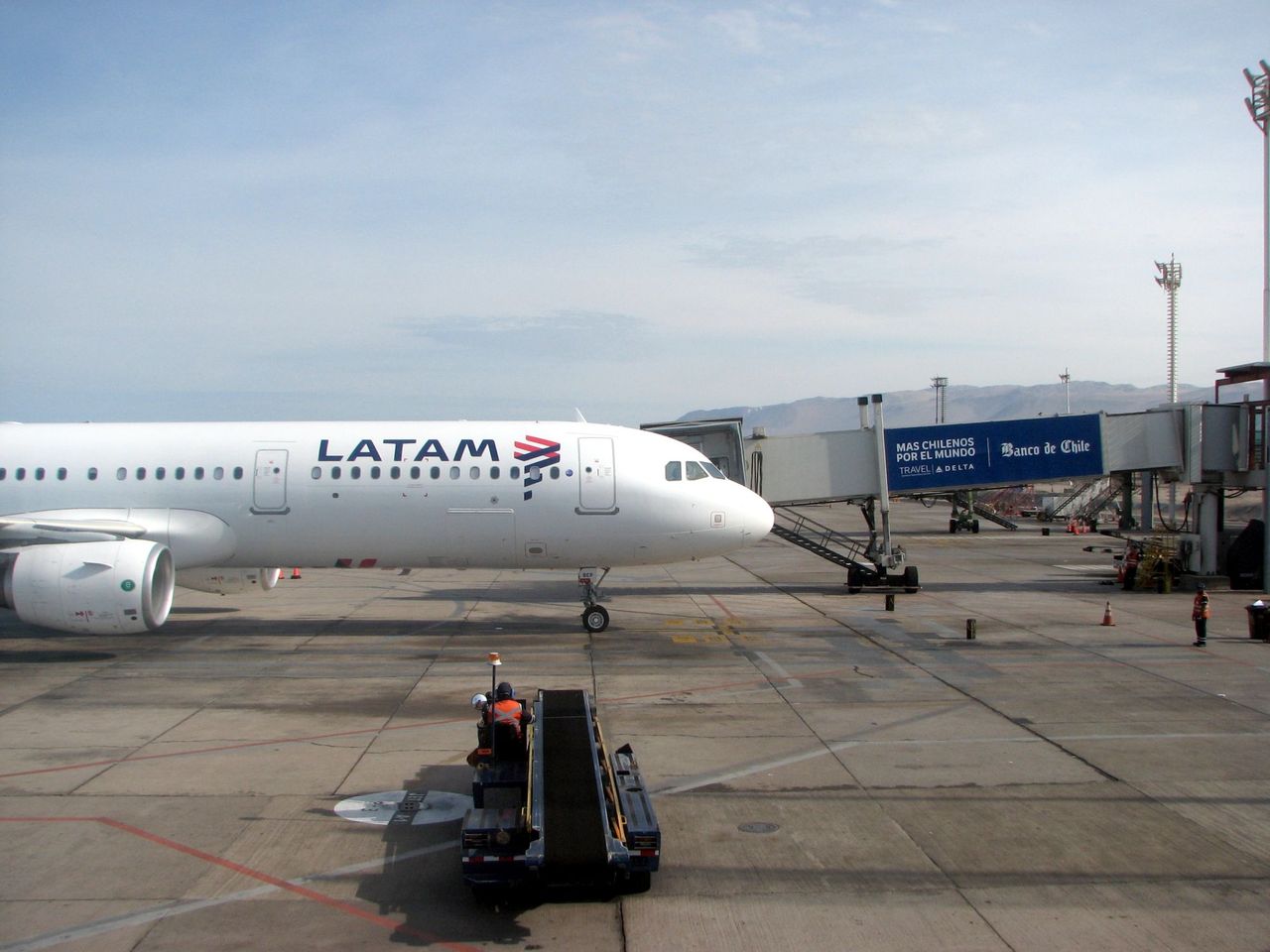
>
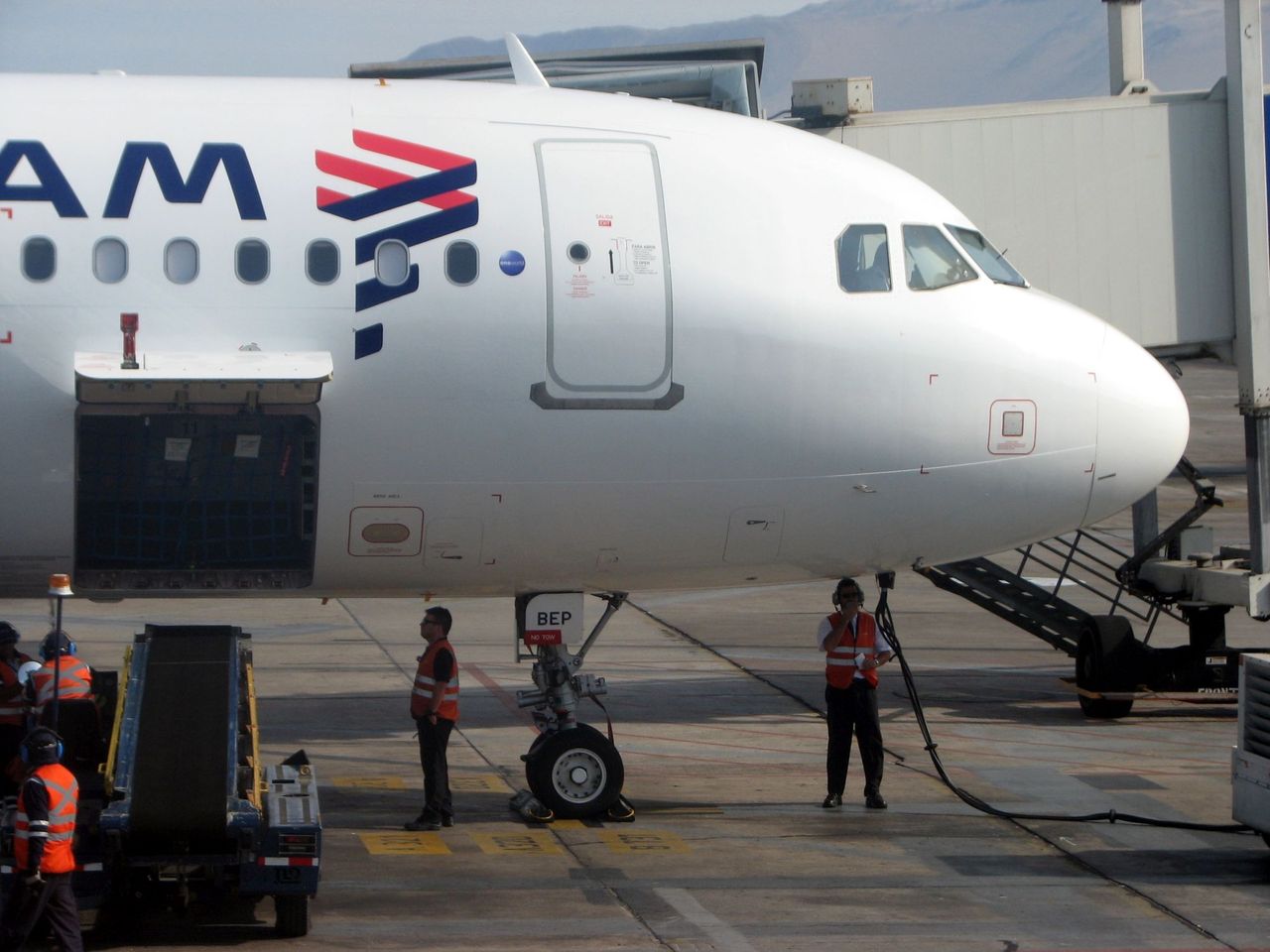
We are soon ready to leave. Not sure about the time of departure but, according to flightradar24.com, we landed seven minutes ahead of schedule.

The flight
Pushback.
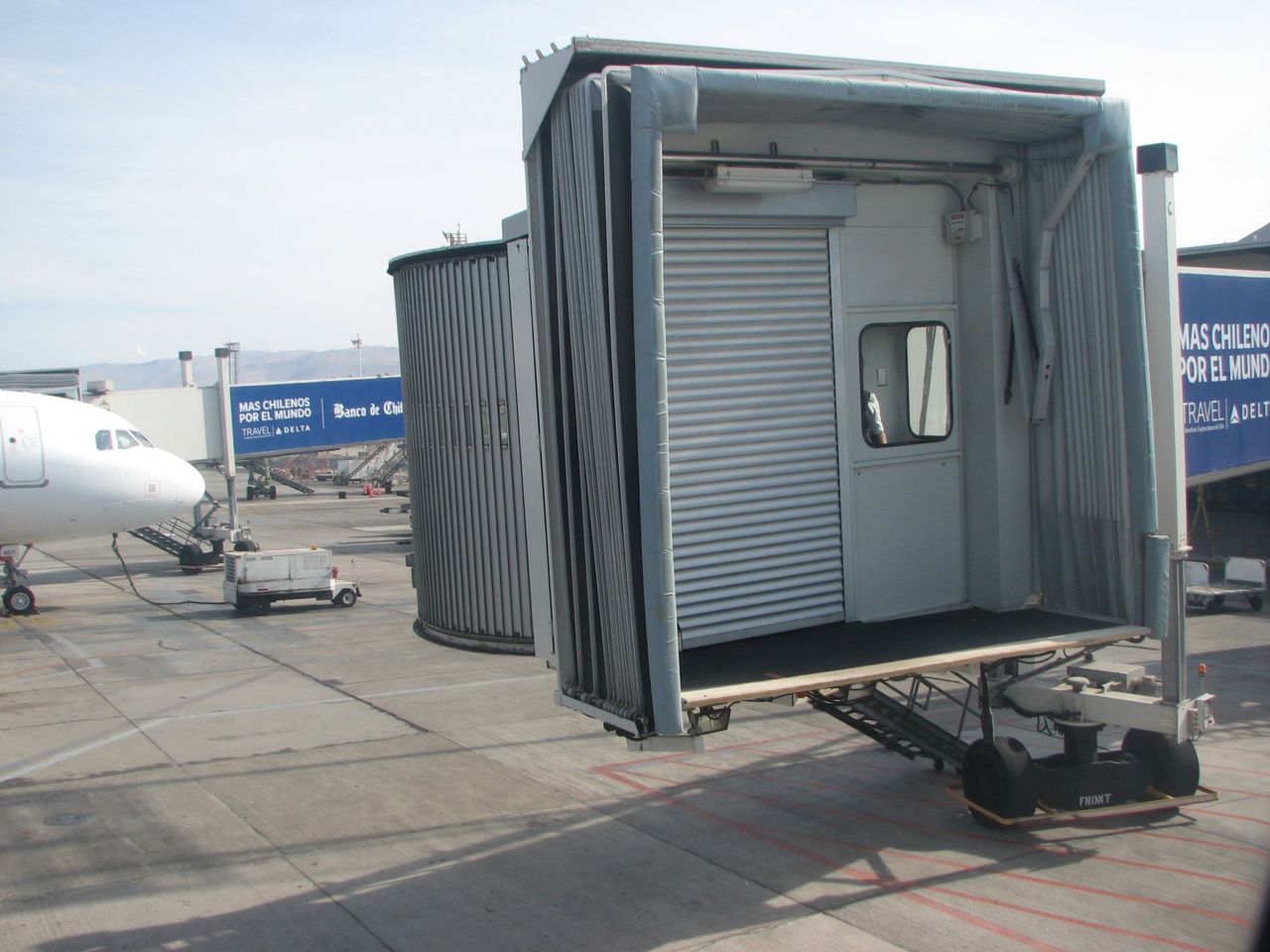
>
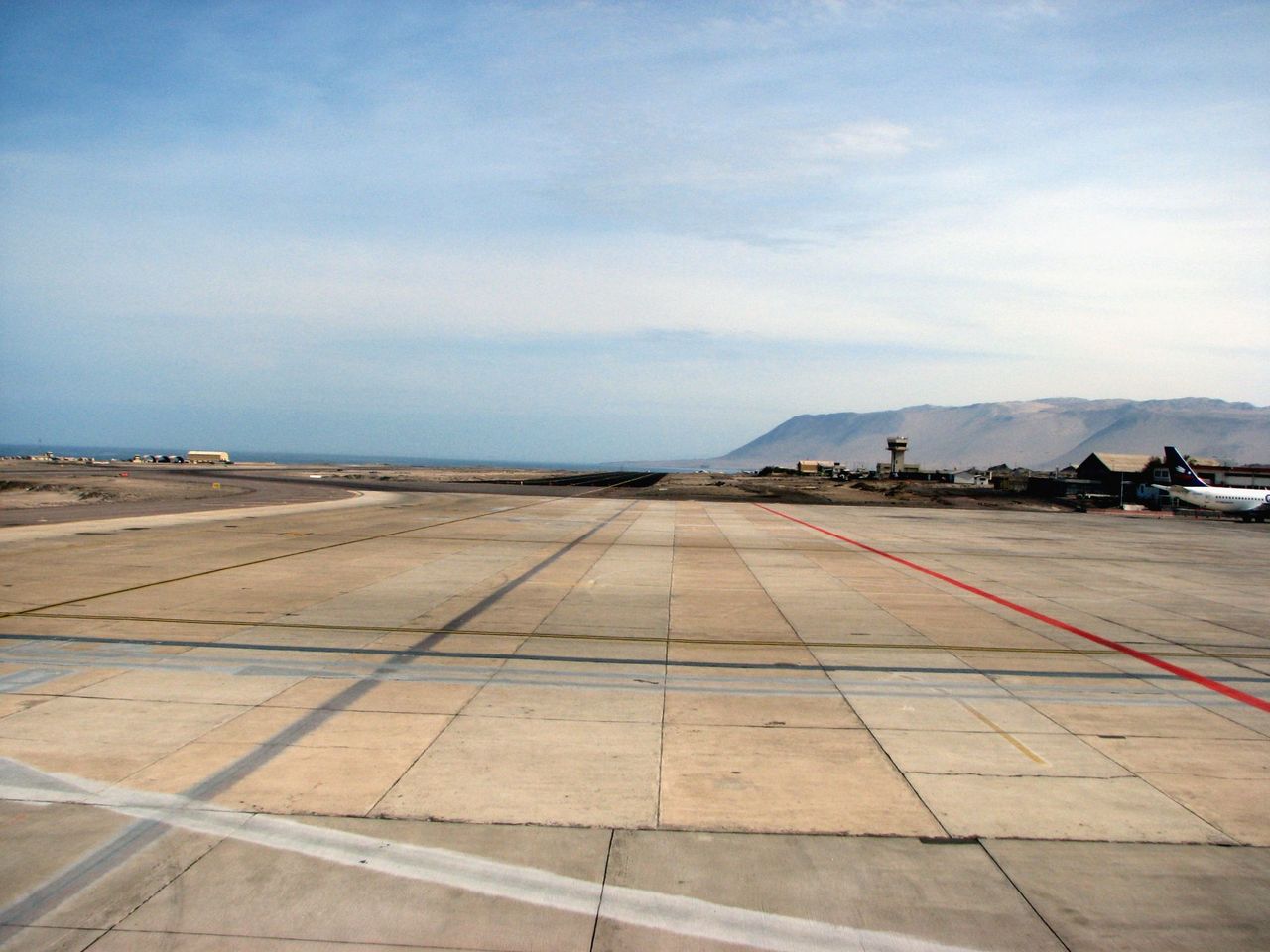
>
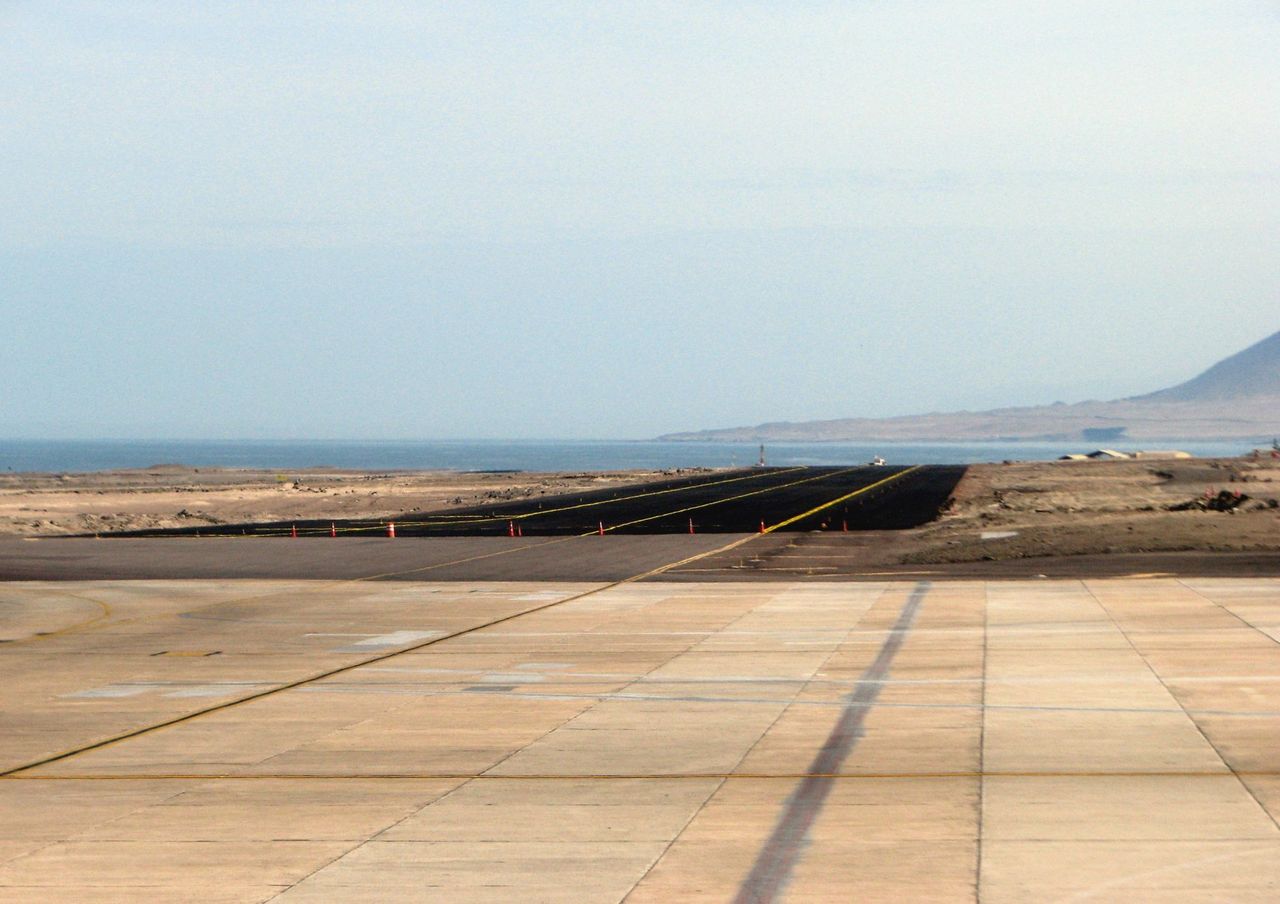
When a Herpa model is not enough…
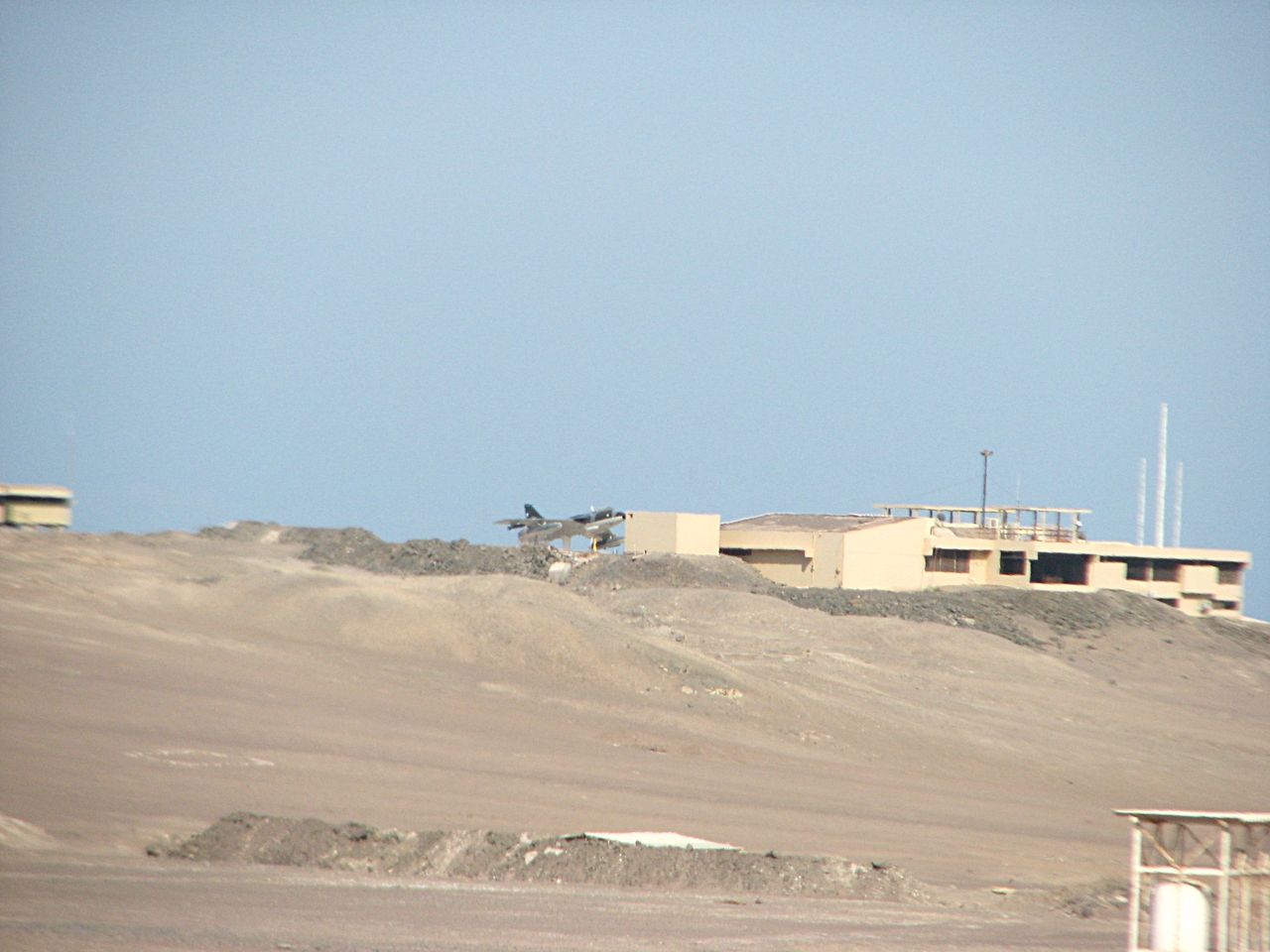
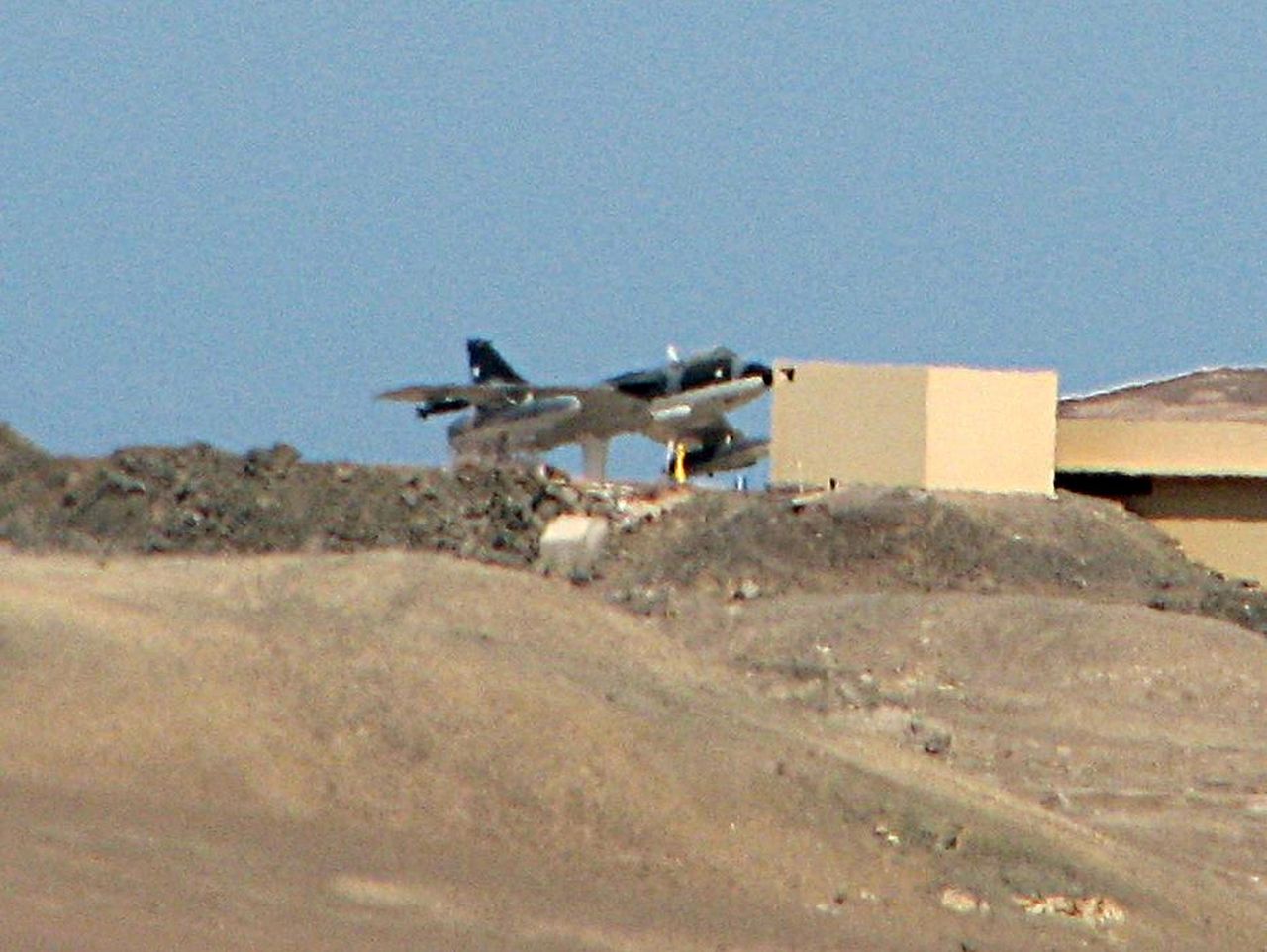
We taxi towards the north along the runway.

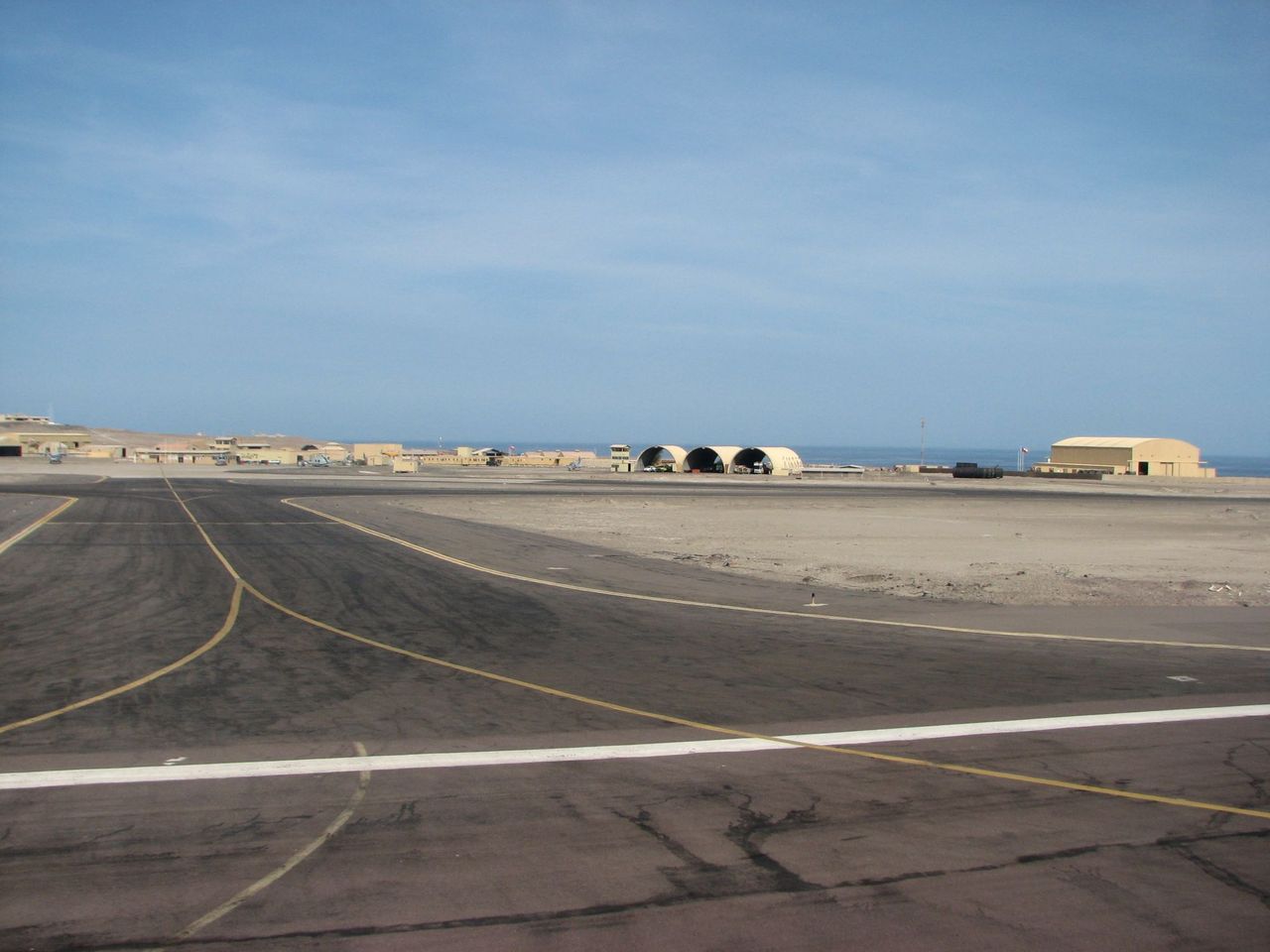
U-turn.
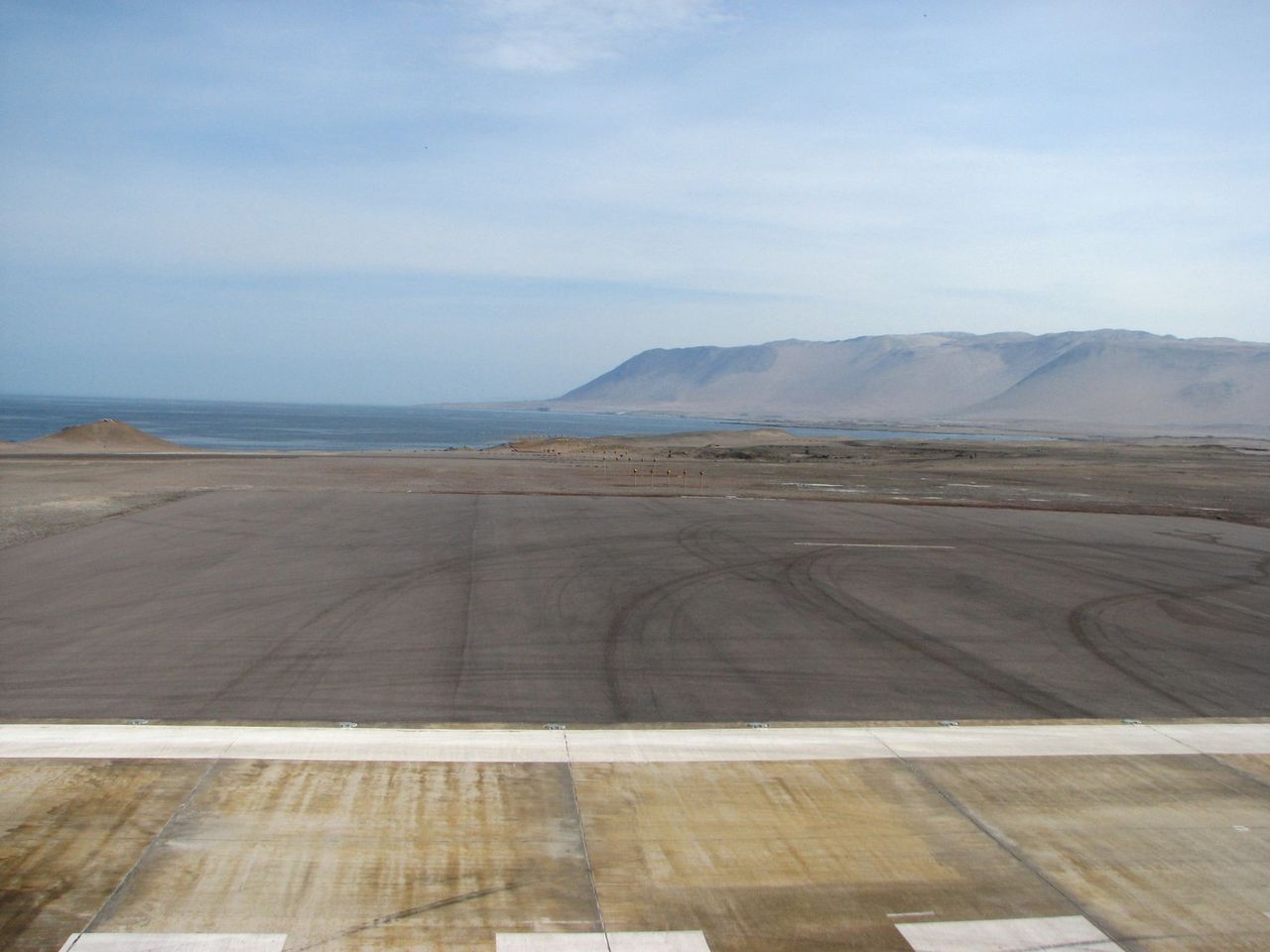
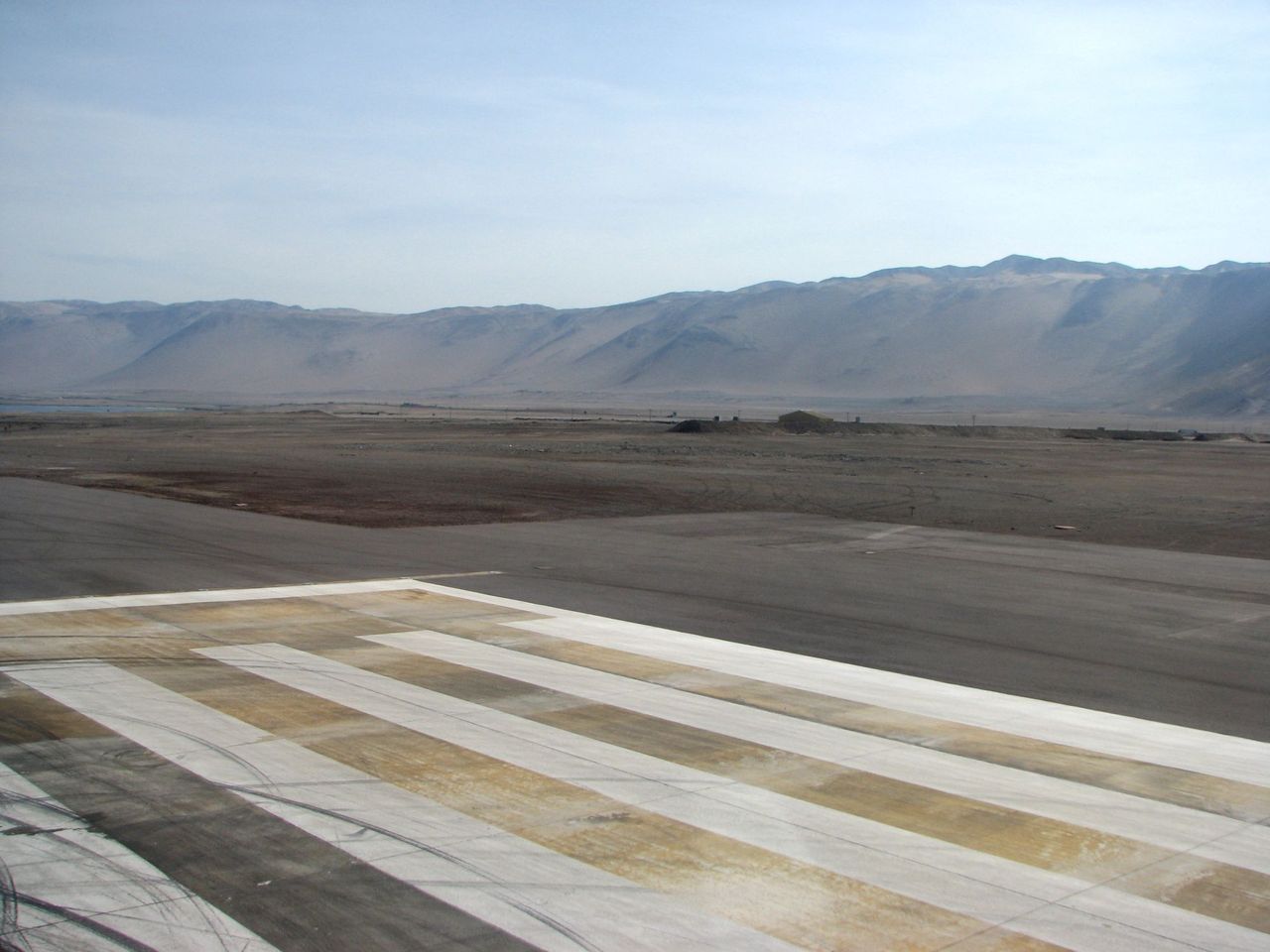
I can watch this lonely jet fighter for a while…
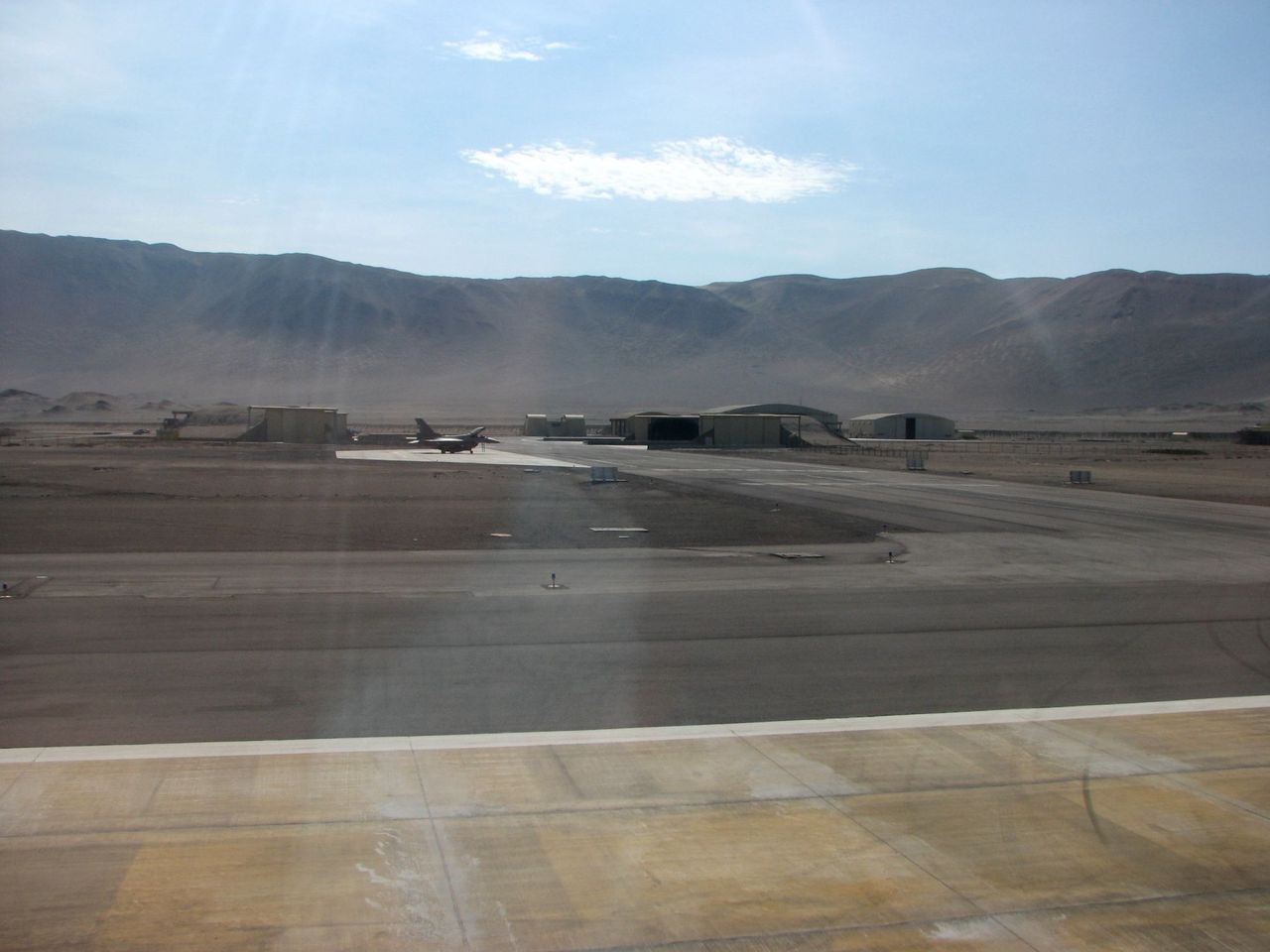
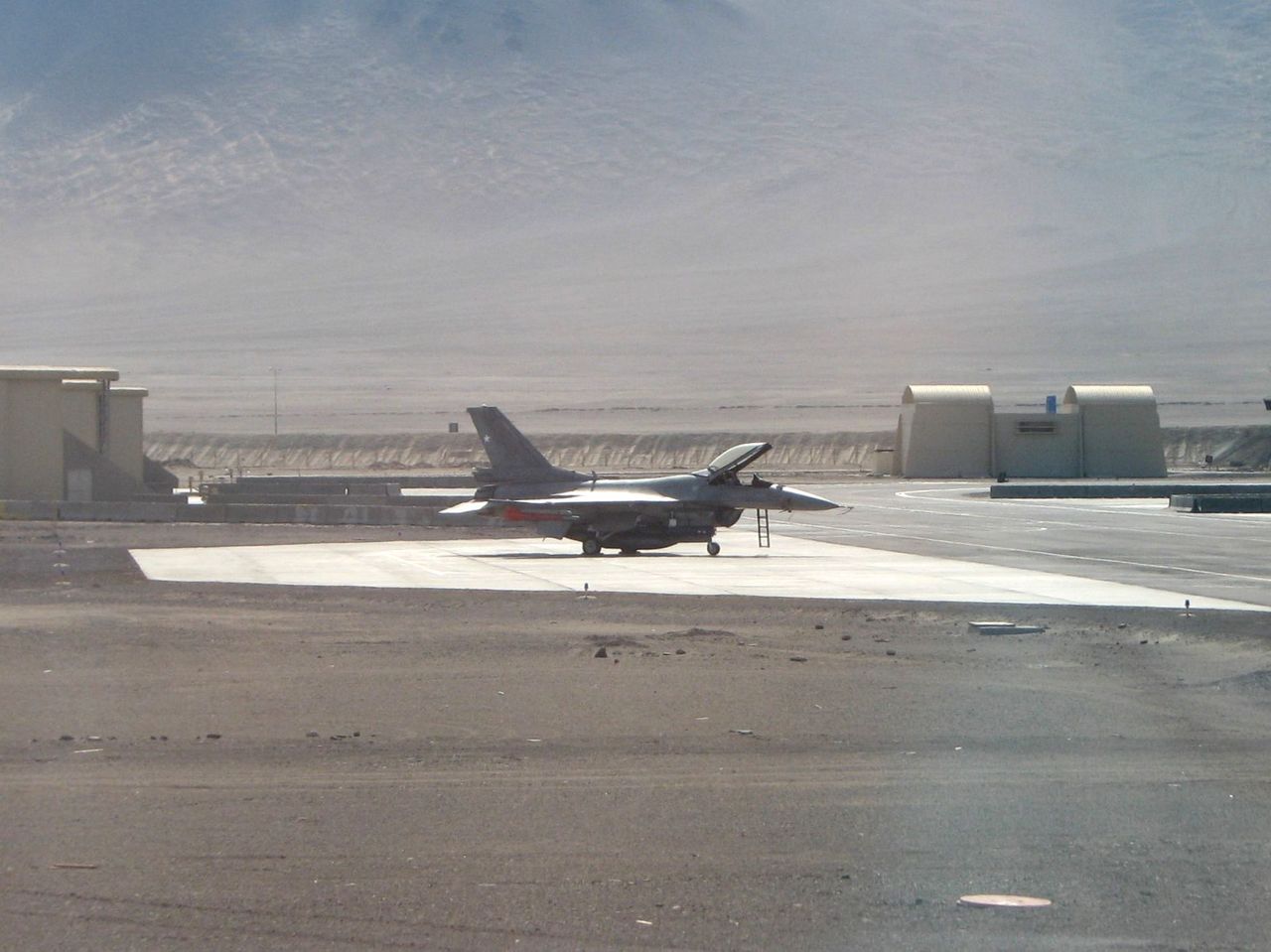
…and off we go.
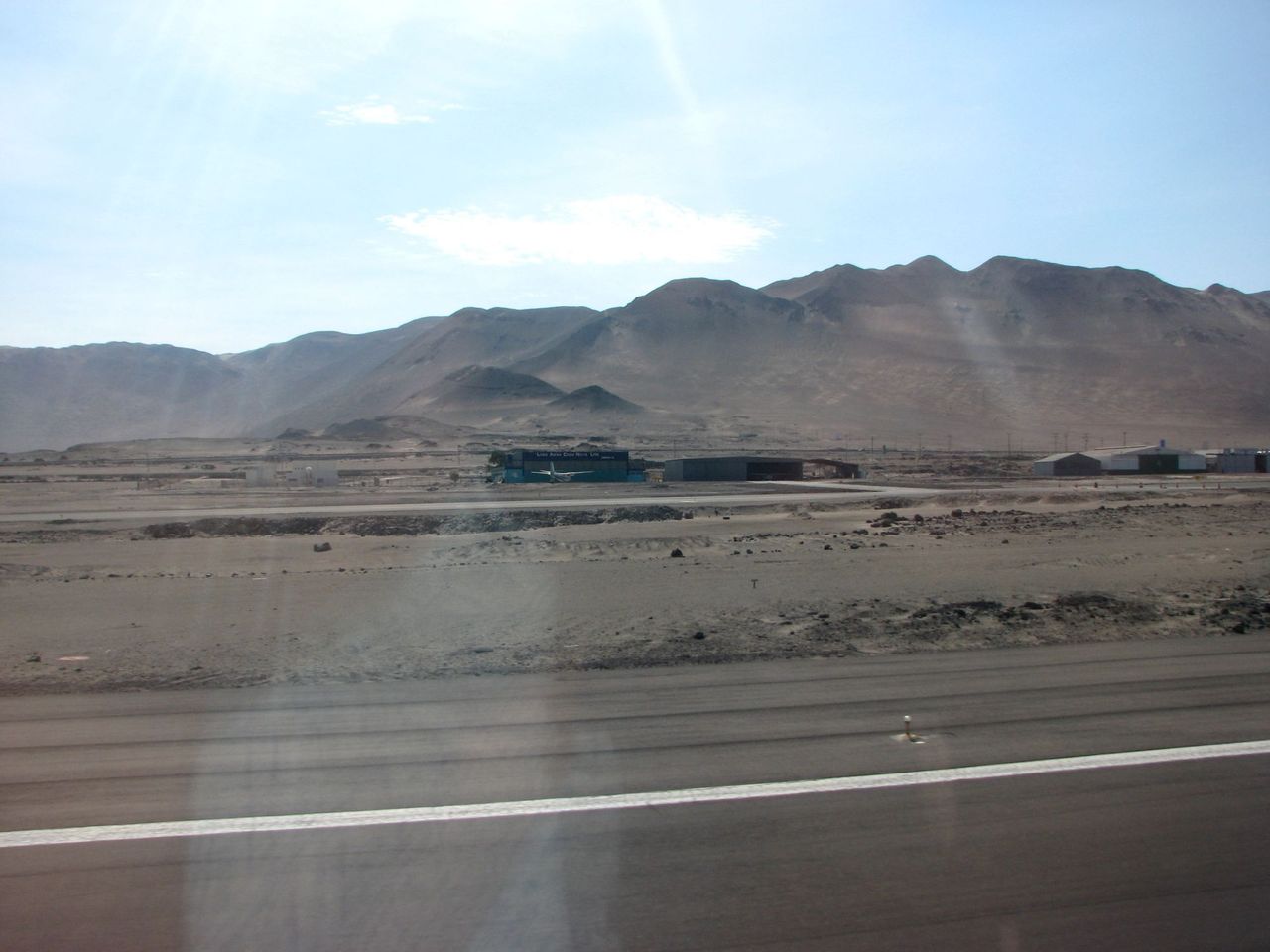
>
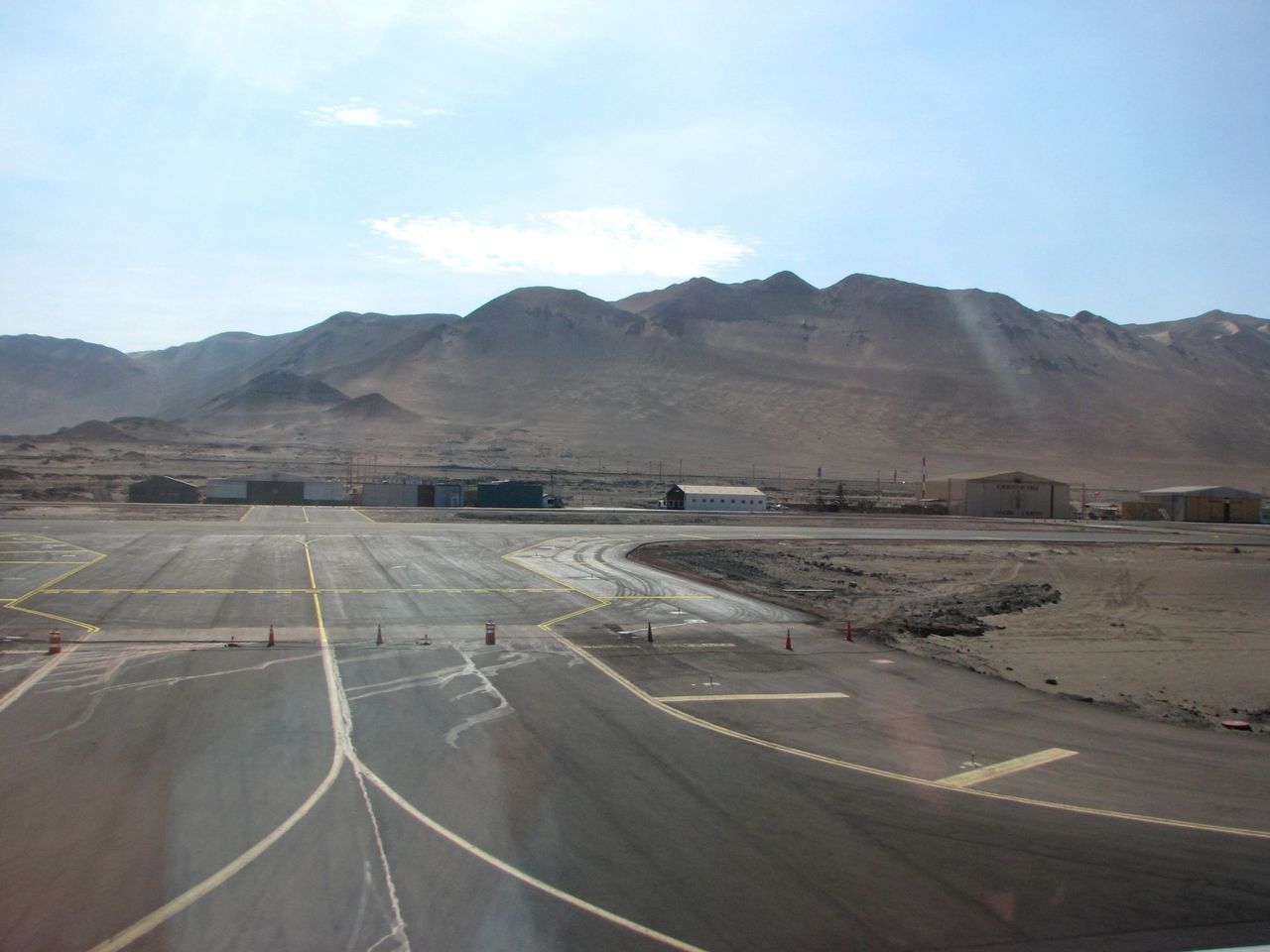
>
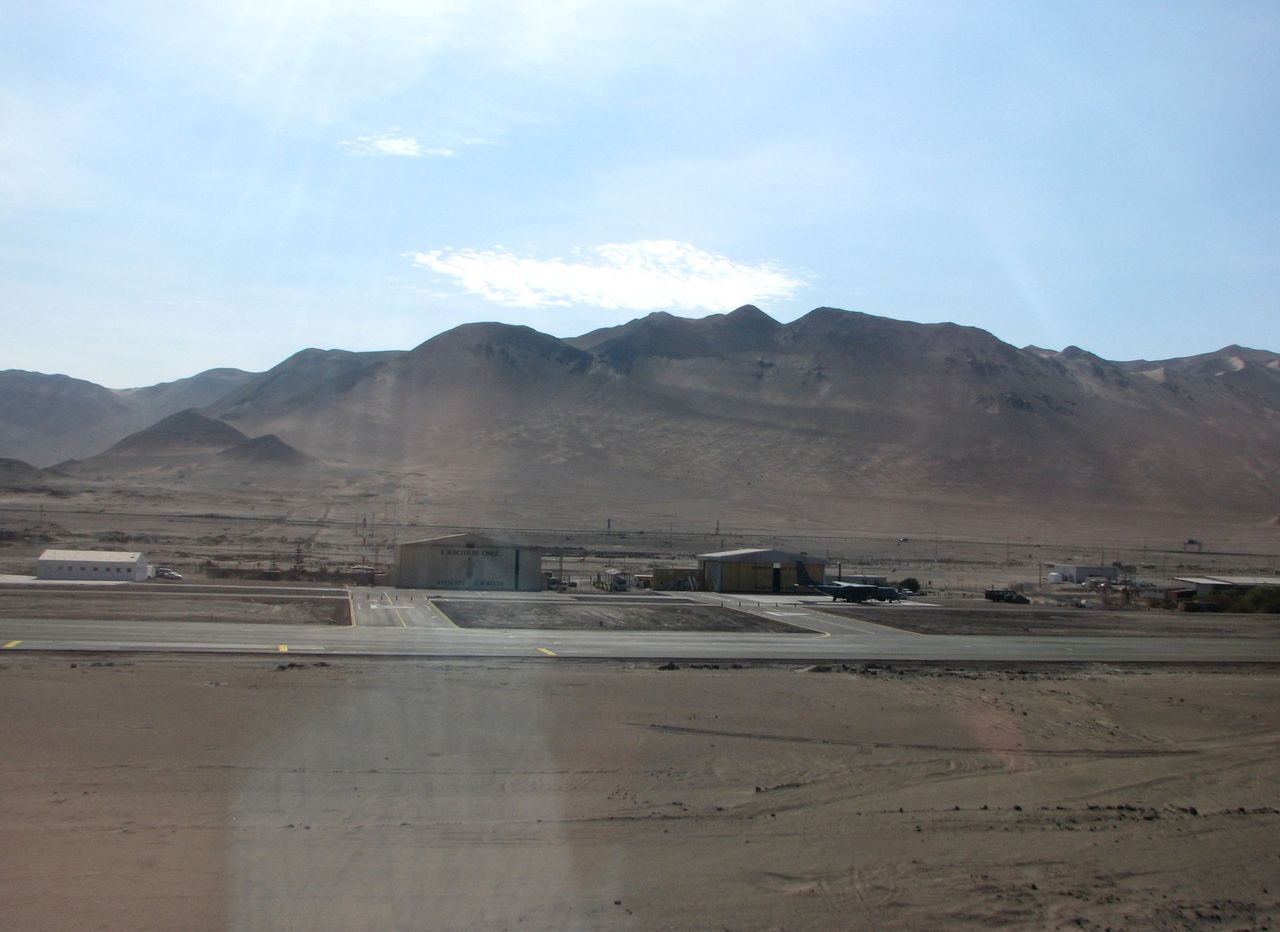
>
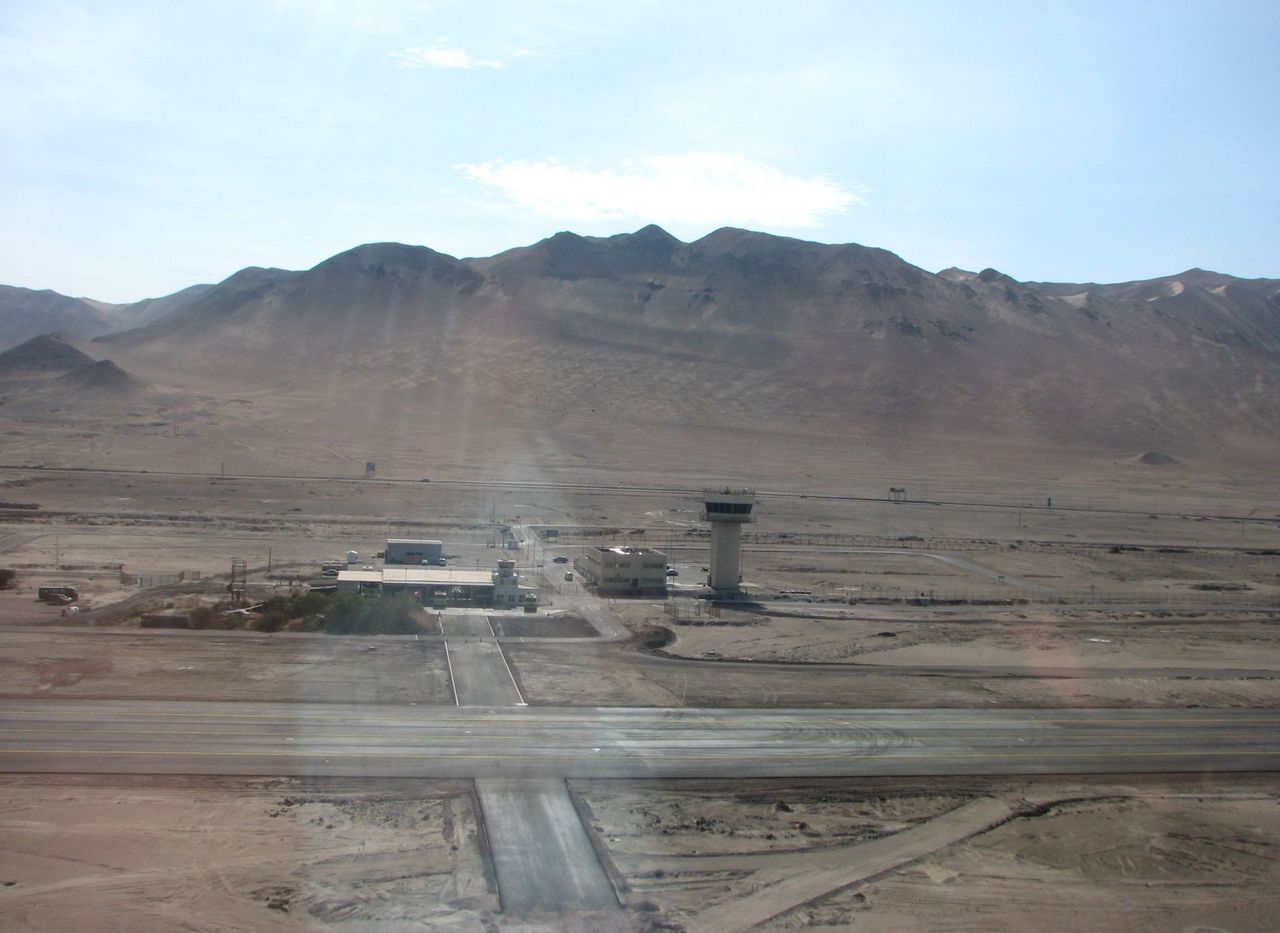
>

>
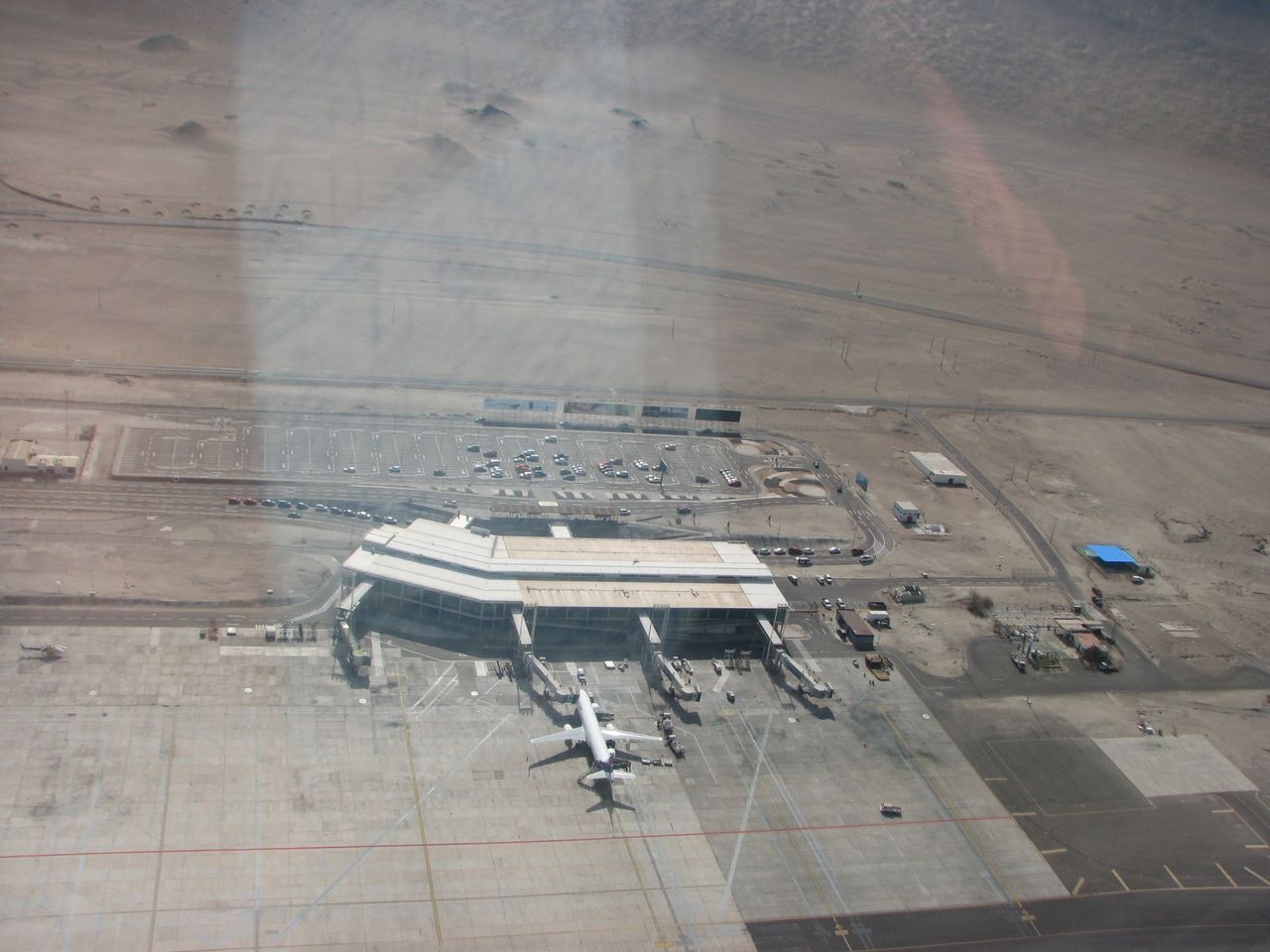
>
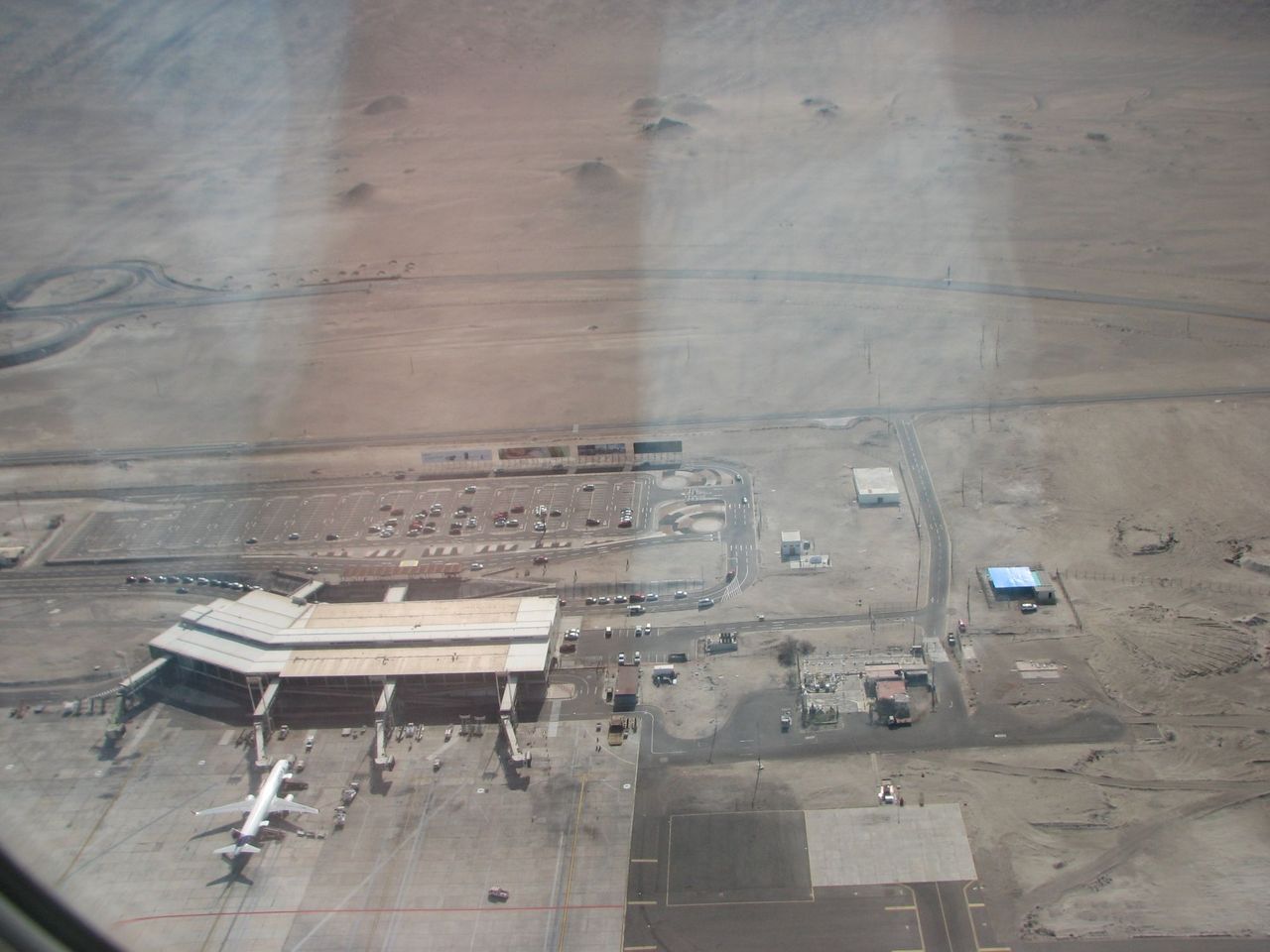
The road to Antofagasta runs through vast extensions of…
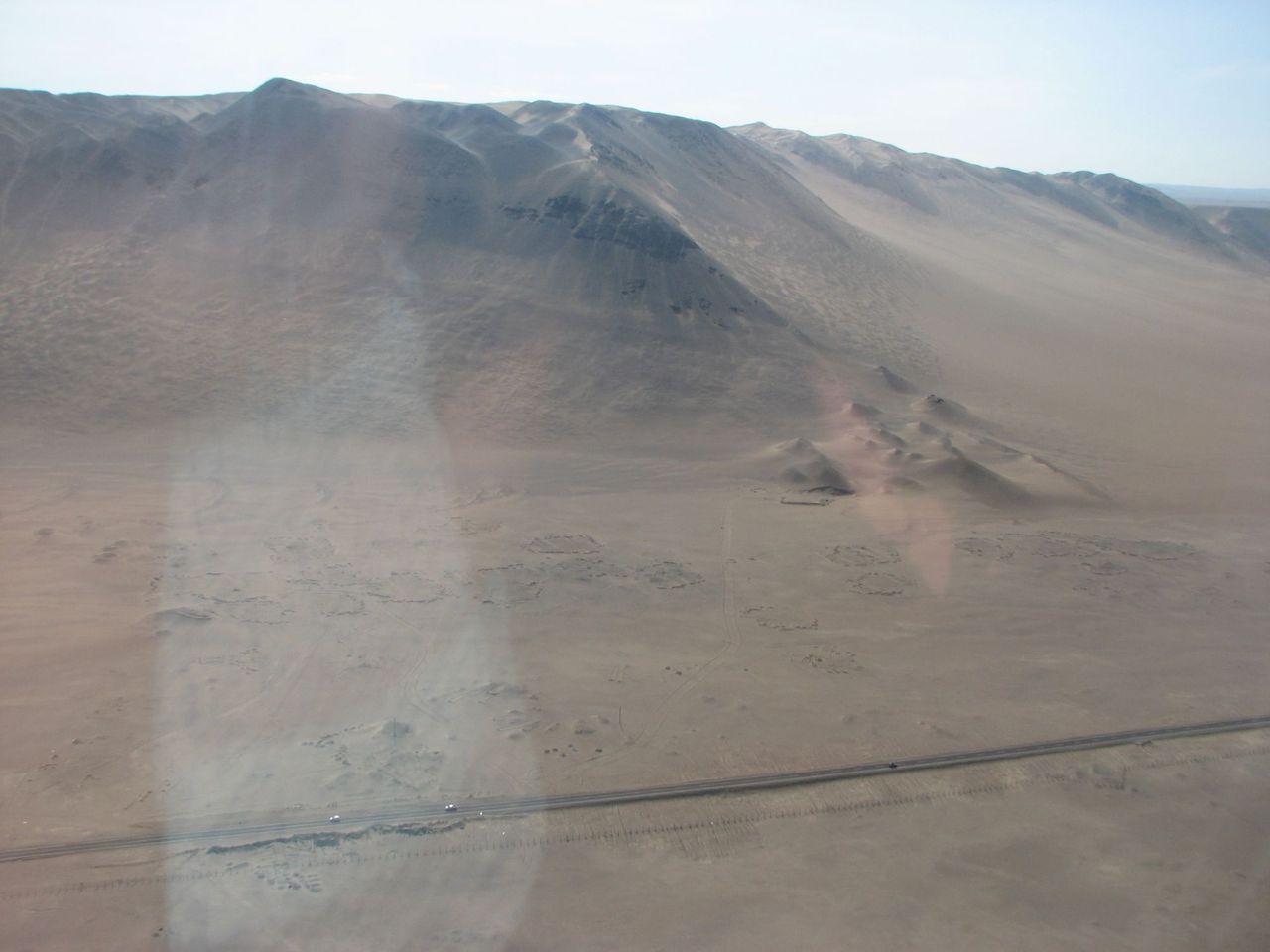
…nothing!
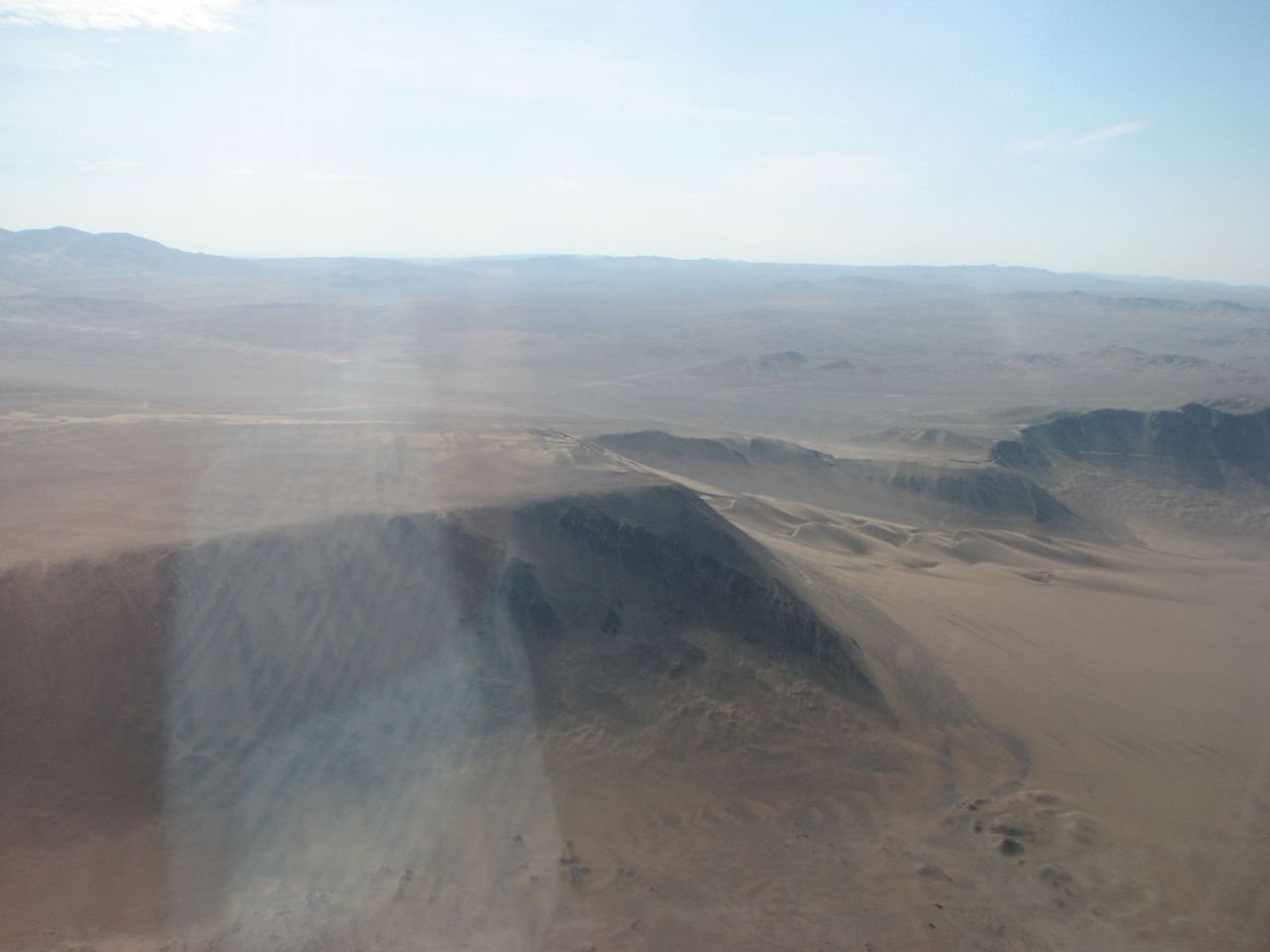
And it winds along the bottom of this little canyon towards the desert.

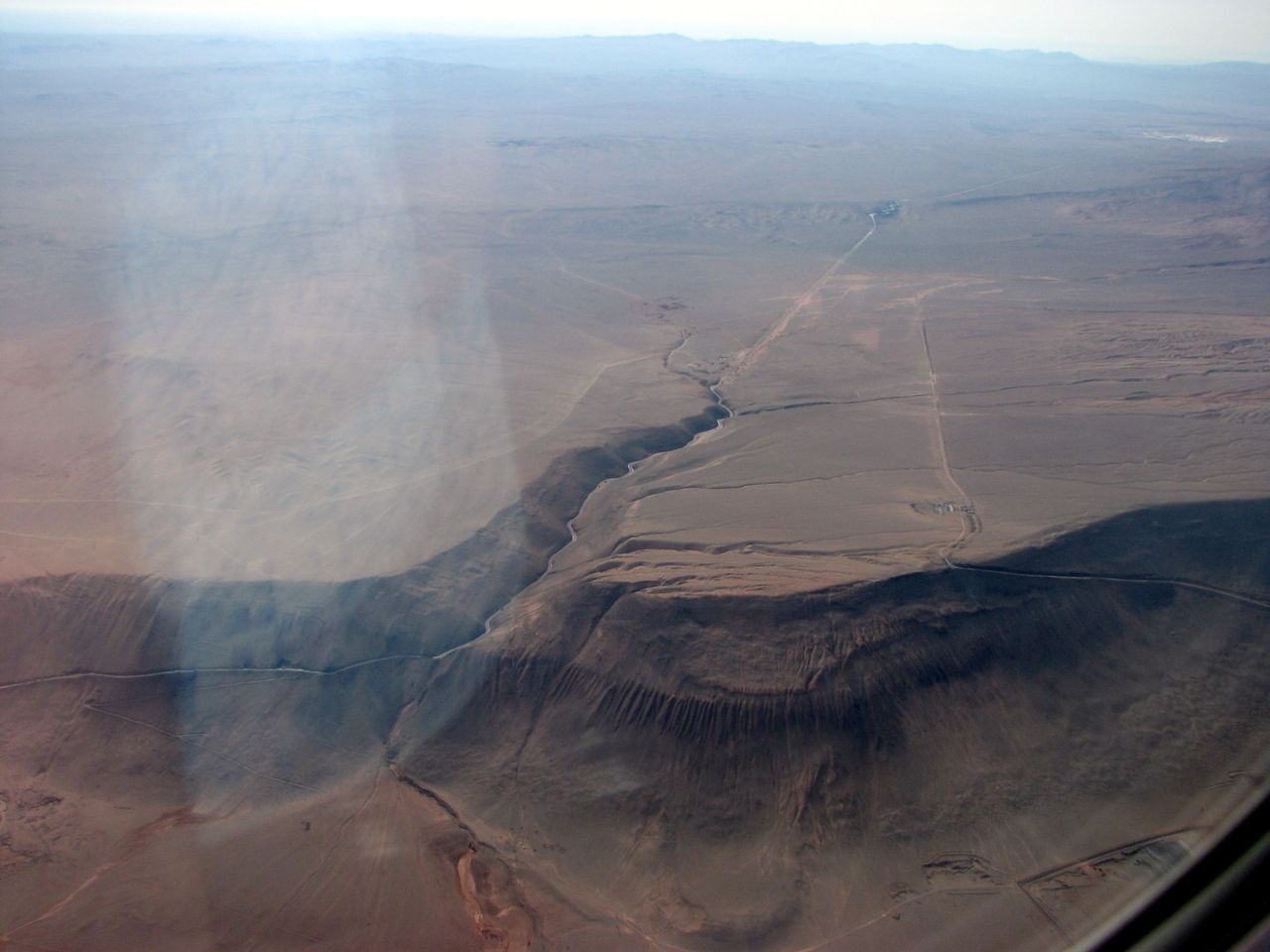
Later I learn that this is a salina - or salt mine - called Bahía Blanca.
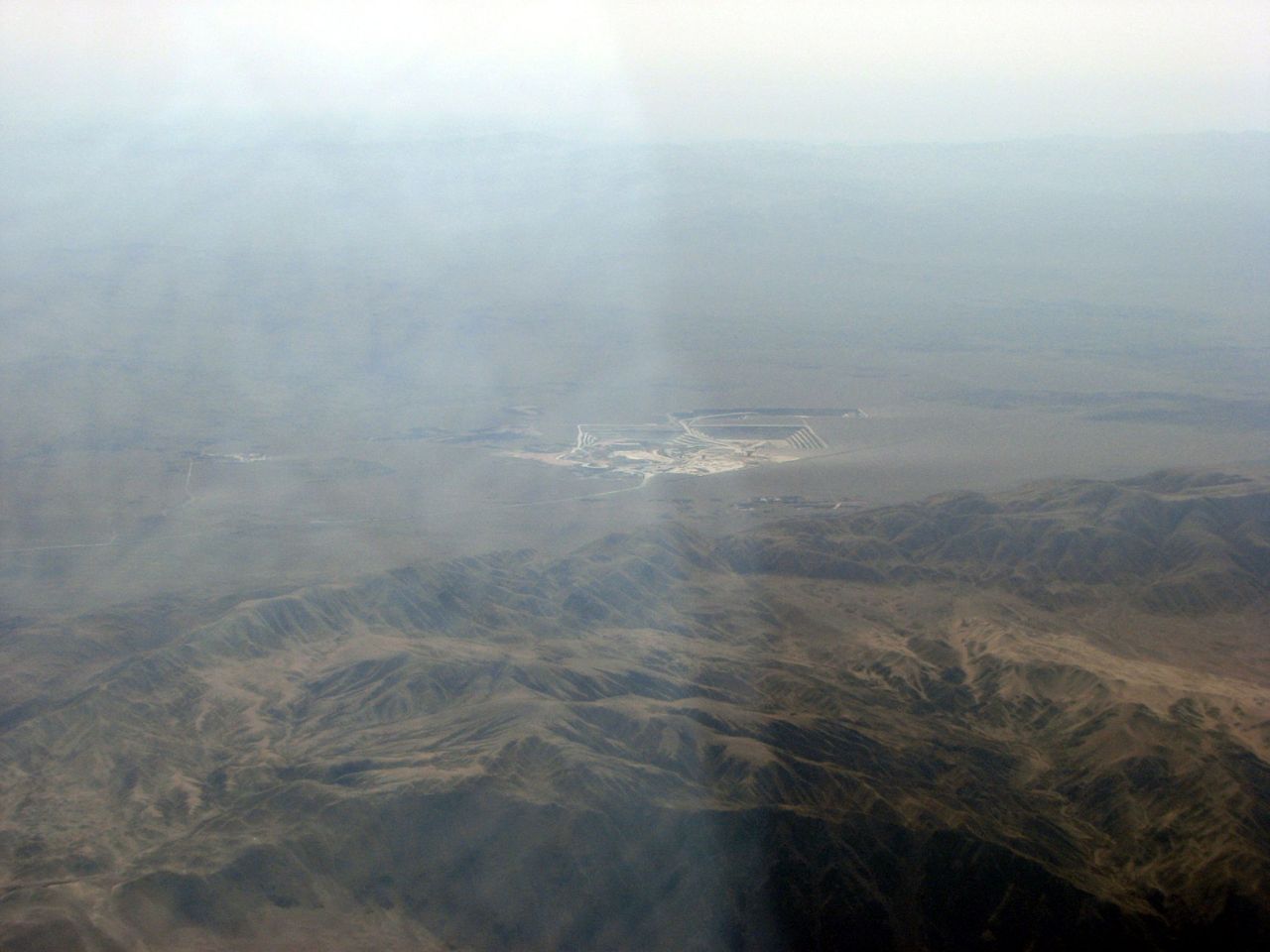
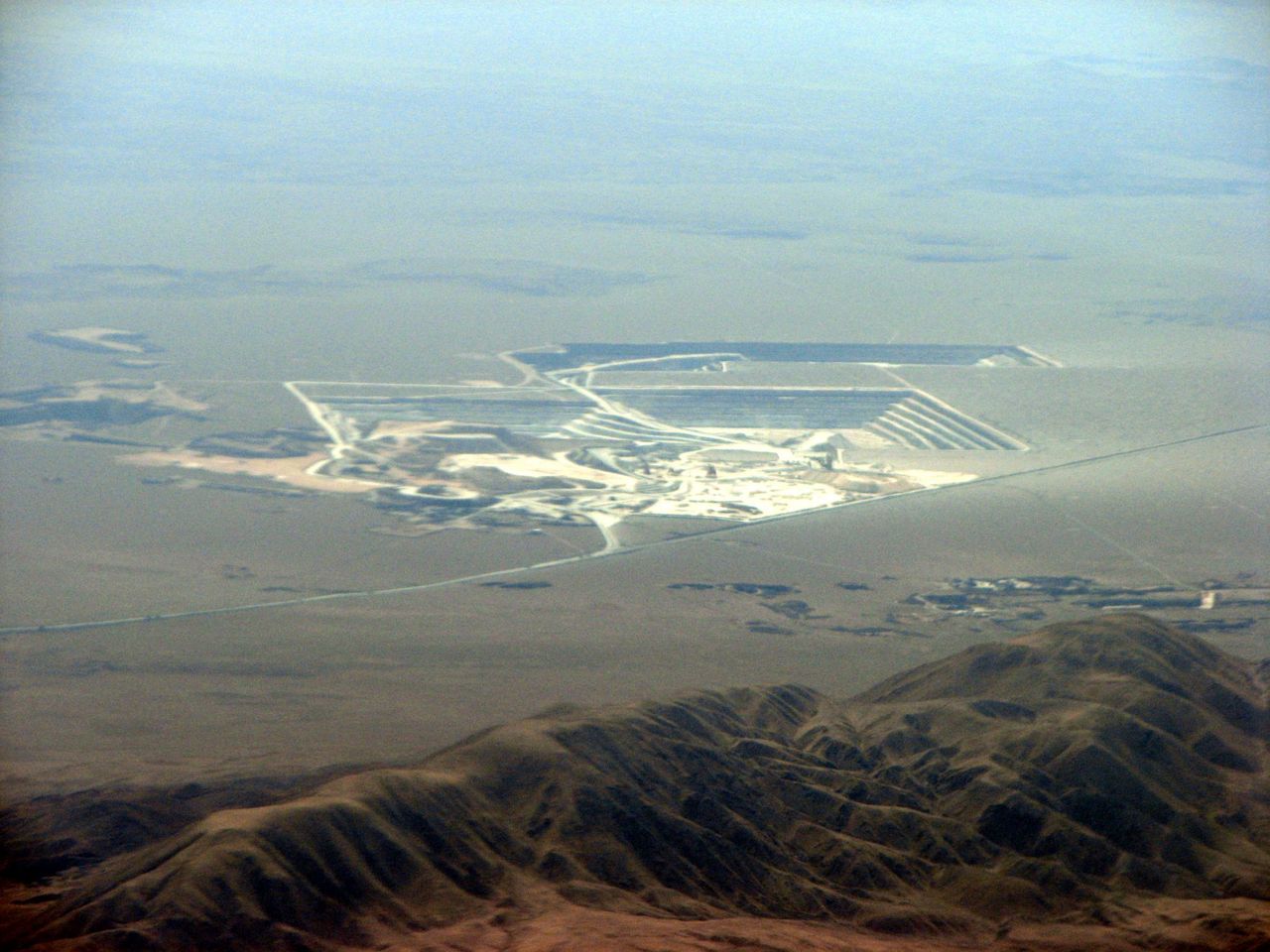
We fly along the coast for some time.
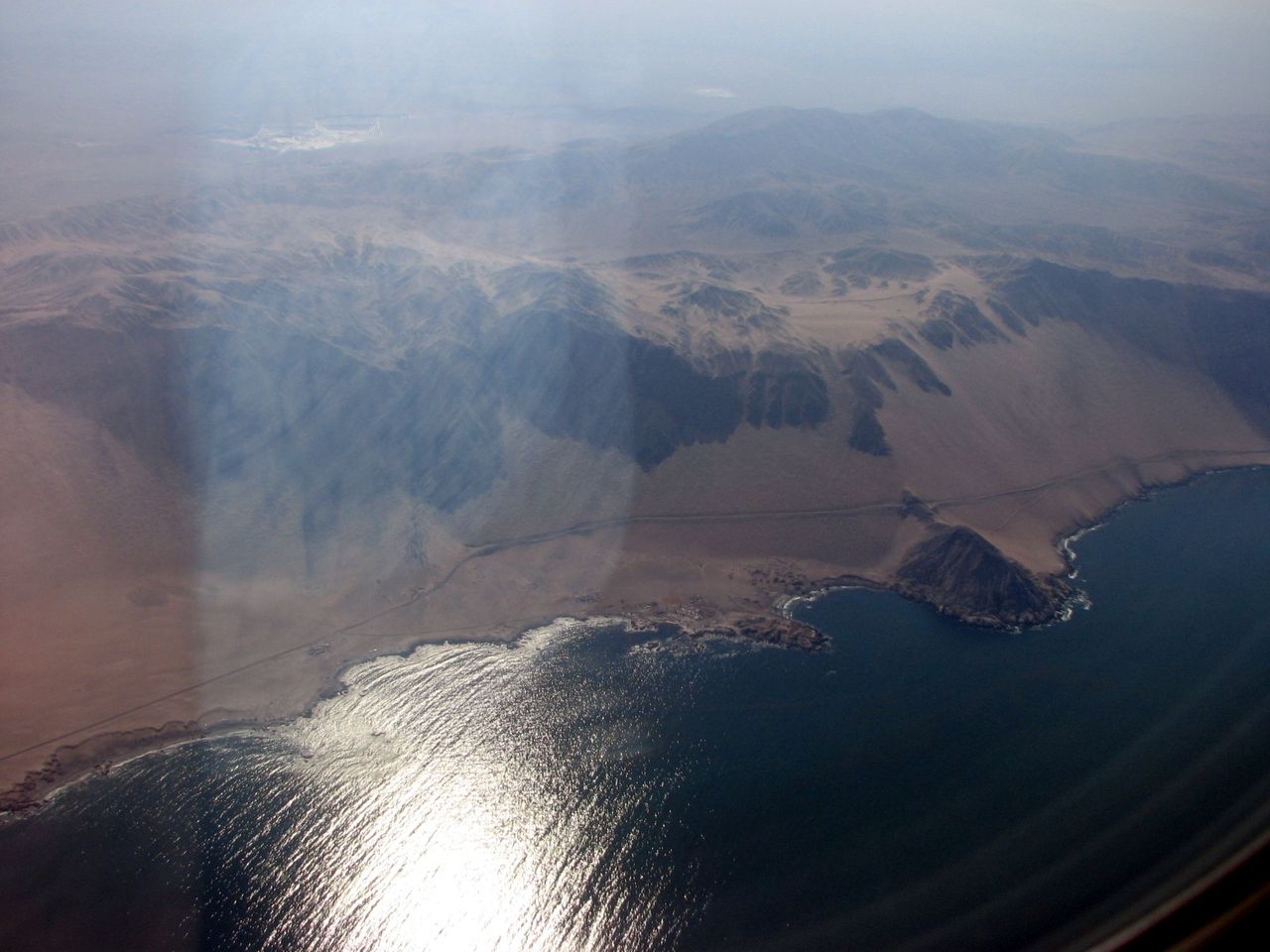
Caleta (cove) Río Seco, 80km south of Iquique.
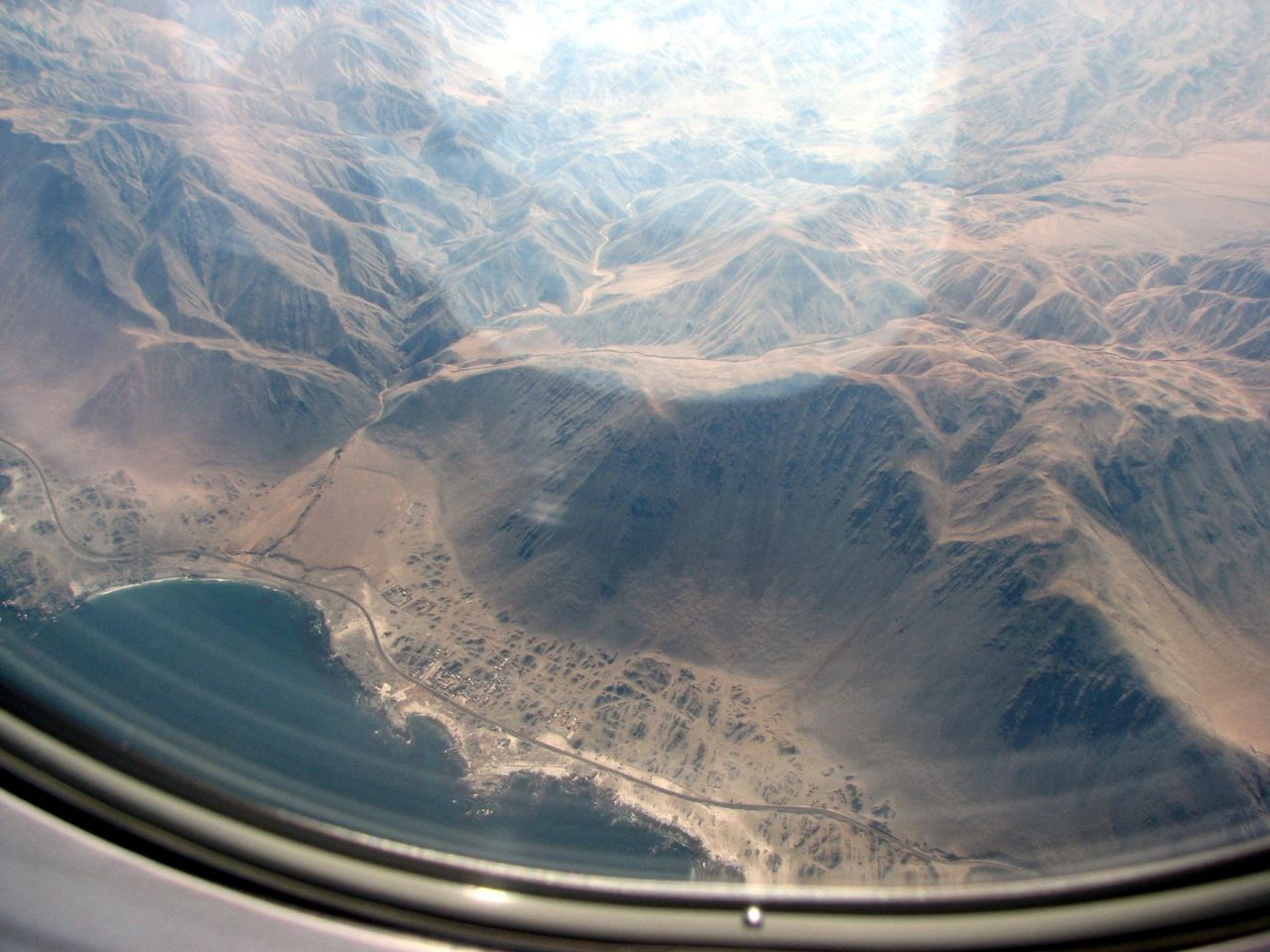
Once in a while I can see these pools of God knows what mining-related materials. Beautiful colors, but what are they? I’m afraid to ask.
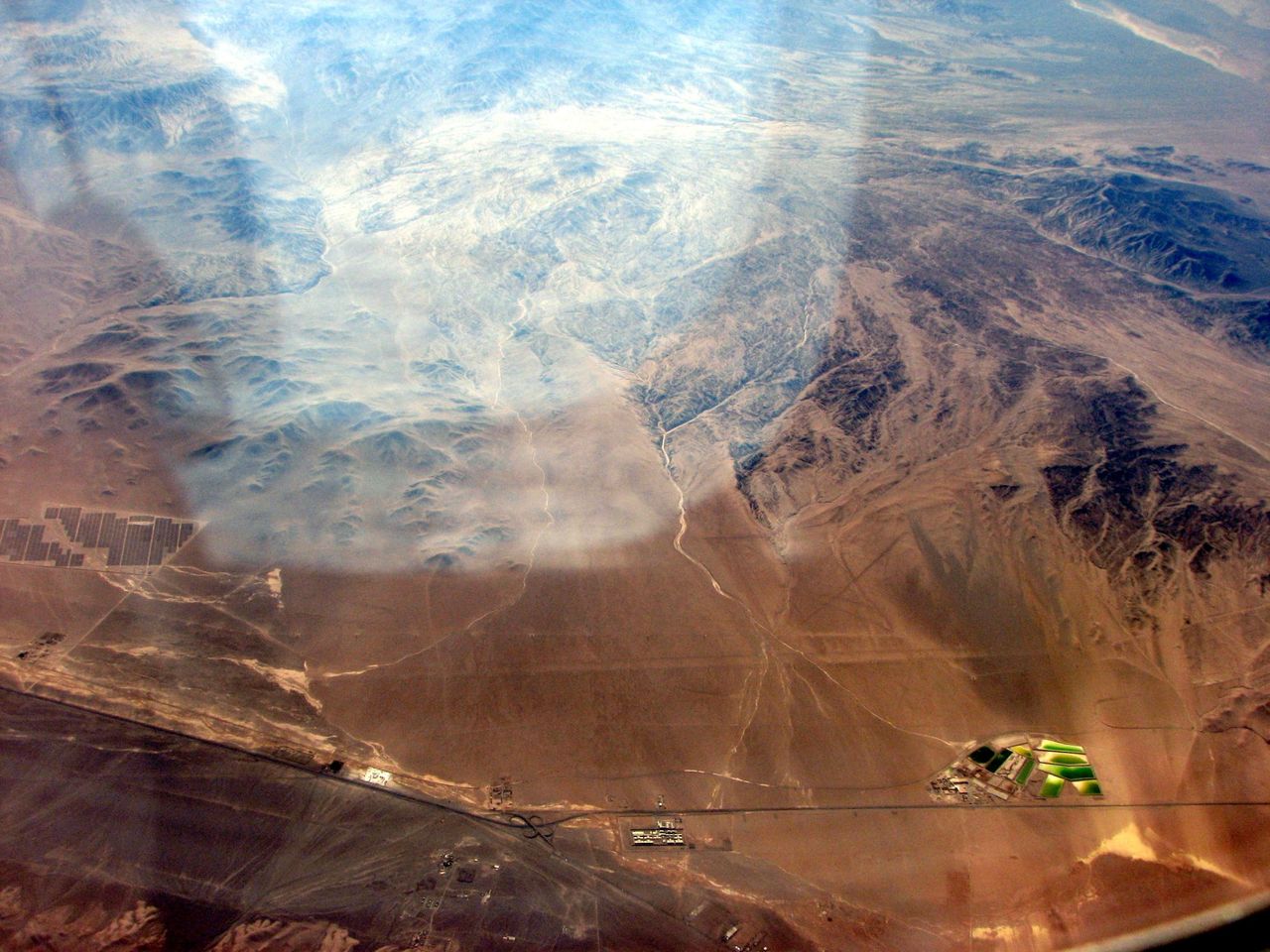
I have been privileged with an empty middle seat today. The lady sitting in 5C gives me a start when she lets out a sharp cry. As you can see here, she keeps her legs crossed. But this has placed her left knee right in the way of the table tray’s metal pivot, and when the lady in 4C reclines her seat, the metal bar hits her kneecap, obviously. The lady in 4C apologizes, but my neighbor is in a bad mood and replies angrily “You should be more careful when you recline your seat.”
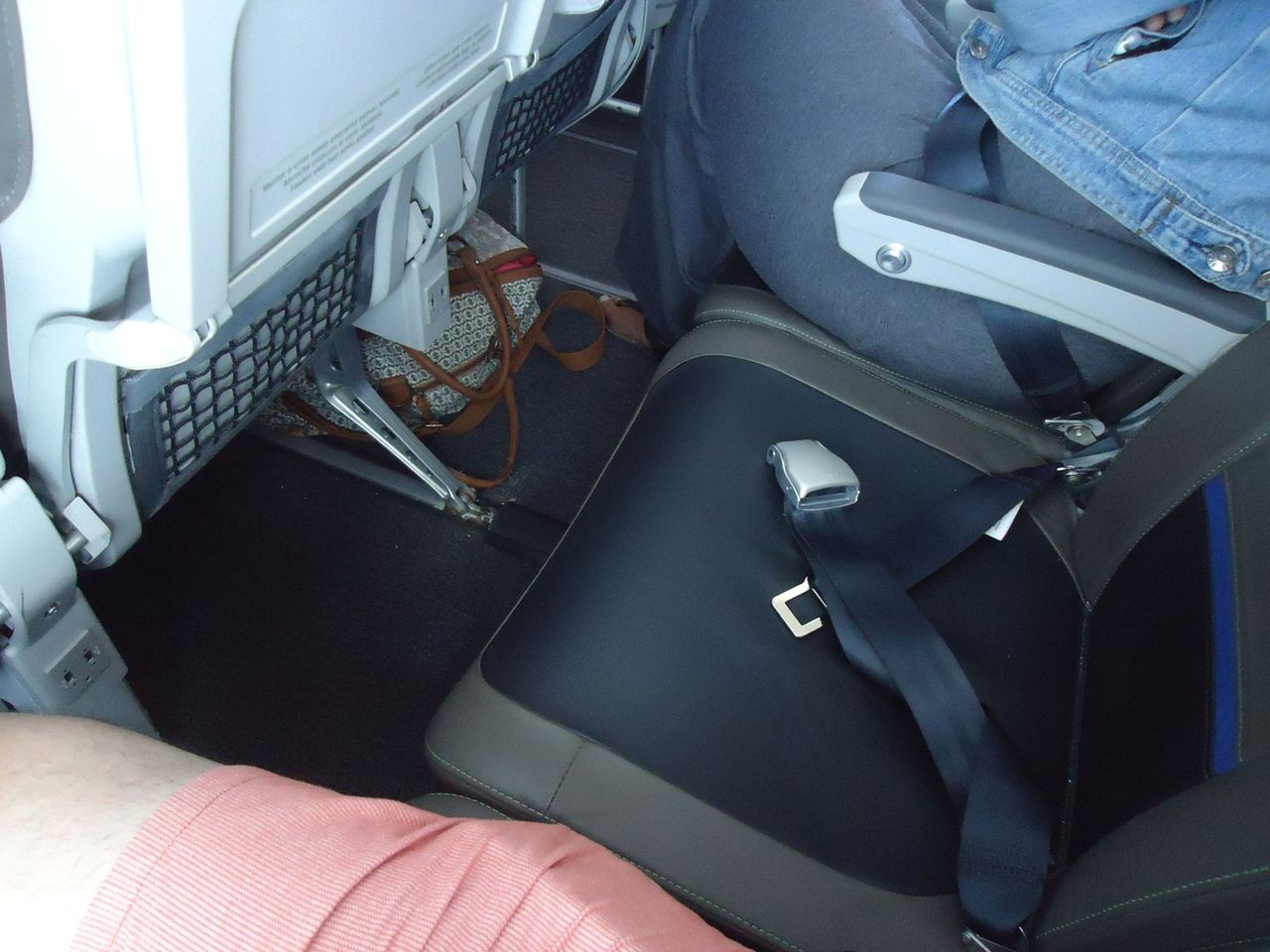
Too bad for Ms. Congeniality, I must go to the restrooms. Unfortunately, a man sitting in row 1 (who has sore eyes, looks ill, and insistently wanted to sit somewhere else until Diego told him to stay there) has the same idea at the same time, and he’s taking his time. So I decide to go to one of the restrooms at the back before the snack service starts.
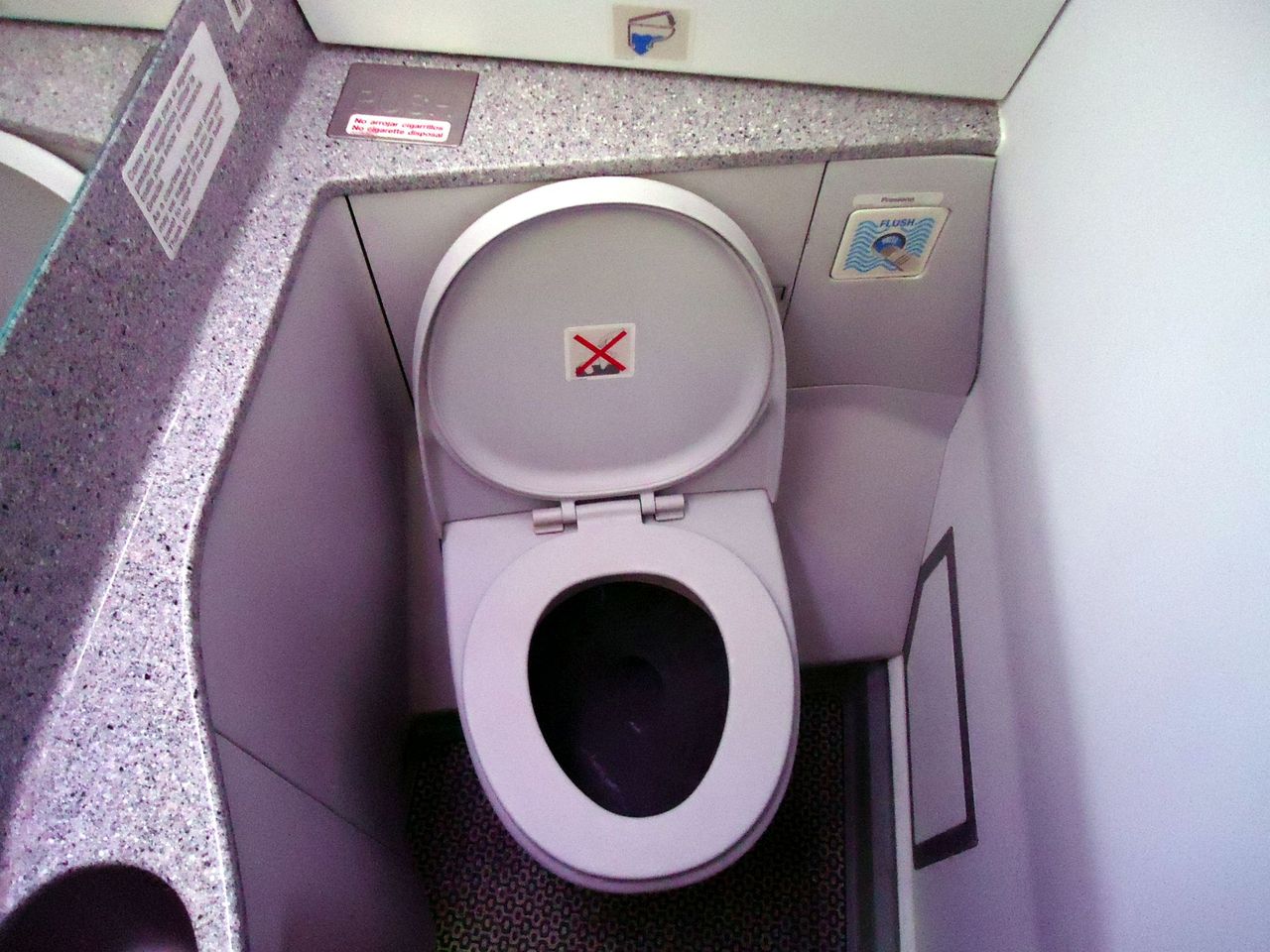
>
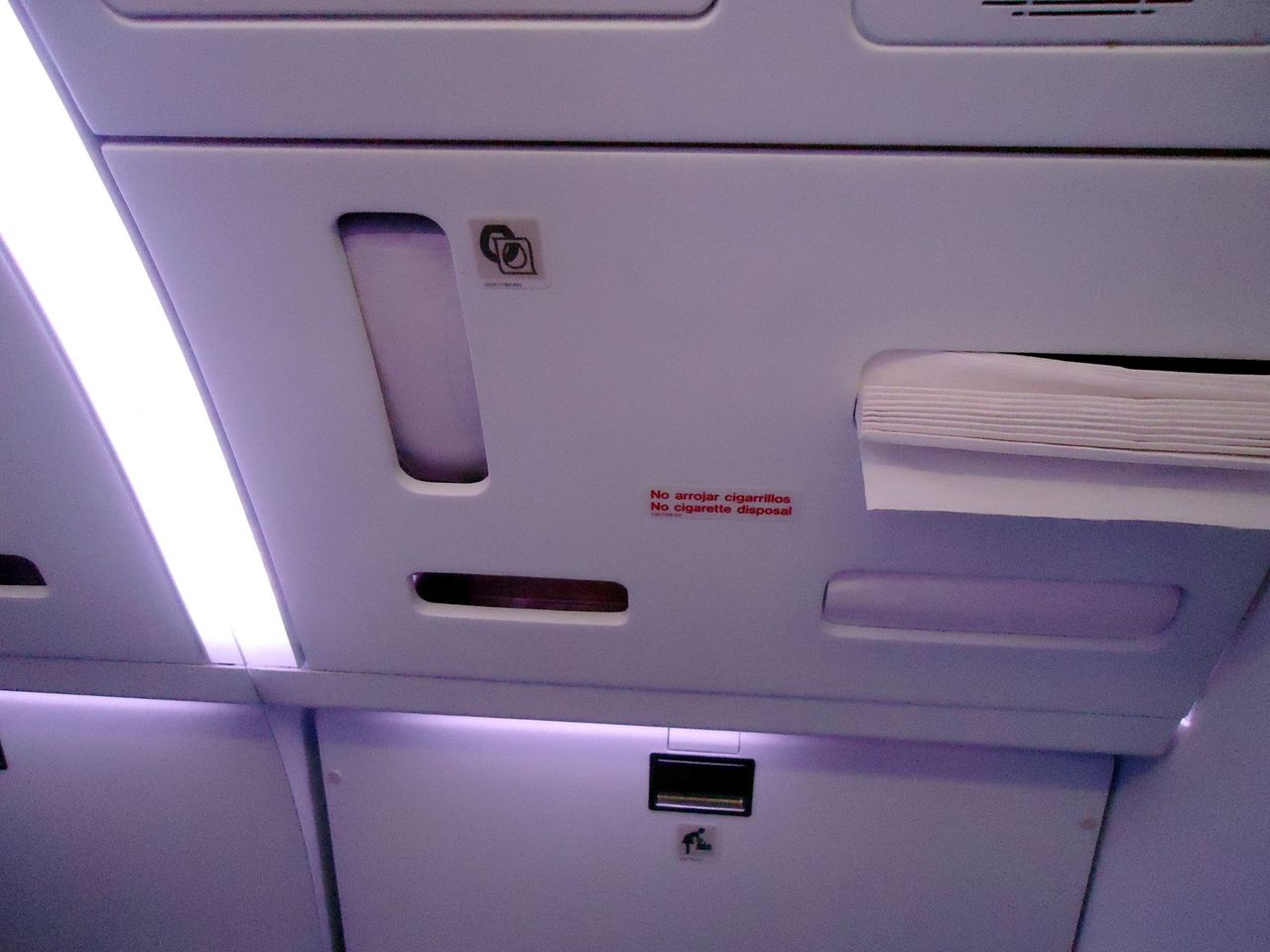
>
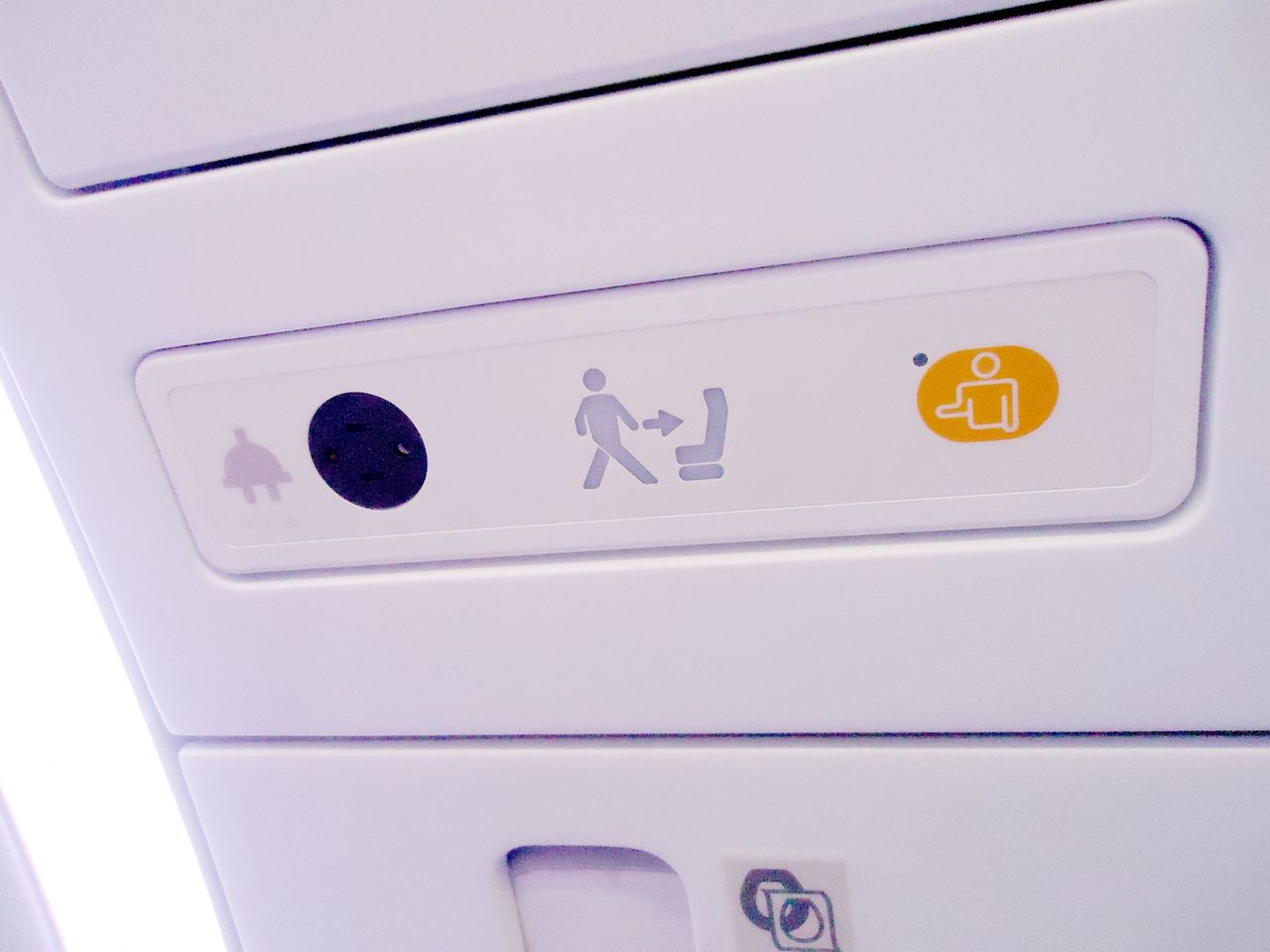
>
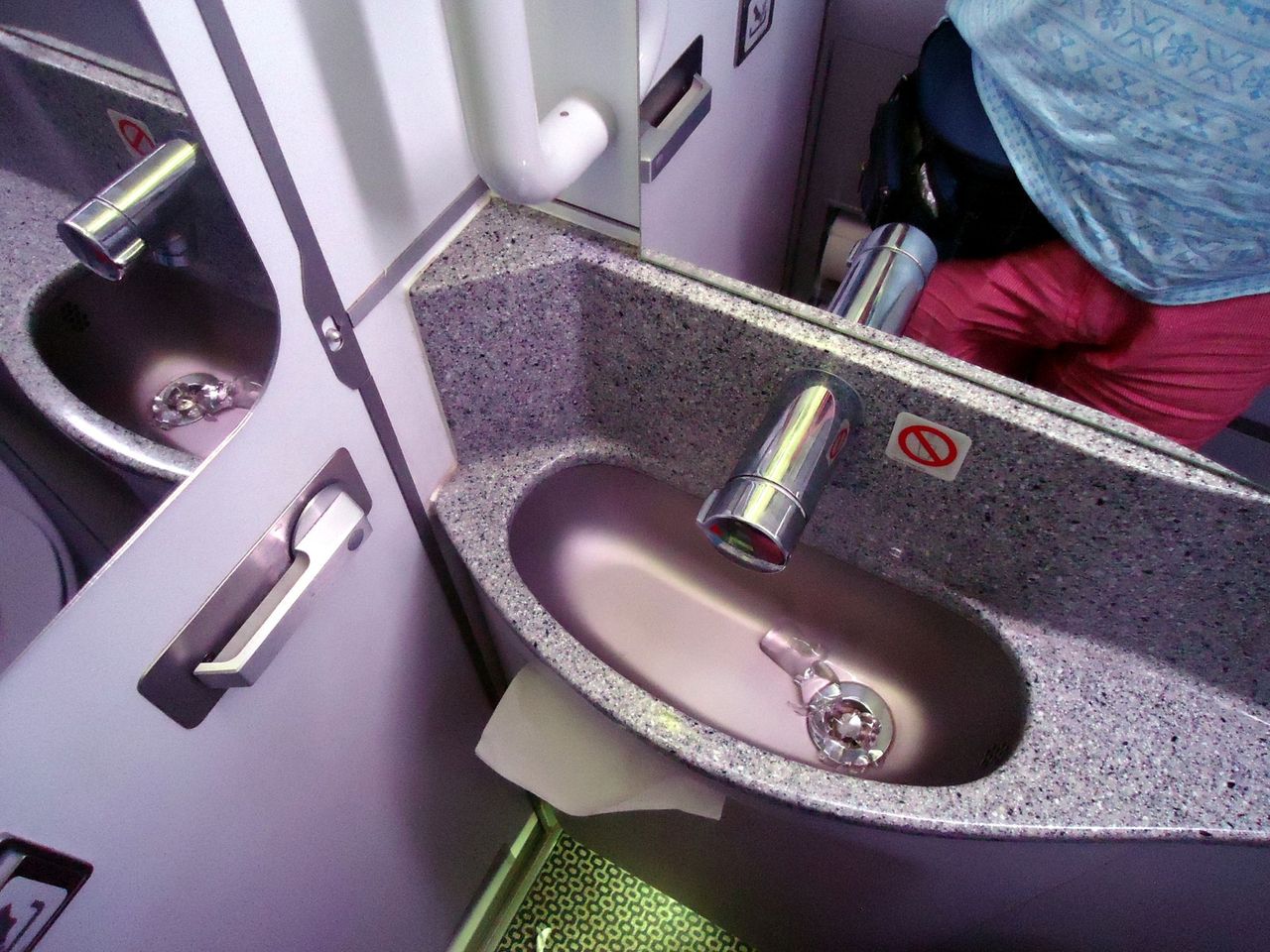
I leave the restroom right on time for the snack service.

Diego is working full steam in the galley.
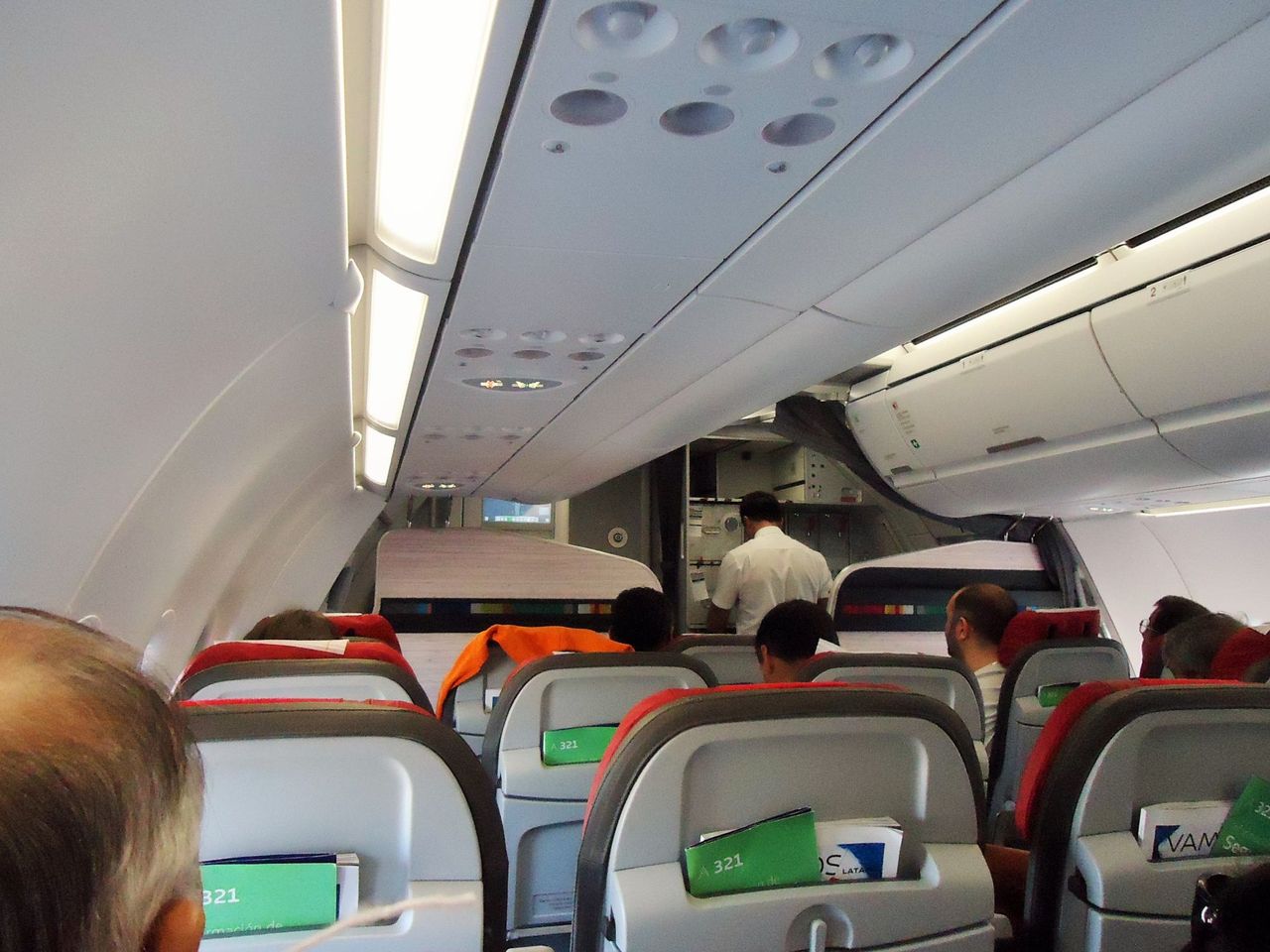
Meanwhile, I try to guess where we are. I hate to think I missed something interesting while in the restroom. We’re flying over the farthest southern reaches of the Atacama desert. The Andes invade the valley where it sits, all the way to the coast. I only see hills and mountains now.

No idea what volcano this one could be. Ojos del Salado, perhaps?
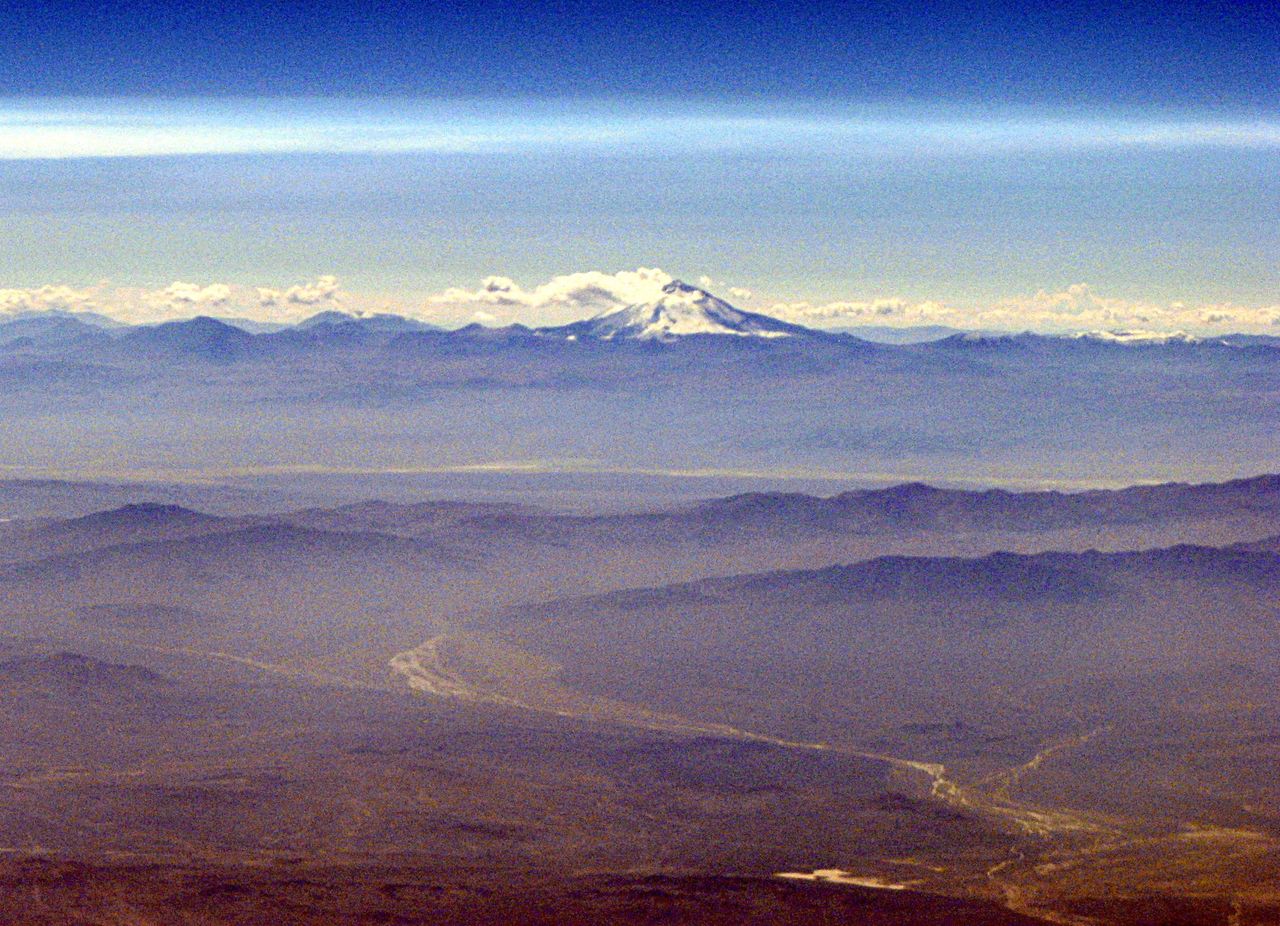
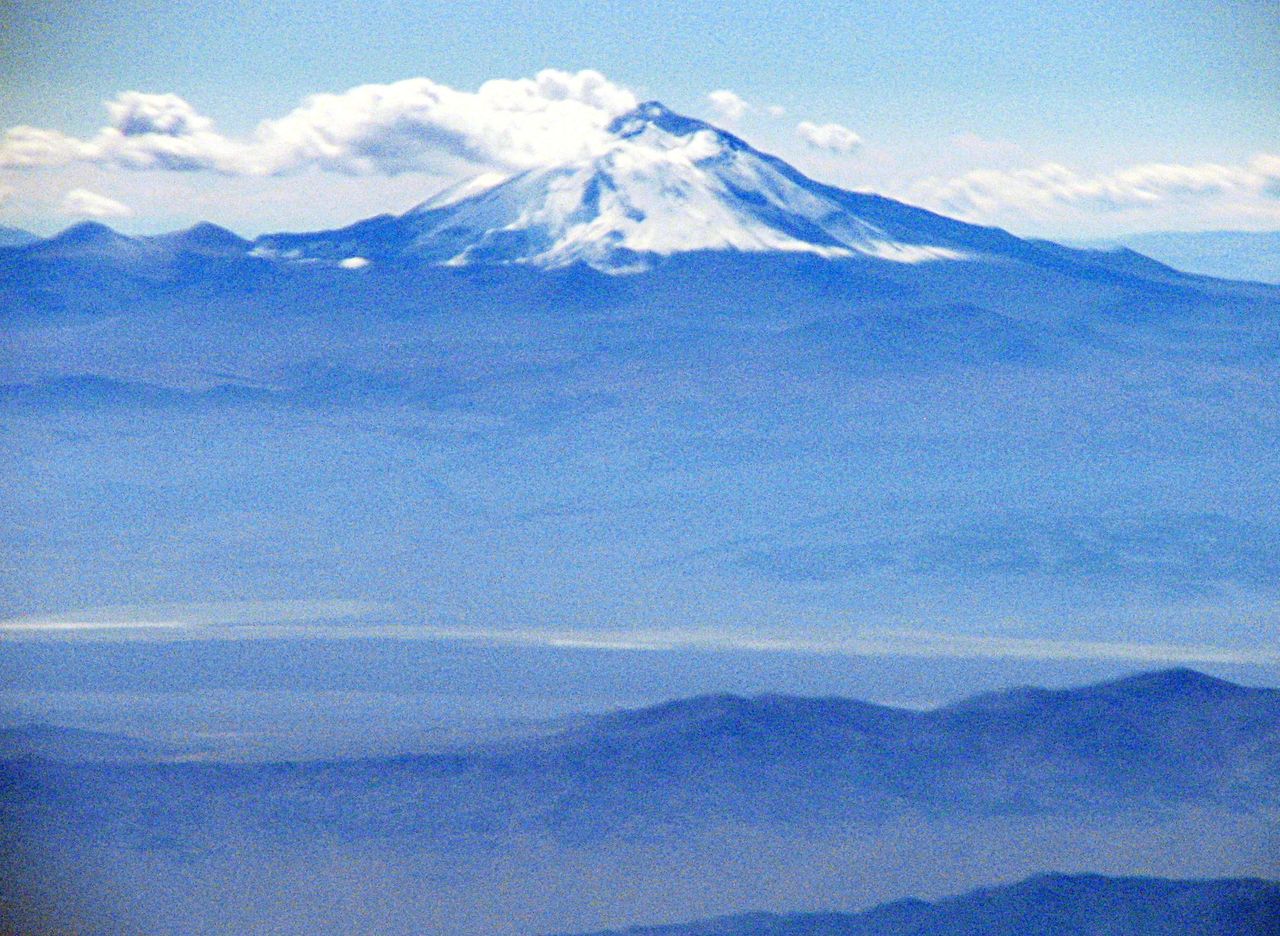
Diego comes with the snacks. He hands us the card with the options we can choose from.

As usual, I'll have the salty pastry, the nuts, and a coffee.
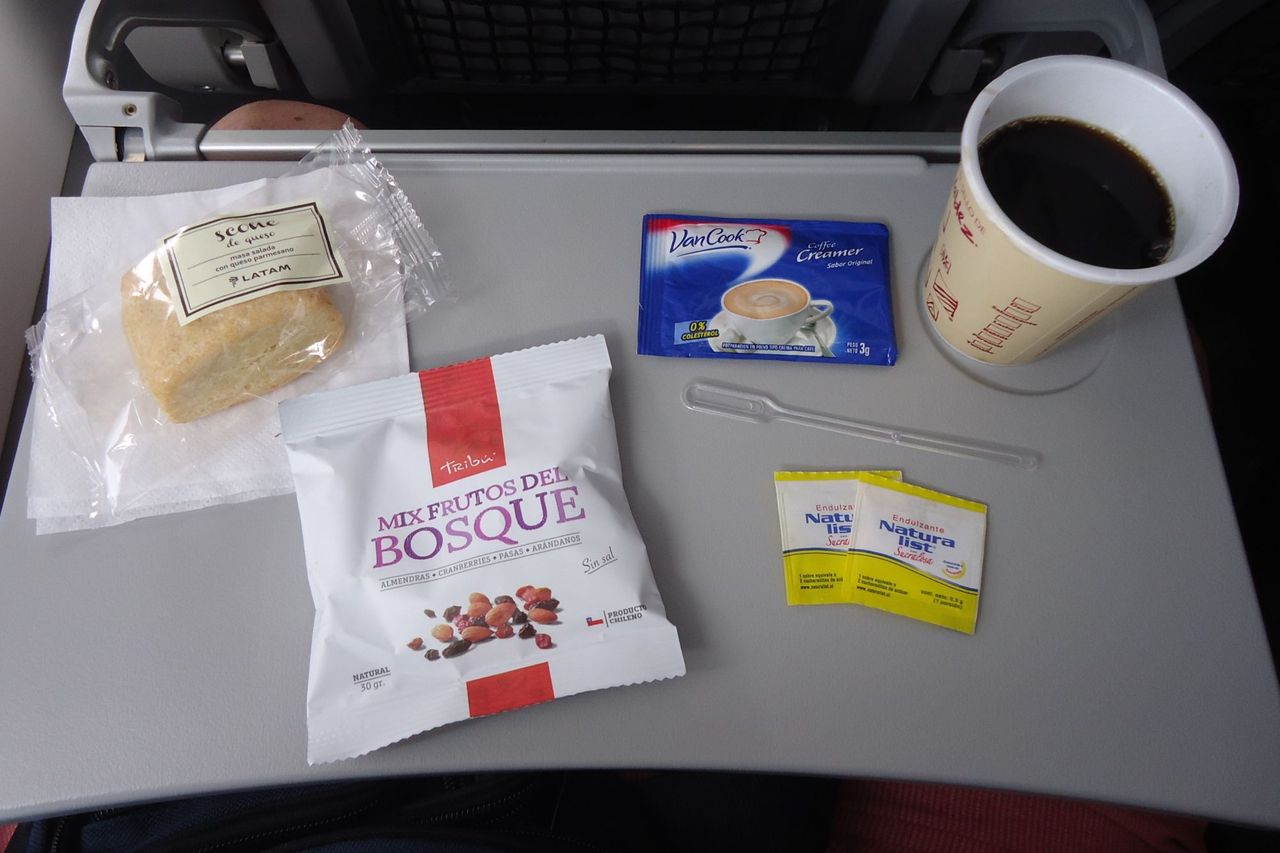
>
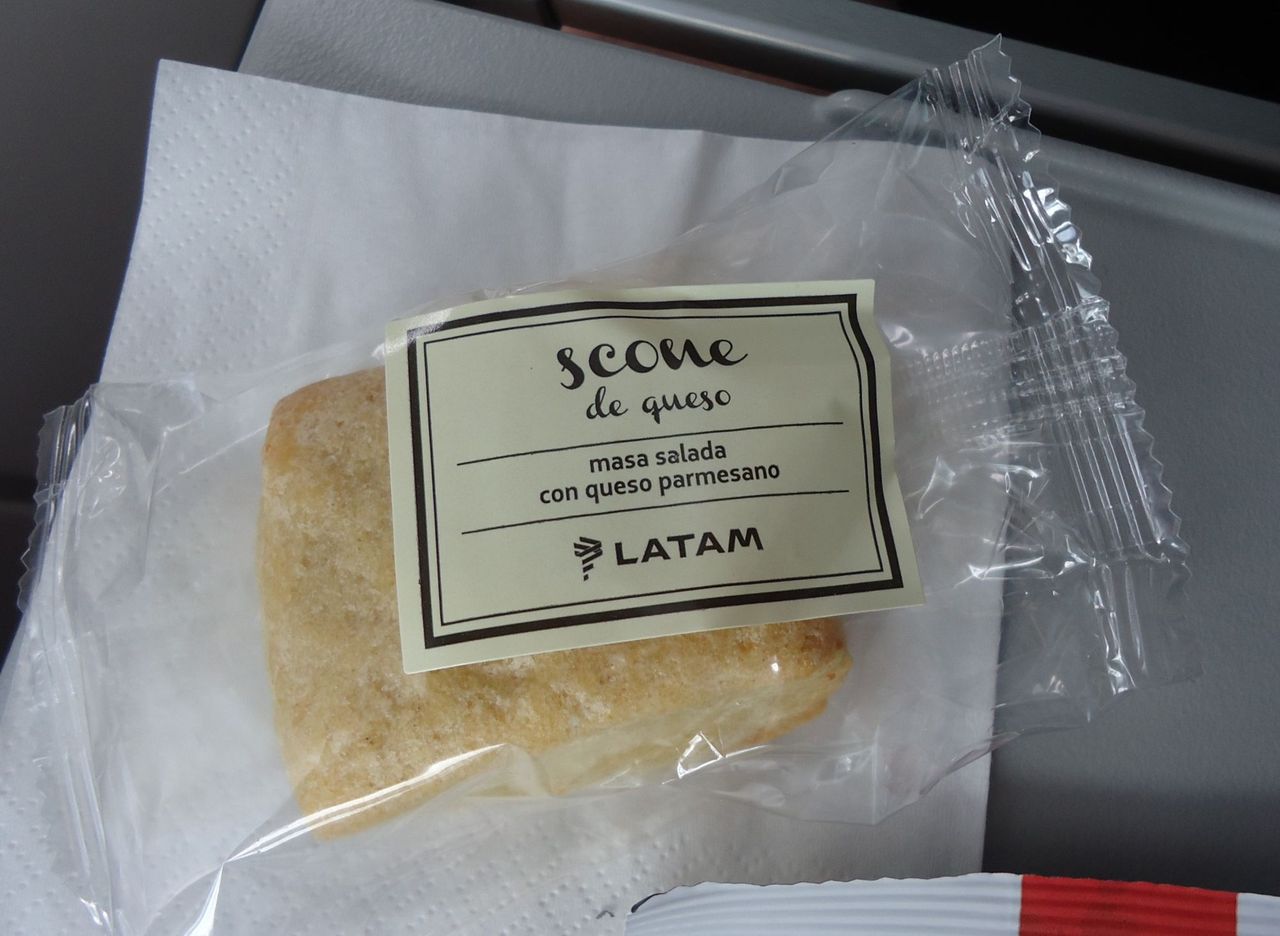
>
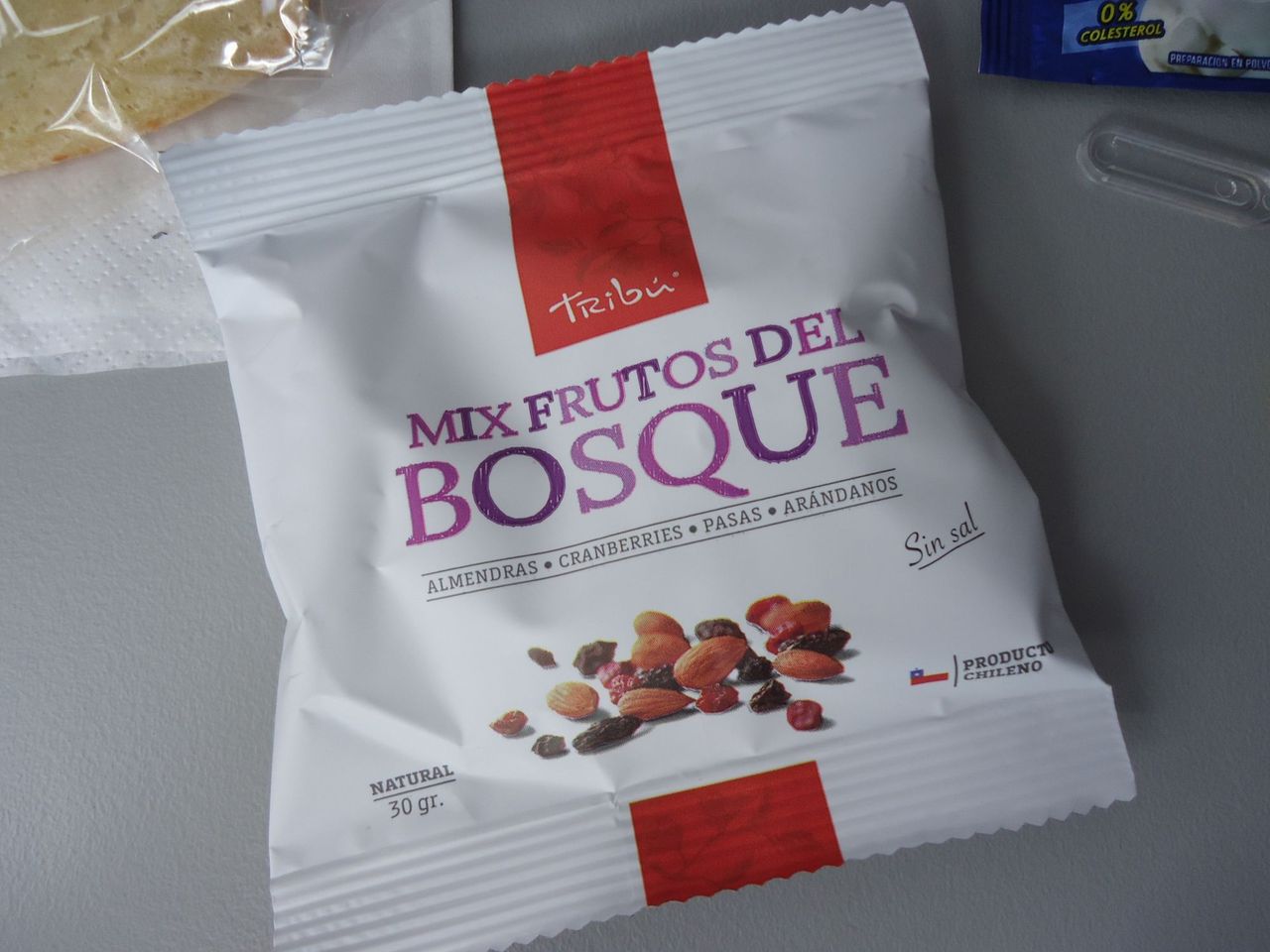
>

>
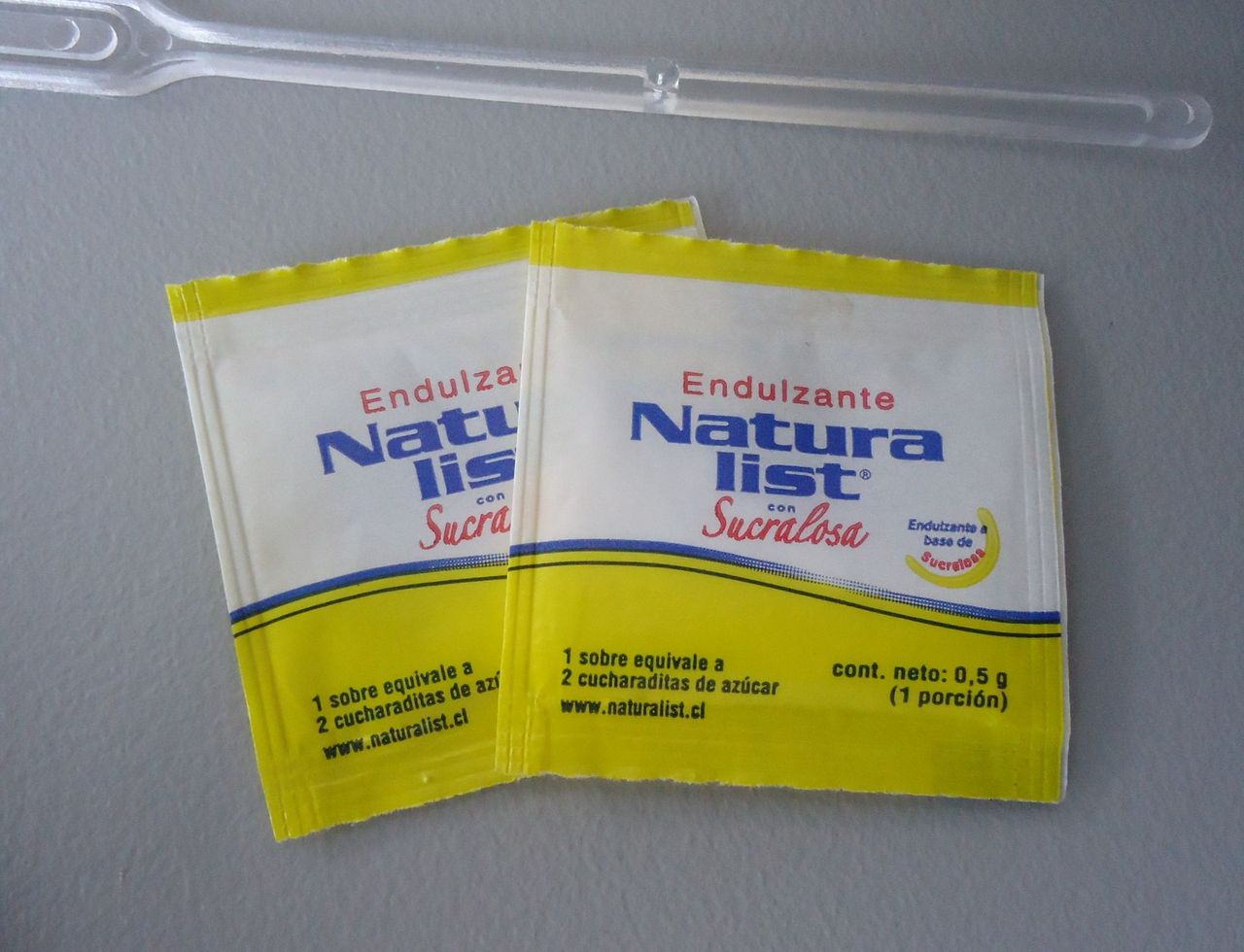
Meanwhile, we fly over Copiapó. I apologize for the reflection on the window. I promise I’ll wear something black next time.

From this point, all the way down to Santiago, a series of narrow valleys run east to west, from the Andes to the ocean. Copiapó is in one of those valleys.

20km south of Copiapó there’s a big hole: Candelaria copper mine.

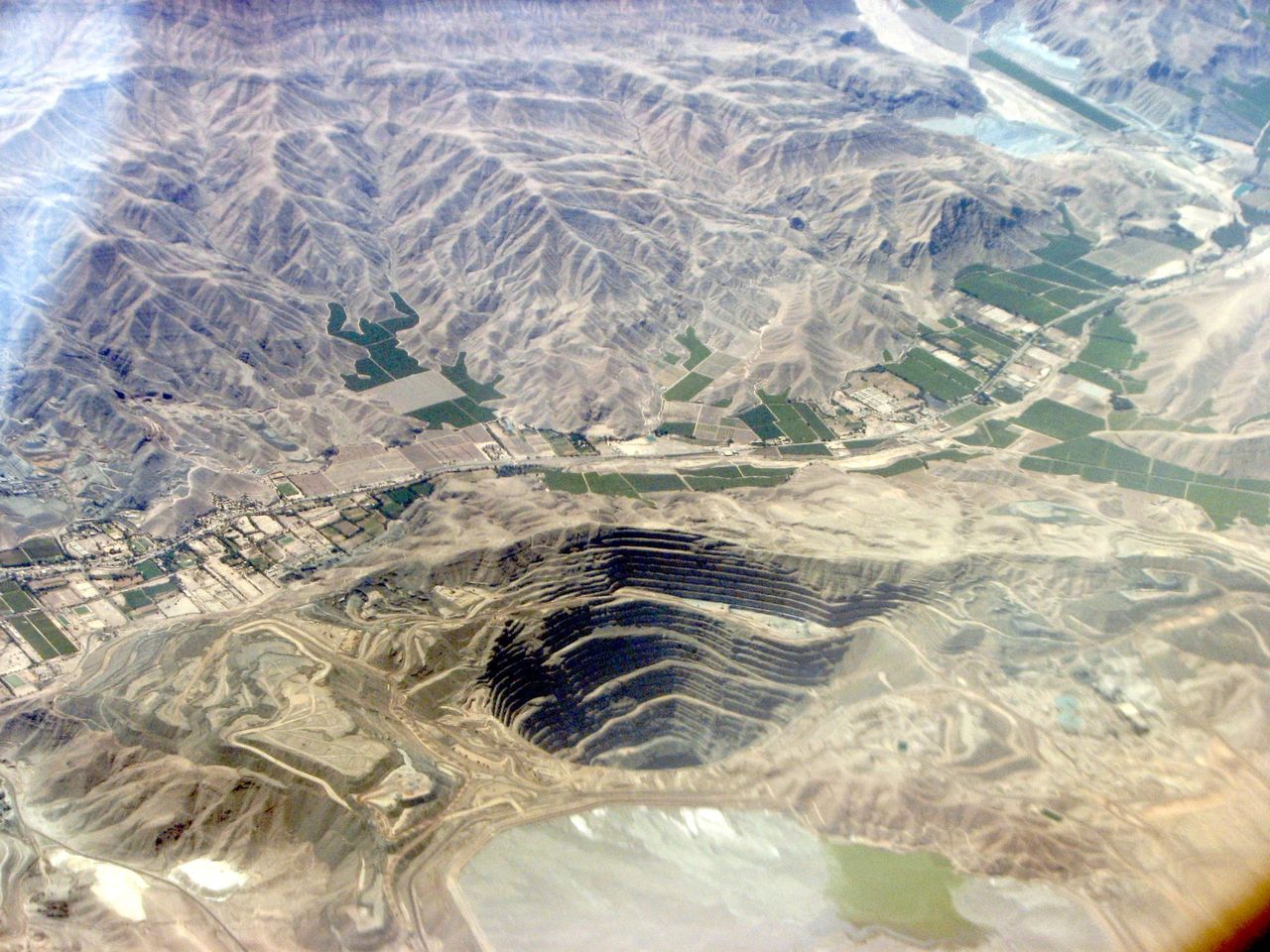
I can’t name these valleys. There are so many!

>
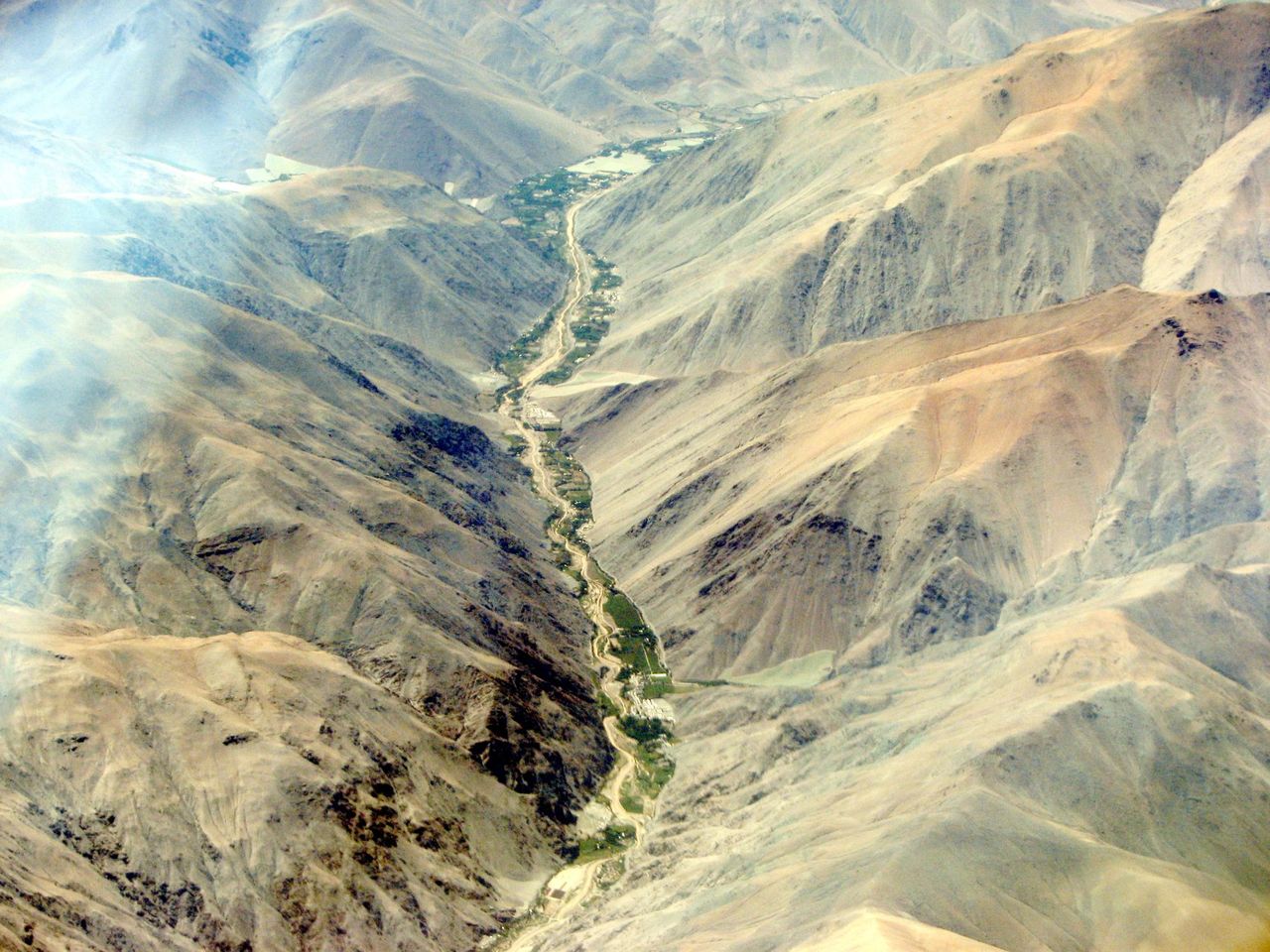
>

The river Turbio flows along this valley and reaches the sea at the city of La Serena, under the name of River Elqui.

We’re about 30 minutes from Sntiago.

Those lagoons are in Argentina, right on the border with Chile. Their water flows into the Argentine province of San Juan. I wasn’t able to find their names, and the river flowing from them is called simply Río de las Lagunas, or River of the Lagoons! ¯\_(ツ)_/¯
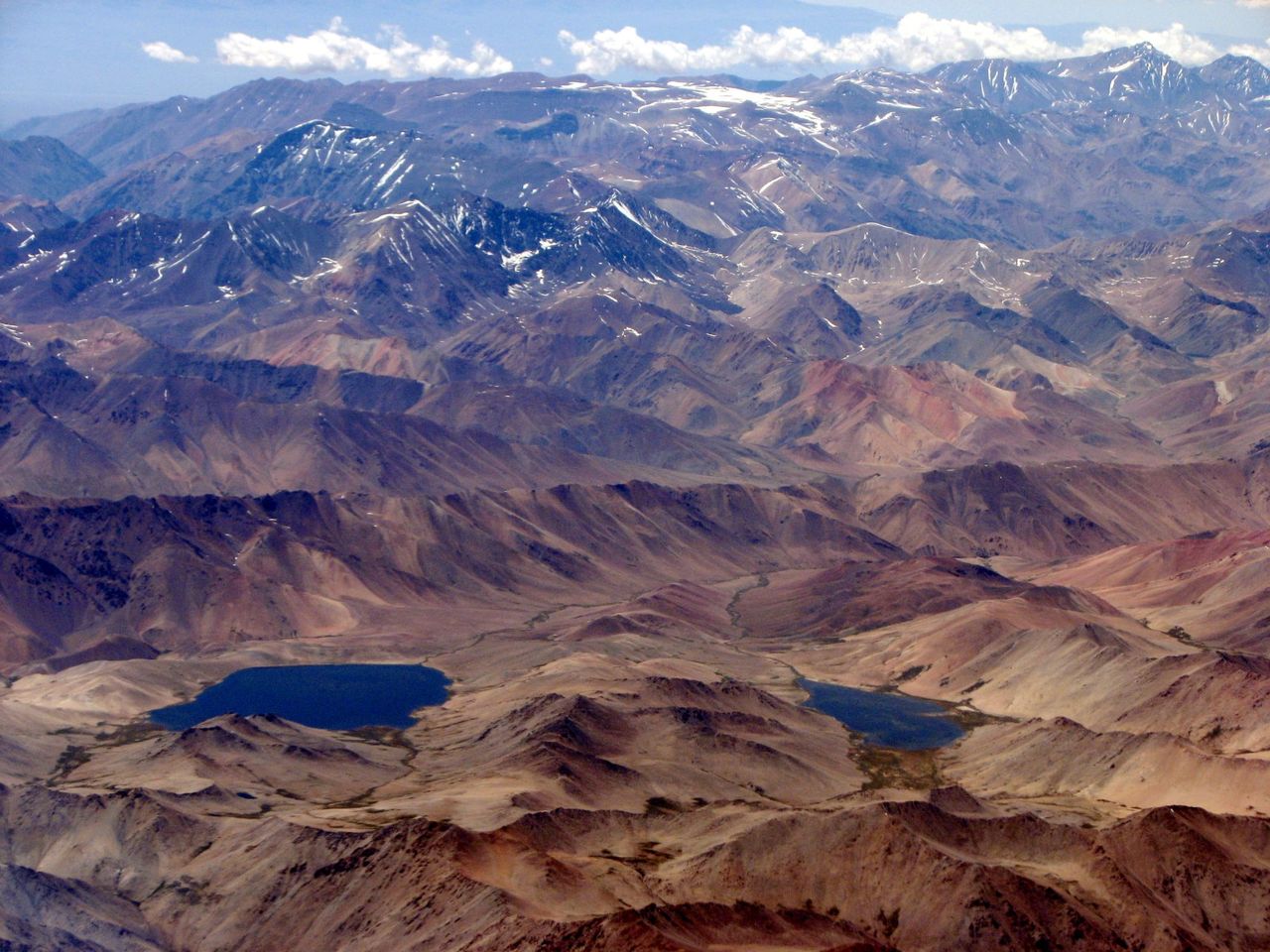
Cerro Mercedario, 6720mt high, also in Argentina.
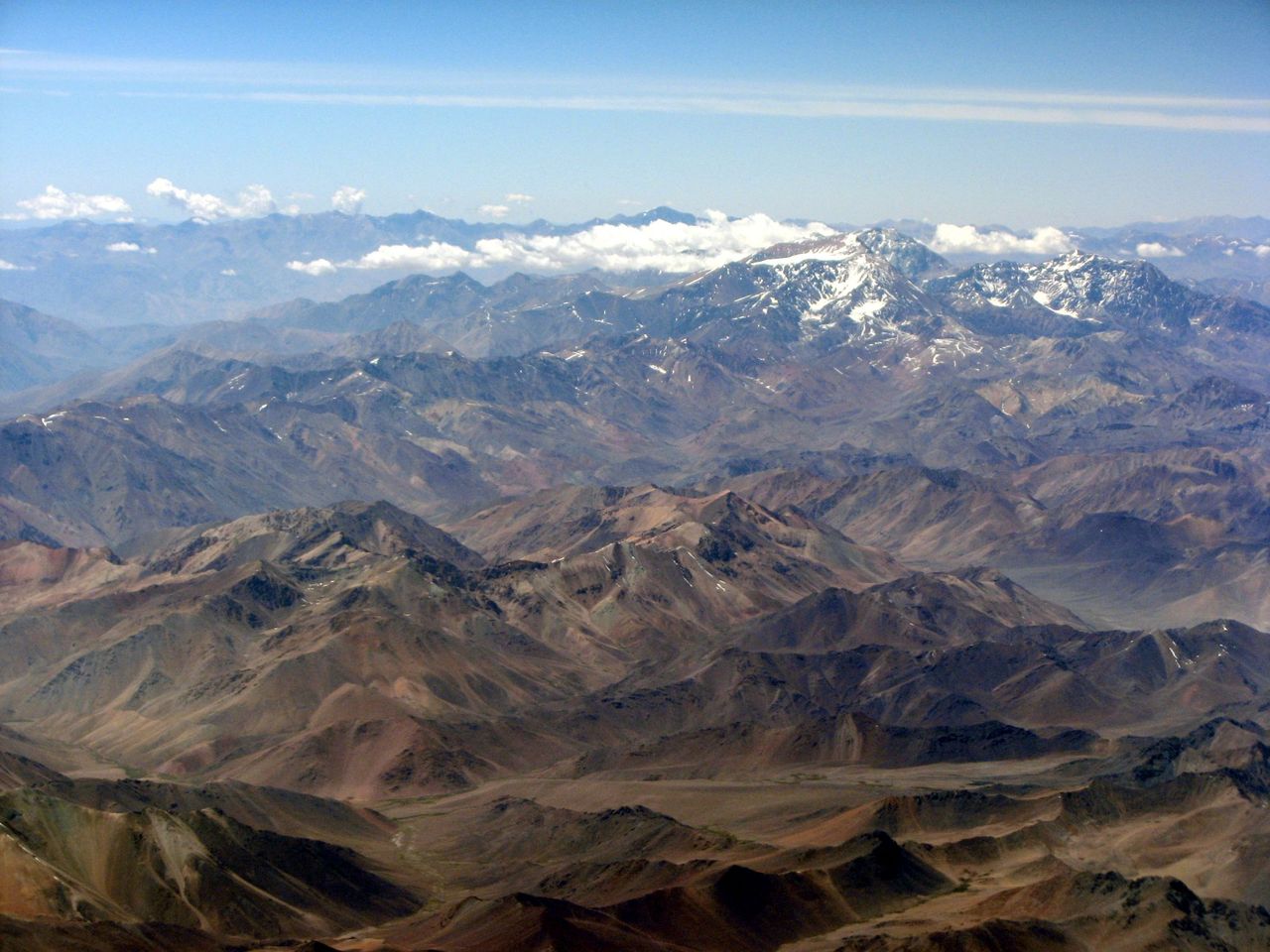
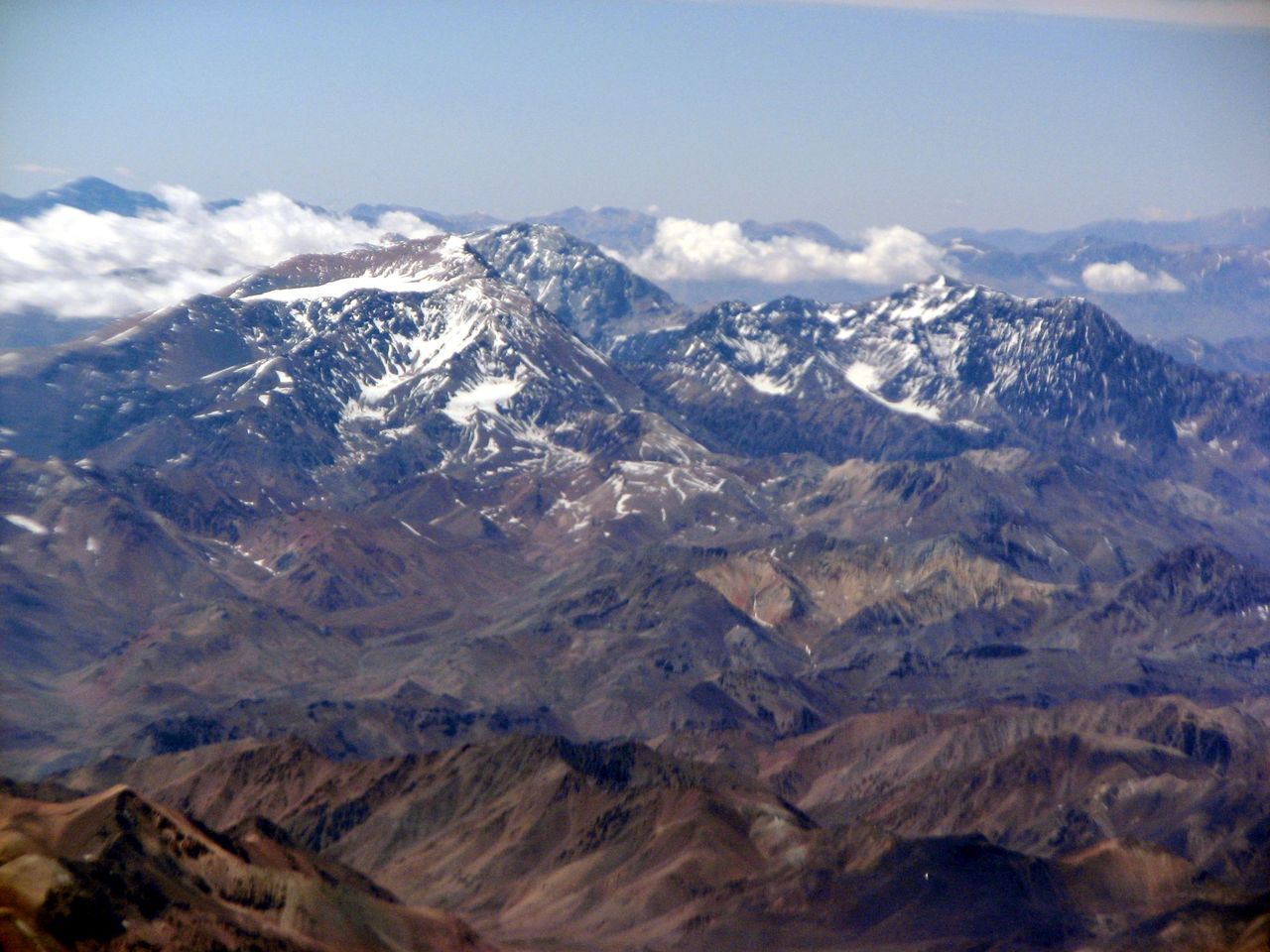
At the foot of Mercedario Hill, on the Chilean side, is the valley of river Choapa.
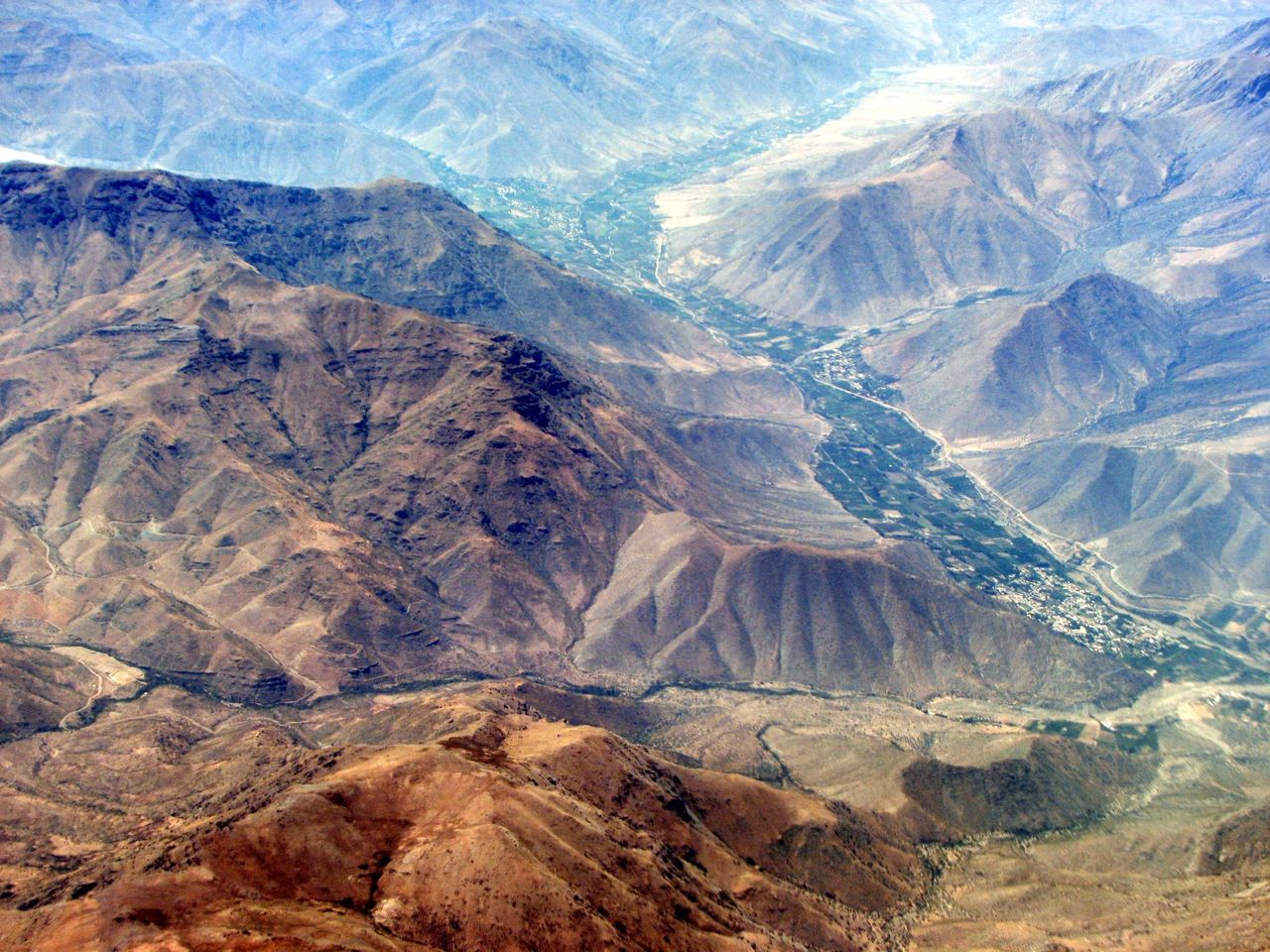
The white spot on the left is the Los Pelambres copper mine.
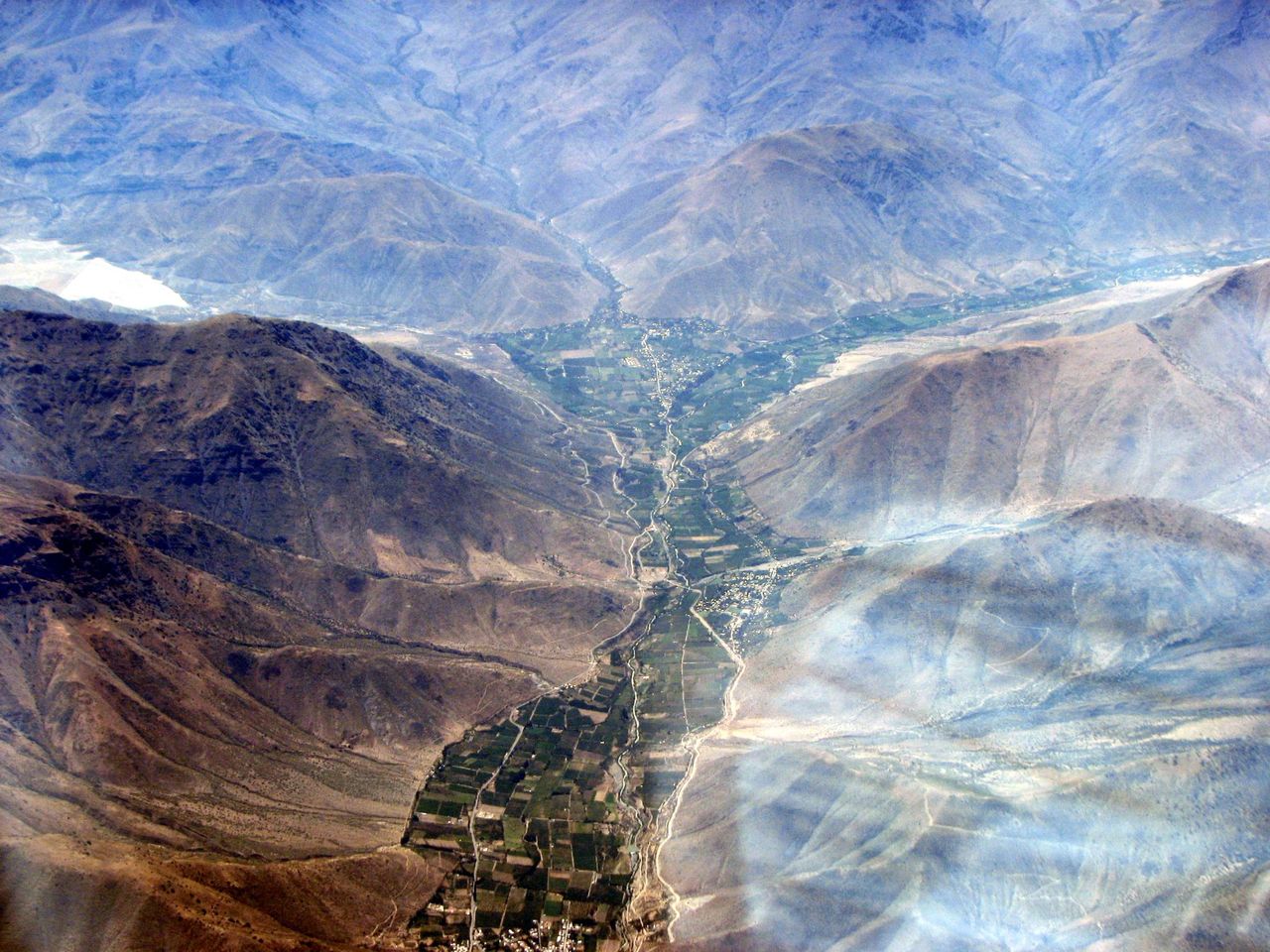
After Cerro Mercedario…
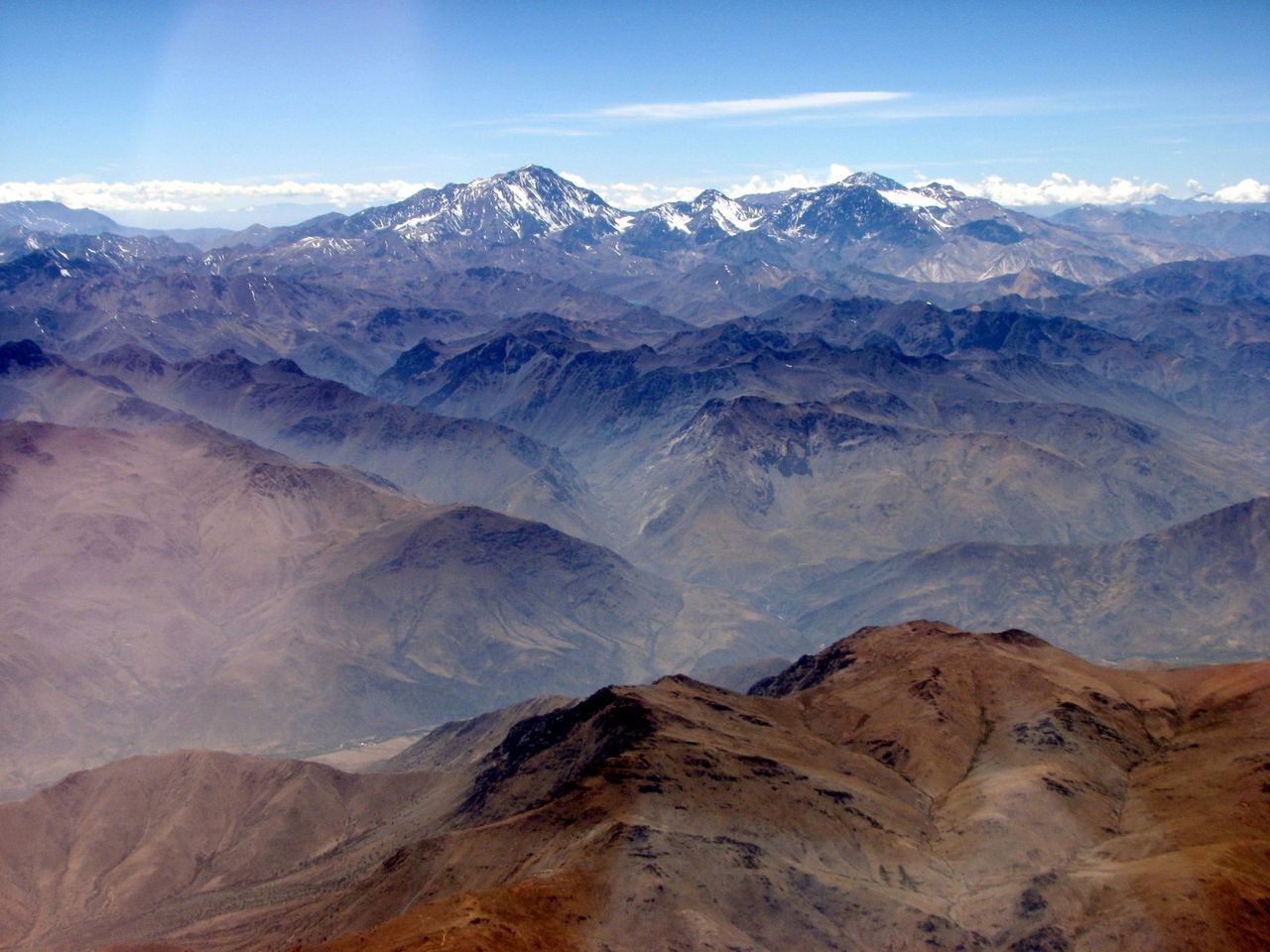
…I catch sight of the king of the Andes.
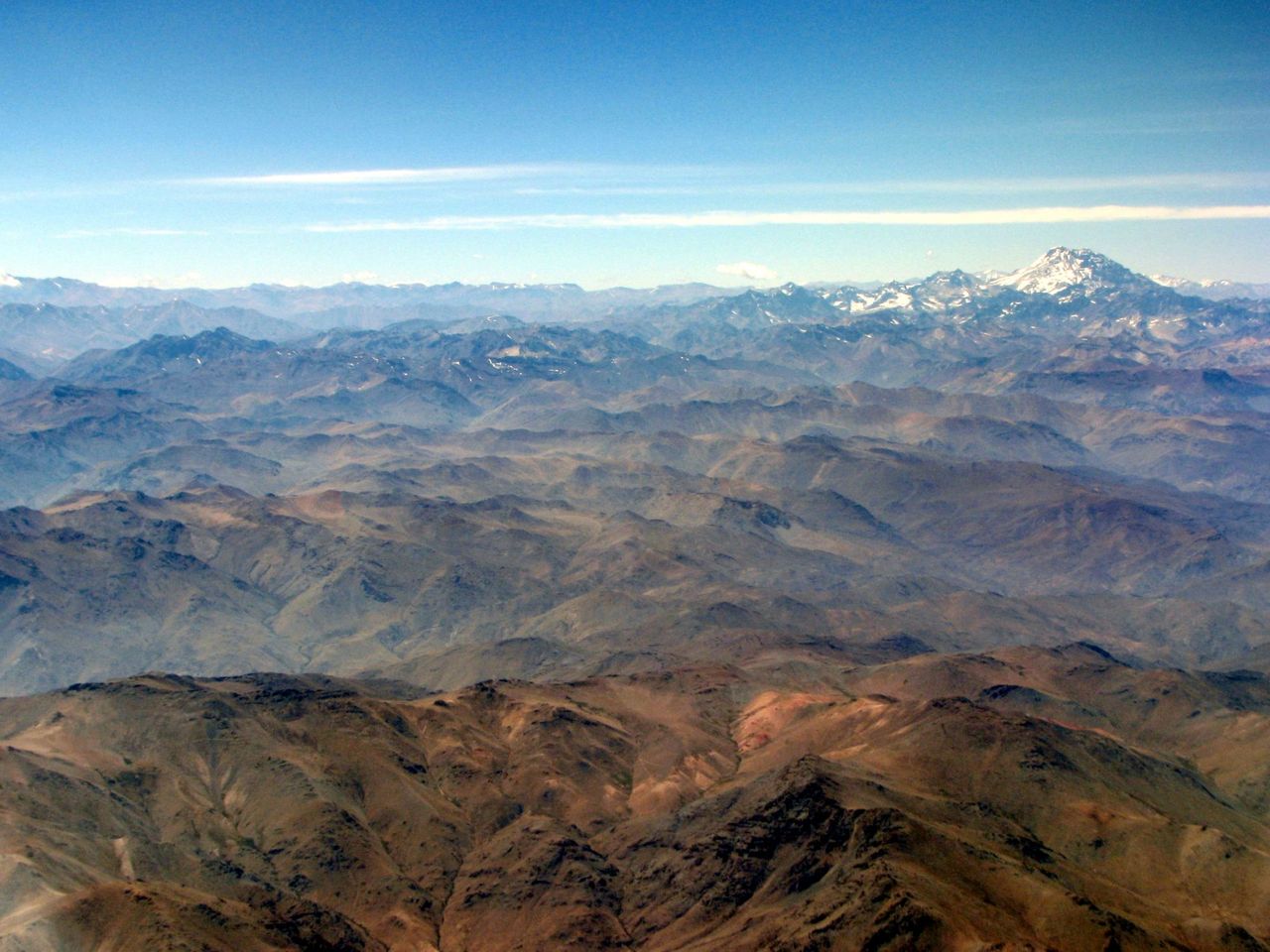
Mount Aconcagua, 6962 meters high, also in Argentina.
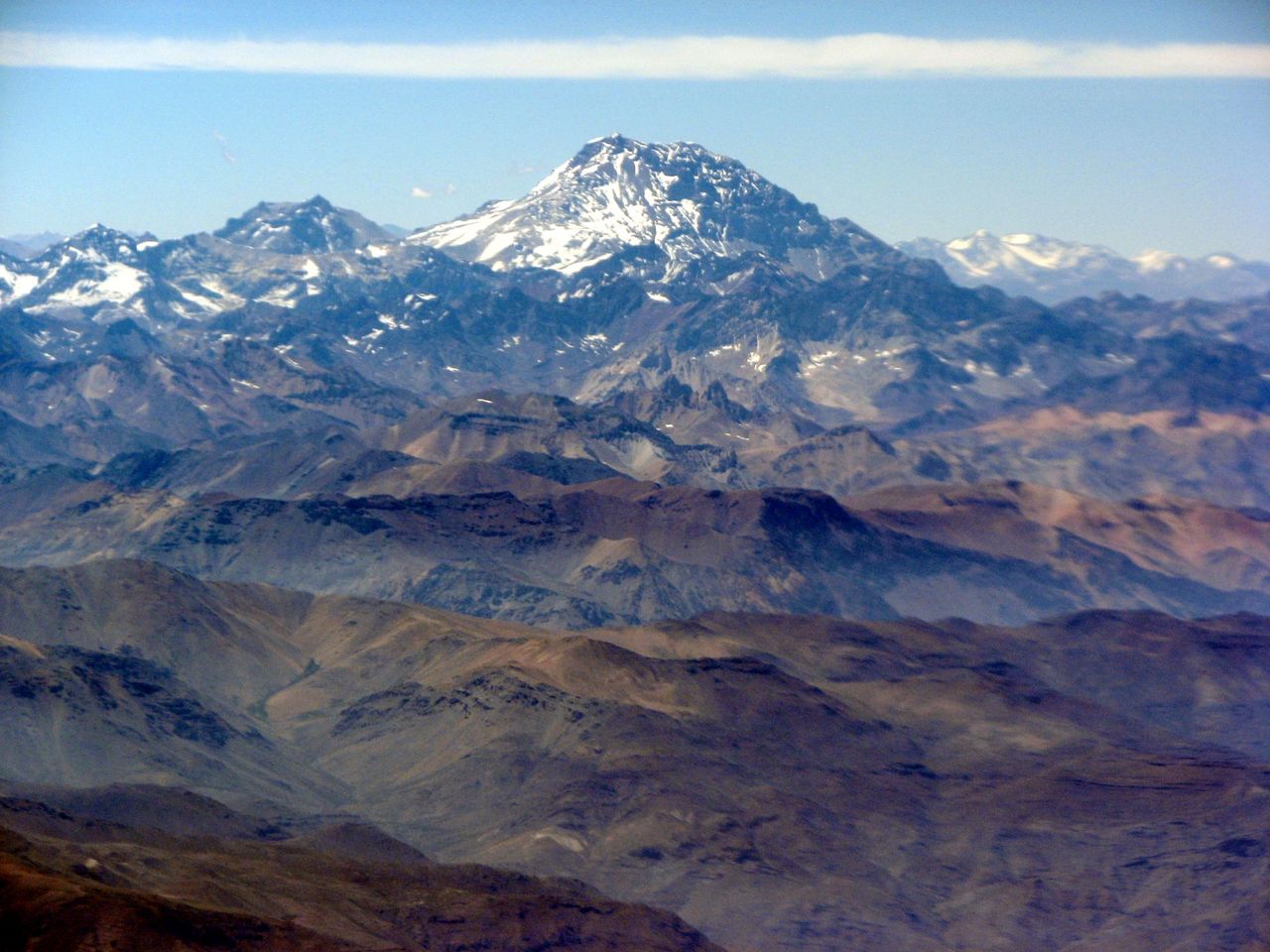
Looks imposing. Of course, the smog at its foot lets me know that we are approaching Santiago, but there’s something more this time.

The captain comes over the PA to tell us that a “nice” temperature of 34°C is waiting for us in Santiago. We all moan in unison.

And he says that this is aggravated by smoke from the biggest wildfires in the history of Chile.
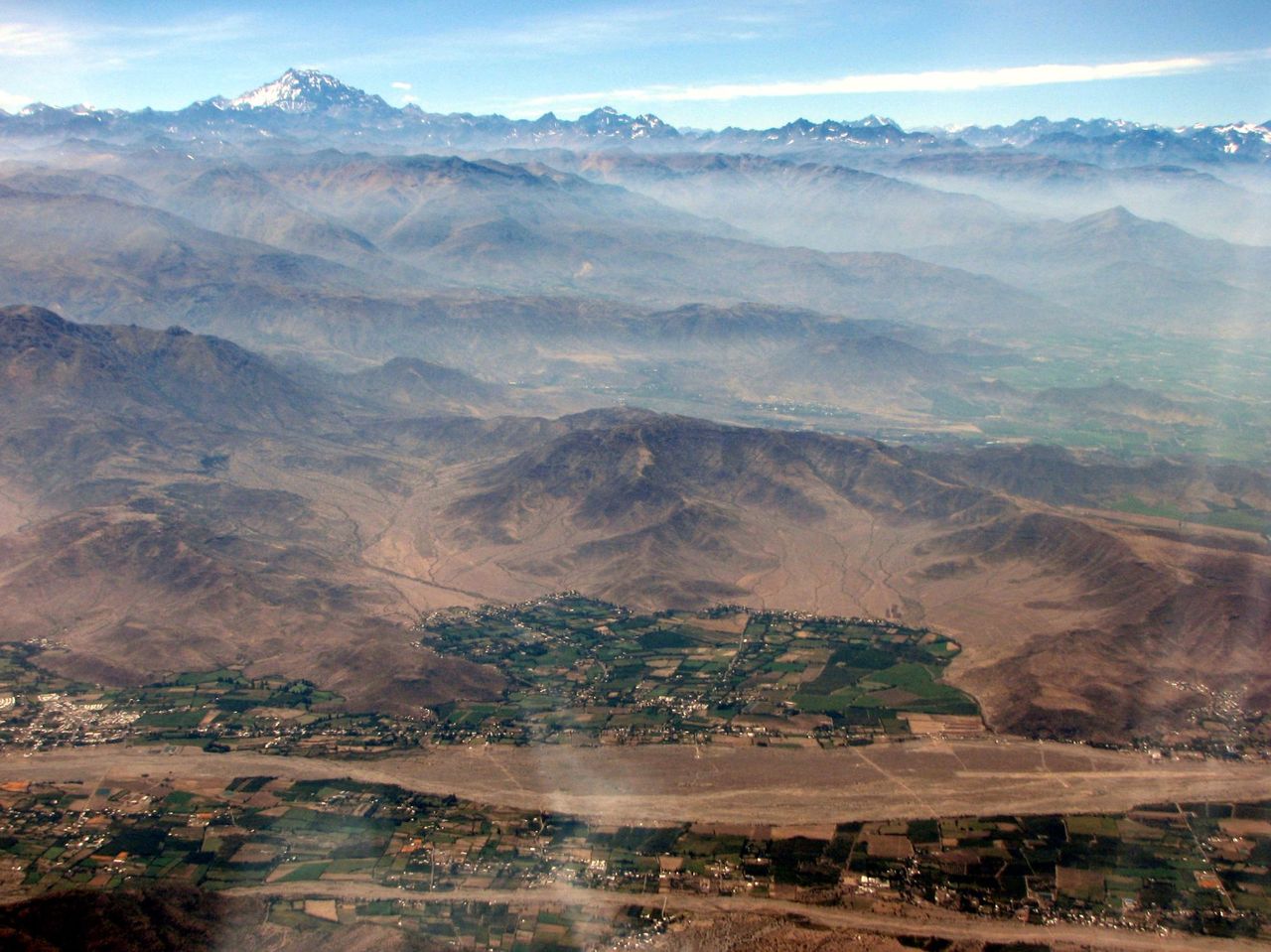
He’s right. There’s thick smoke covering the valley of Santiago.
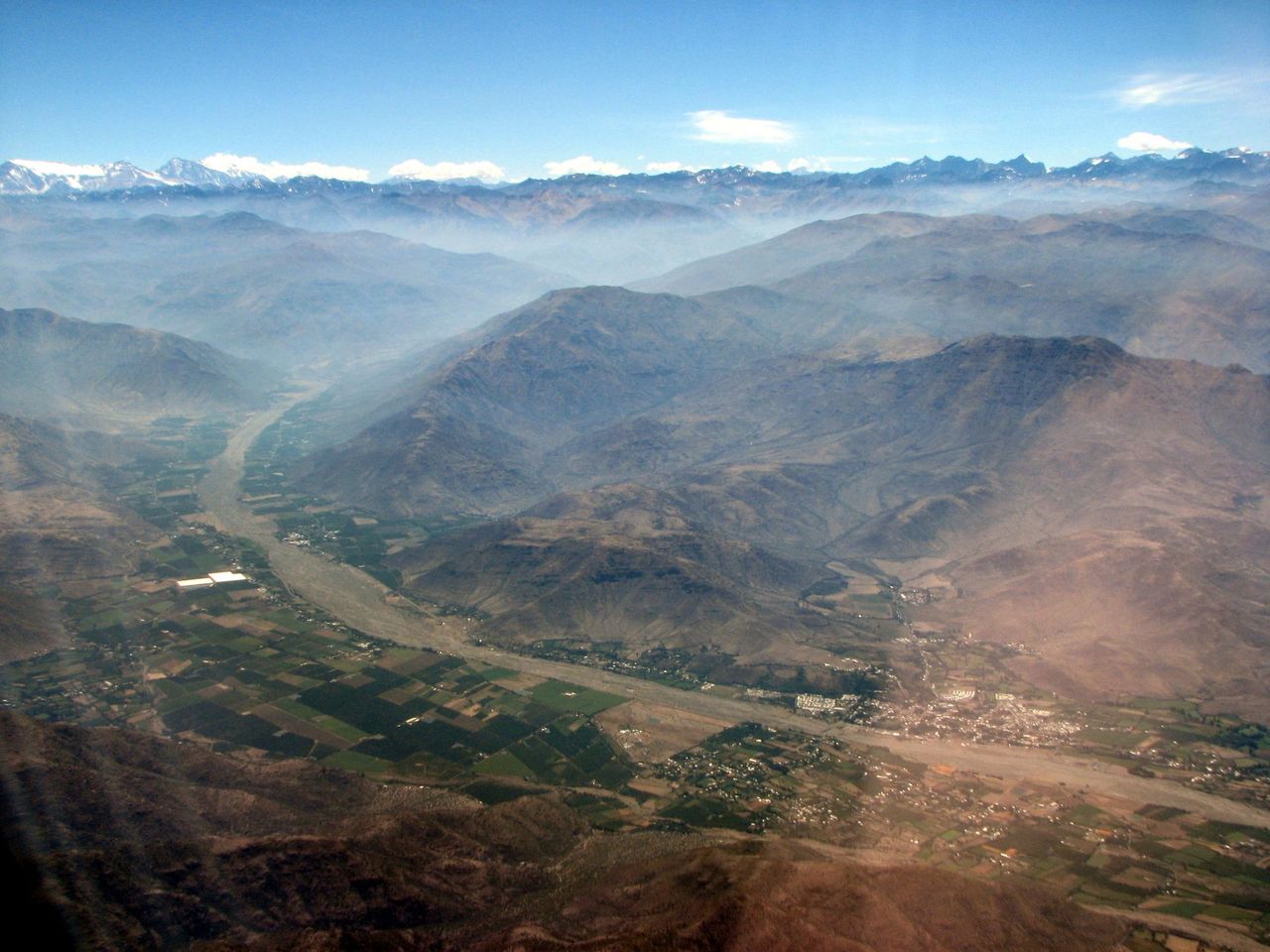
The towns of San Felipe (foreground) and Los Andes (upper right) are being punished with temperatures close to 40°C.
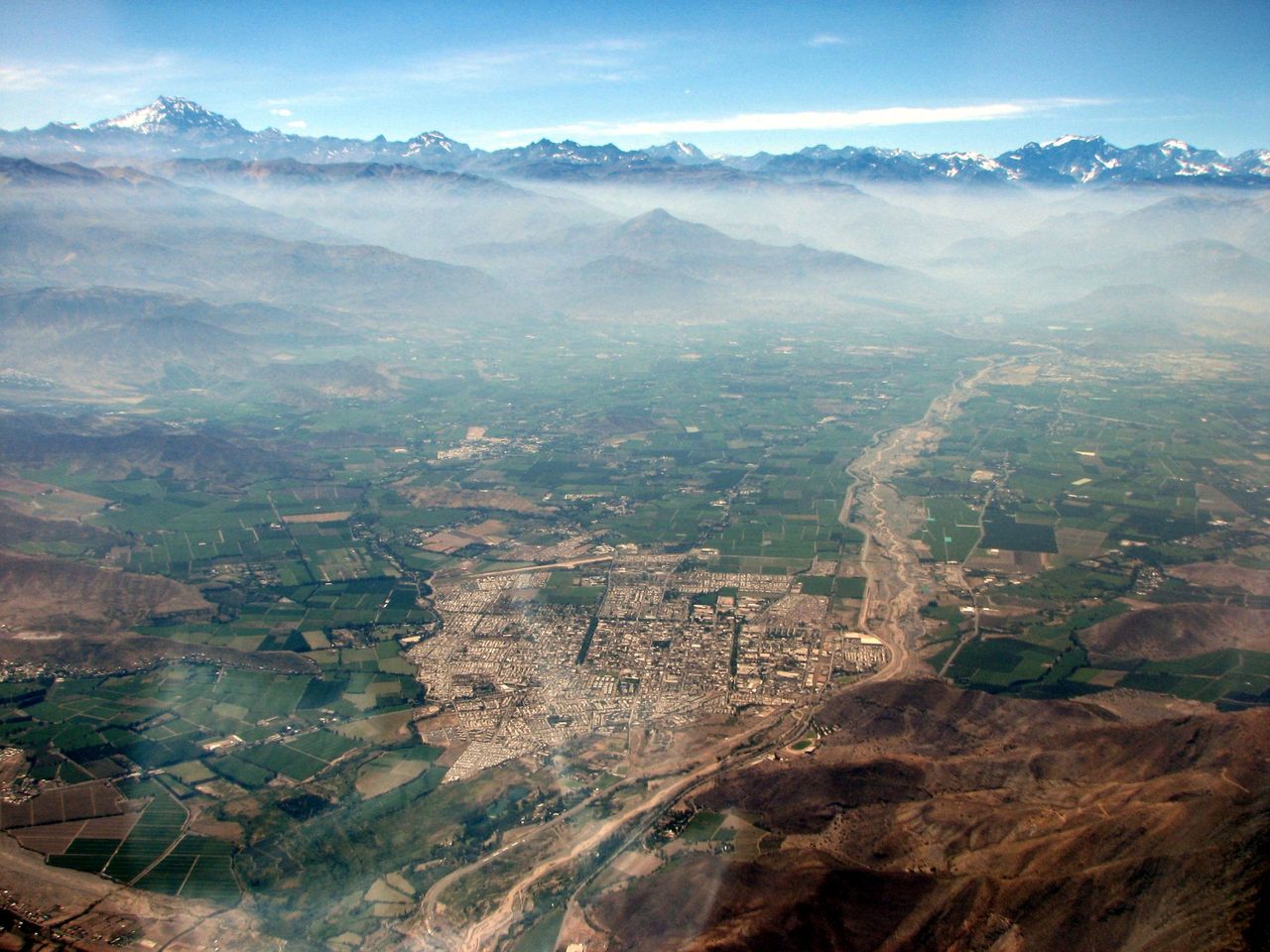
We are sinking into the cloud of hot smoke. I’m bracing myself for one of those headaches. How I hate Santiago!
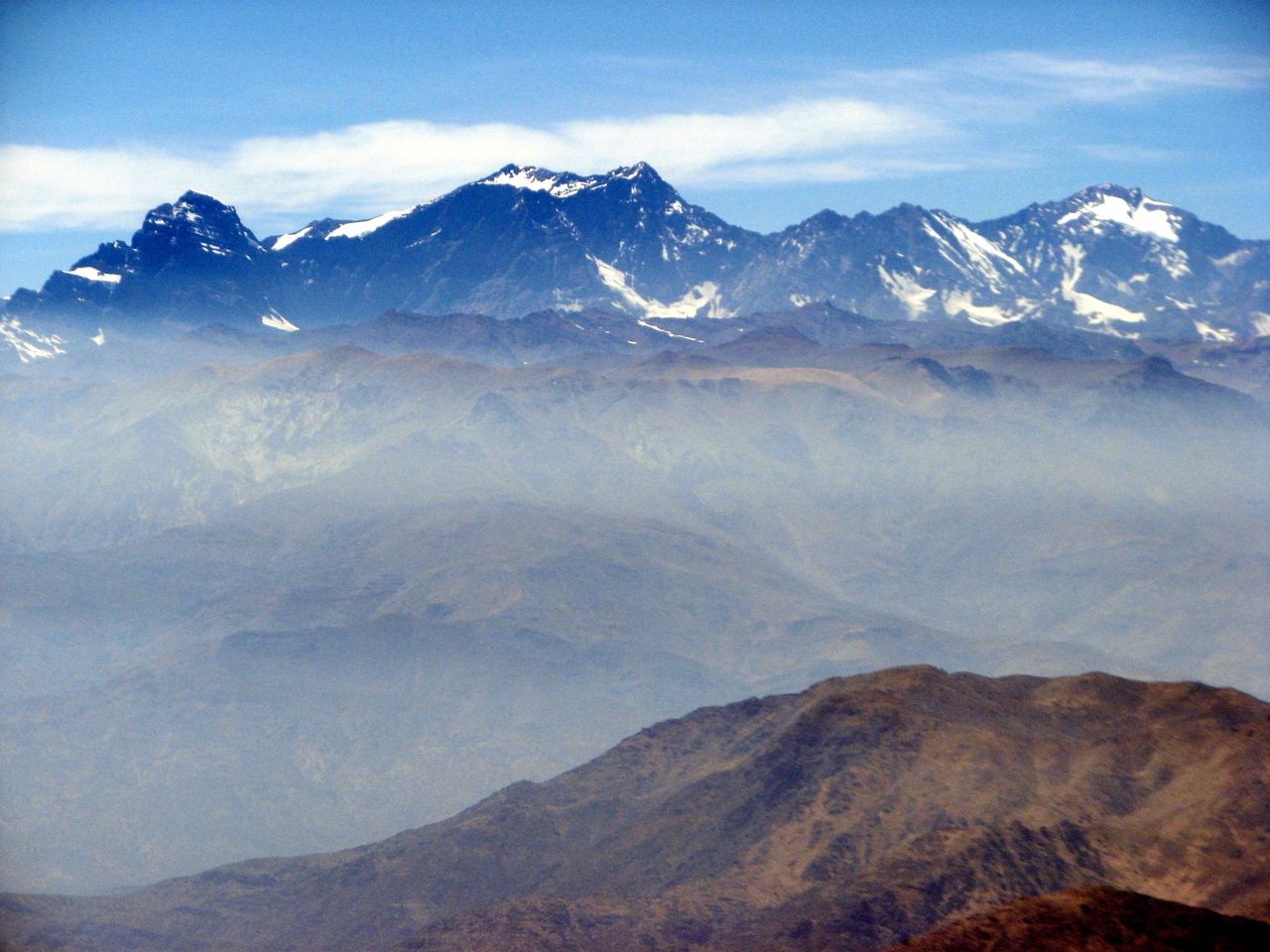
In some minutes…
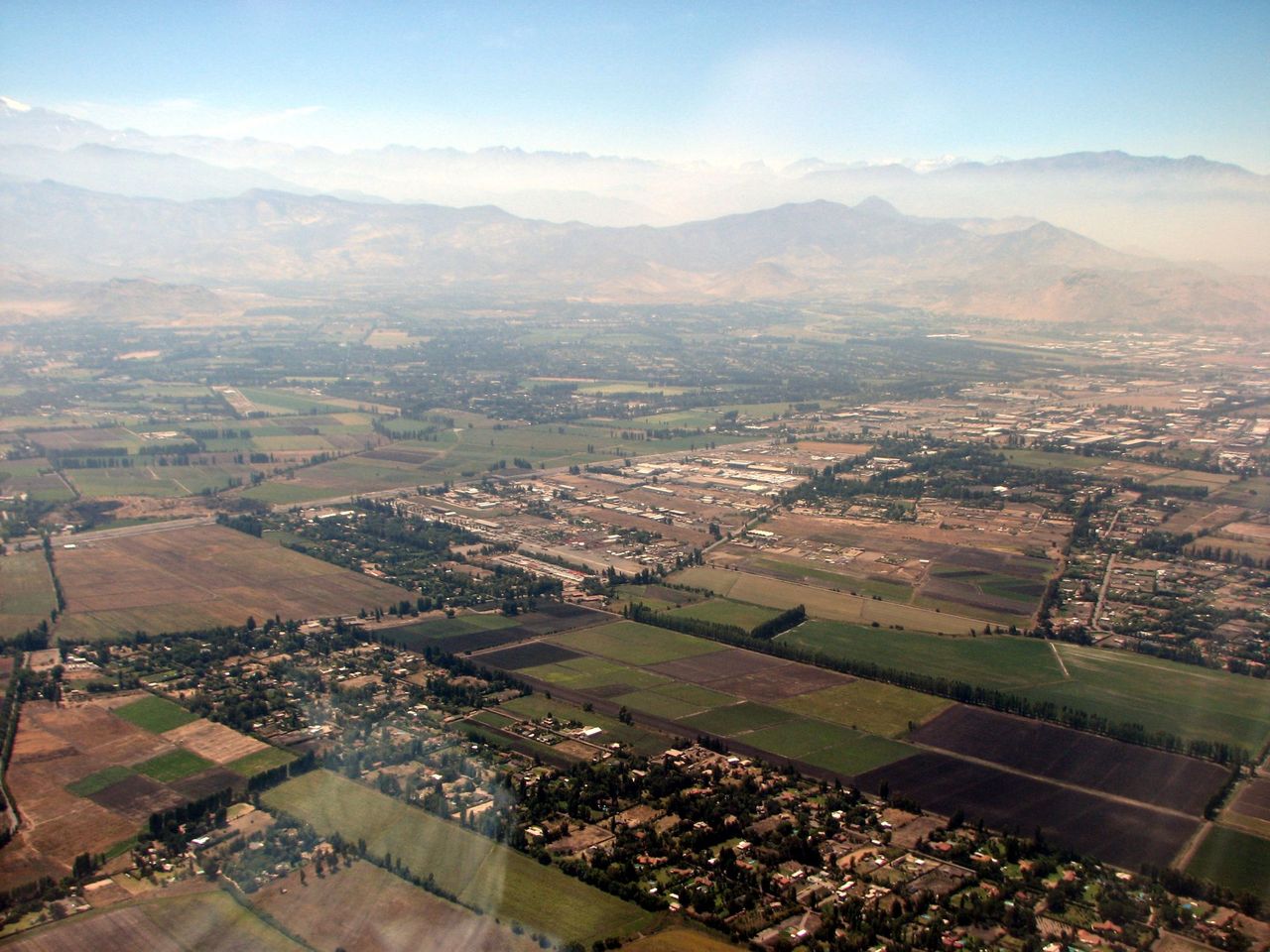
…we are…
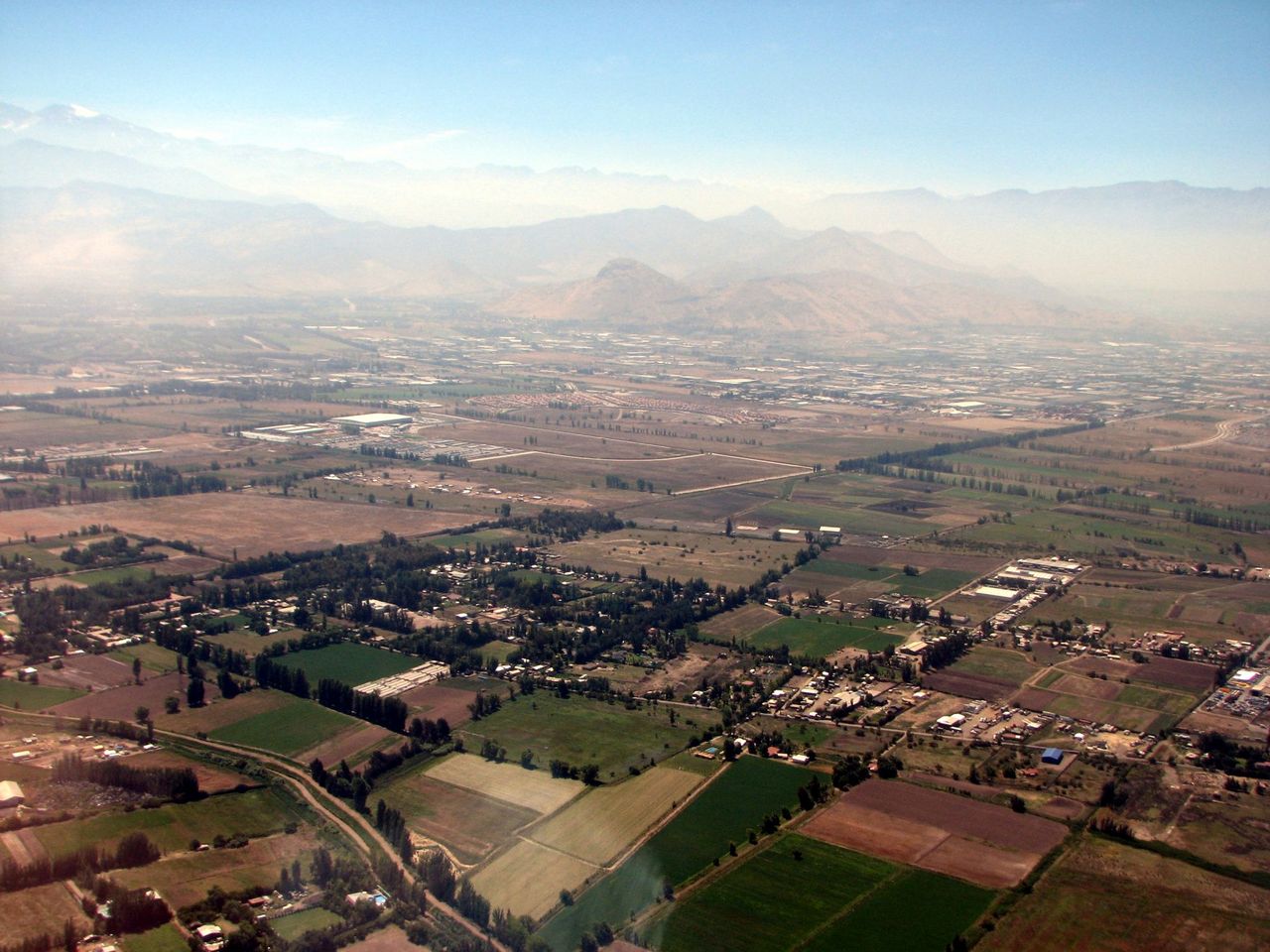
…landing…
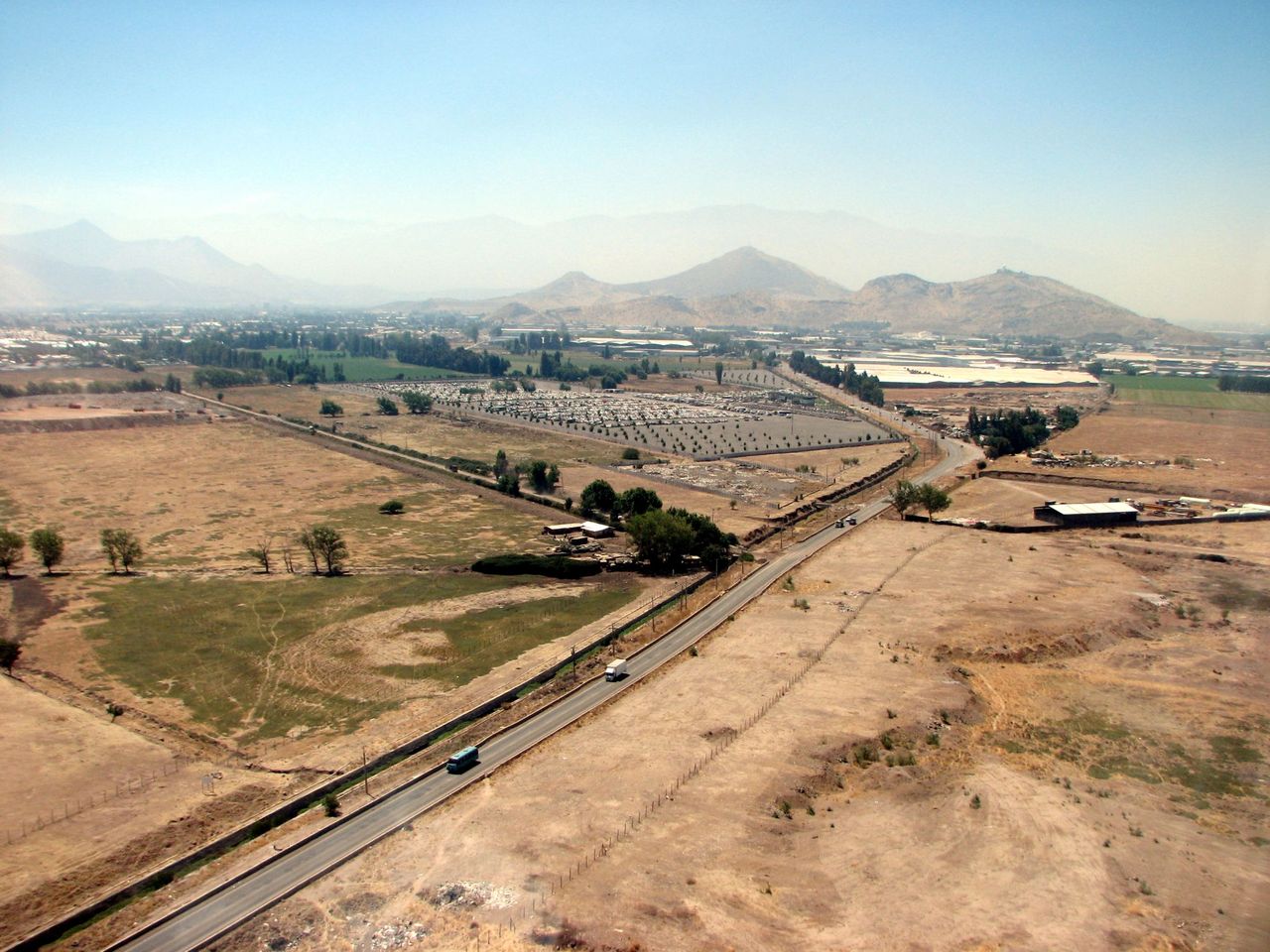
…in this land of misery. Boo hoo hoo… :’’’(

Somebody, please, kill me.
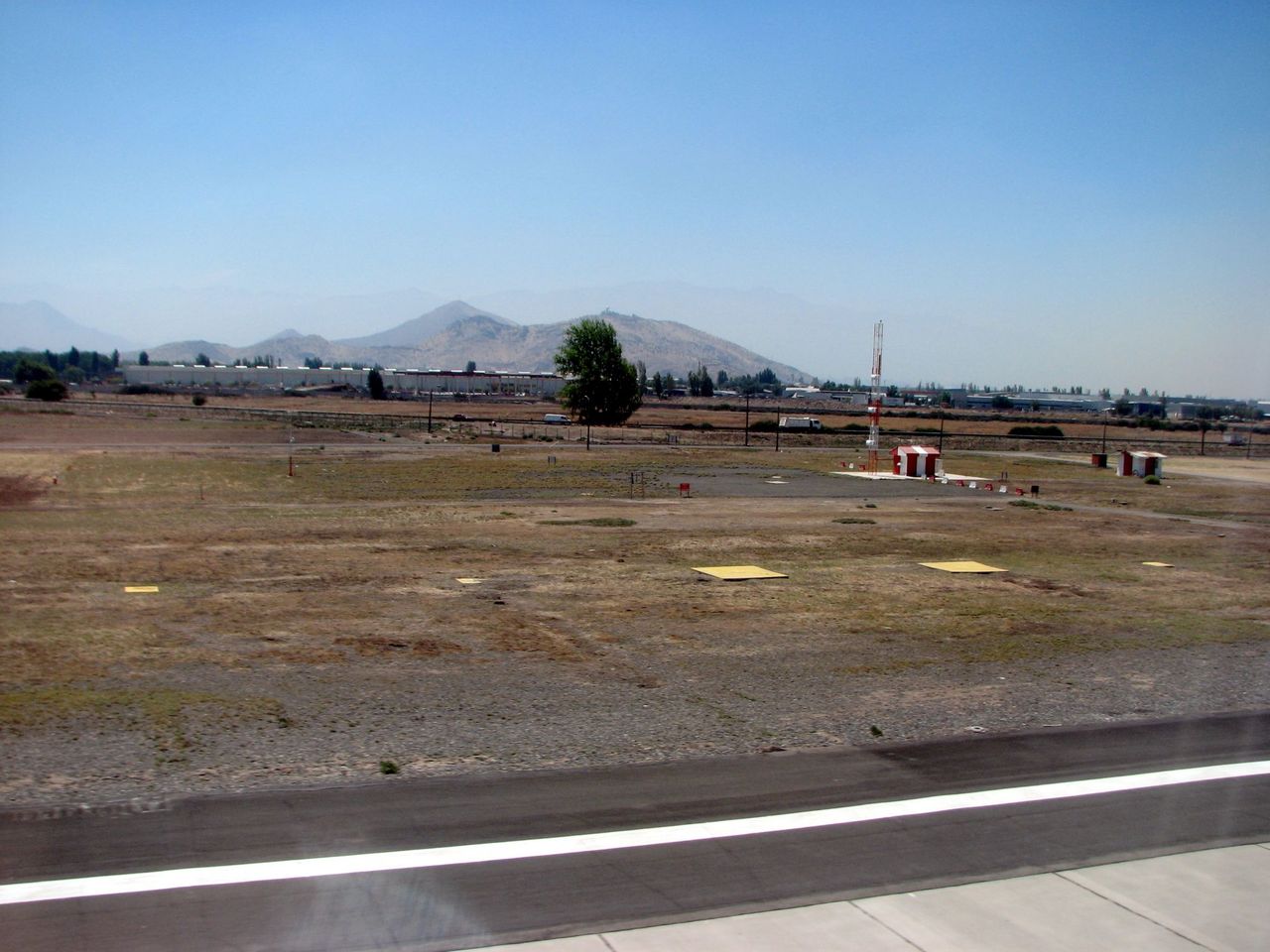
Oh! What do I see there? A distinguished visitor!
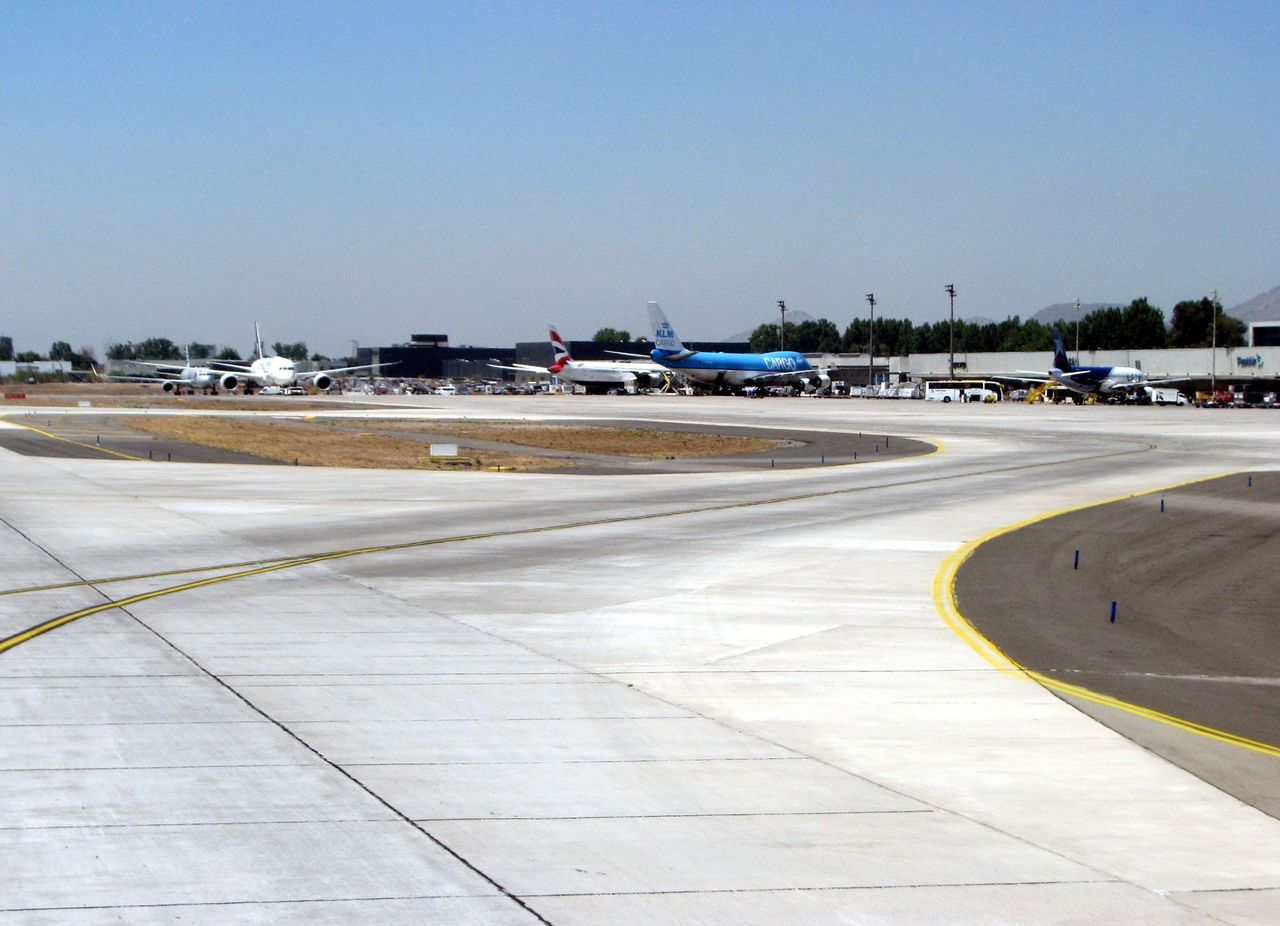
British Airways resumed its flights to these latitudes last January, after about two decades.
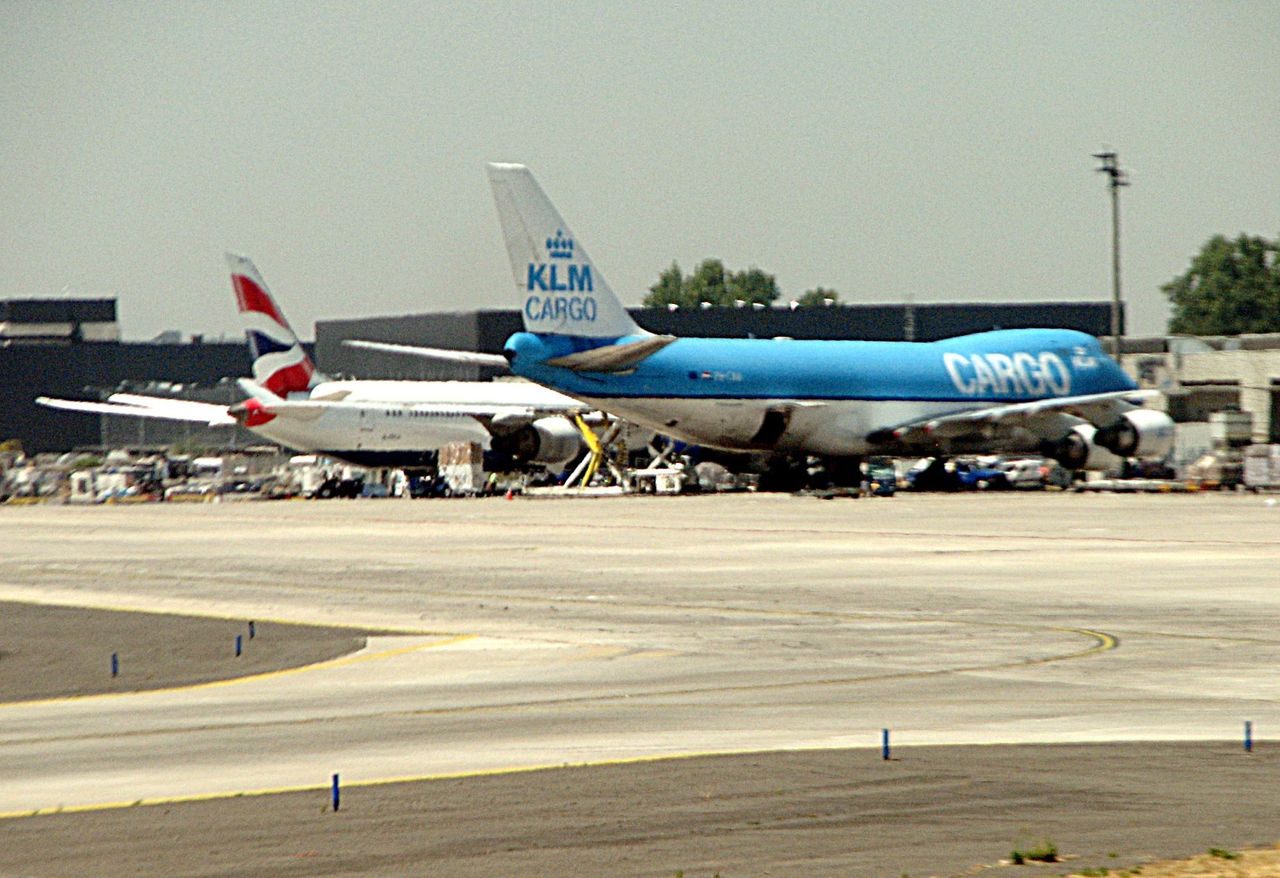
Two brothers (or sisters, whatever)
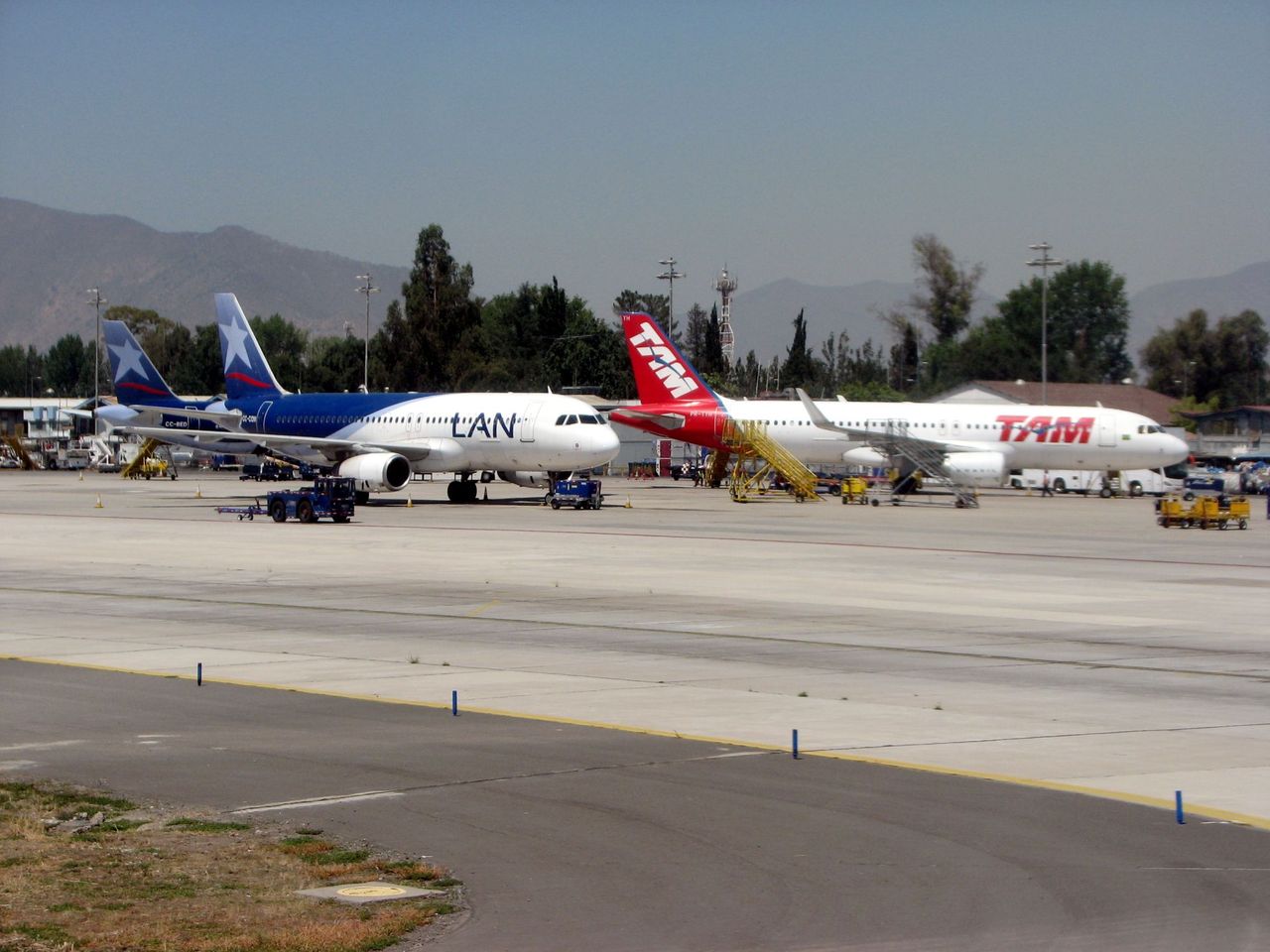
This photograph is representative of the current situation of the commercial air transport industry in Chile. LATAM and Sky Airline about to jump against each other like two mad dogs.
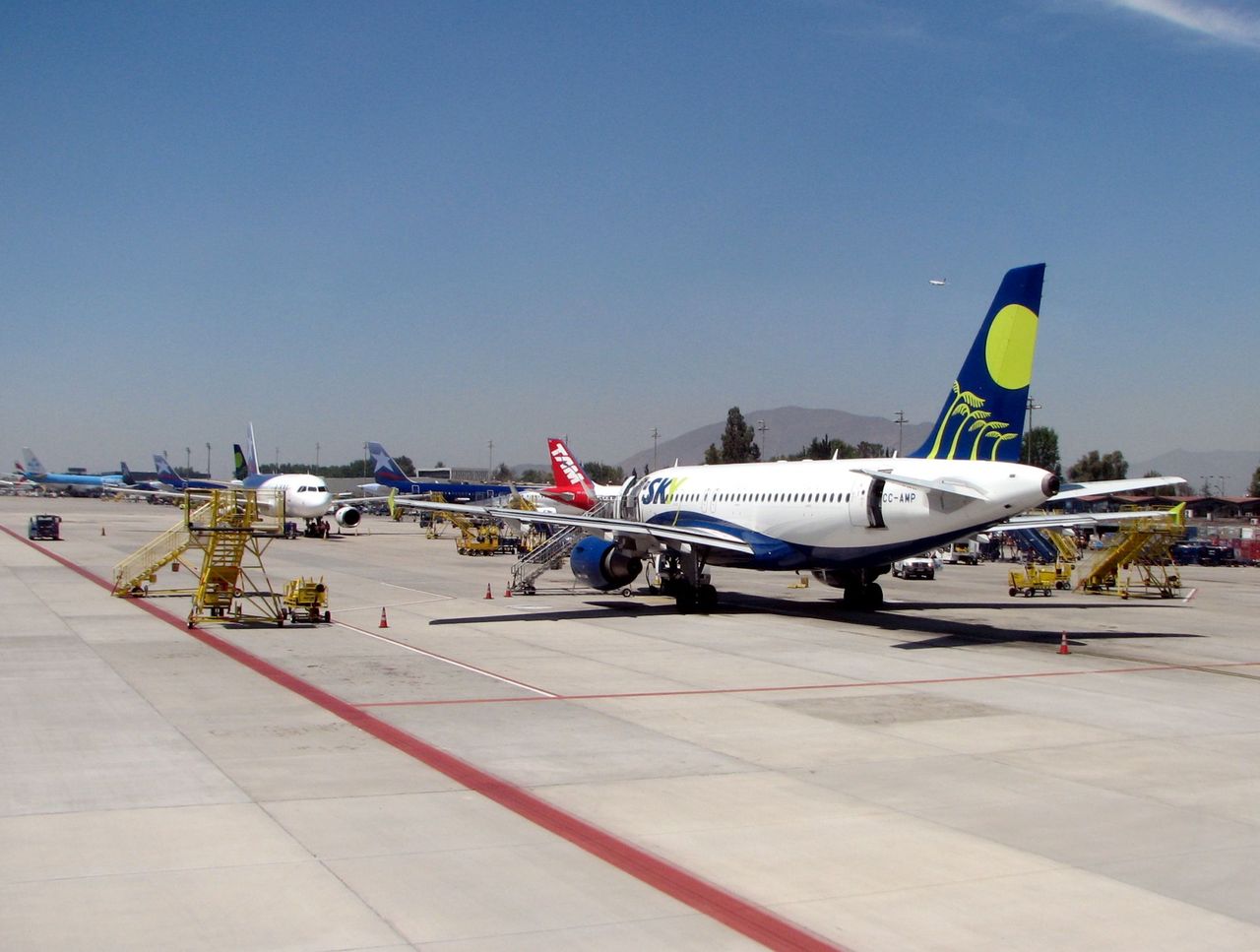
We finally park next to CC-BFW. I don’t want to get off. Can I stay, Diego? I could help you in the galley!
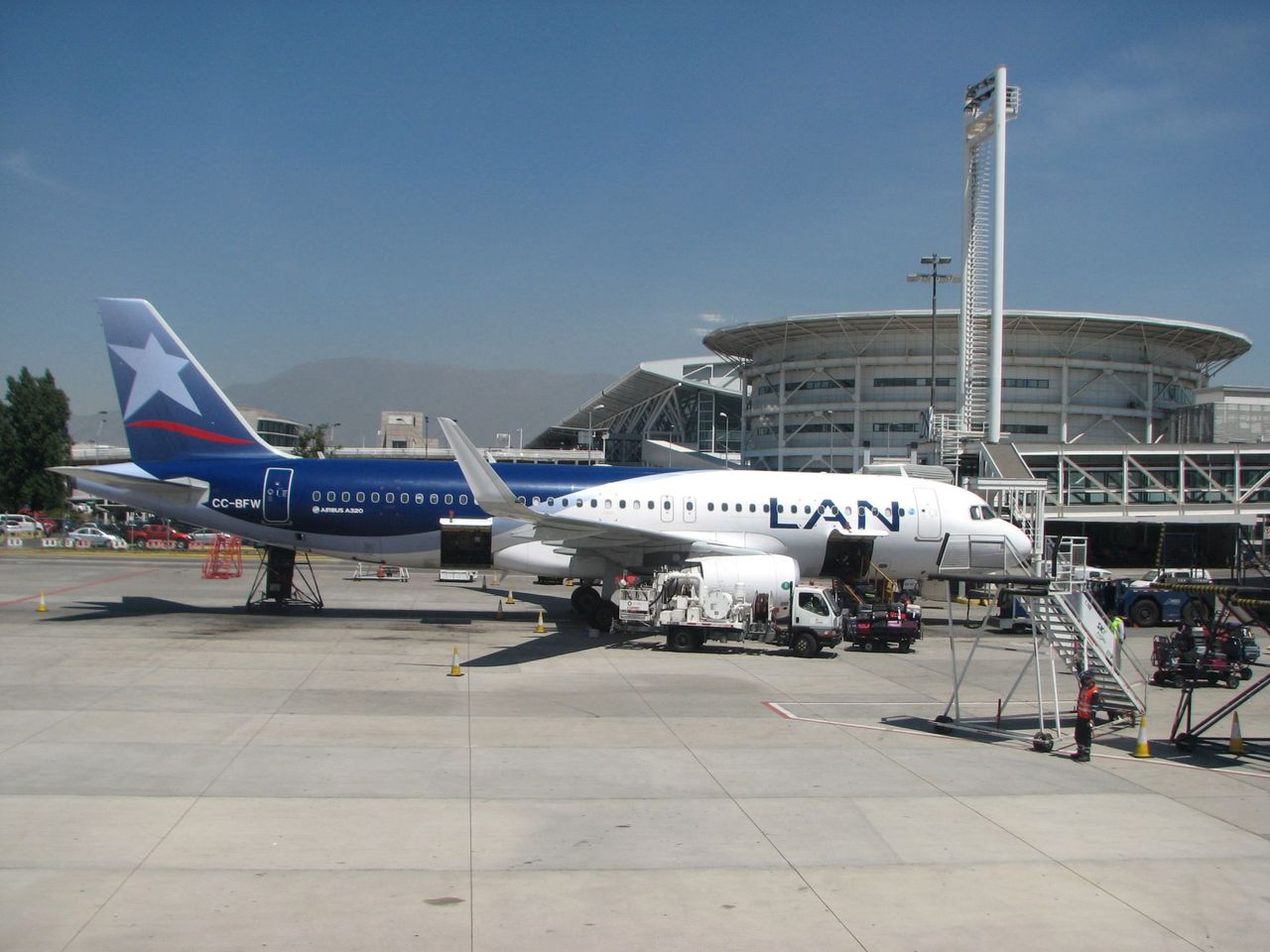
A last photo of my seat and…

…ohhh, my goshhhhhhh… I feel I’m melting. It’s an oven out here! I don’t think I’ll be able to make it to the other end of the jetbridge. It’s like the soles of my shoes are sticking to the floor.
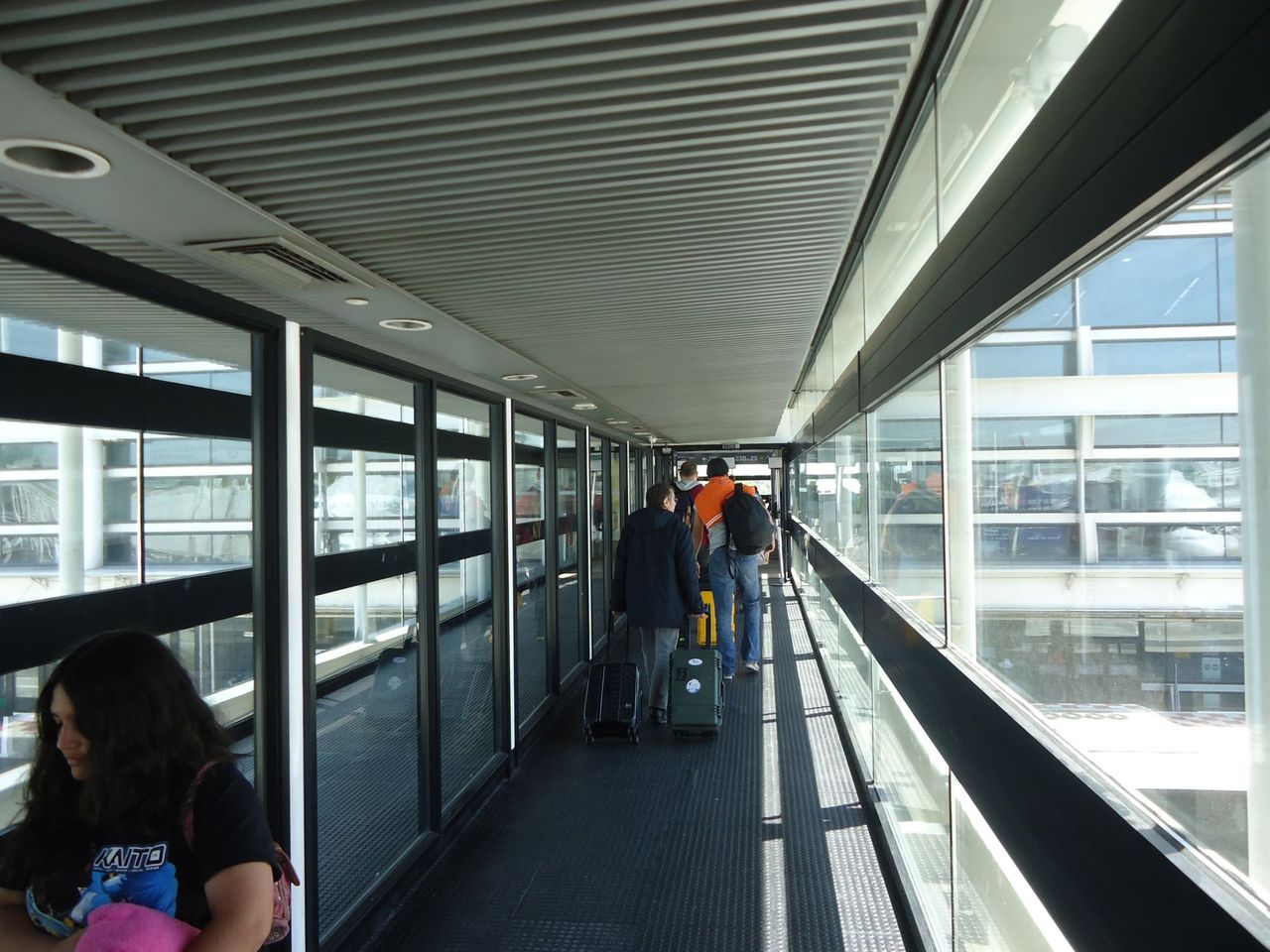
Aaahhh… what a relief! The boarding room is cool. I can breathe again.
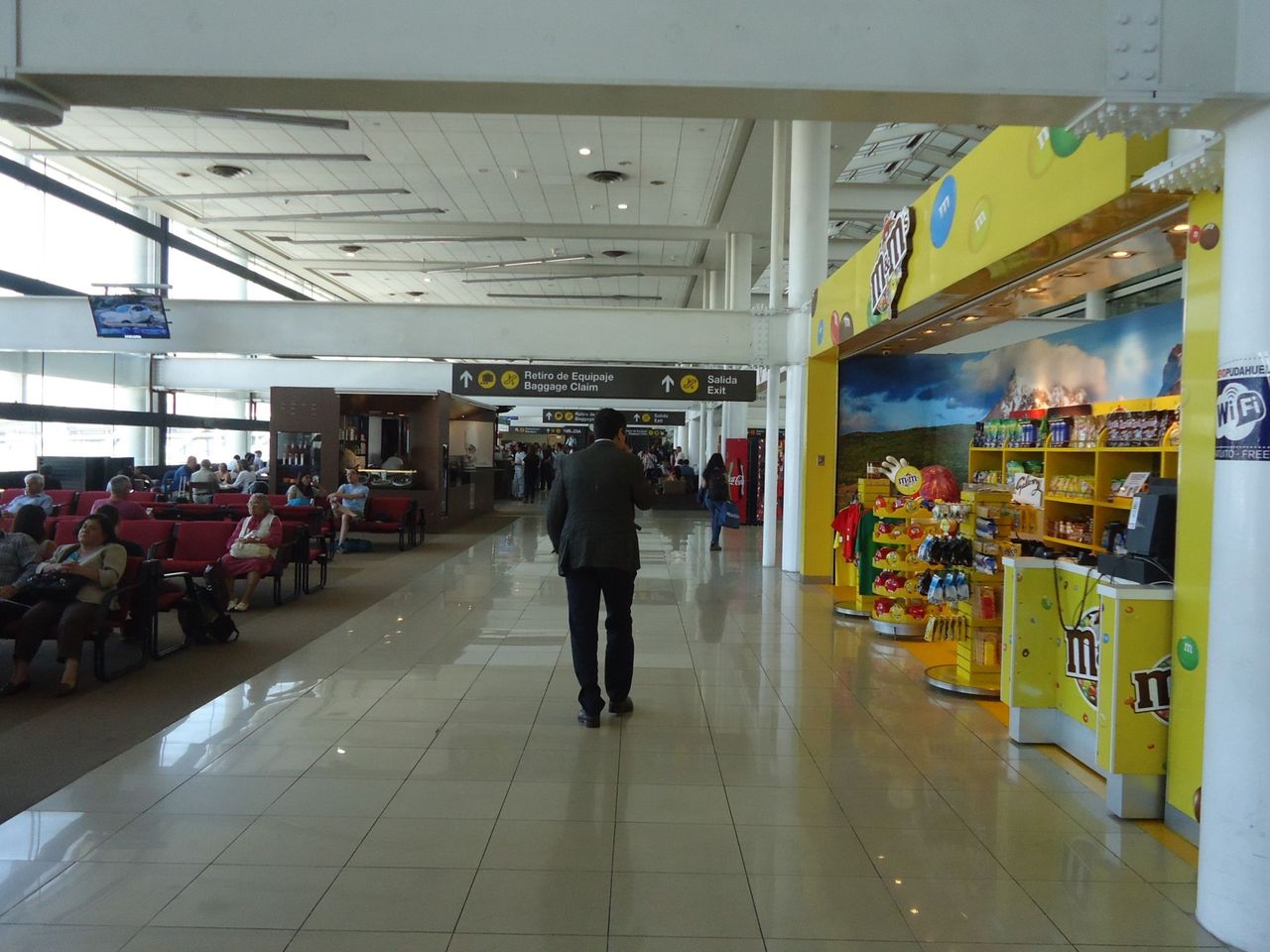
Let’s see. Baggage claim? Not that way.

I’m carrying a backpack. At baggage claim I place it between my feet. Then some cute sniffer dogs come and start sniffing every single piece of baggage under the command of two serious looking PDI (Policía de Investigaciones) agents. One of the dogs sniffs my backpack for such a long time that it makes me nervous, and… snap! I remember I’m carrying some coca leaves in it! OMFG! Will that matter? Are coca leaves the same as cocaine for these dogs?
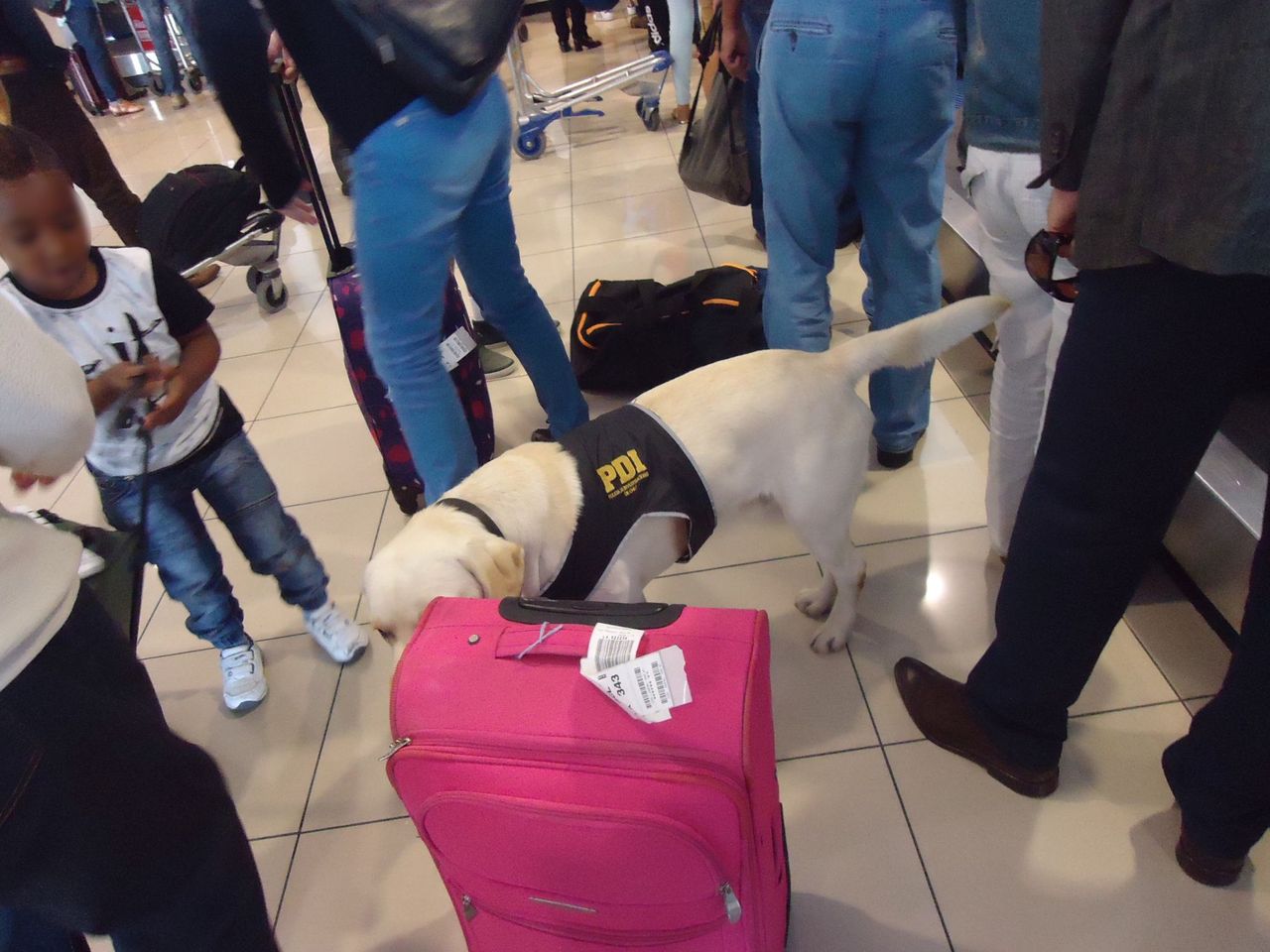
Luckily, the dog gives up and goes sniffing other bags. PHEW! I pick up my bag and keep it very high, just in case!
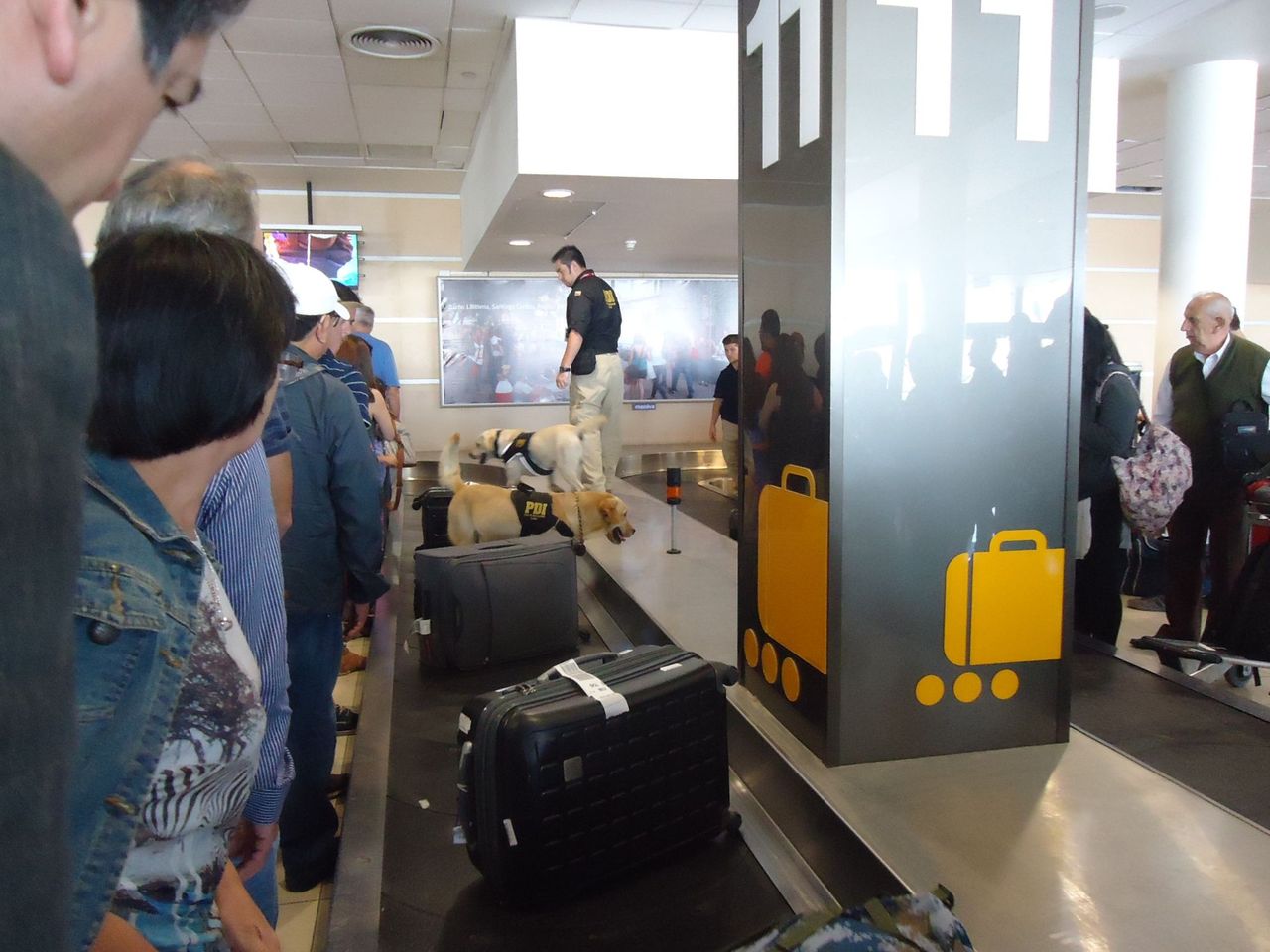
This must be a routine inspection for passengers coming from the north, which is closer to cocaine producing countries.
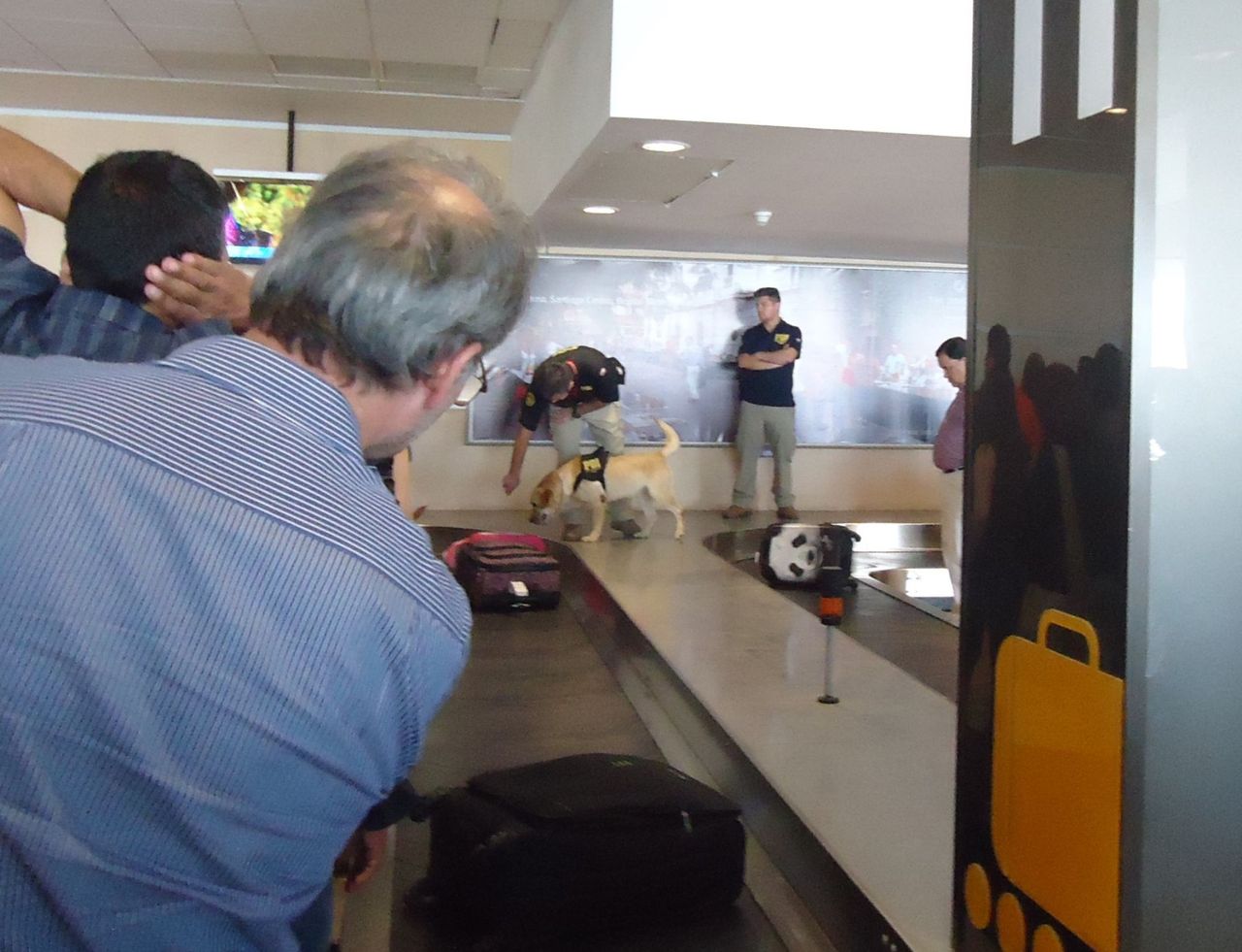
Why can’t I have a job where people pet me?
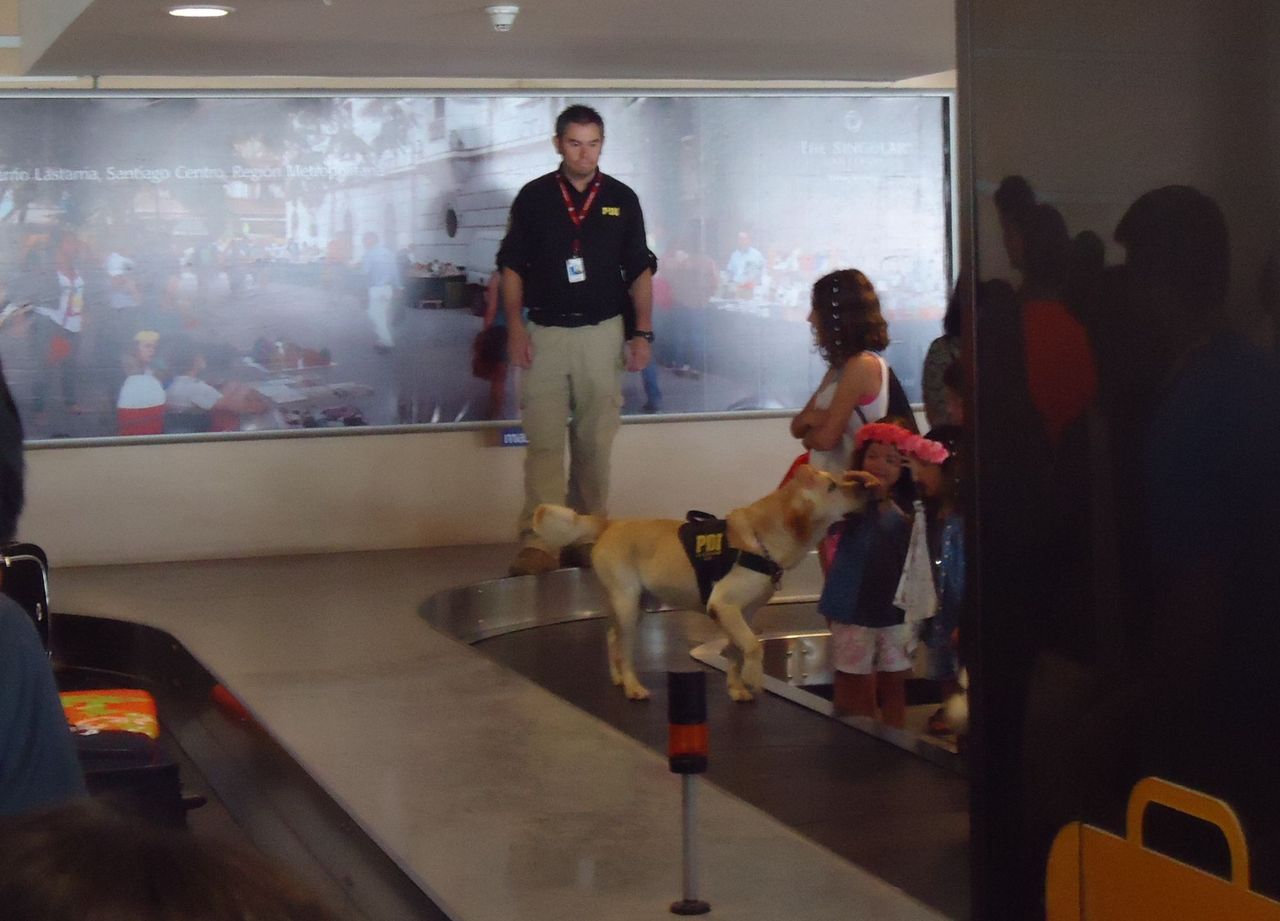
For a change, I take a TurBus downtown instead of a Centropuerto bus.
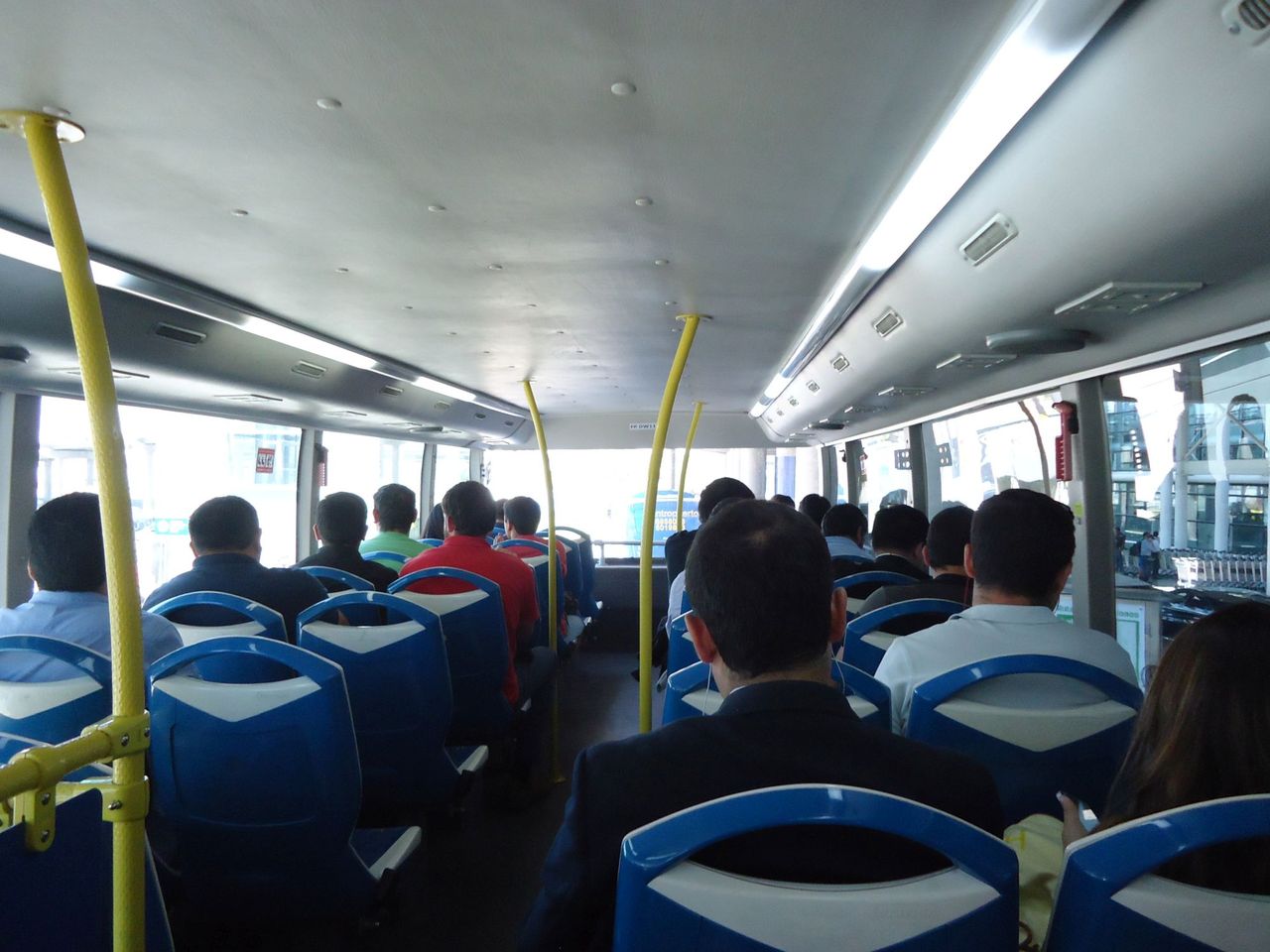
The ticket price is the same for both (1700 CLP = 2.7 USD)…

…but TurBus buses are double deckers, and I get better views of the works for the new terminal.
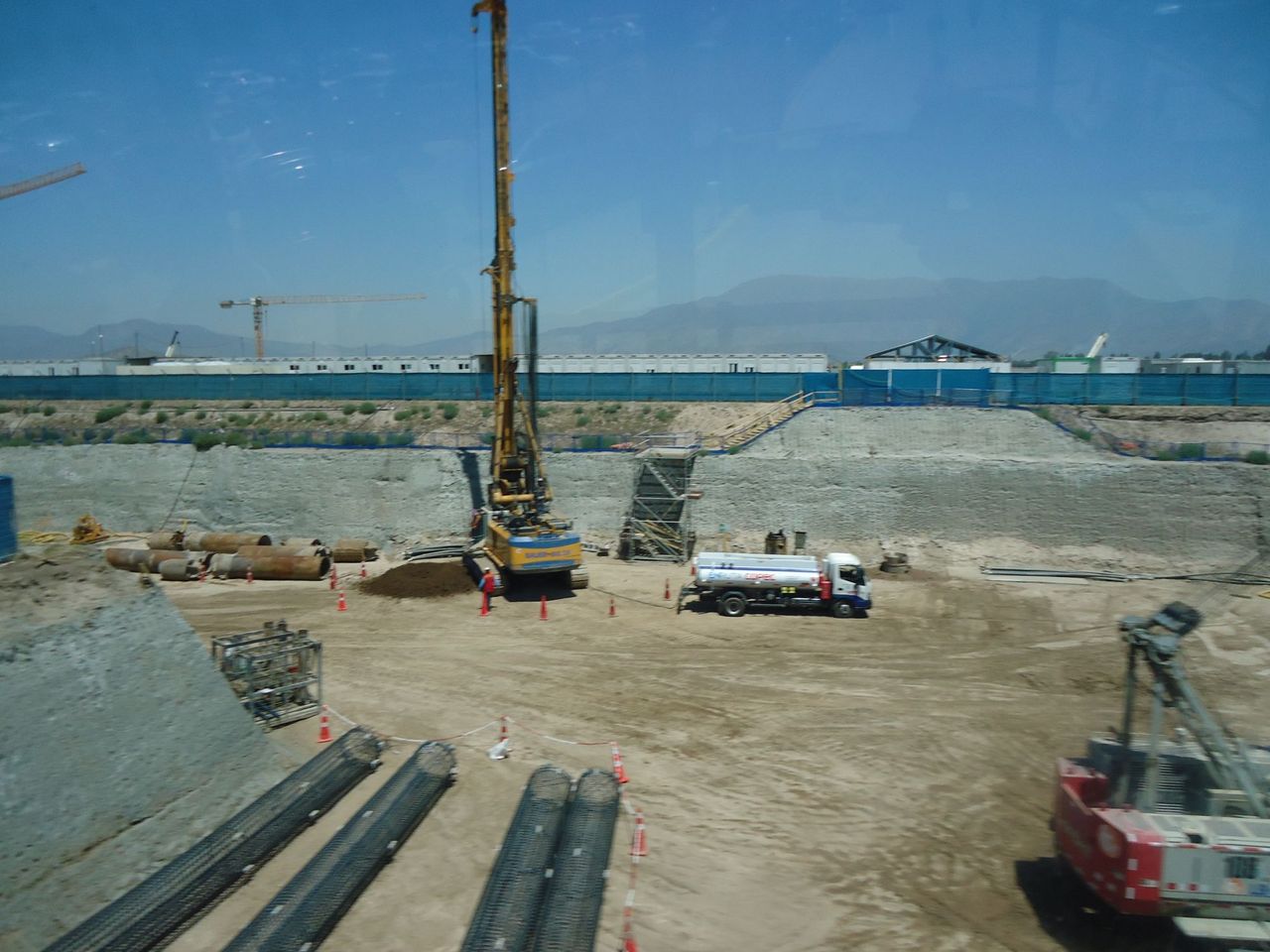
>
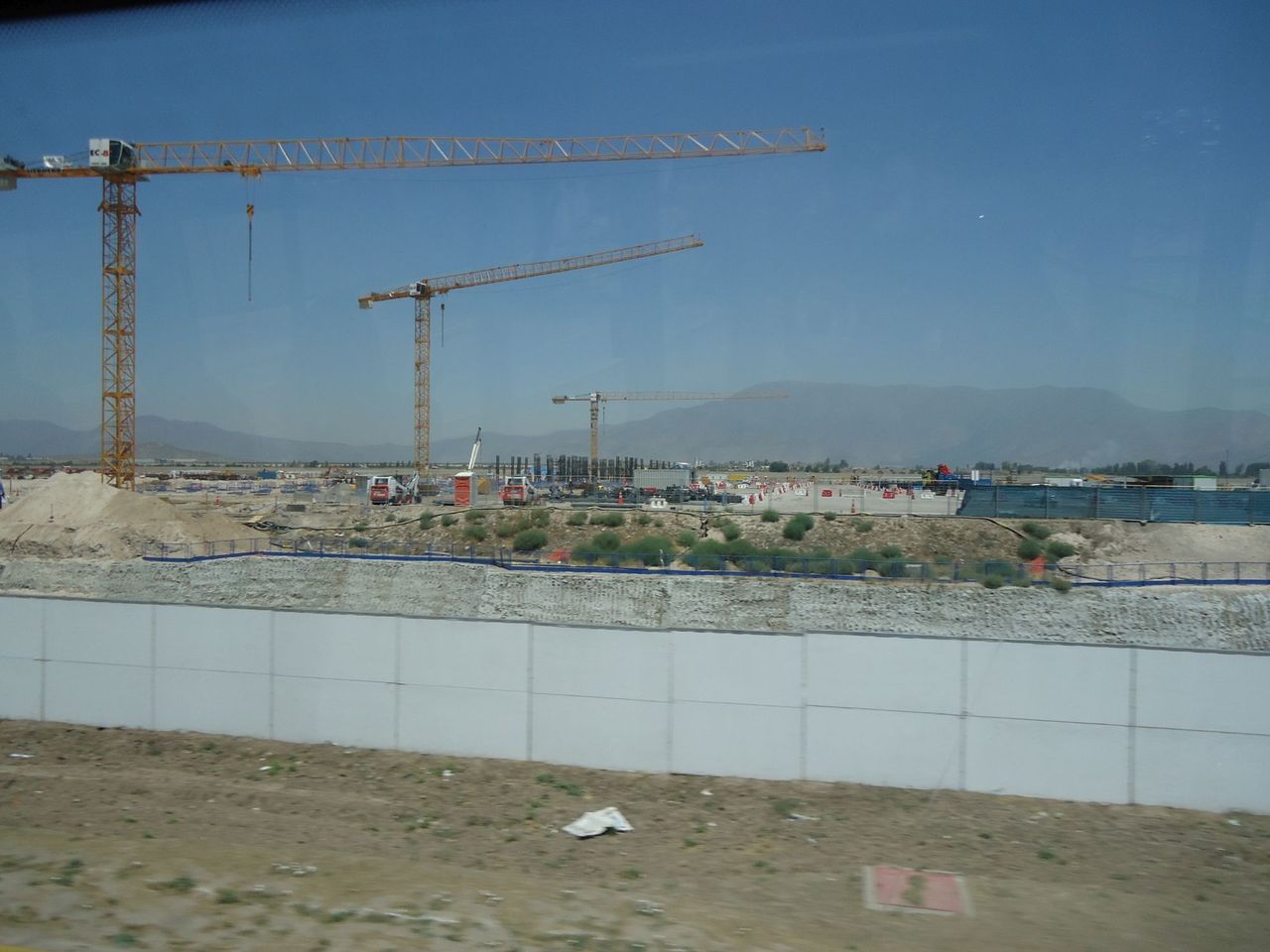
>
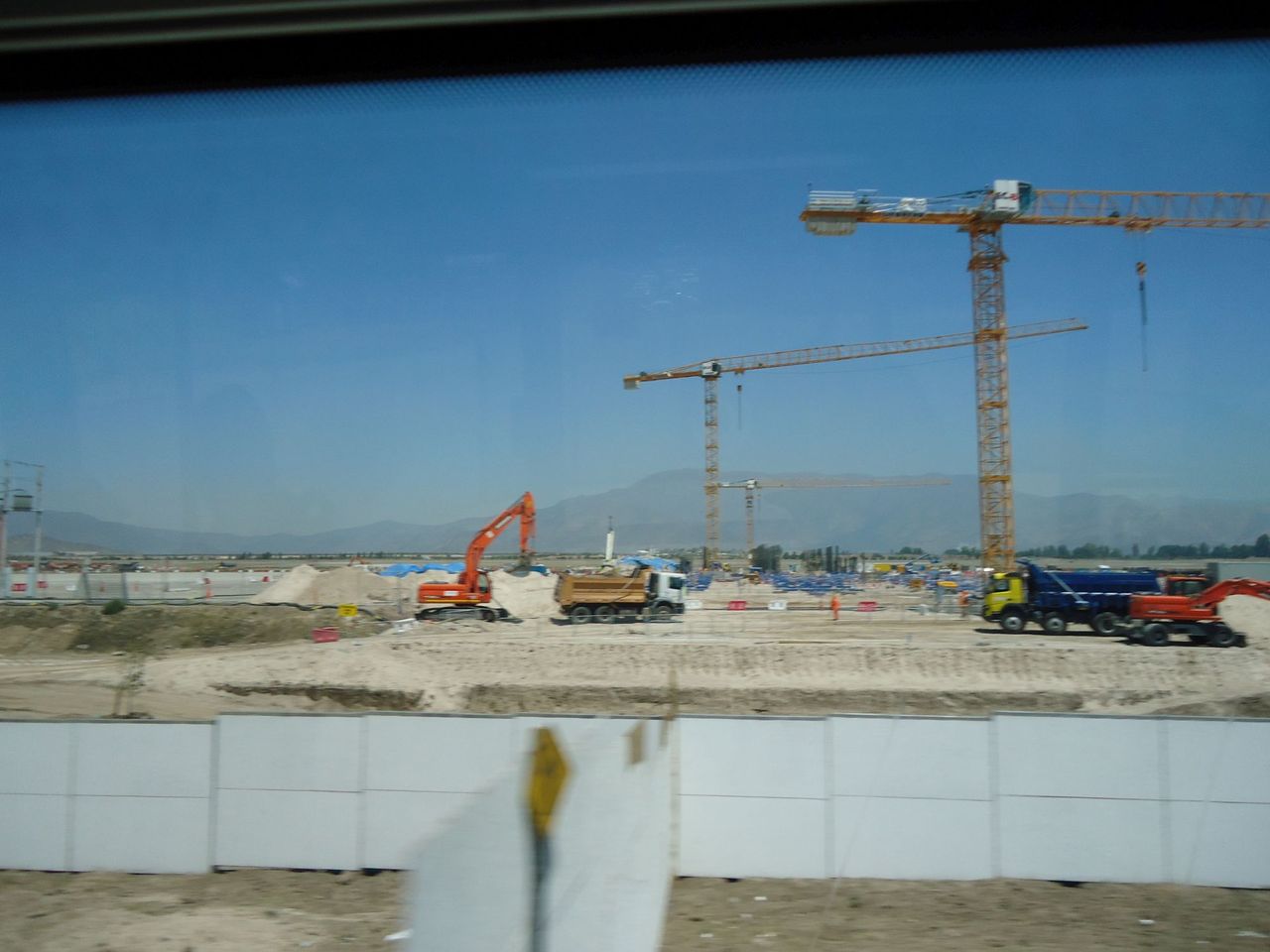
>
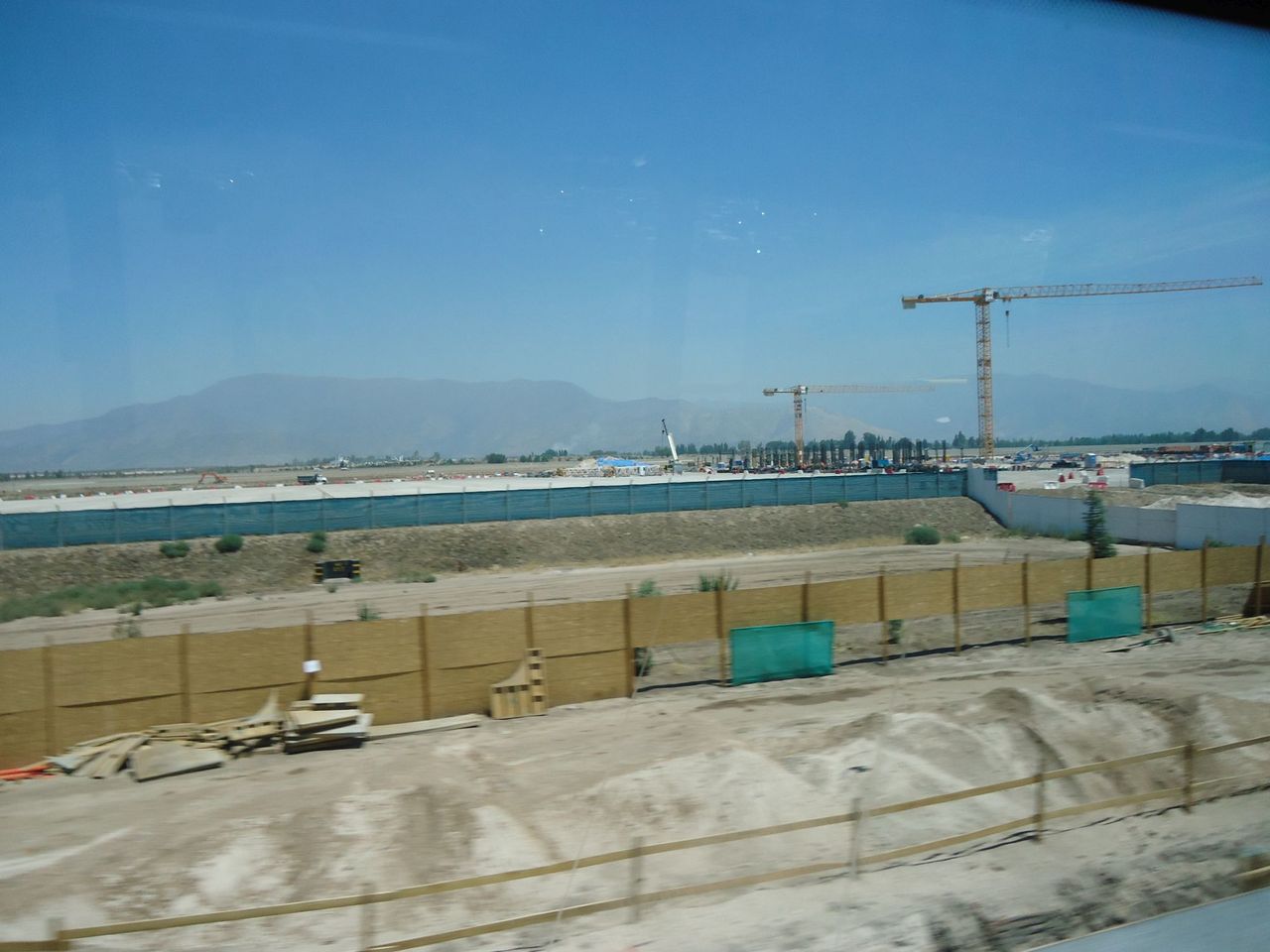
Great! I’m going downtown, I’ll dispatch a package full of mangoes for my mother at the bus station, and I’ll come back right away to the airport in order to board the flight that will take me to the second stage of my trip around the north of Chile: La Serena, another first for flight-report.com.

Nos vemos! ^^
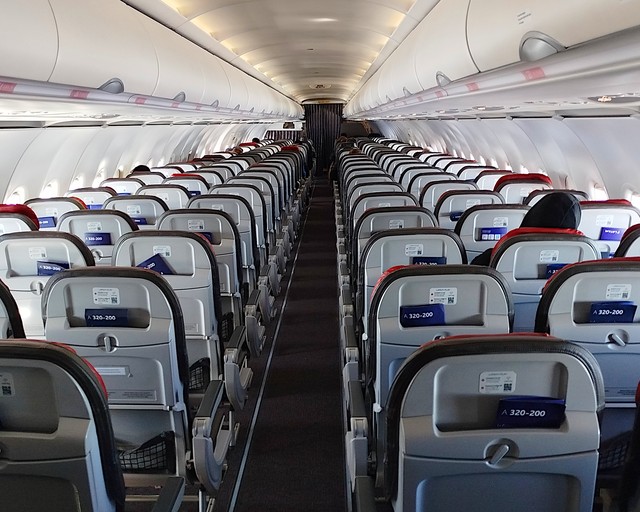
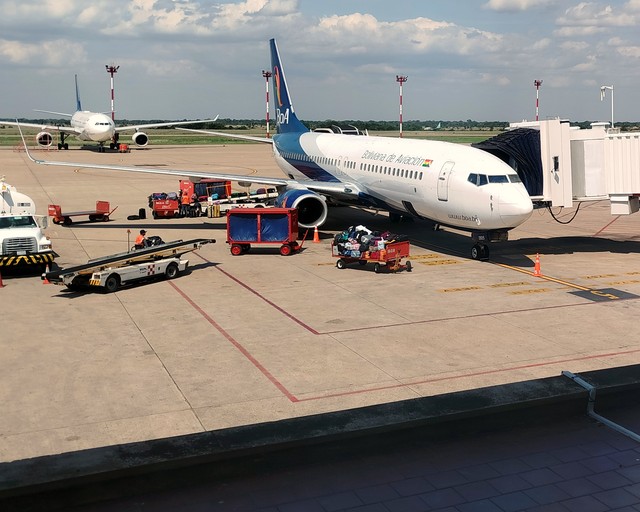
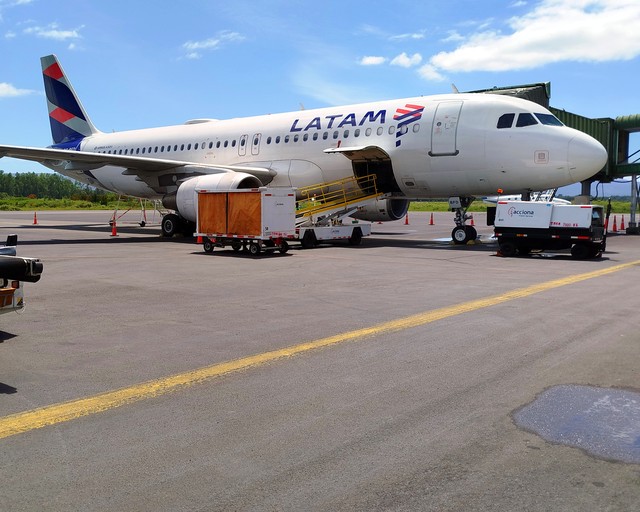
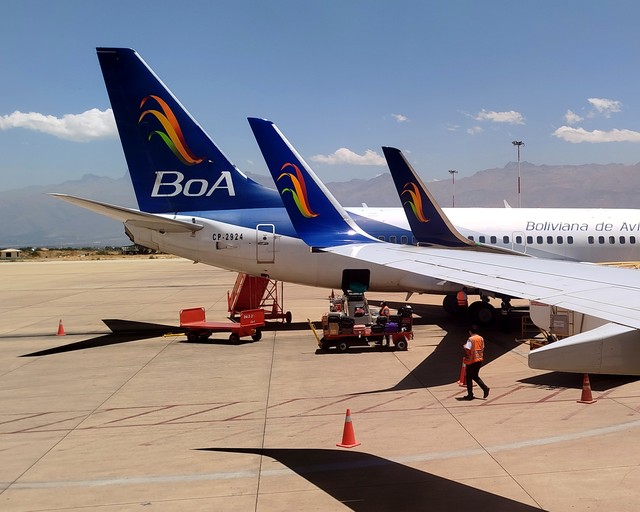
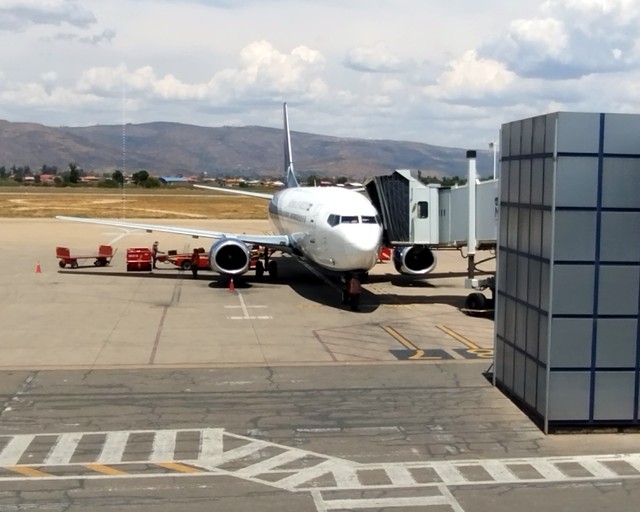


Interesting bonus. Then and now, fertilizers and explosives are closely related chemicals. Saltpeter was a strategic material from a military point of view: this was what gunpowder and early explosives were made of.
The sculptures outside the terminal may mean that security wants to really see through the passengers :)
What is the legal status of coca leaves in Chile ? There is detailed information about the status in each South American country, but (strangely) not Chile, in the Wikipedia article in French on coca.
Thanks for sharing this long report !
Hi, Marathon!
I made some Internet research and found out that the cultivation of coca is closely controlled by the authorities. Unfortunately, all the information is in Spanish.
Law 20.000, article 2, classifies coca leaves as a narcotic or psychotropic substance, without the negative effects of substances listed in article 1.
See here: http://www.leychile.cl/Navegar?idNorma=269323&buscar=decreto+867
However, given that coca leaves are part of traditional celebrations of native peoples like the Aymara, the courts have ususally dismissed charges against people who carried or used coca leaves.
See here: http://www.dpp.cl/sala_prensa/noticias_detalle/6017/defensoria-de-arica-logro-absolucion-de-aymara-acusado-por-trafico-de-hoja-de-coca
In fact, I found this 2008 "minuta" (draft of agreements) by the Chilean Defensoría Penal stating that "the use of coca leave is not punishable as long as it is intended for accredited ritual or medicinal purposes, without the intention of producing psychotropic substances".
See here: http://www.dpp.cl/resources/upload/20ea14eb512dc72836eeb81a1bf2dc6e.pdf
Nevertheless, I found lots of discussion around the topic in different forums, which shows that the issue is not clear. Besides, many say that the UN decriminalized the use of coca leaves some time ago. So, I guess this is one of those laws that are not fully enforced because they are not practical or because of the complexity of the issue. In fact, you can get coca leaves in any natural remedies shop, even in little bags, just like tea. The coca leaves I had in my backpack were a gift from my cousin for my mother, who suffers of different ailments, and she bought them in a street market in Iquique.
I will let you know if I find more information. ^^
Thank you very much for this research (my Spanish is good enough to read these very interesting references); you have vastly expanded my knowledge on this topic that I was only faintly aware of.
Thanks for sharing this nice report :)
So many beautiful aerial views !
Nice product from LATAM on this flight
See you ! ;)
Hi there!
Yes, we have to thank my sister for selling me her old camera! ^^
My next report will feature photos of some of the same valleys, but closer to the sea. Some of the pics are really nice.
Thanks for your comment!
Your photos once again left me speechless! What a view of Aconcagua! Chile is such an interesting destination, hope to go there one day. Many thanks for sharing!
Hey, Loukas!
You will always be welcome. Let me know when you come.
In my next report there will be a photo of someone from Poland. I have a question for you about him, but that will be later.
Take care! ^^
Thank you! :) Ok, looking forward to your next report. Have a nic weekend!